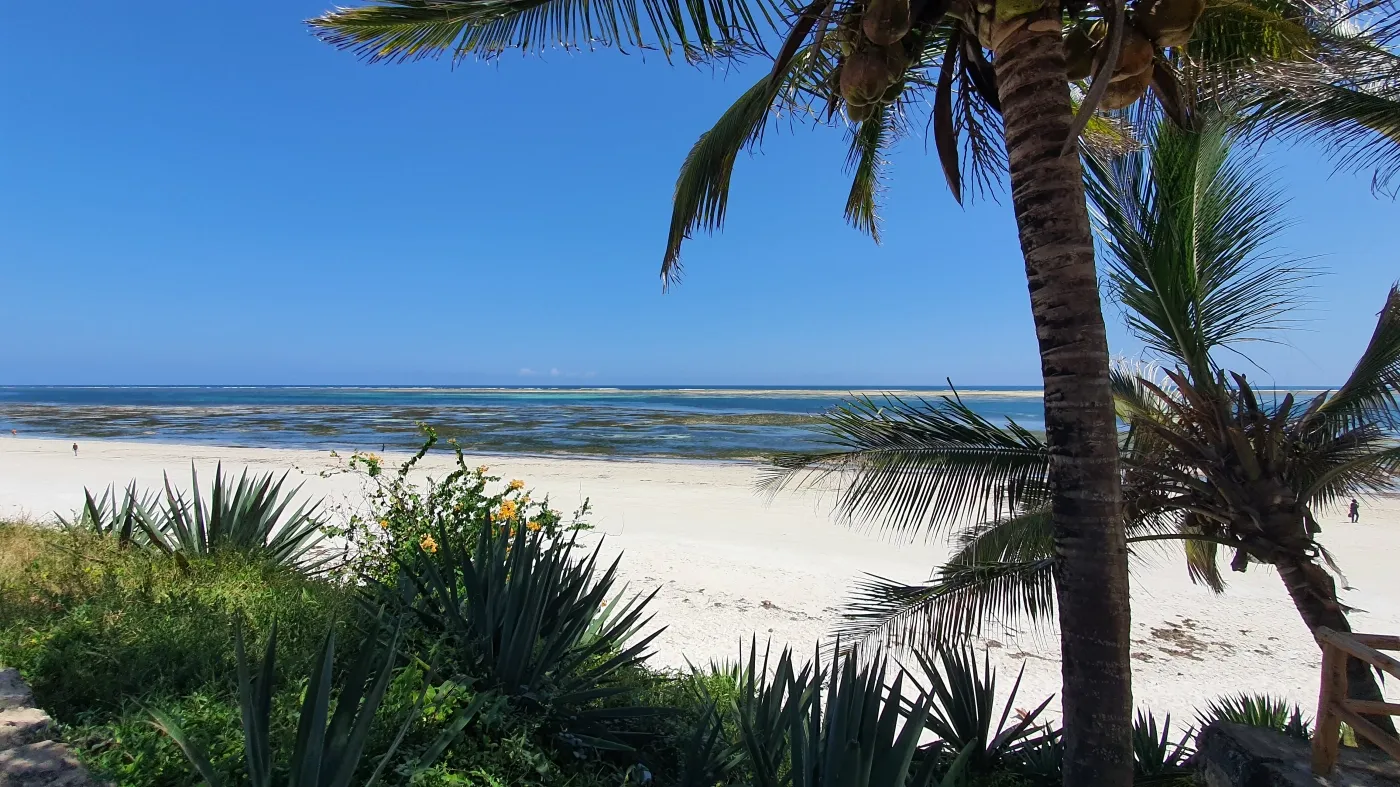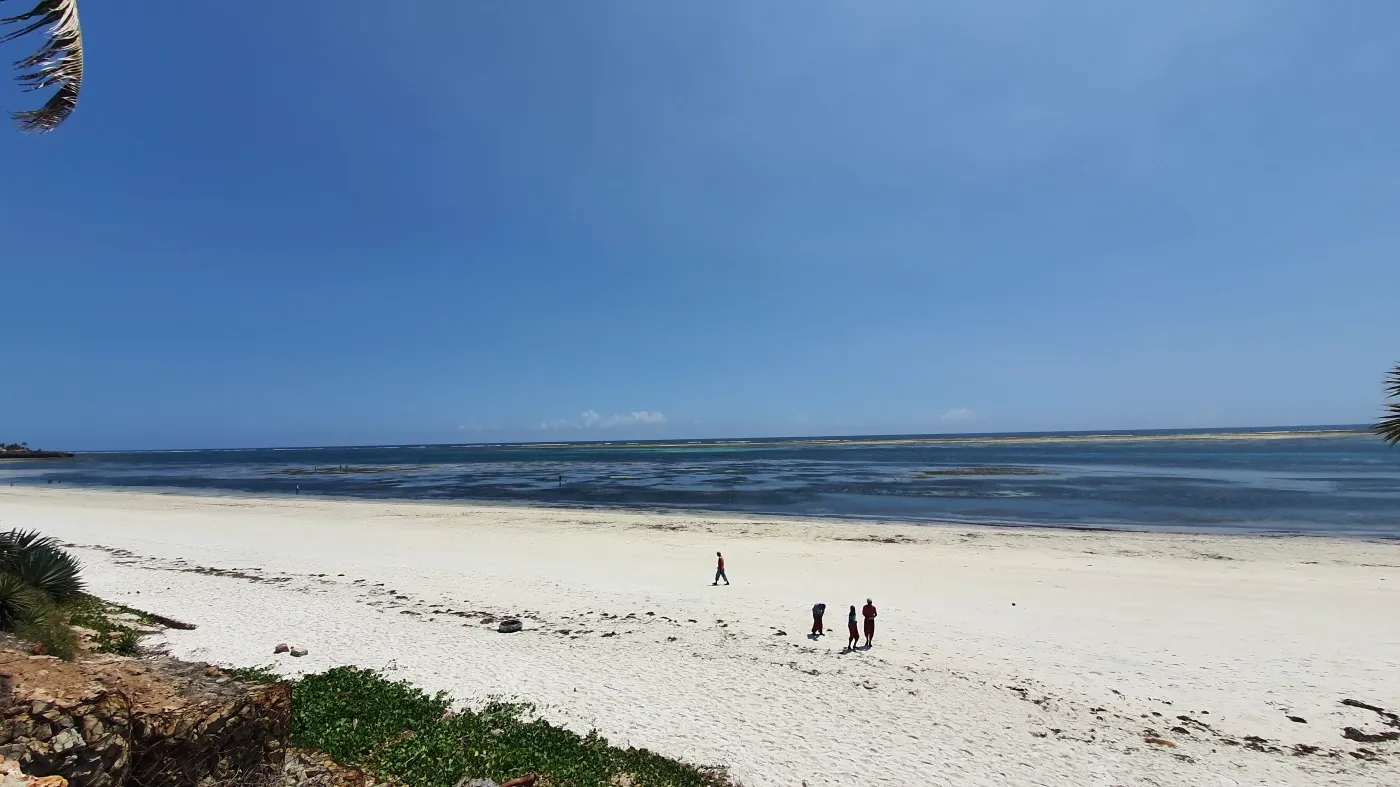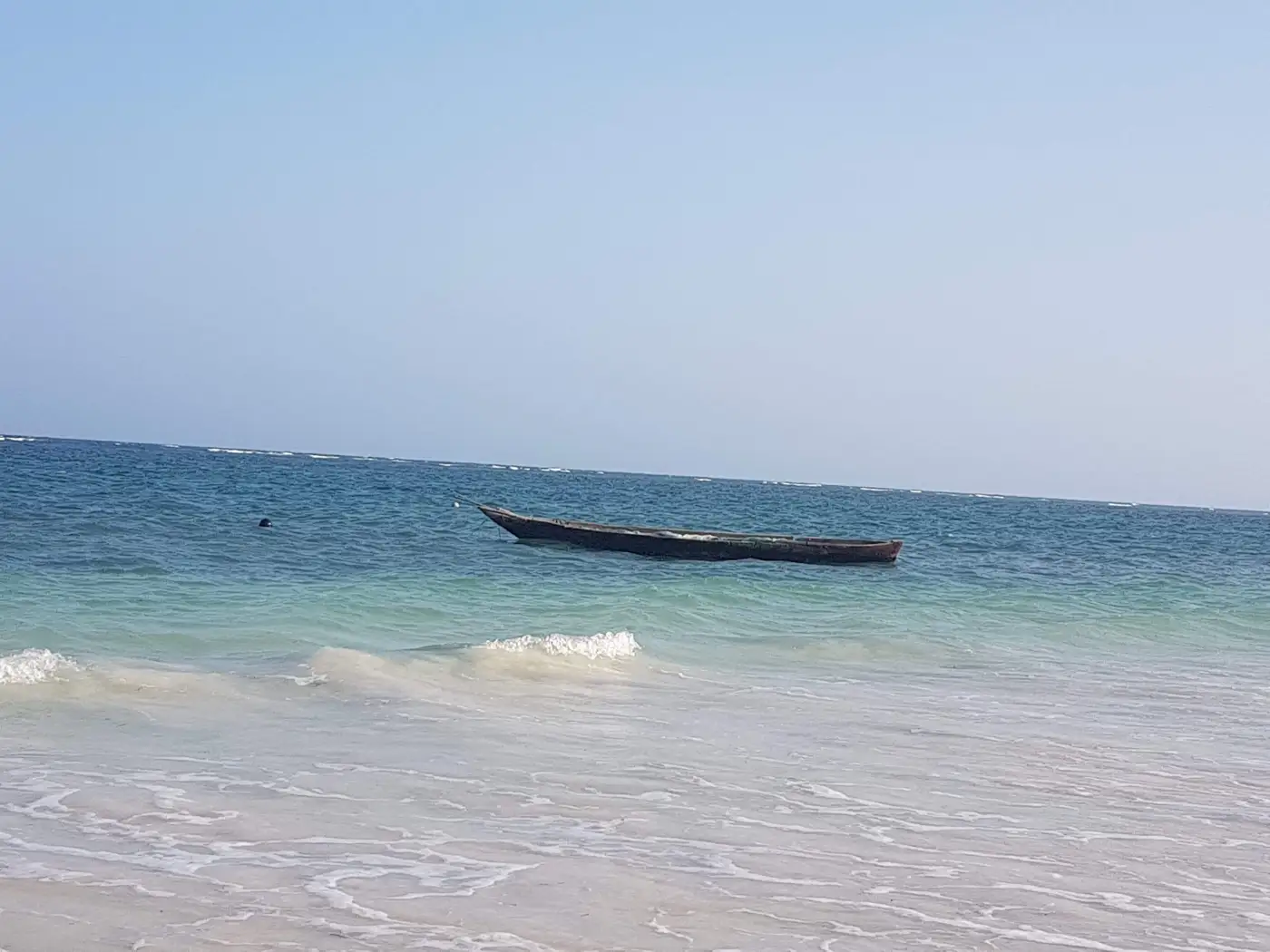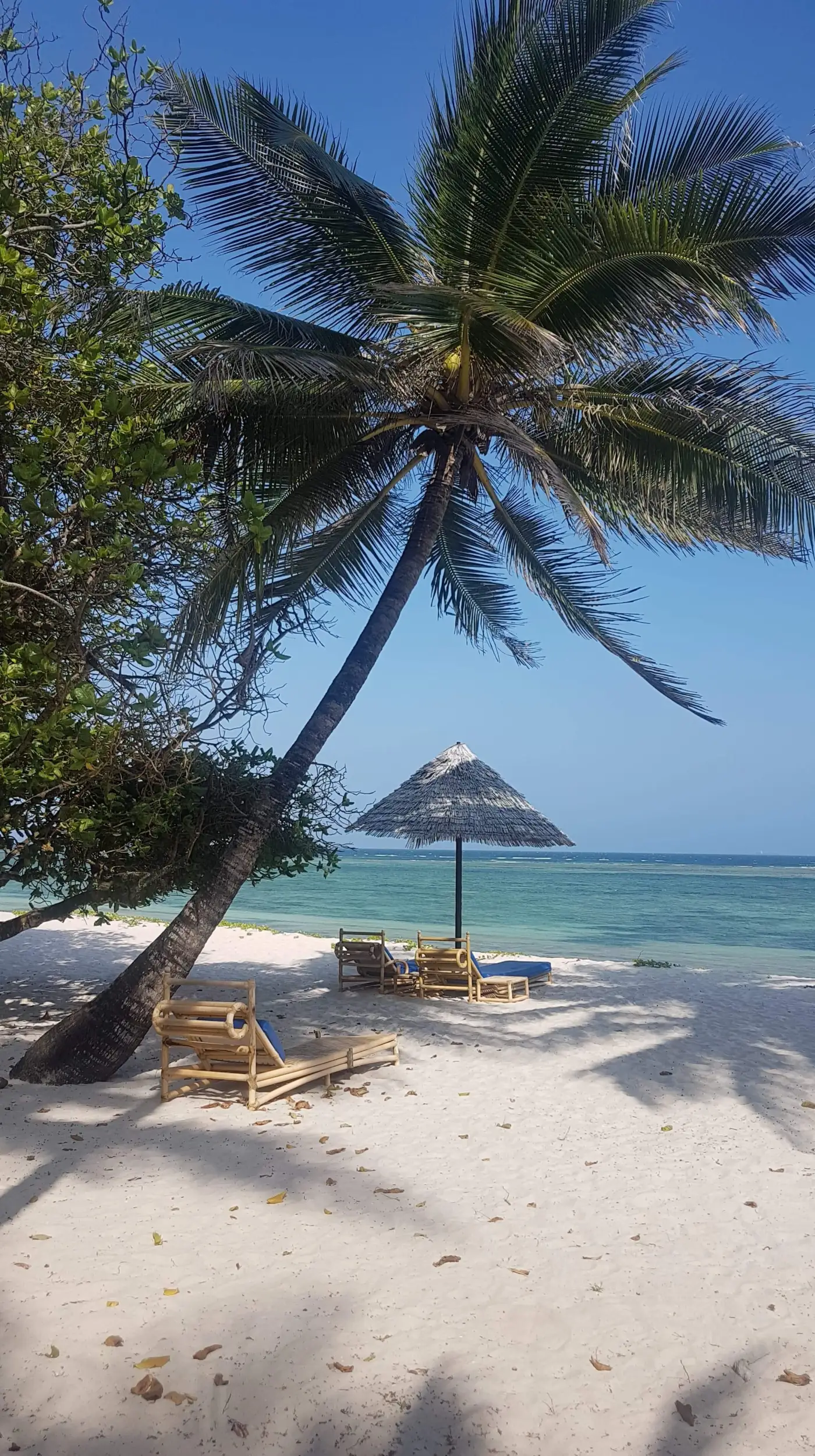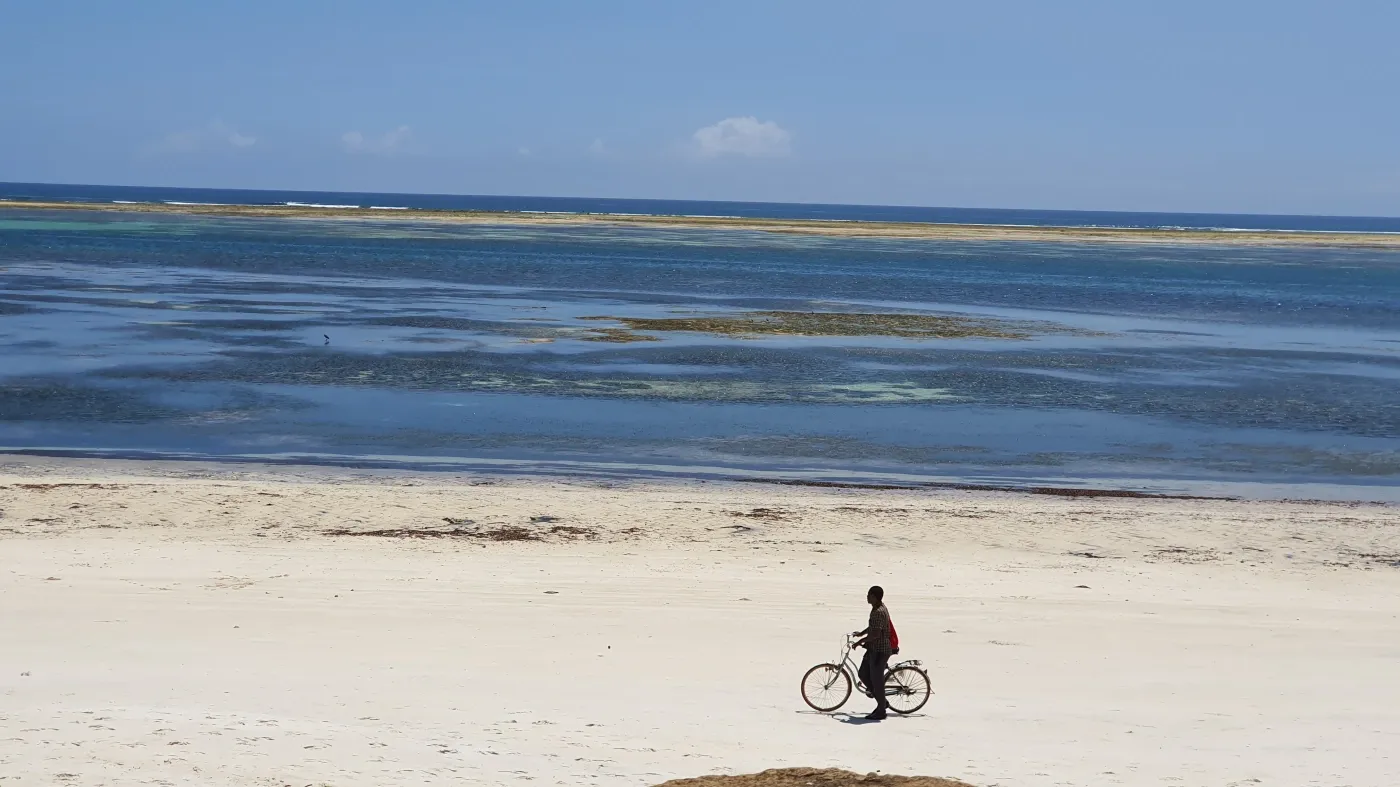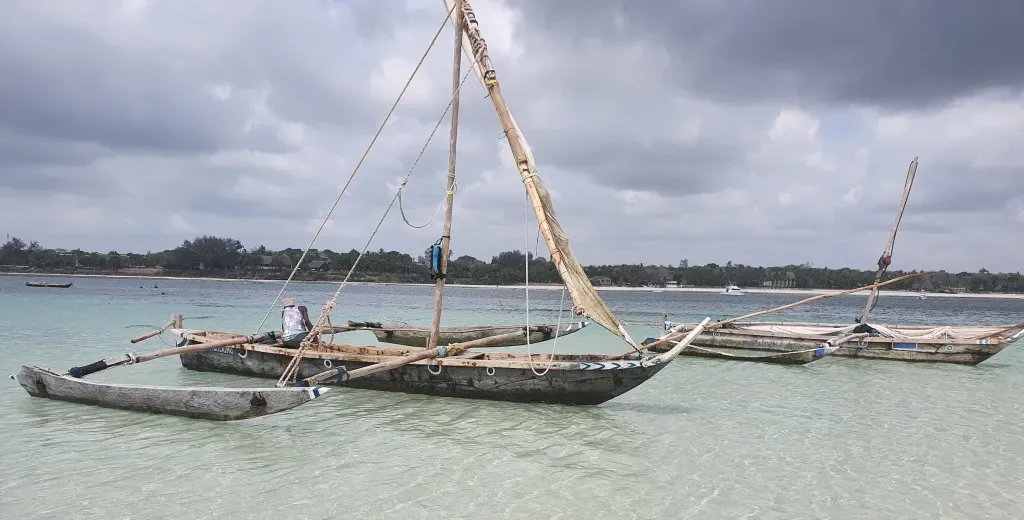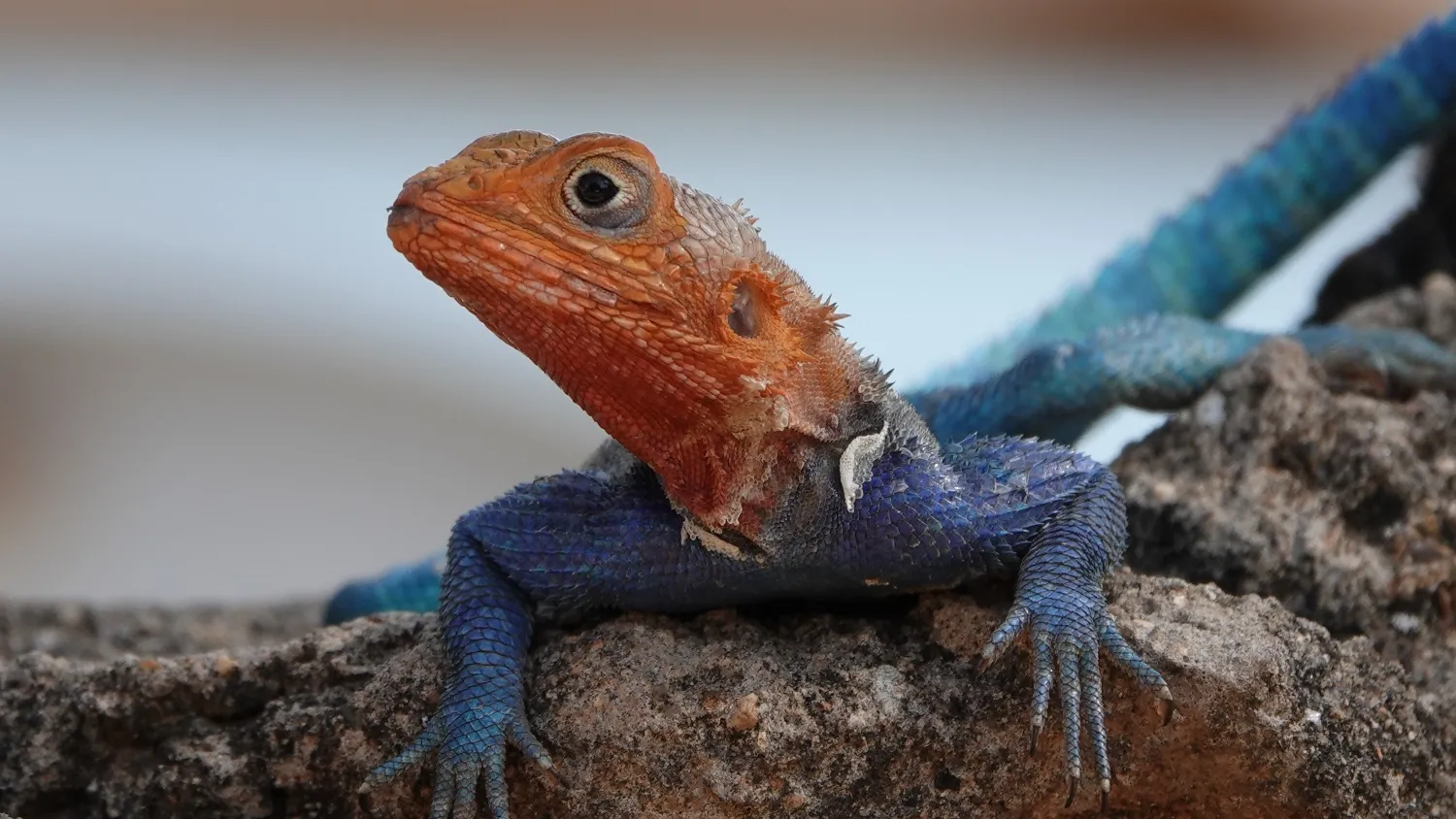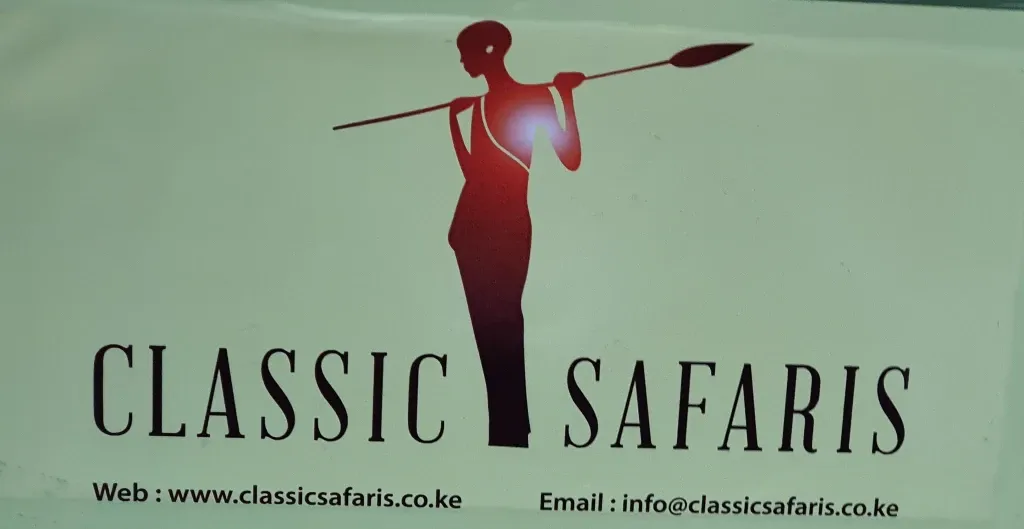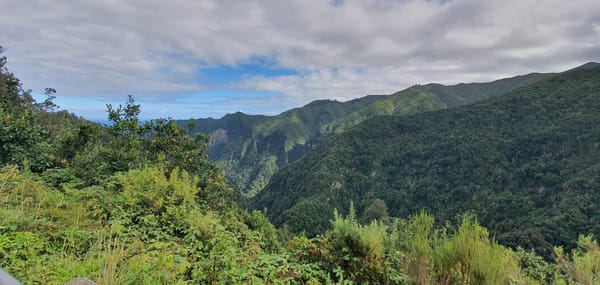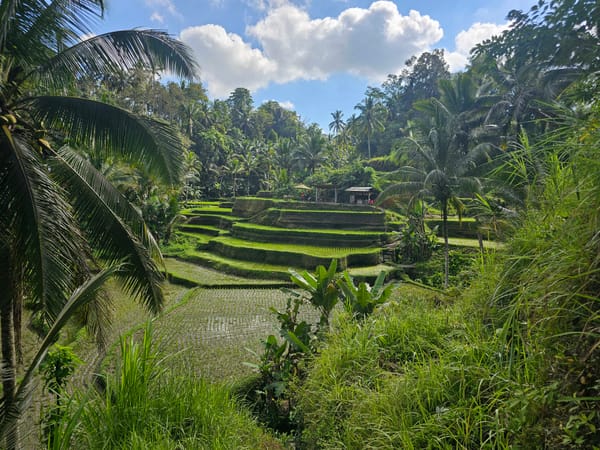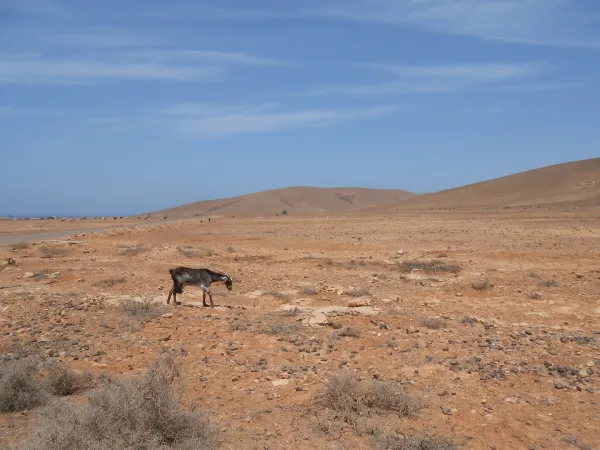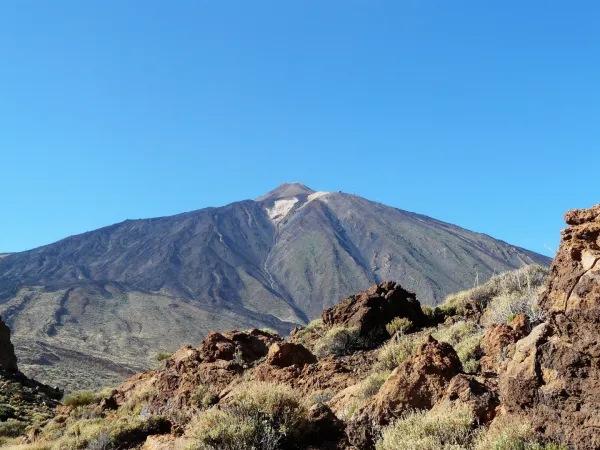Kenya

Dec 2020 / Jan 2021
It was our first time booking a trip through a tour agency. With holidays and flights constantly being cancelled, and COVID-19 rules changing every day, it felt like the only reasonable option. To be honest, we weren’t even sure if the trip would actually happen.
Everything went as planned—and even better than we expected. Thanks to the guys from Classic Safari, we saw all the animals you could hope to see in Kenya. Because of COVID-19, the whole world had become a bit strange. Our flight was actually the first international plane to land in Mombasa after Kenya reopened its borders to tourists. It was clear they were expecting us at the airport—they needed tourism to bring money into the country. The hotels were almost empty, there were not many people in the parks and animals just got used to the fact they had more space for themselves therefore, we had more opportunities to find the animals and watch them as long as we wanted. The covid19 rules also meant that we got more vans for our group as the maximum amount of people allowed to travel in one van has been reduced to 50%.
On top of it all, we’ve been really lucky, as we met Agnieszka and Darek, who made it fun for us to travel with other people, and OMG YES, we did enjoy their company! We got the safari van and the driver/guide for us four only, so we couldn’t ask for more…
Before we decided to buy the Kenya Safari tour, we planned to go to Kenya and buy a 3–5-day safari tour online. Most of them offer pickup from airports or hotels; they offer budget safaris with budget stays and food, as well as private tours for 2 people in 4×4 cars, with stays in 5-star camps. So, there is plenty to choose from and it’s the best way to explore the parks, meet local people, and see animals. I really recommend the company we used on our tour: http://classicsafaris.co.ke – the vans were great—not comfortable seats, but the vans would go to hell and back! The drivers were very nice and funny, and the one we had was a true animal lover who had a huge knowledge of the parks, animals, and localpeople. He told us things we couldn’t find anywhere else. Thanks to this guy, we know more about Kenya, politics, people, history, and everyday life.
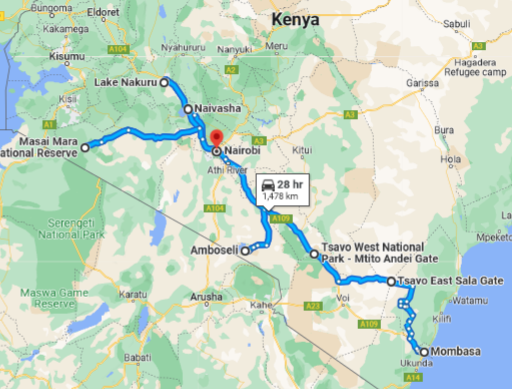
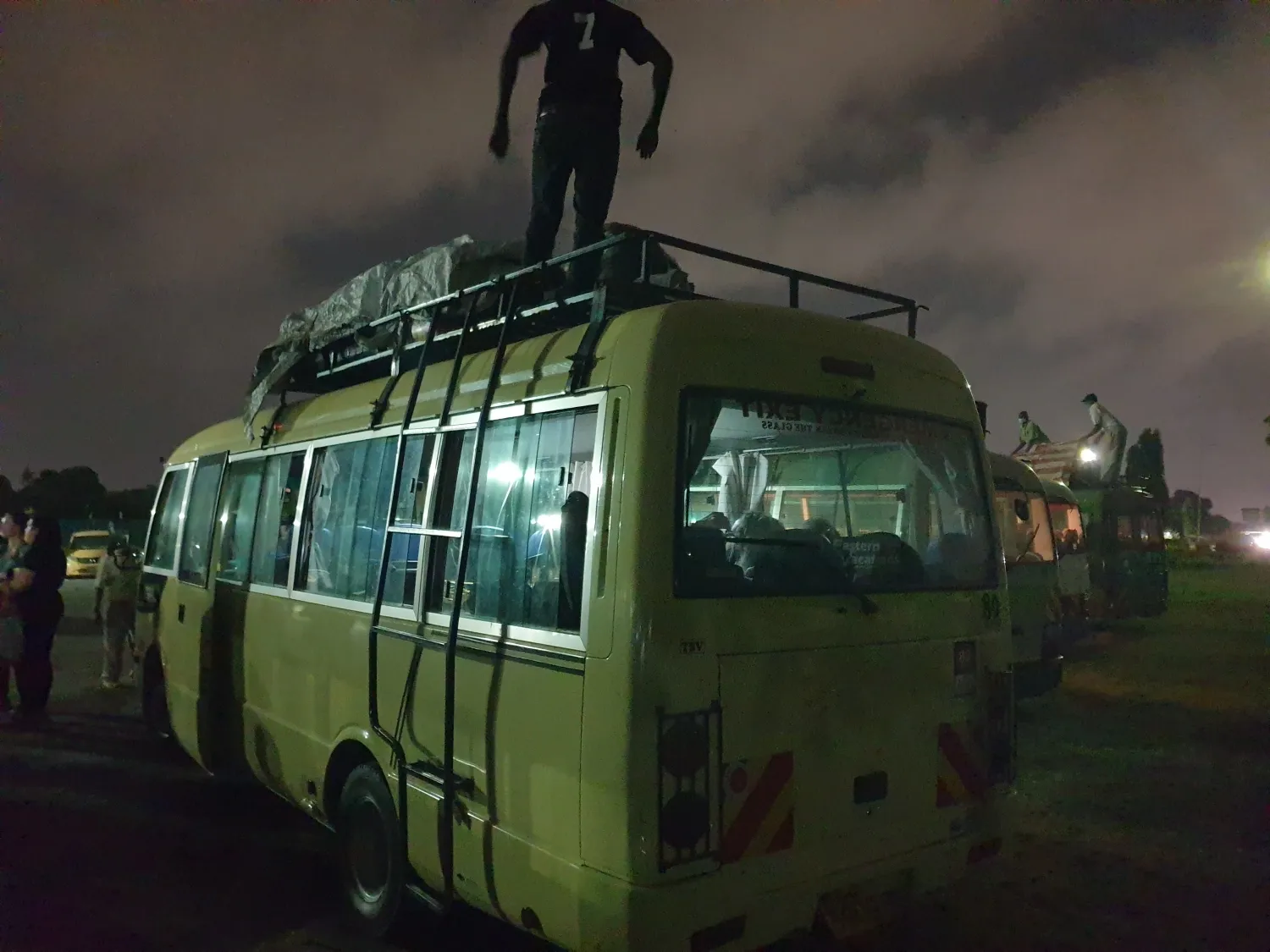
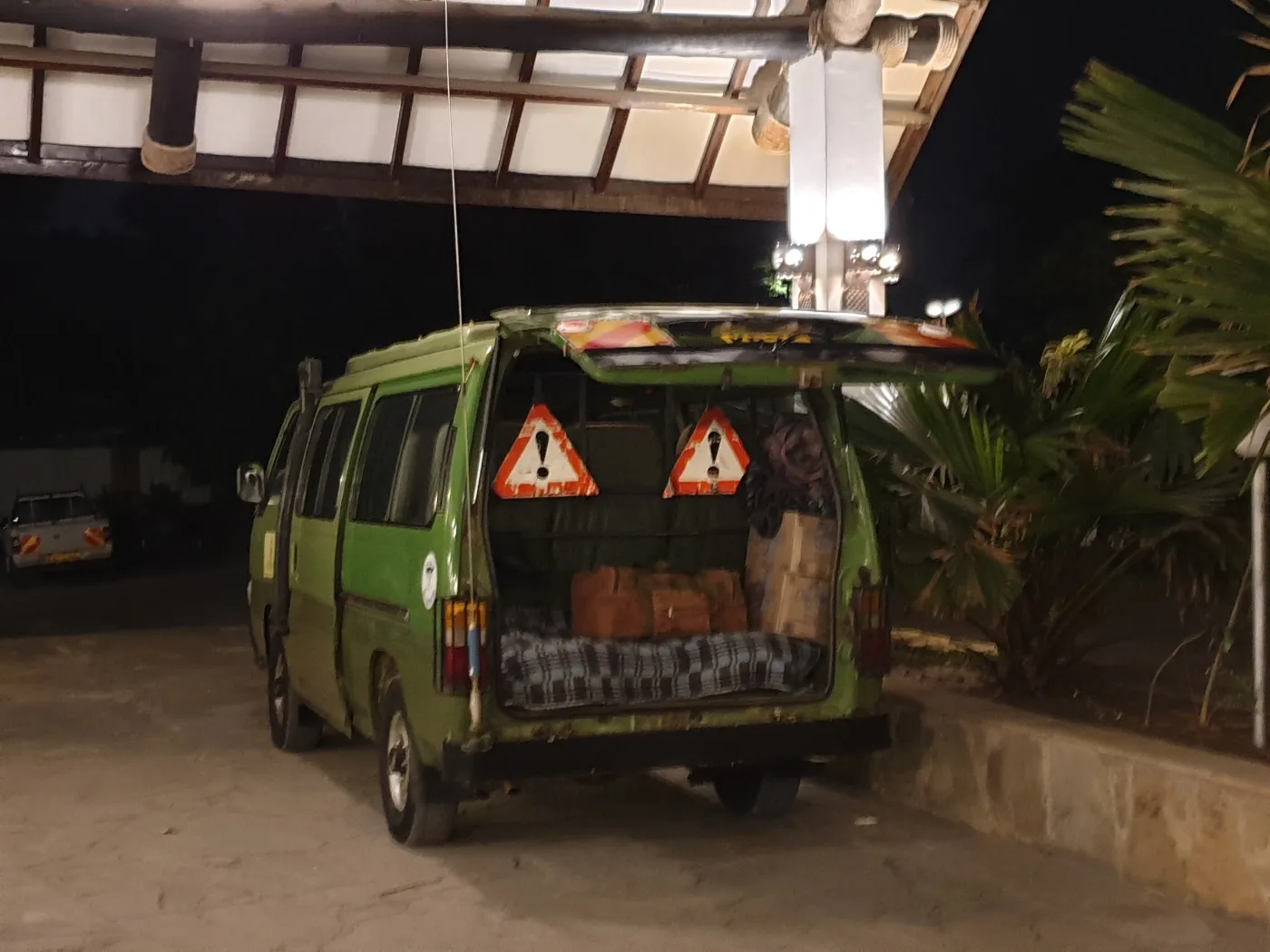
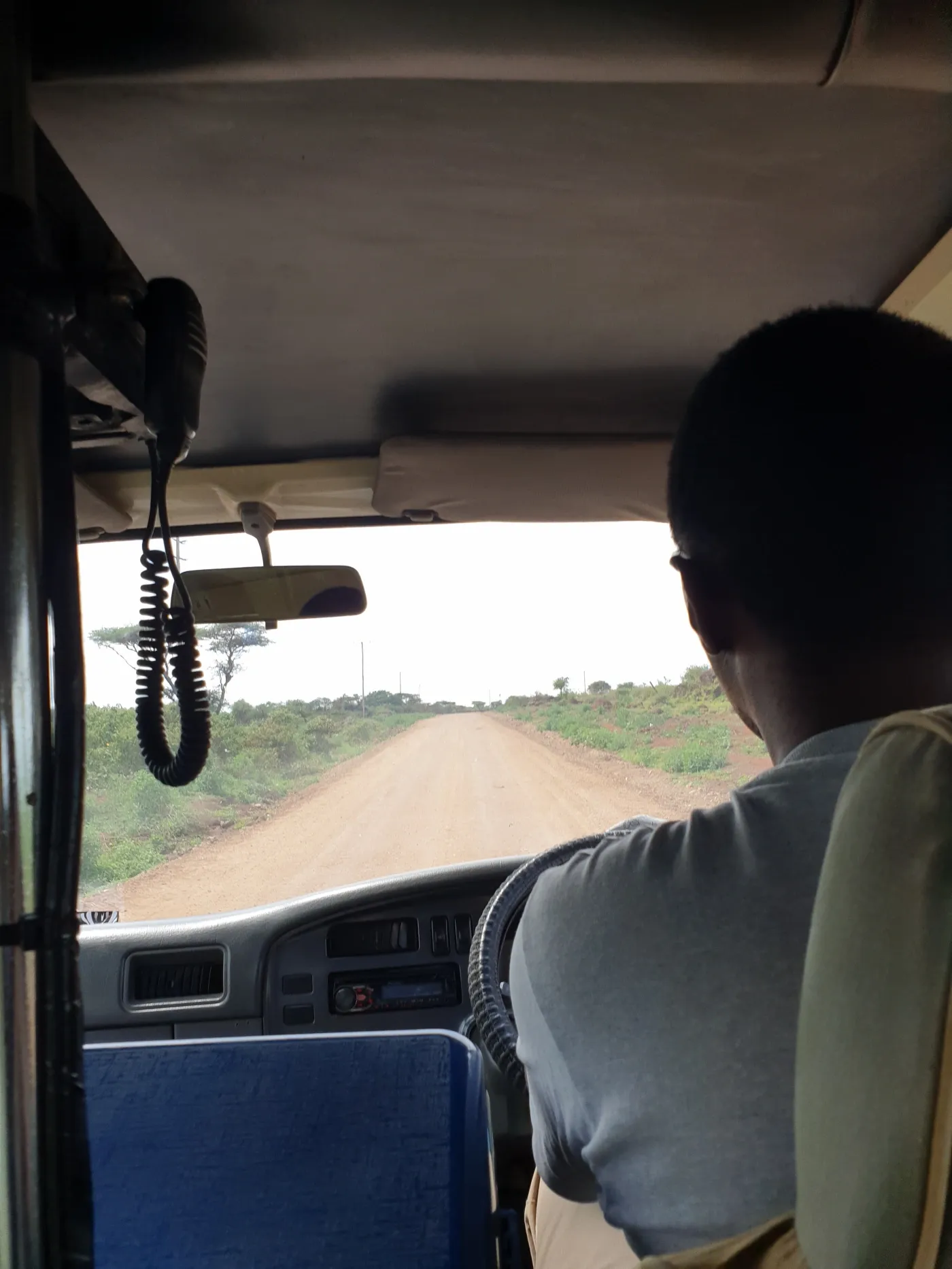
Tsavo East National Park
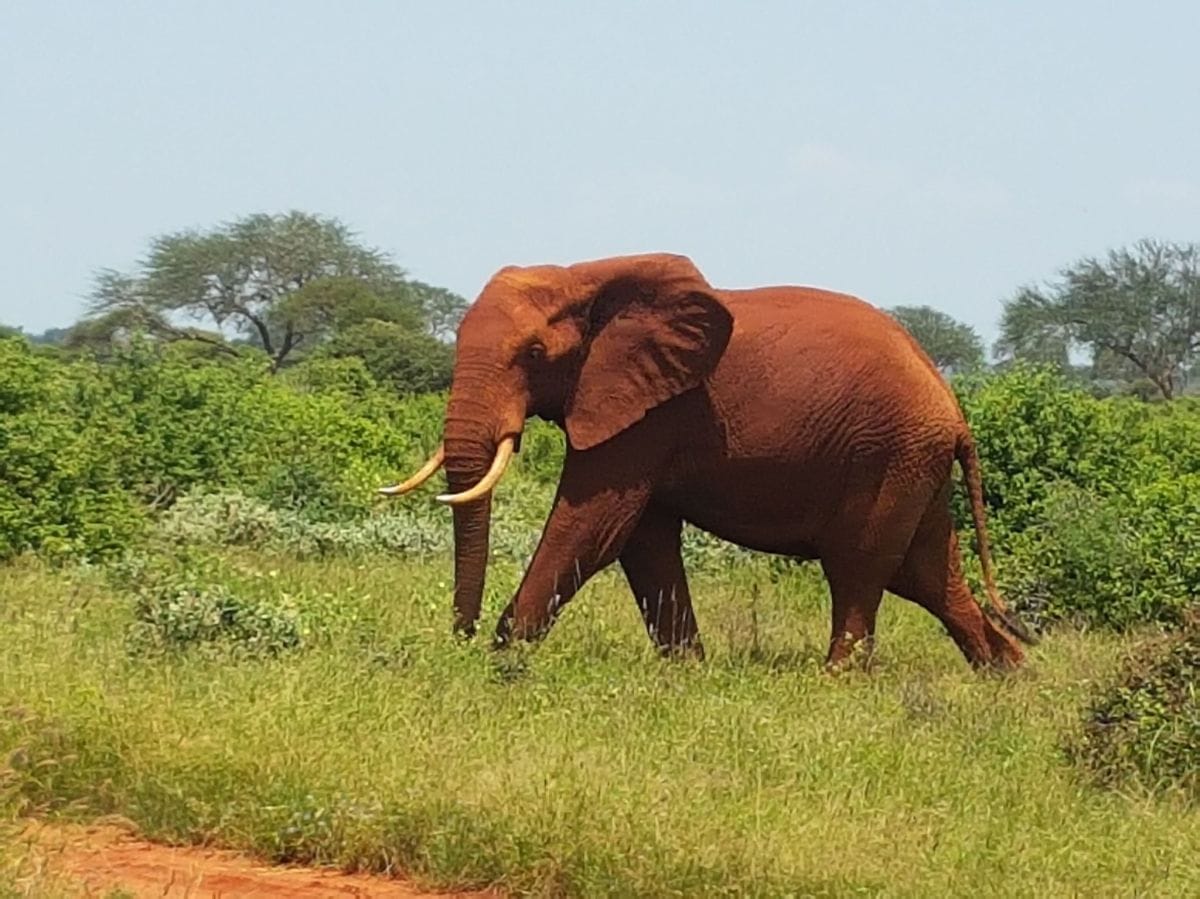
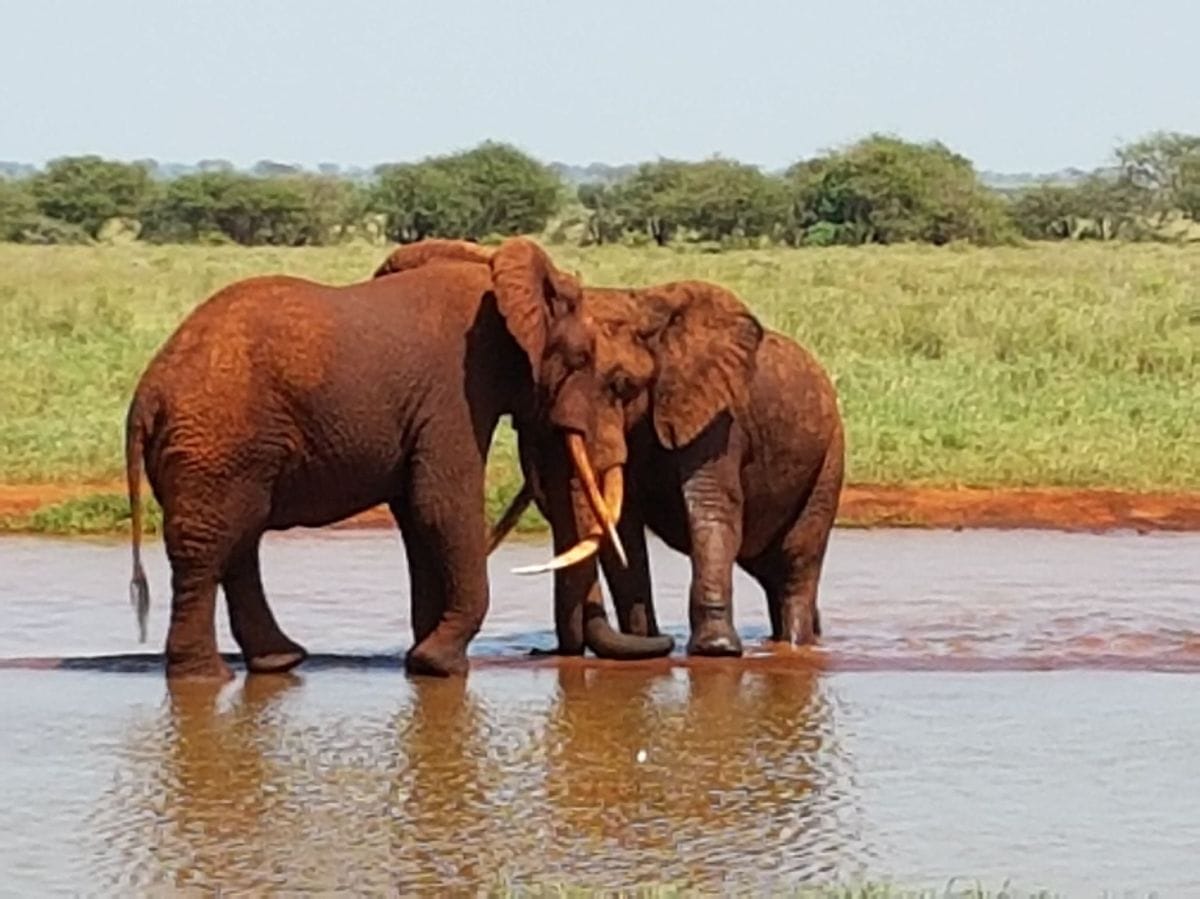
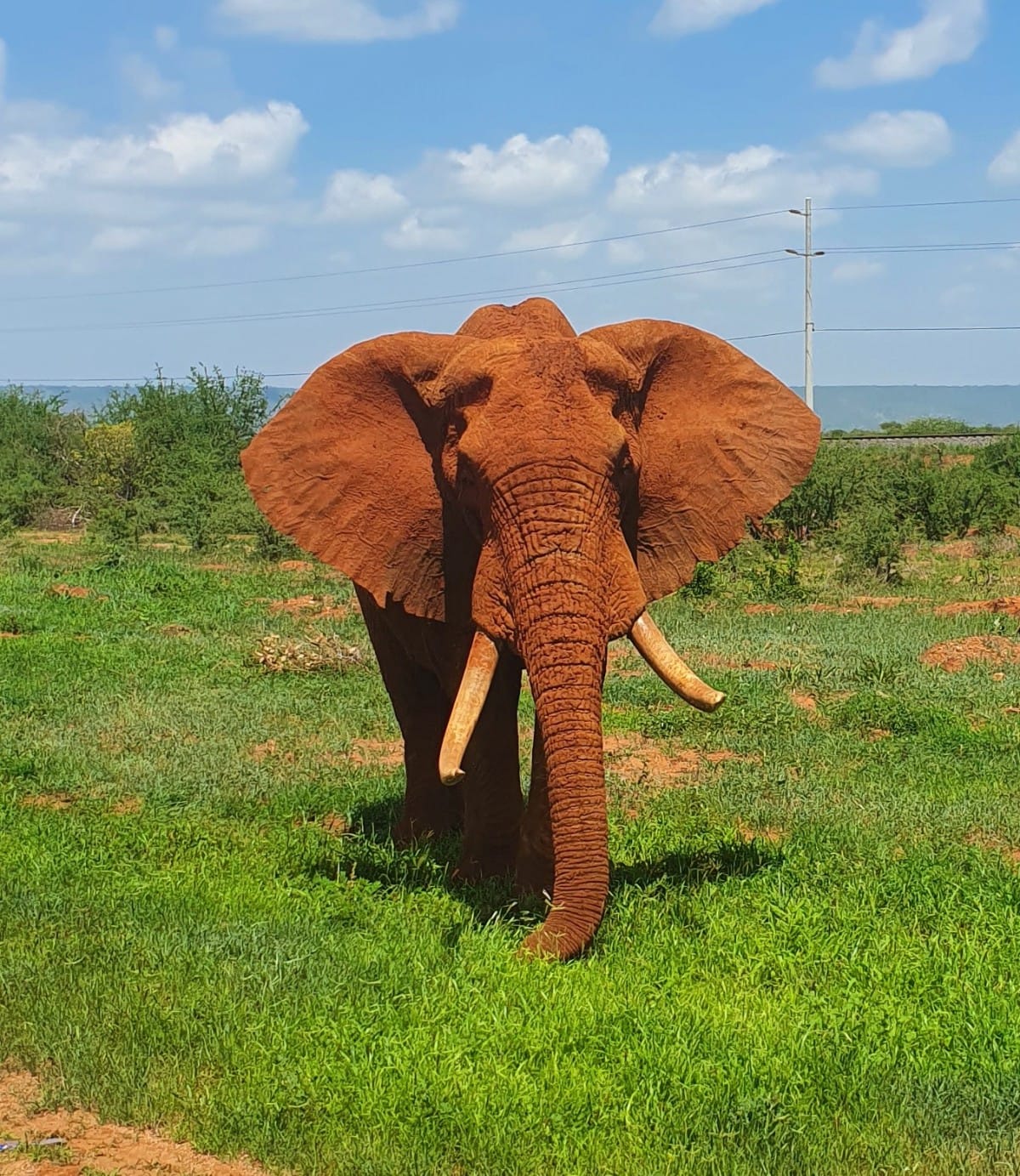
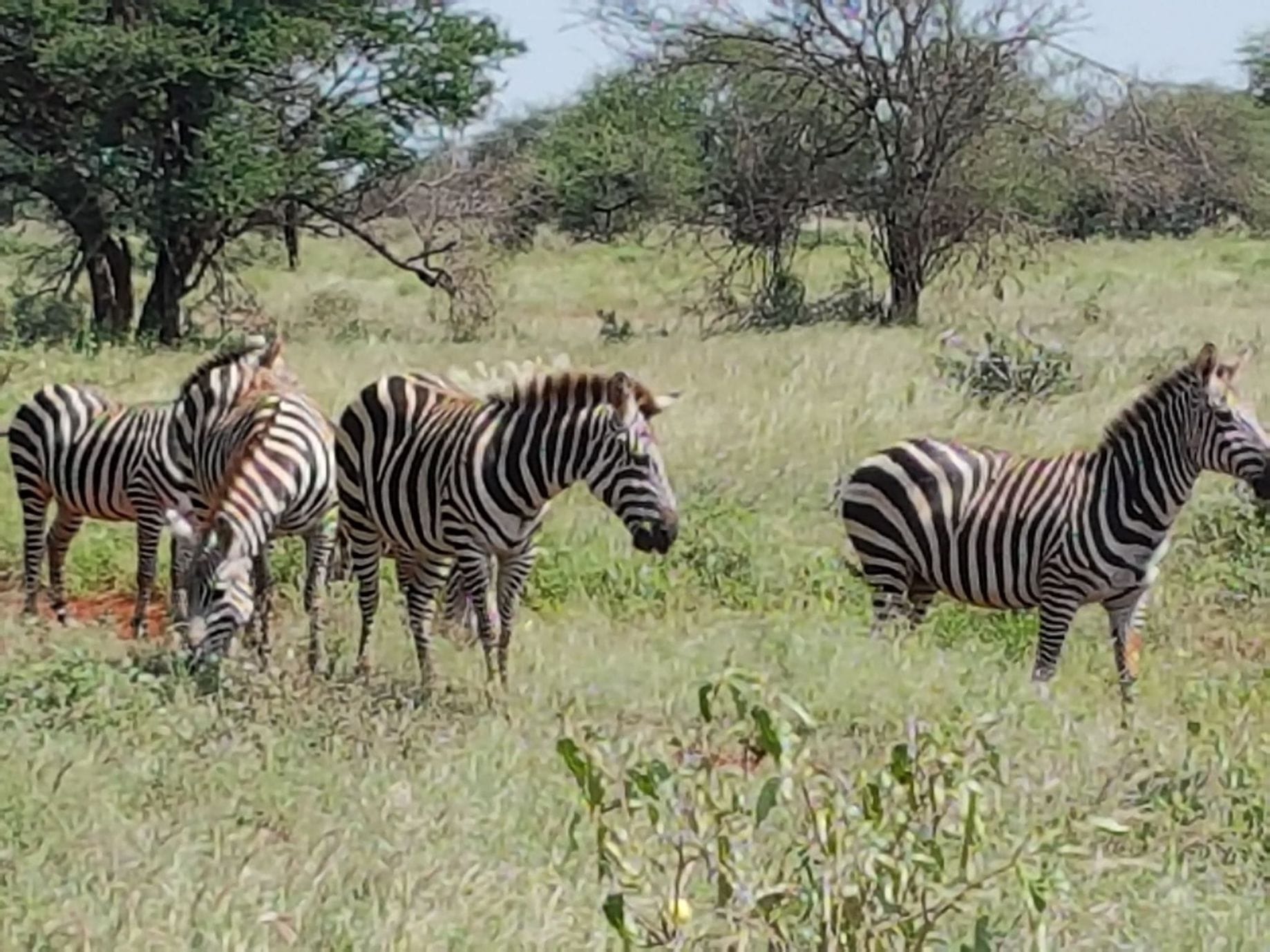
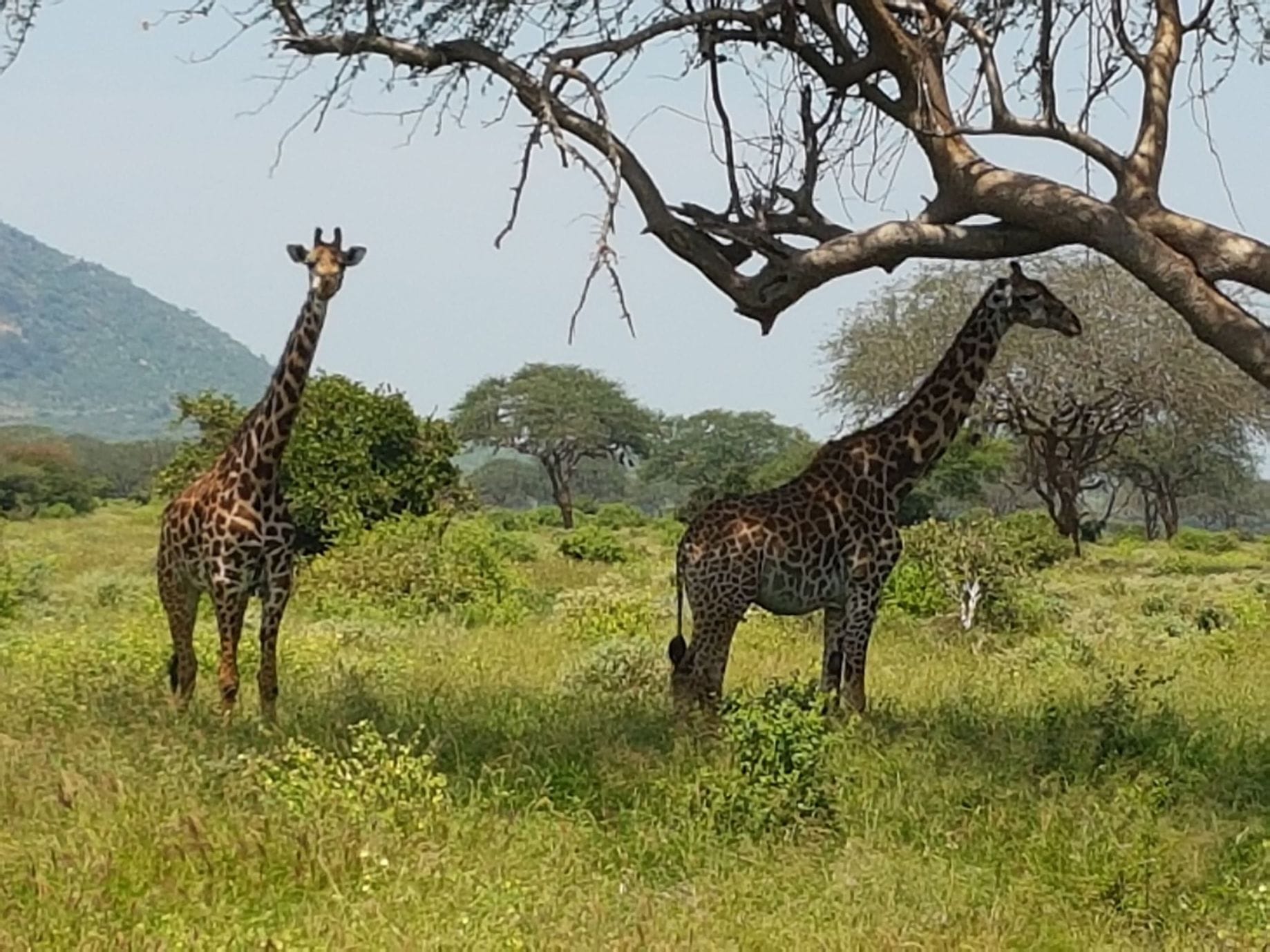
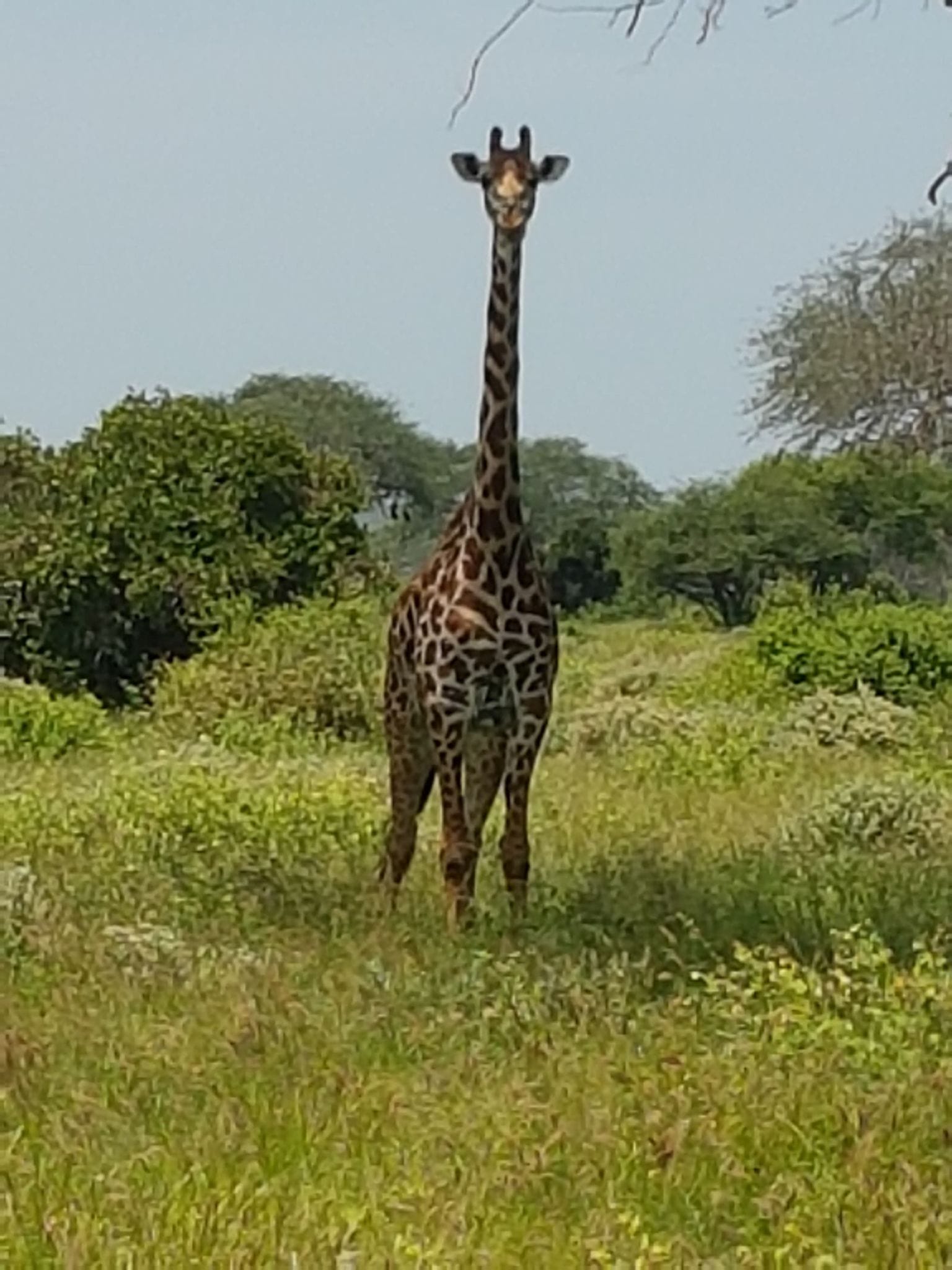
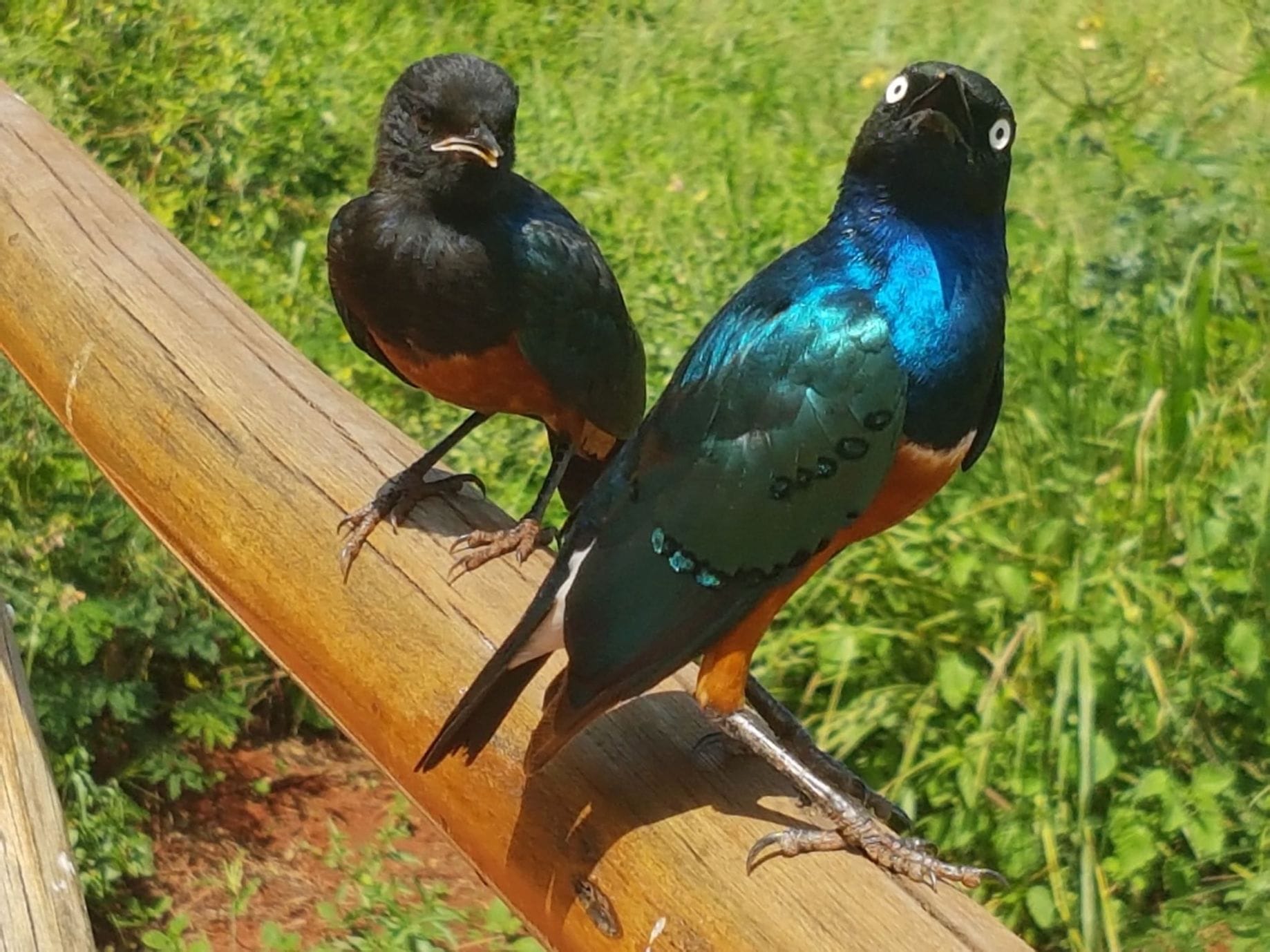
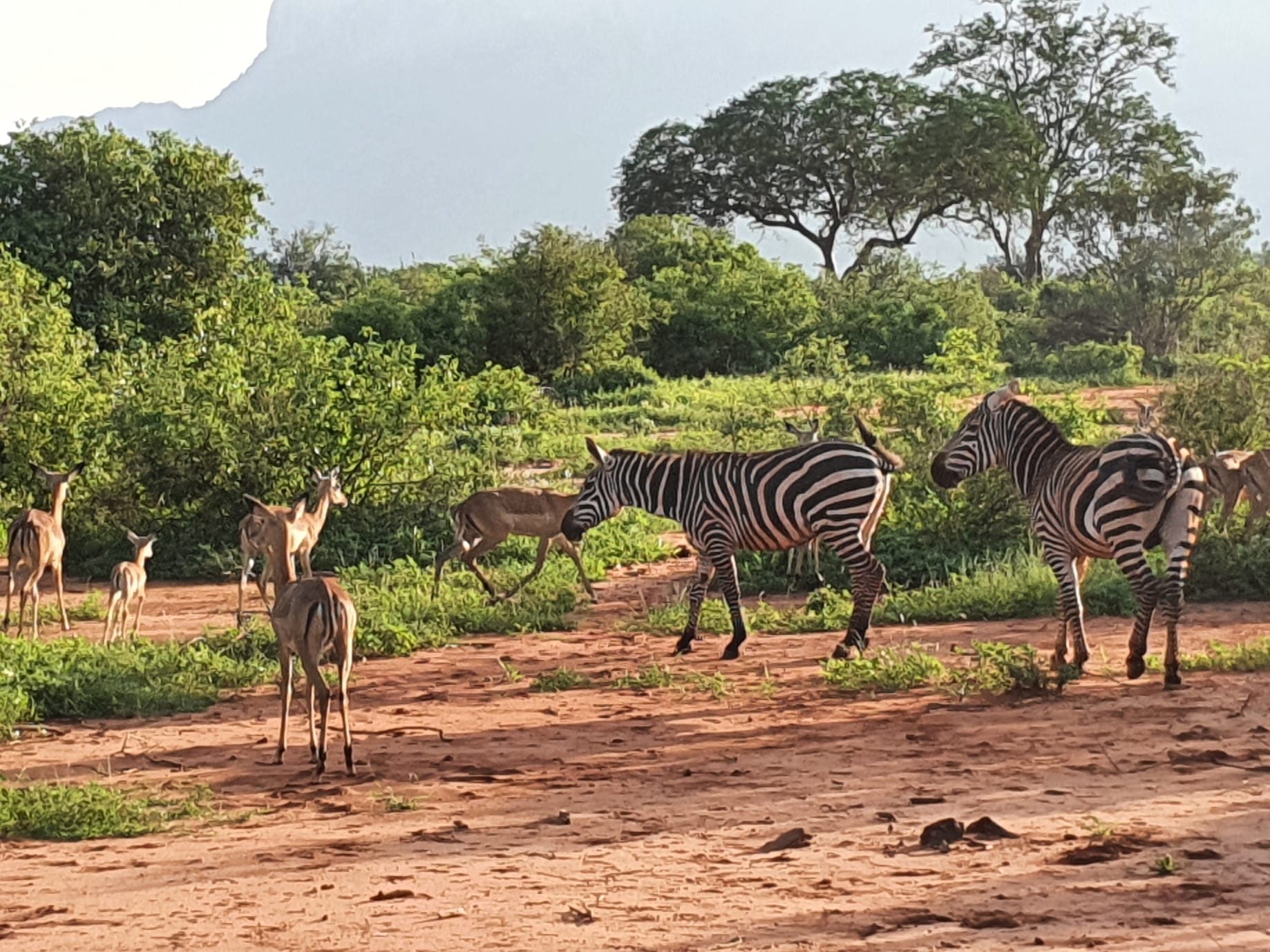
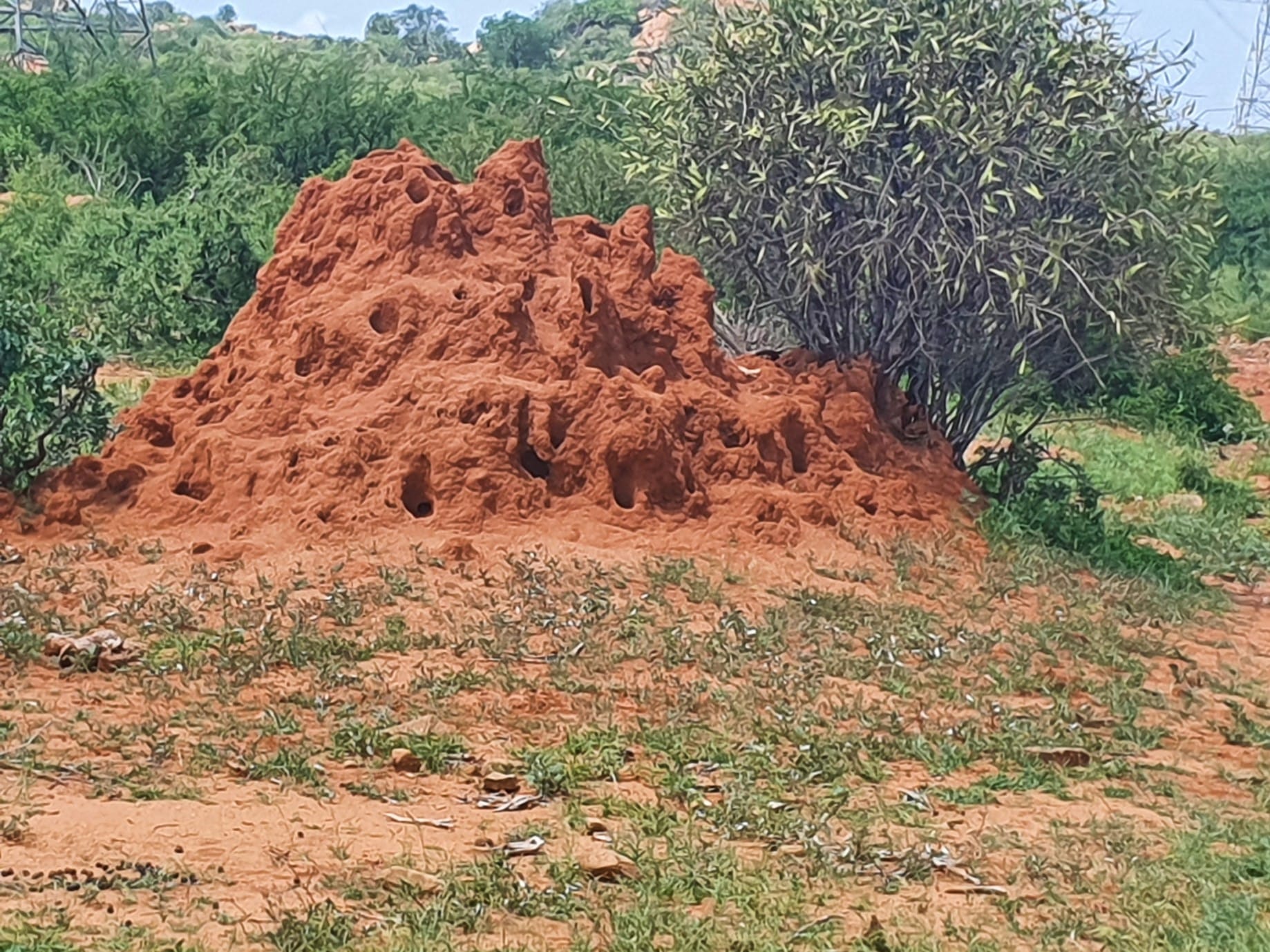
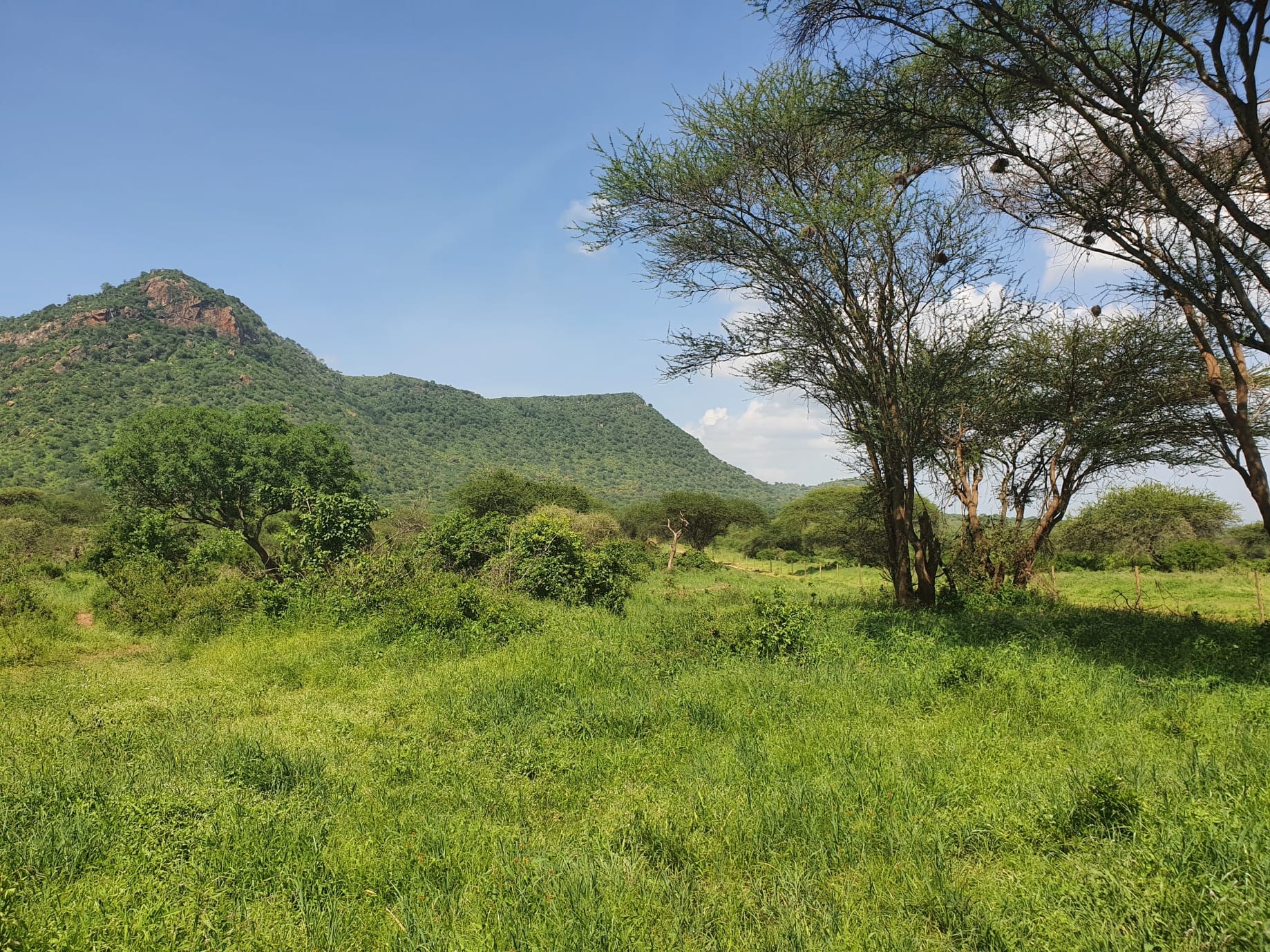
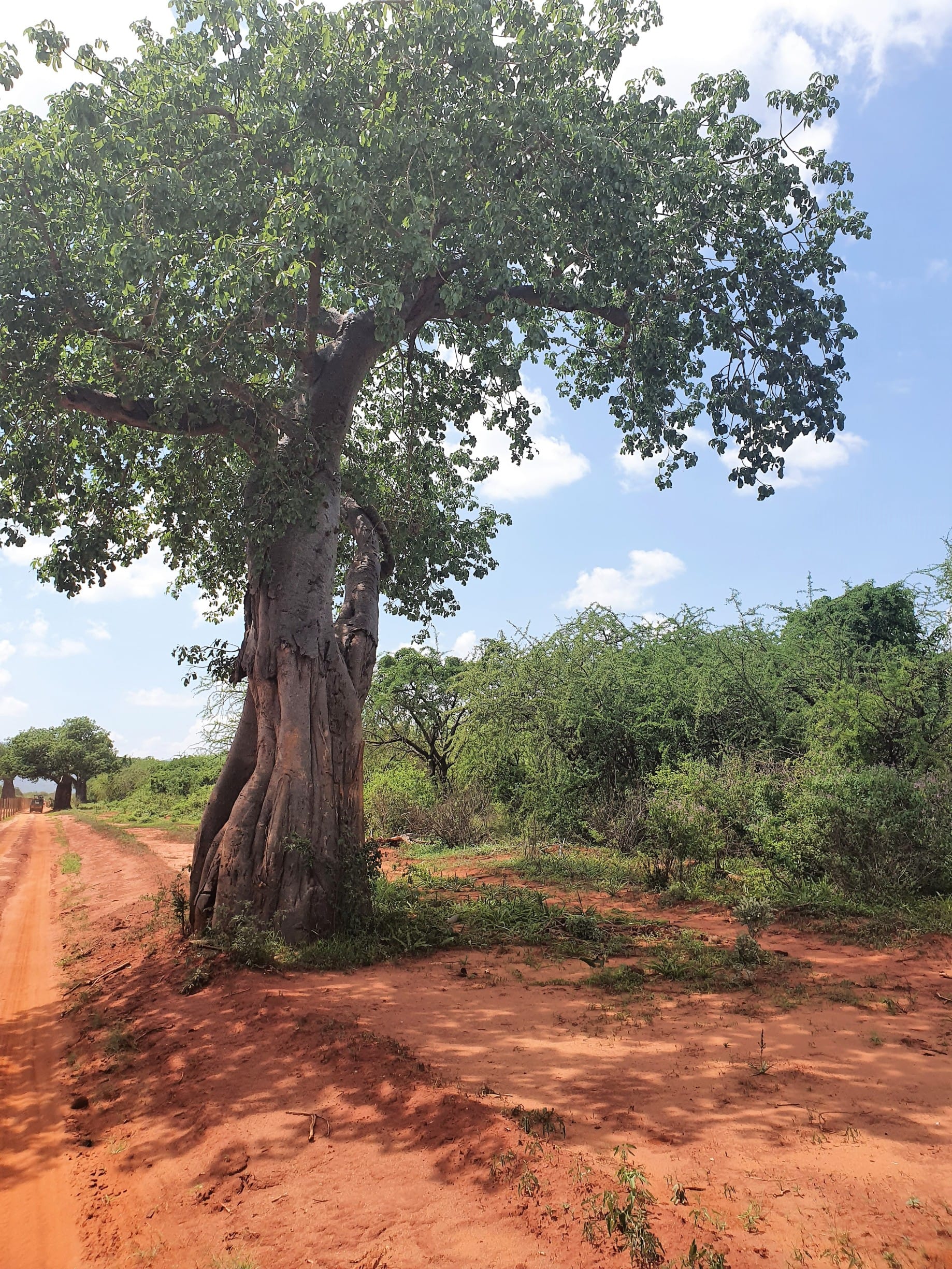
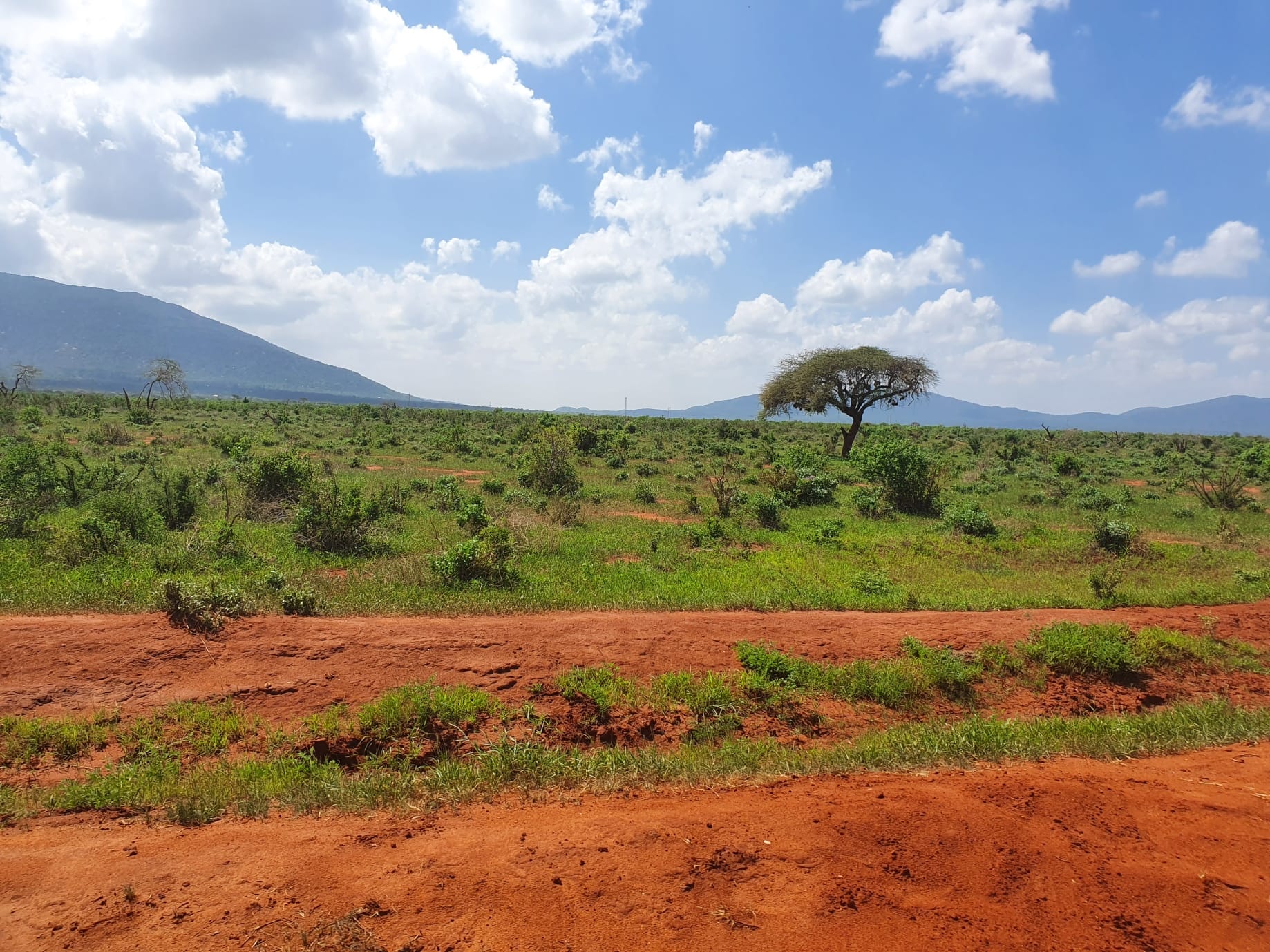
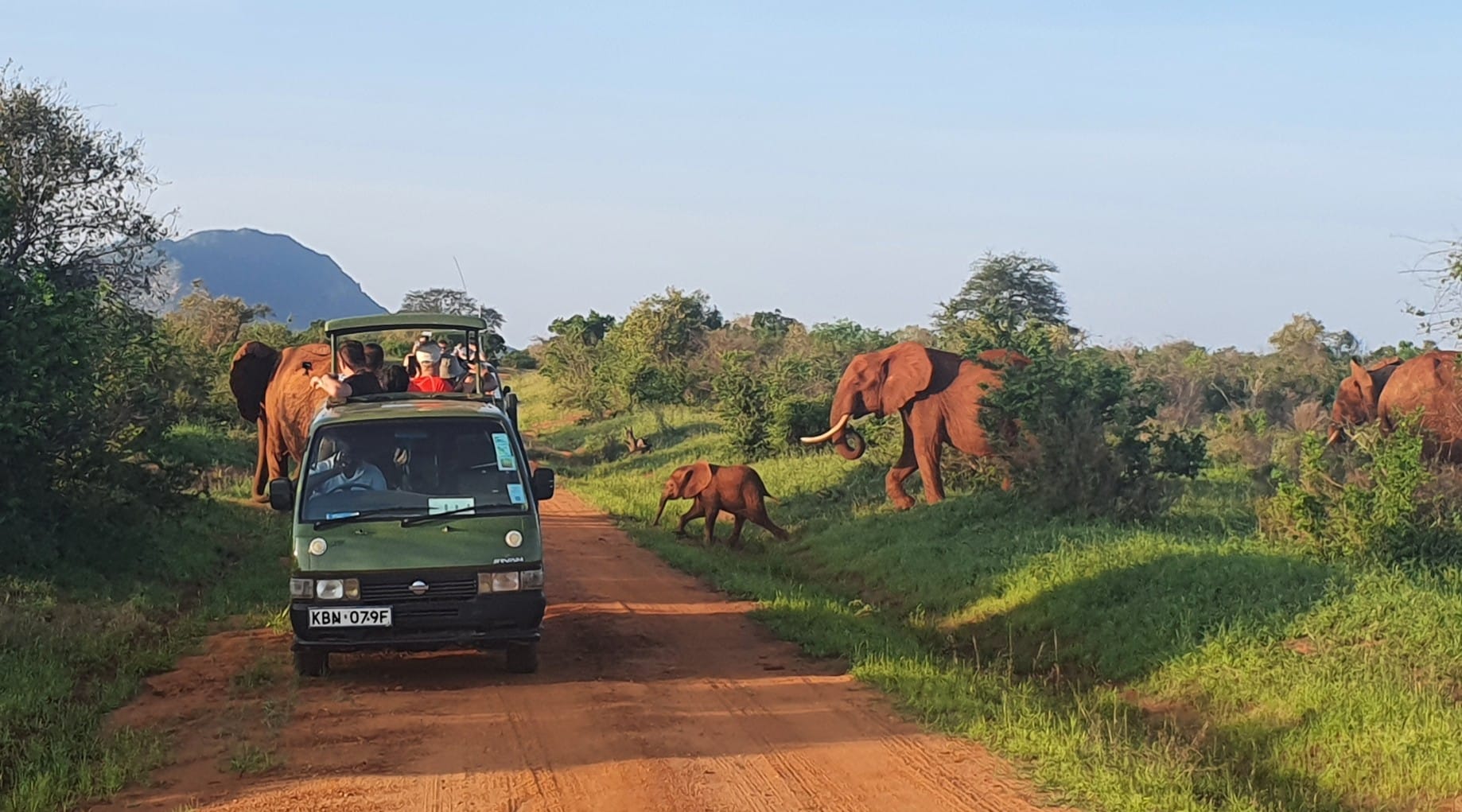
Tausa Tsavo Eco Lodge
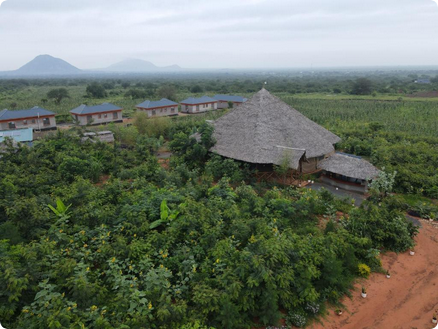
Tsavo East National Park
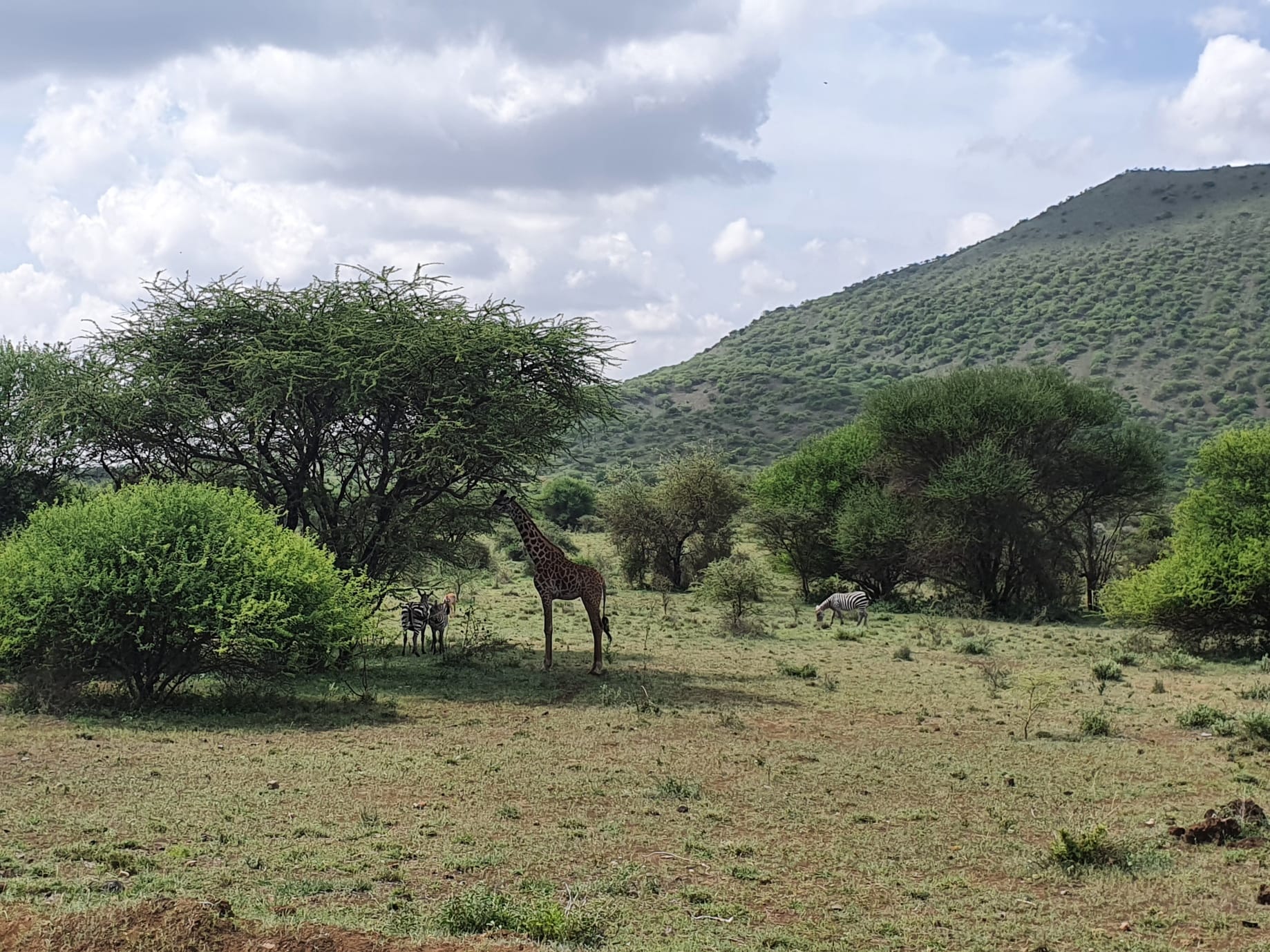
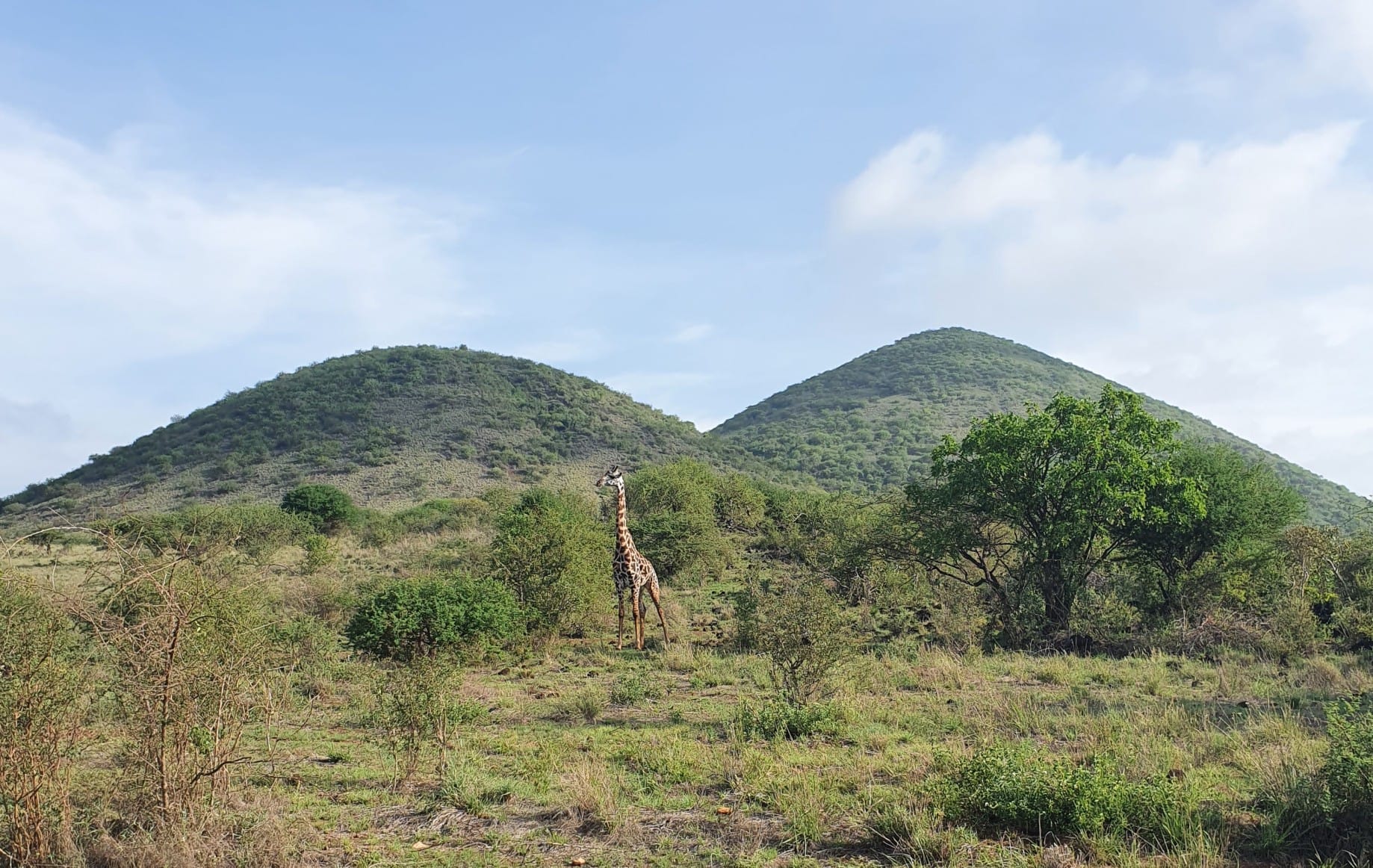
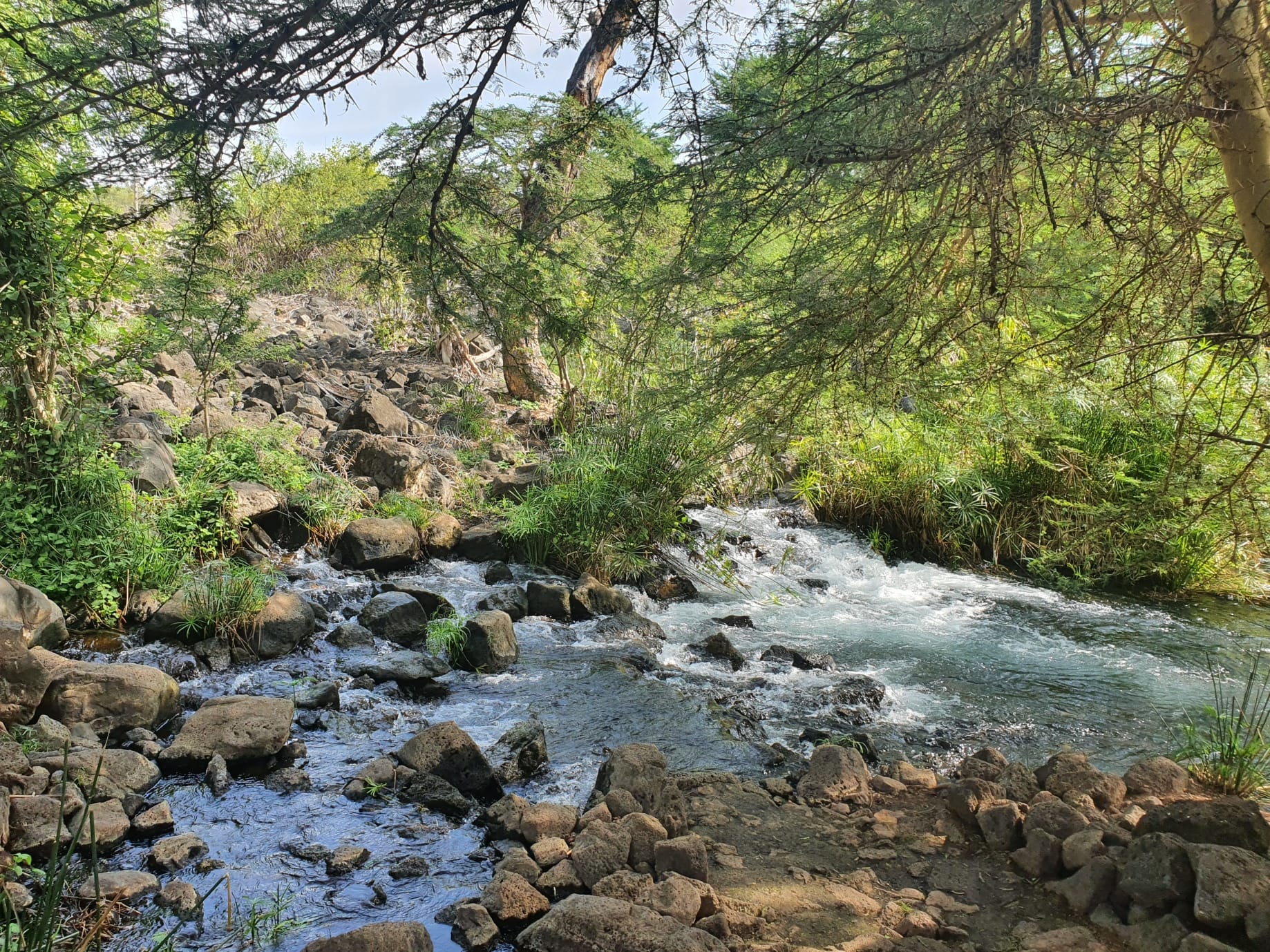

Mzima Spring
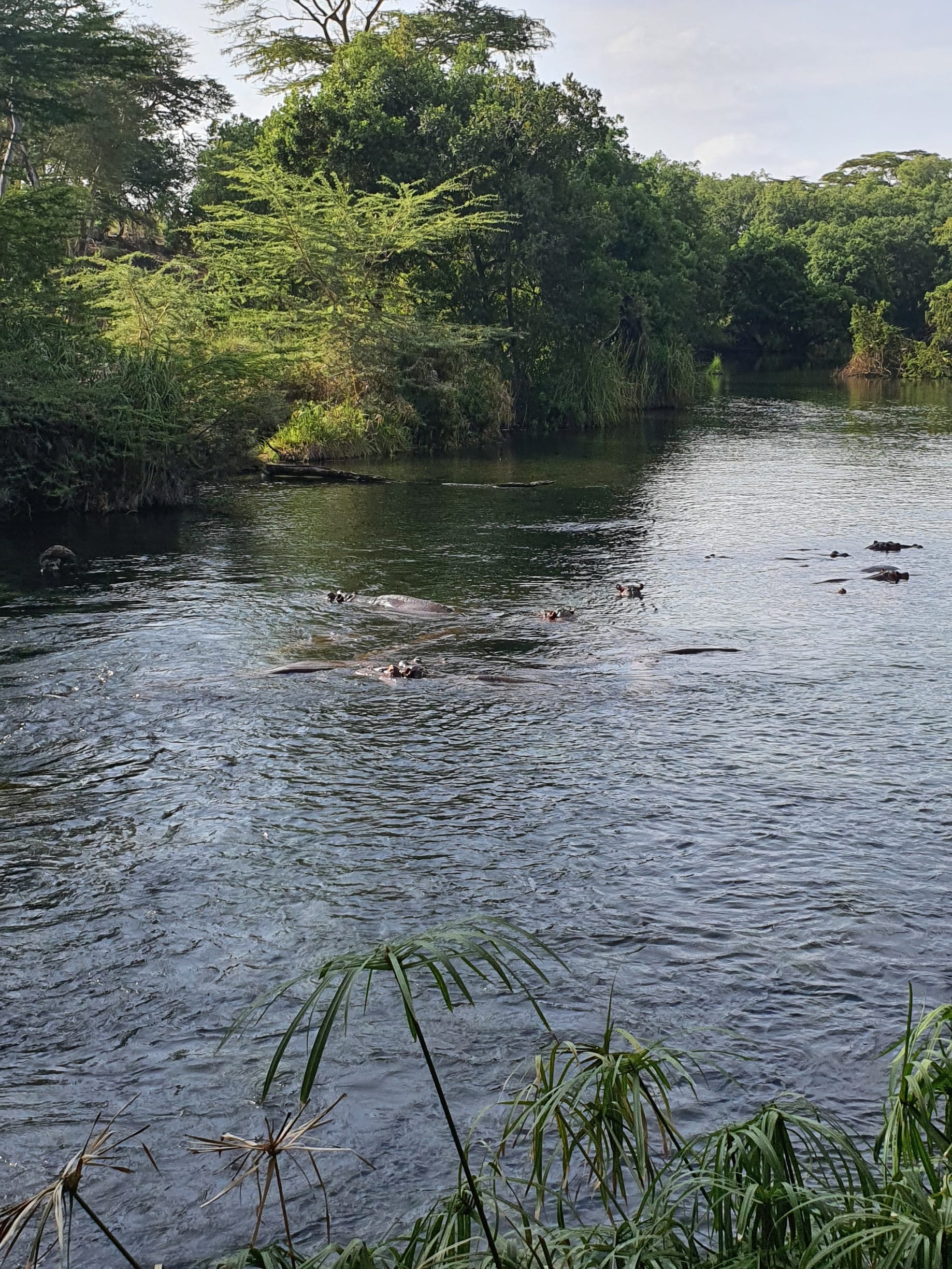
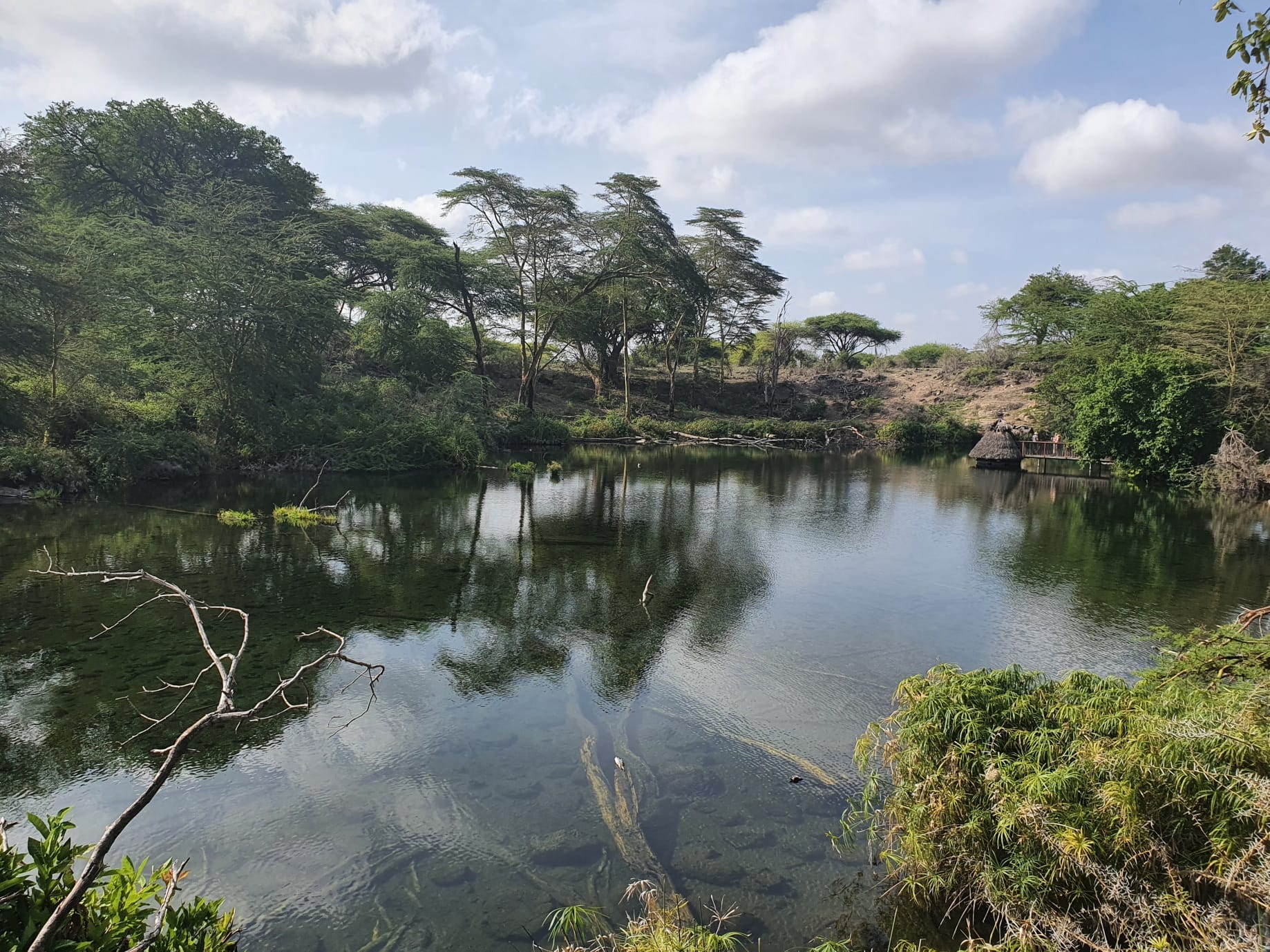
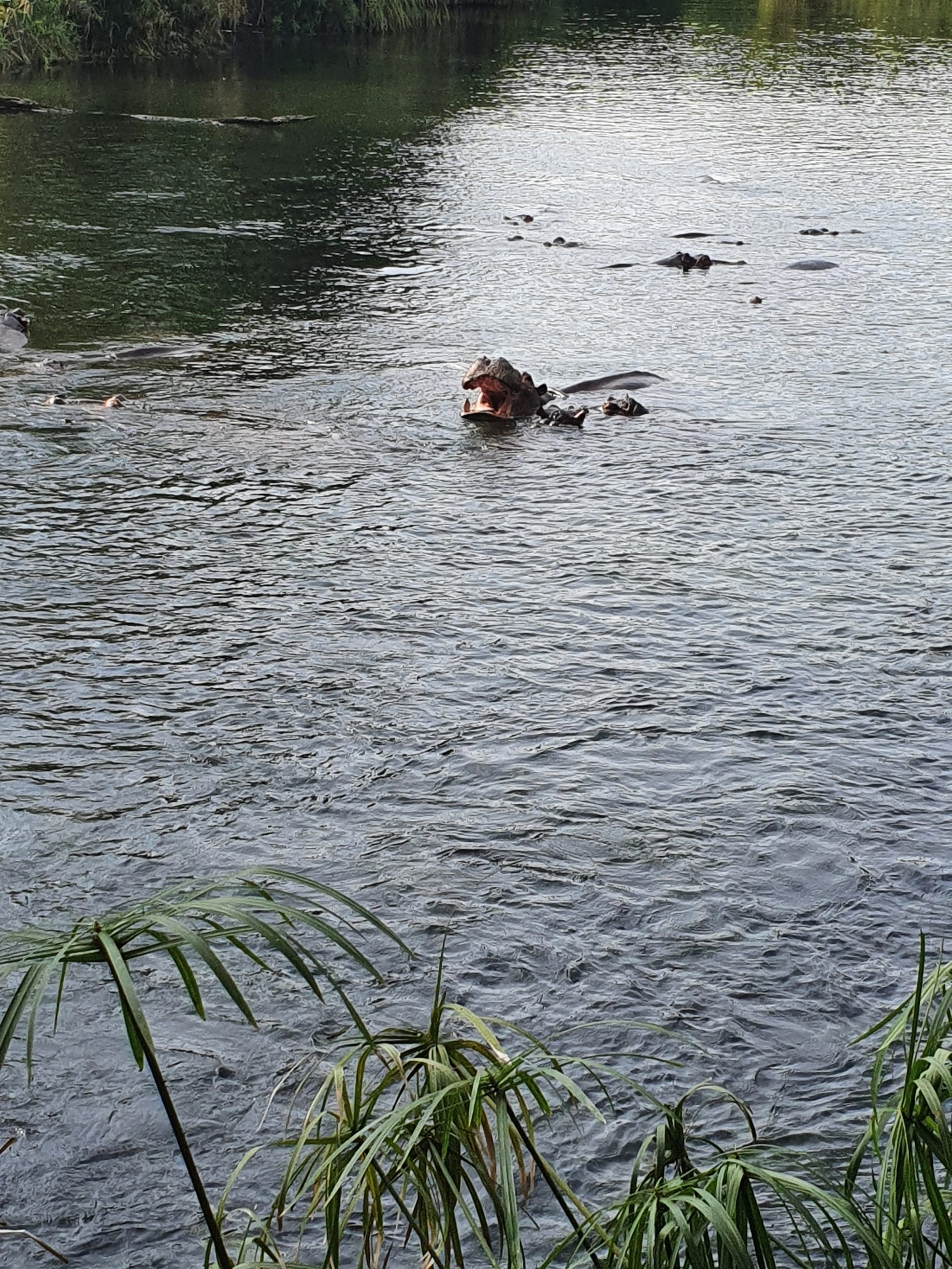
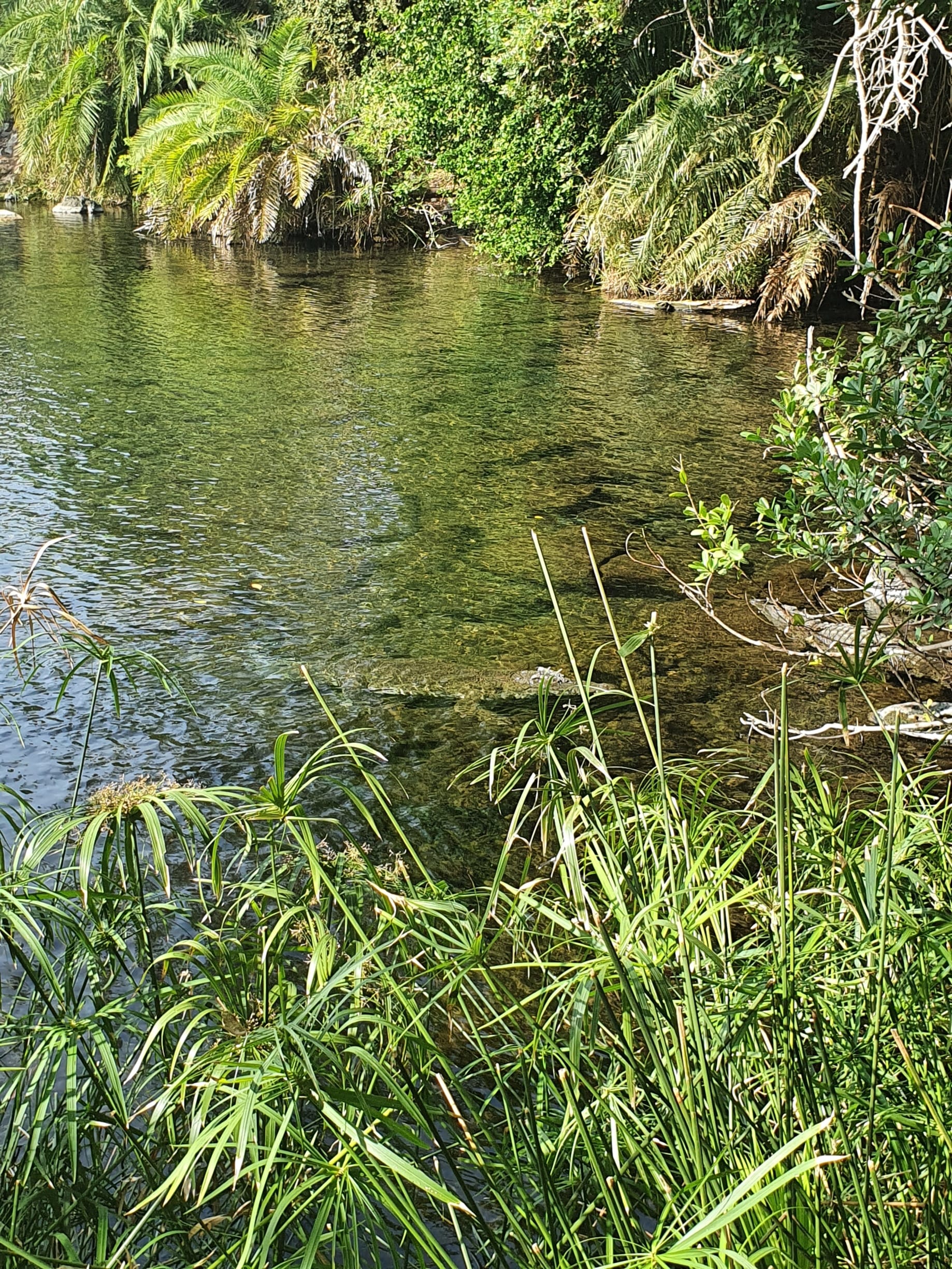
Shetani Lava The Shetani black lava flow is 8 km long, 1.6 km wide and 5 meters deep.
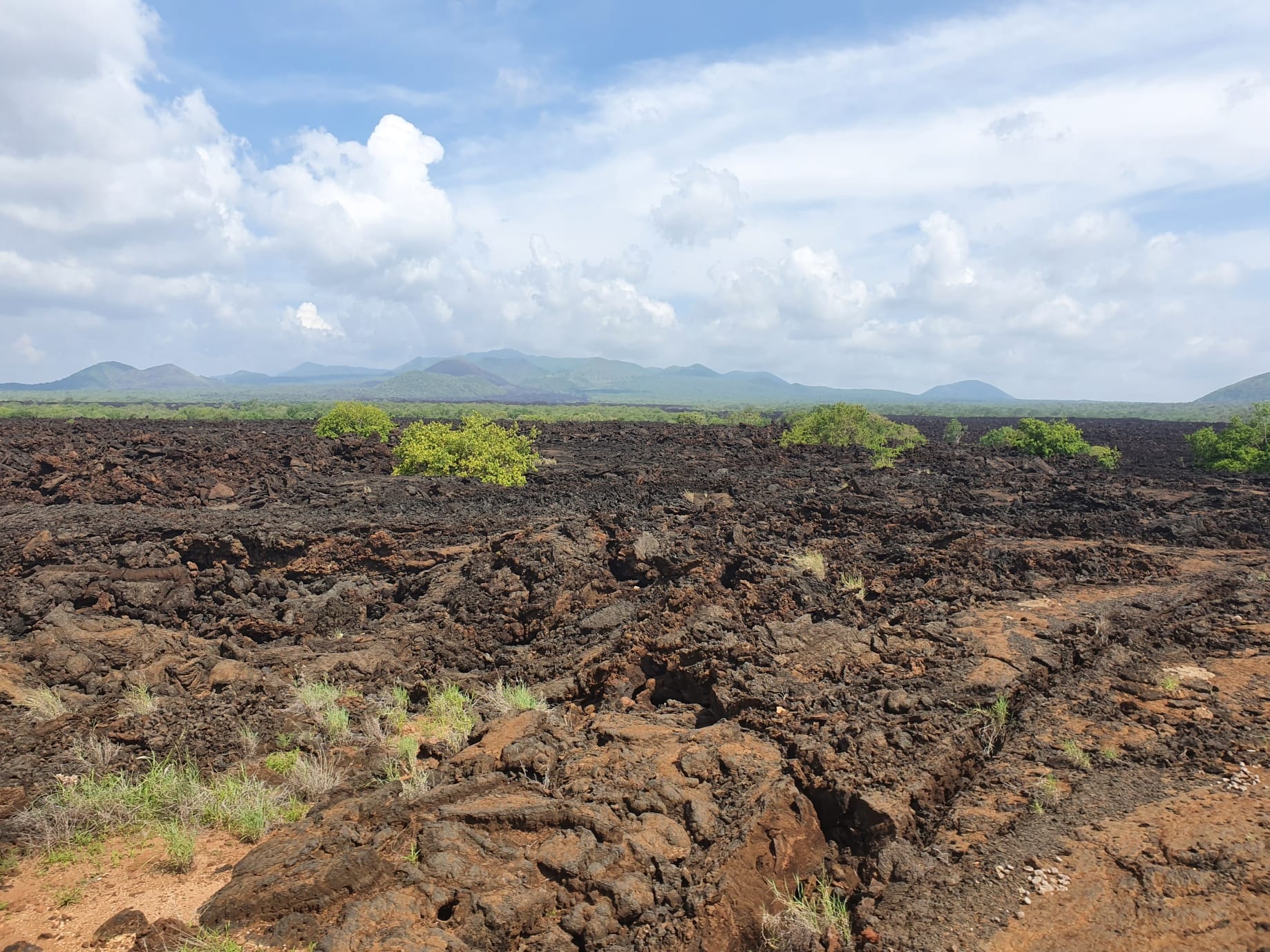
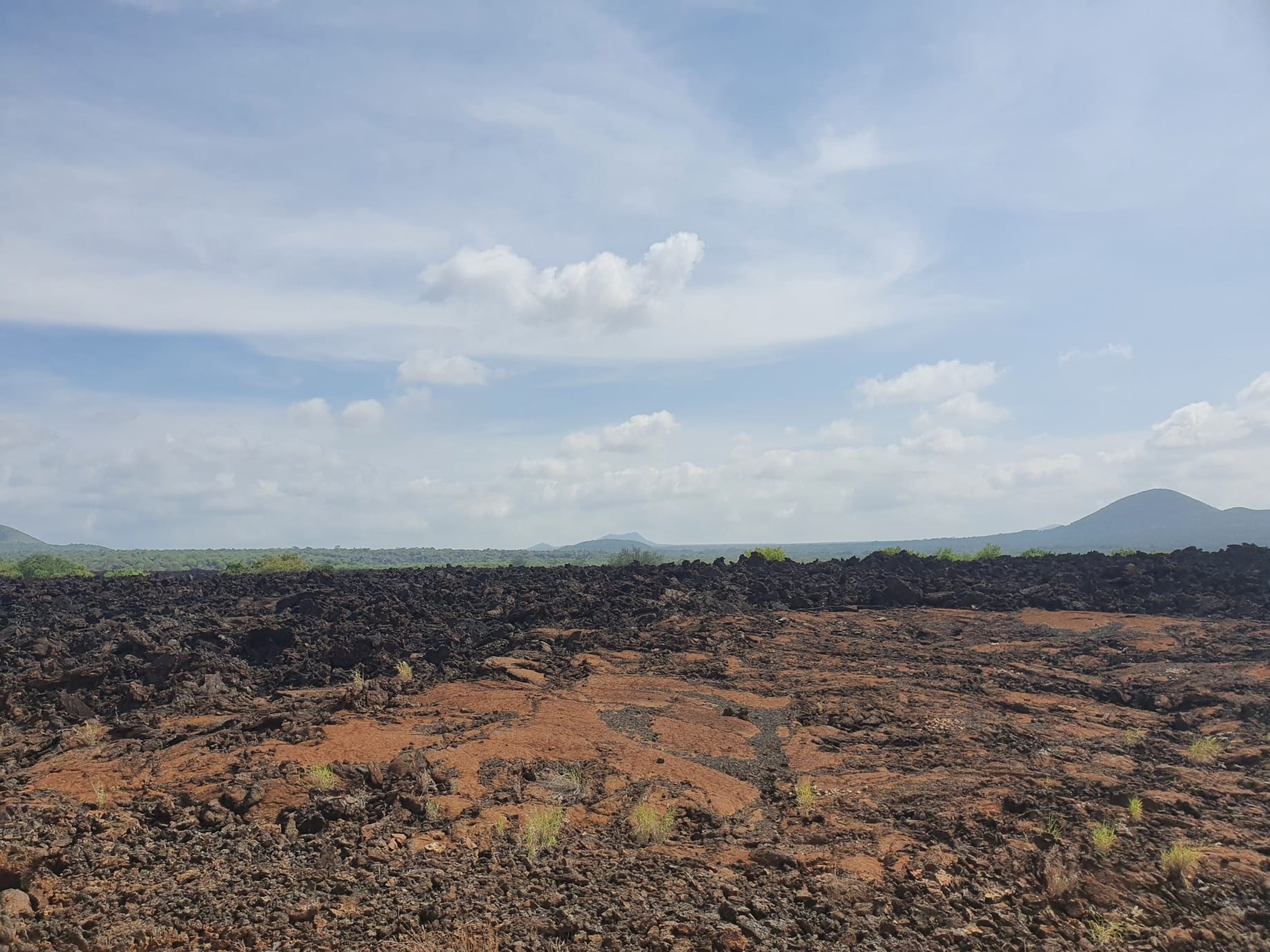
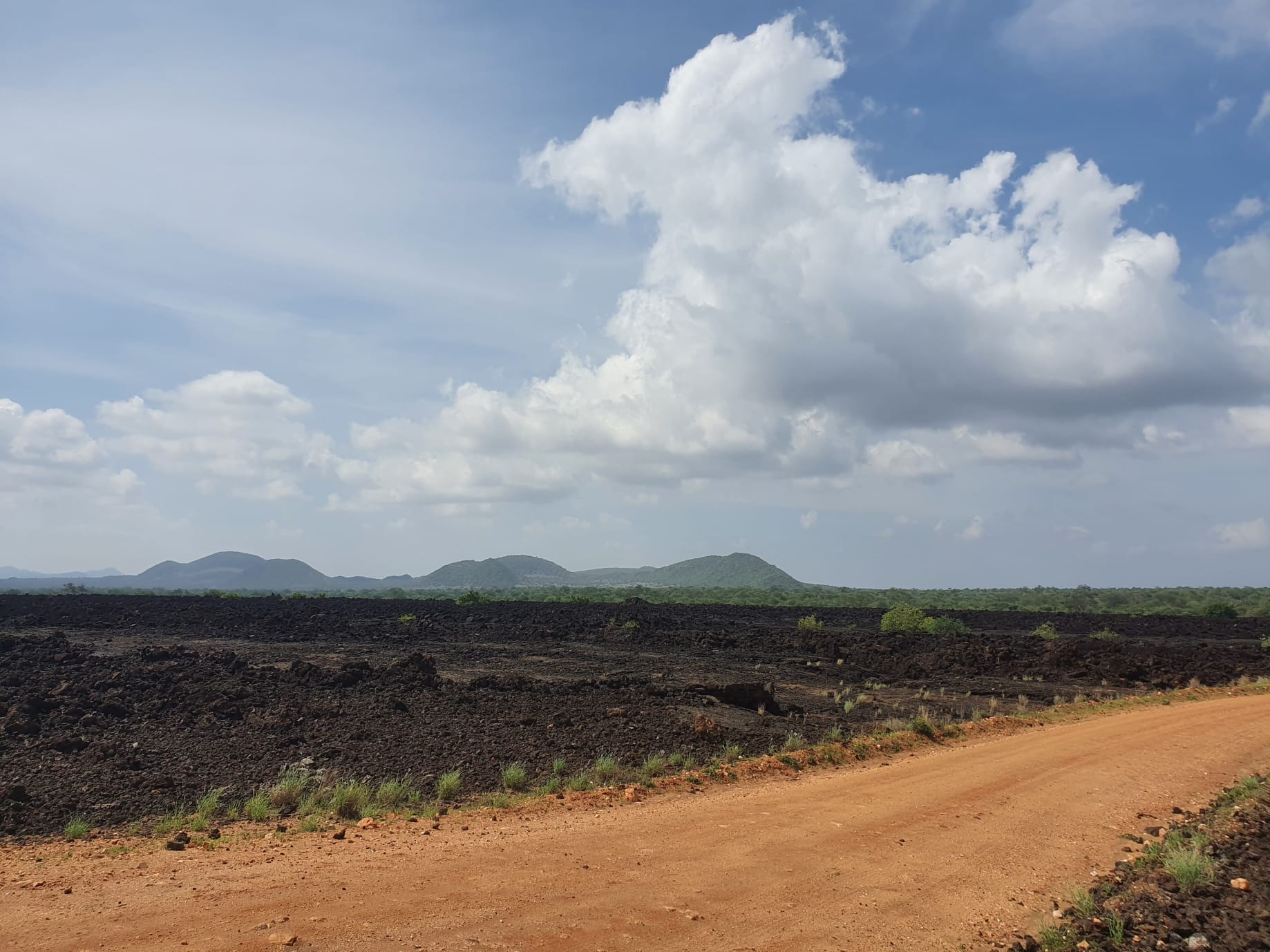
Amboseli National Park
Amboseli National Park is located in Loitokok District, Rift Valley Province of Kenya. The ecosystem is mainly savannah grassland spread across the Kenya-Tanzania border. The park is famous for being the best place in Africa to get close to free-ranging elephants, among other wildlife species. Other attractions of the park include opportunities to meet the Maasai and spectacular views of Mount Kilimanjaro, the highest free-standing mountain in the world.
The park stretches over the area of 392 square kilometers which is dominated by acacia woodland, rocky thorny bush, swamps marshland and a Pleistocene lake.
Amboseli national park is a home to a large concentration of wildlife estimated to be 80 different species including African elephant, African buffalo, impalas, lion, zebra, and wildebeest among other African animals, among the animals the park is more famous for habiting a large population of elephants. Amboseli park is also a home to a number of birds estimated to be 400 species which include African swamp hen, Common redshank, Dickinson’s kestrel, Eurasian thick-knee, Greater flamingo, Hartlaub’s bustard, Lesser flamingo, Long-toed lapwing, Pangani longclaw, Rufous chatterer, Rufous-bellied heron, Spike-heeled lark, Steel-blue whydah, Taveta golden weaver, Von der Decken’s hornbill, Yellow-necked spurfowl and many more.
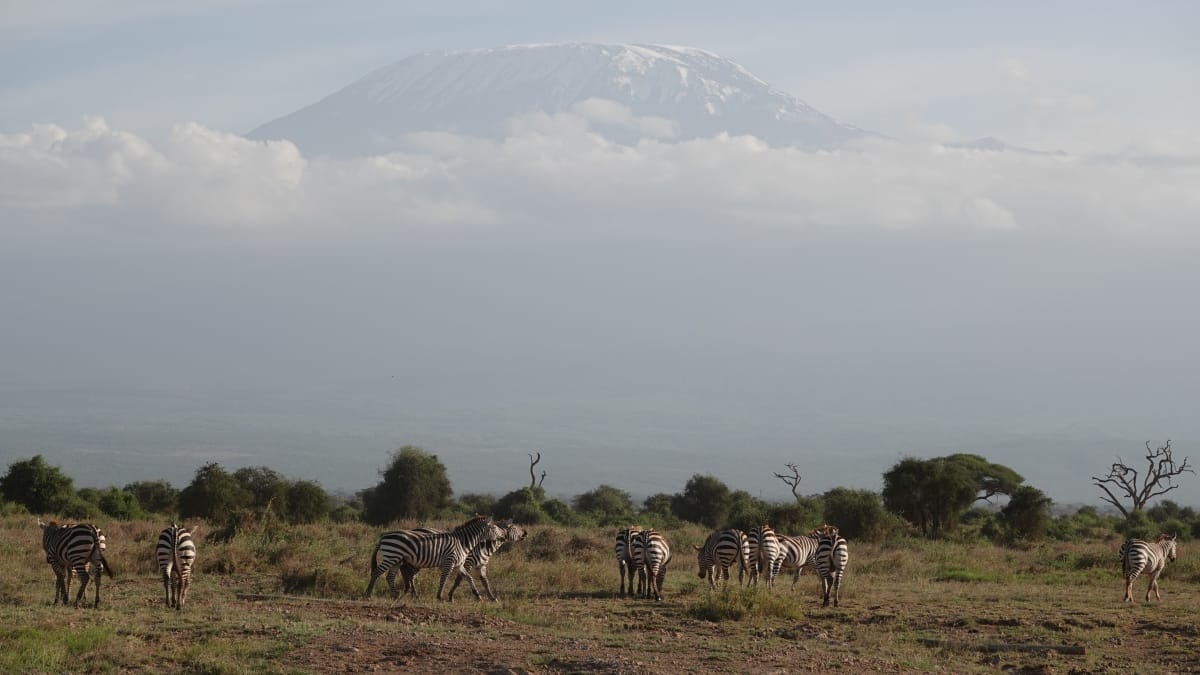
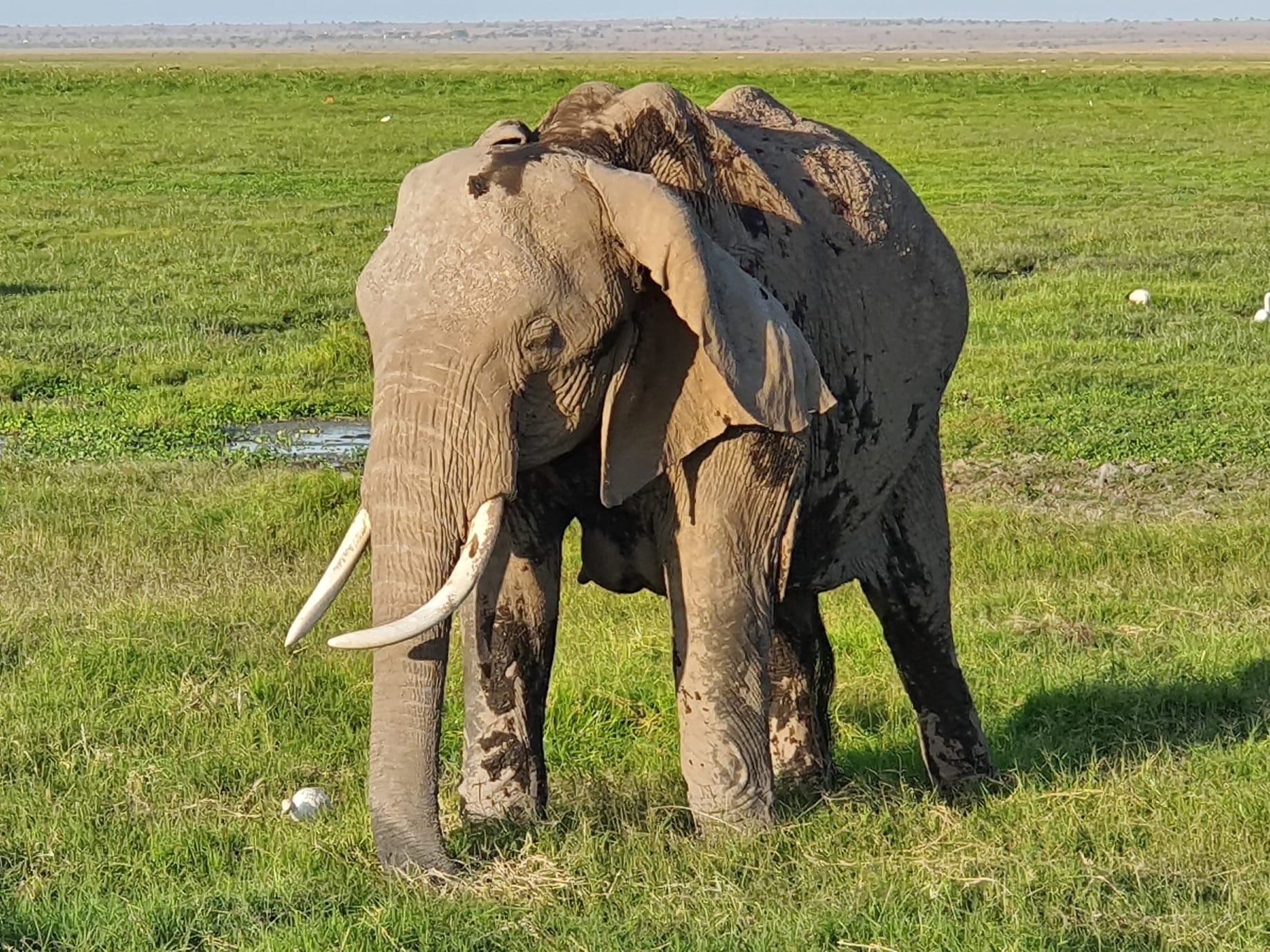
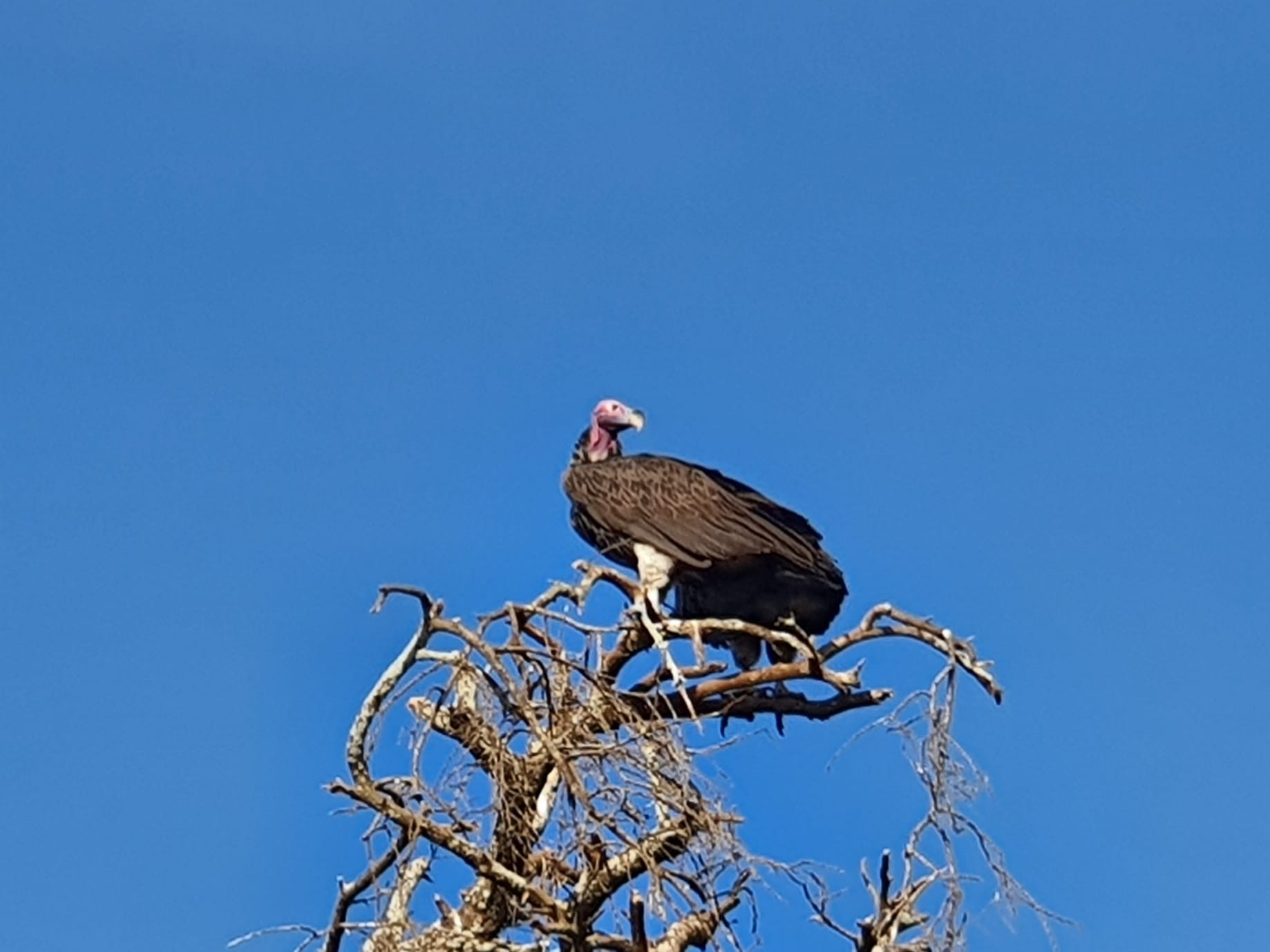
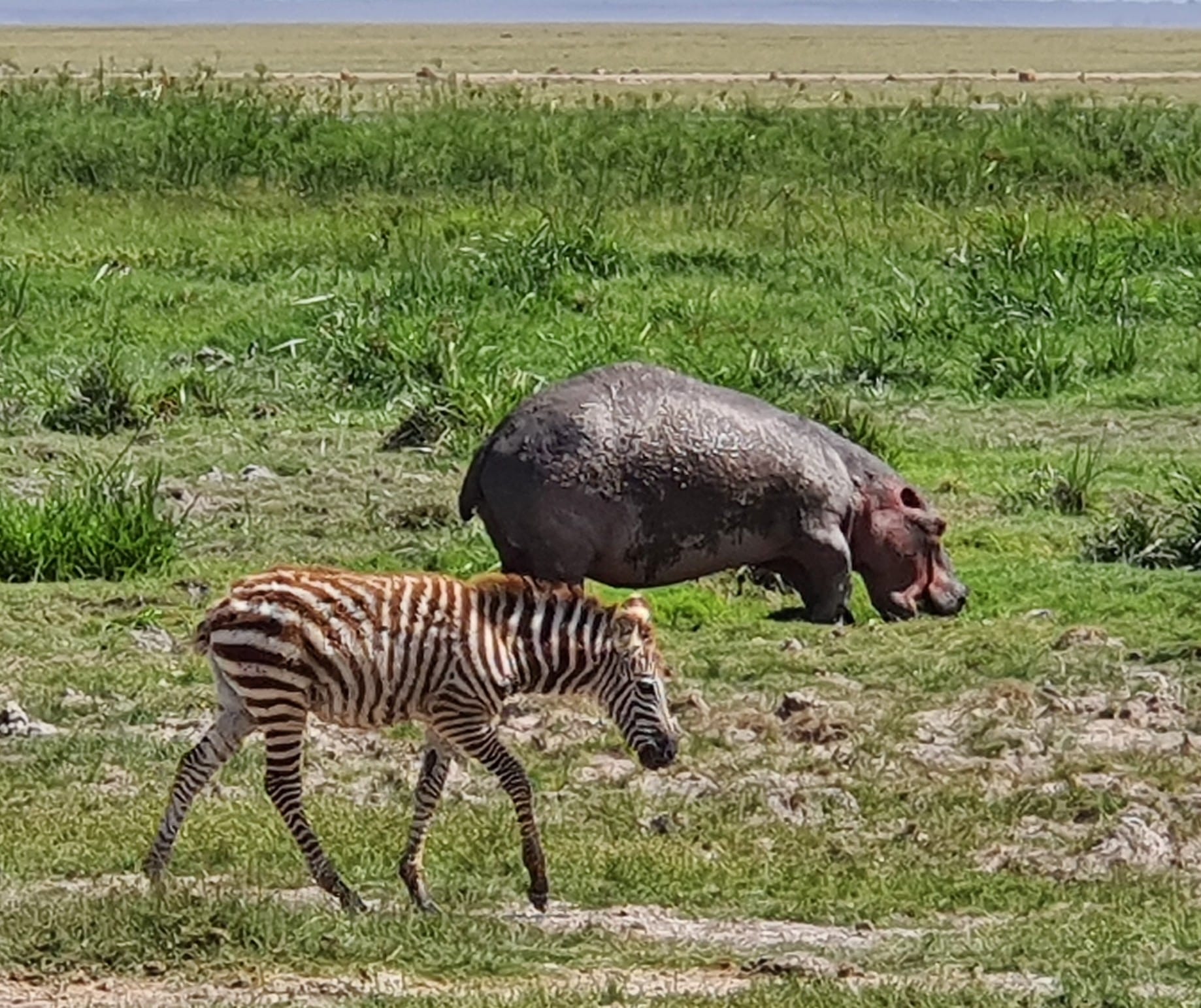
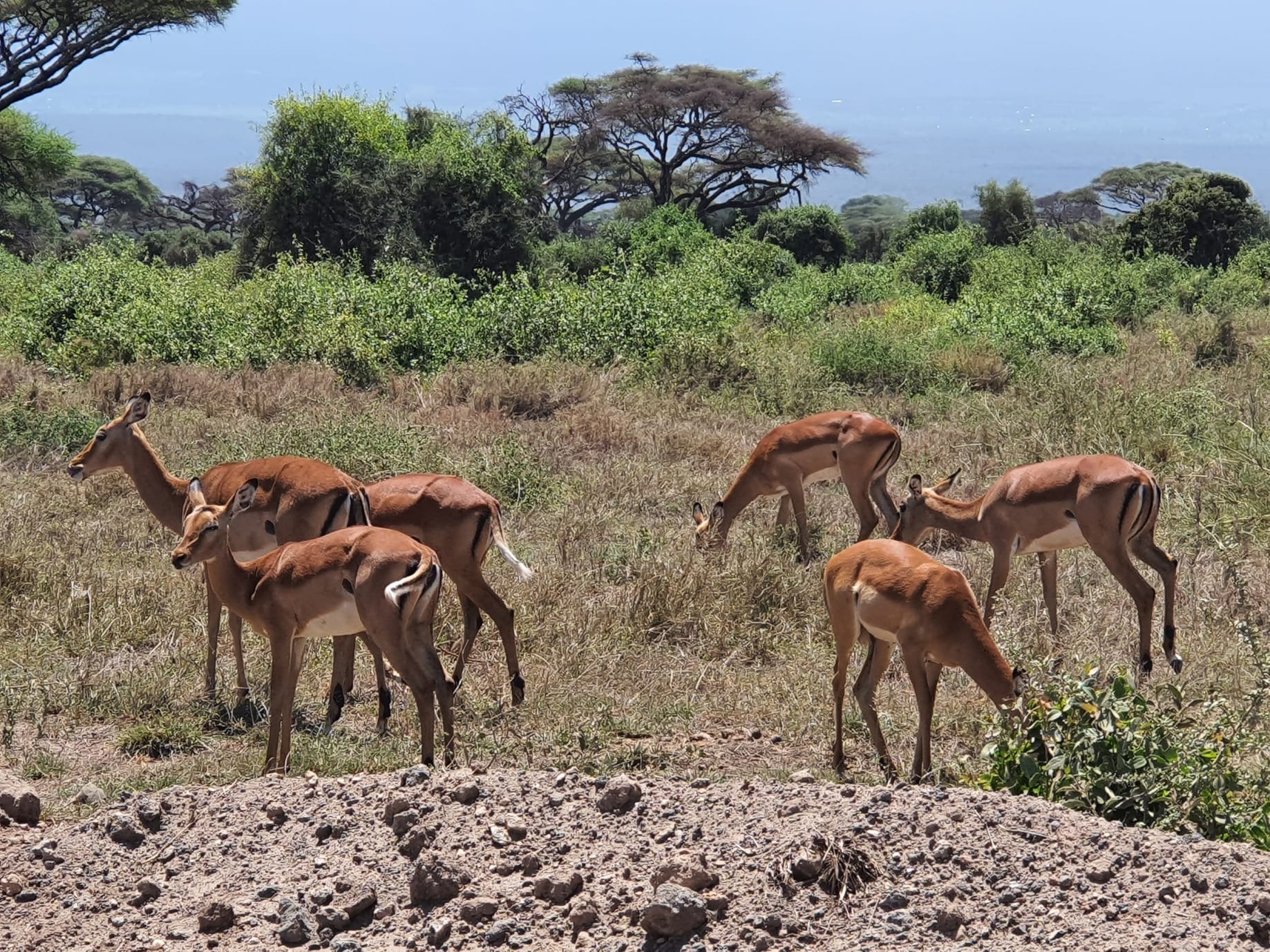
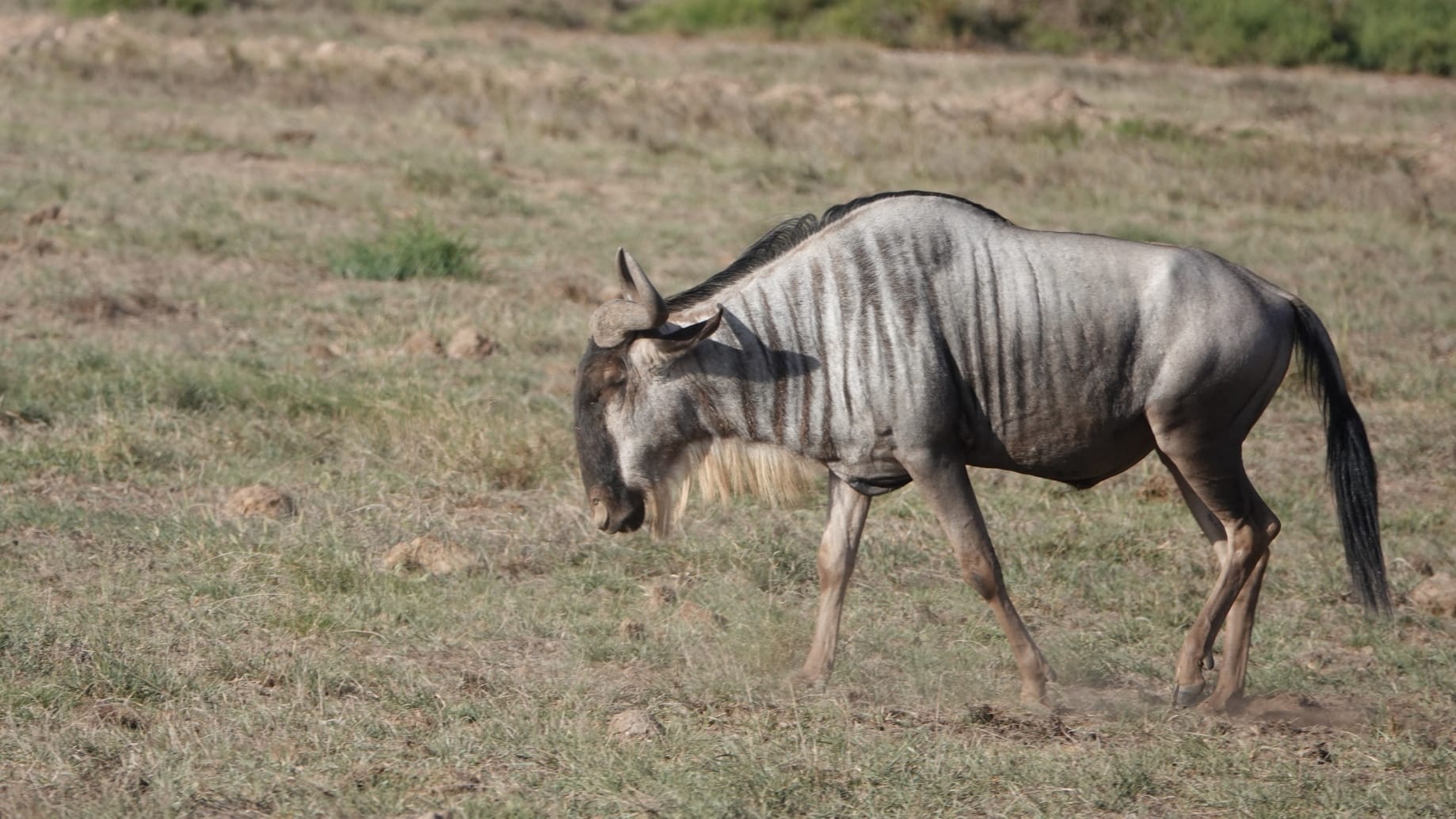
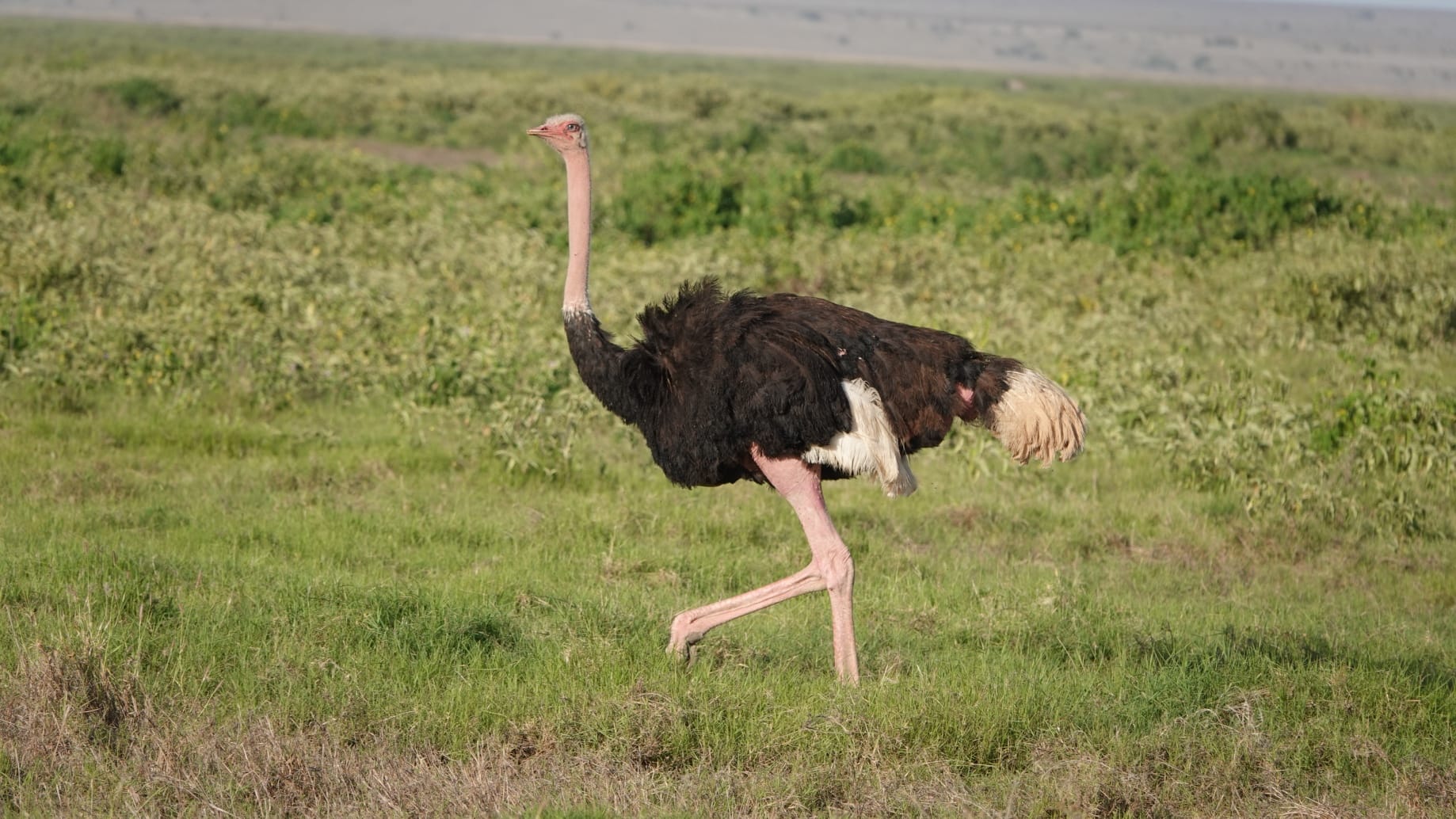
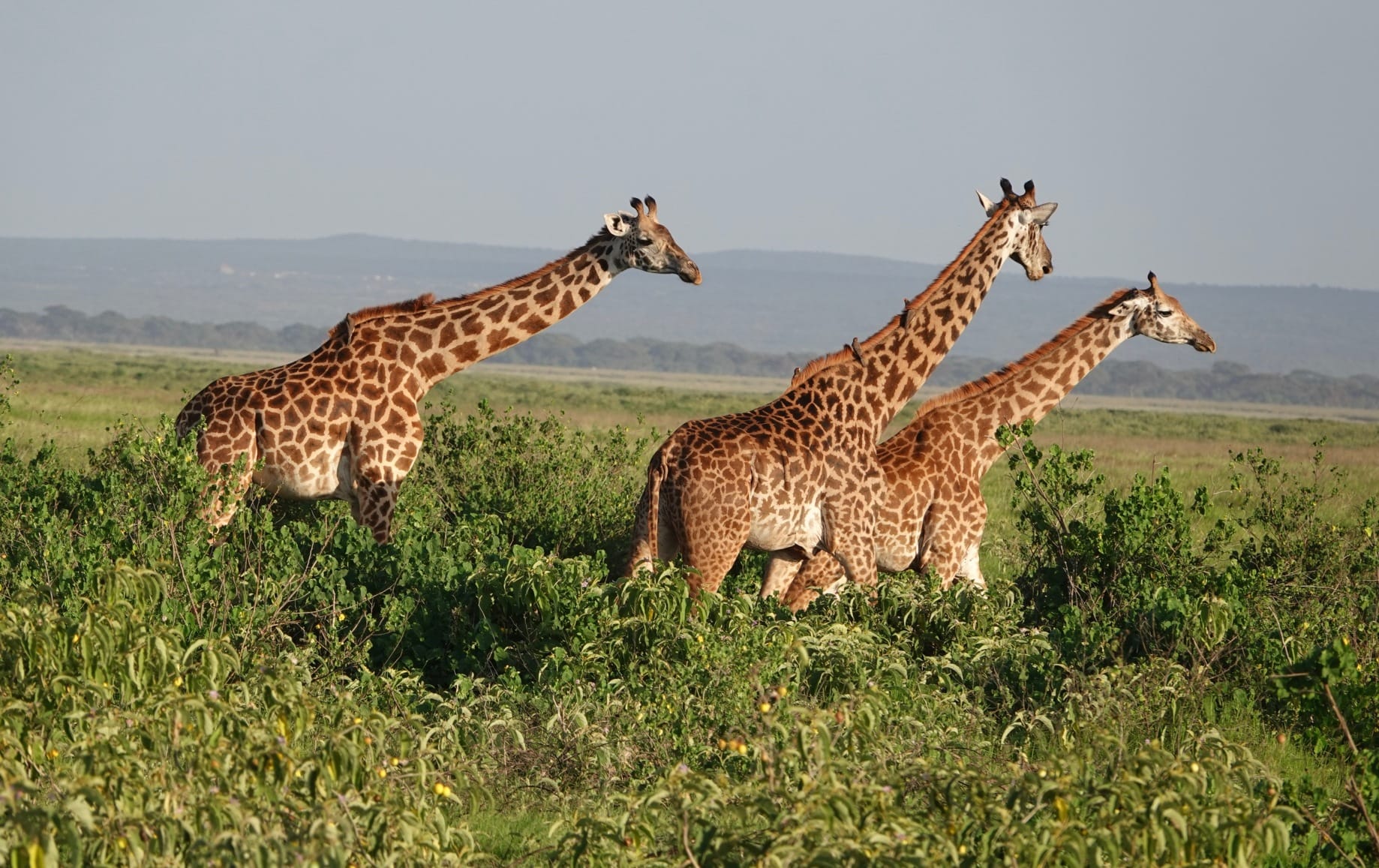
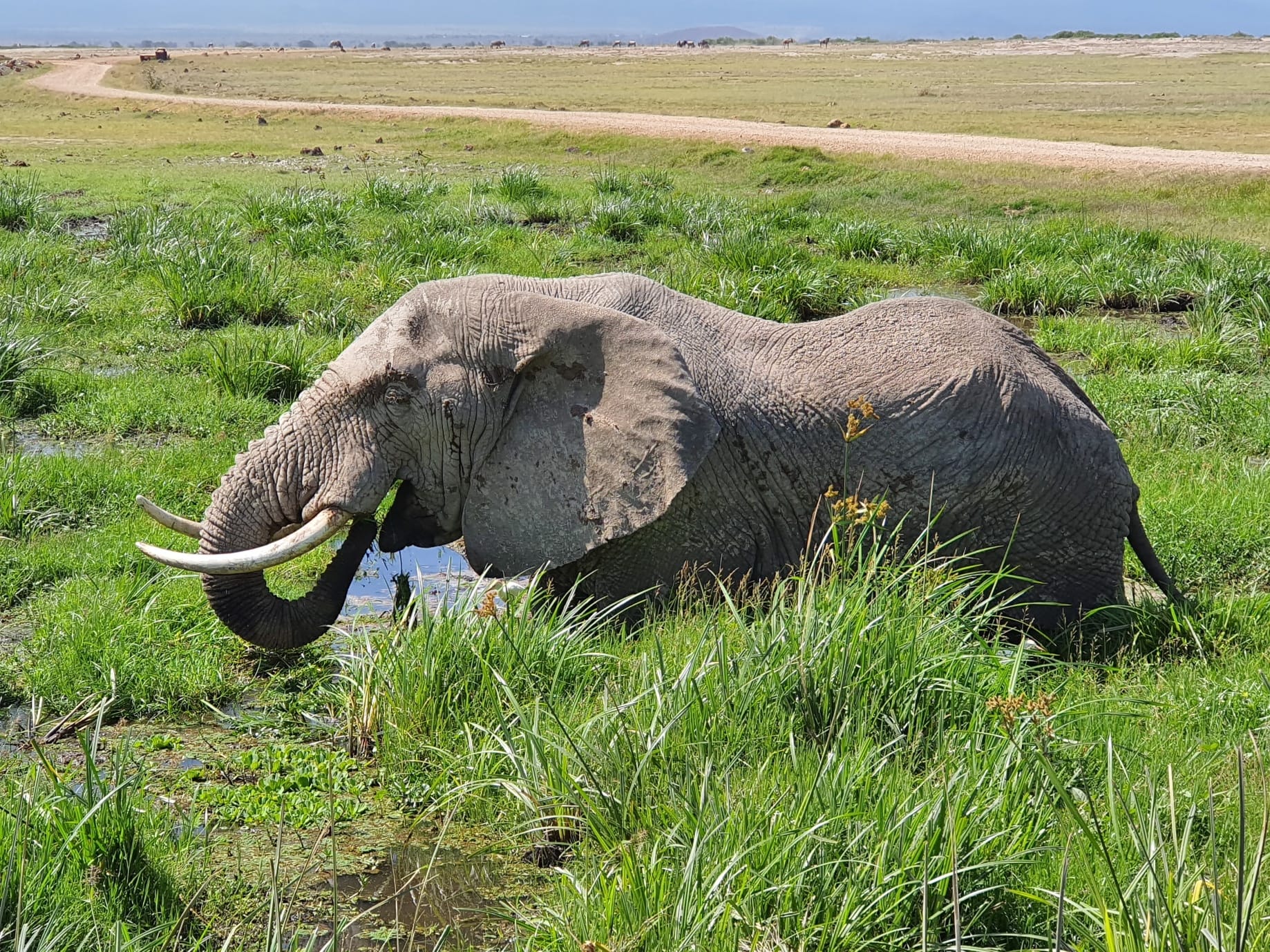
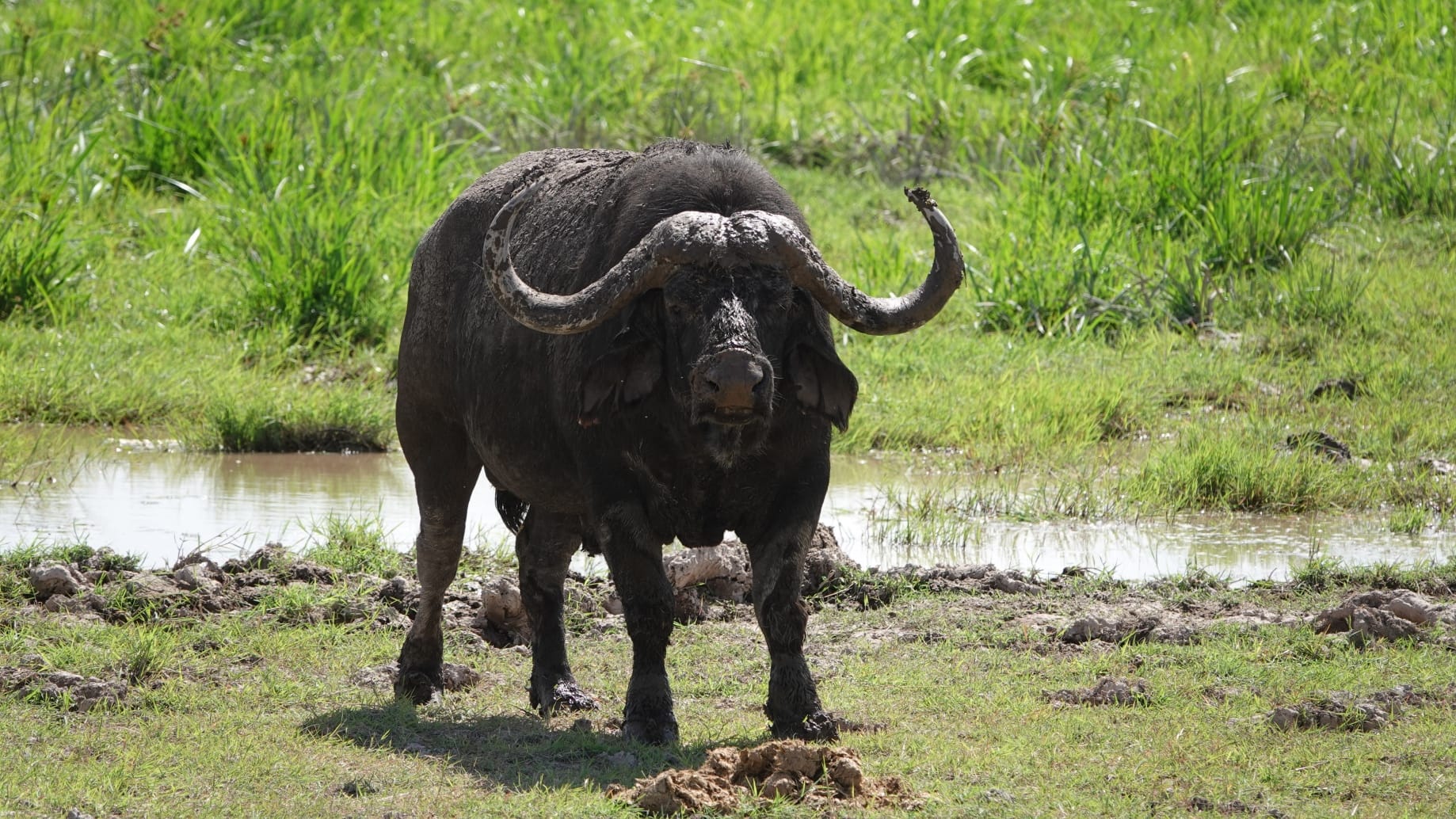
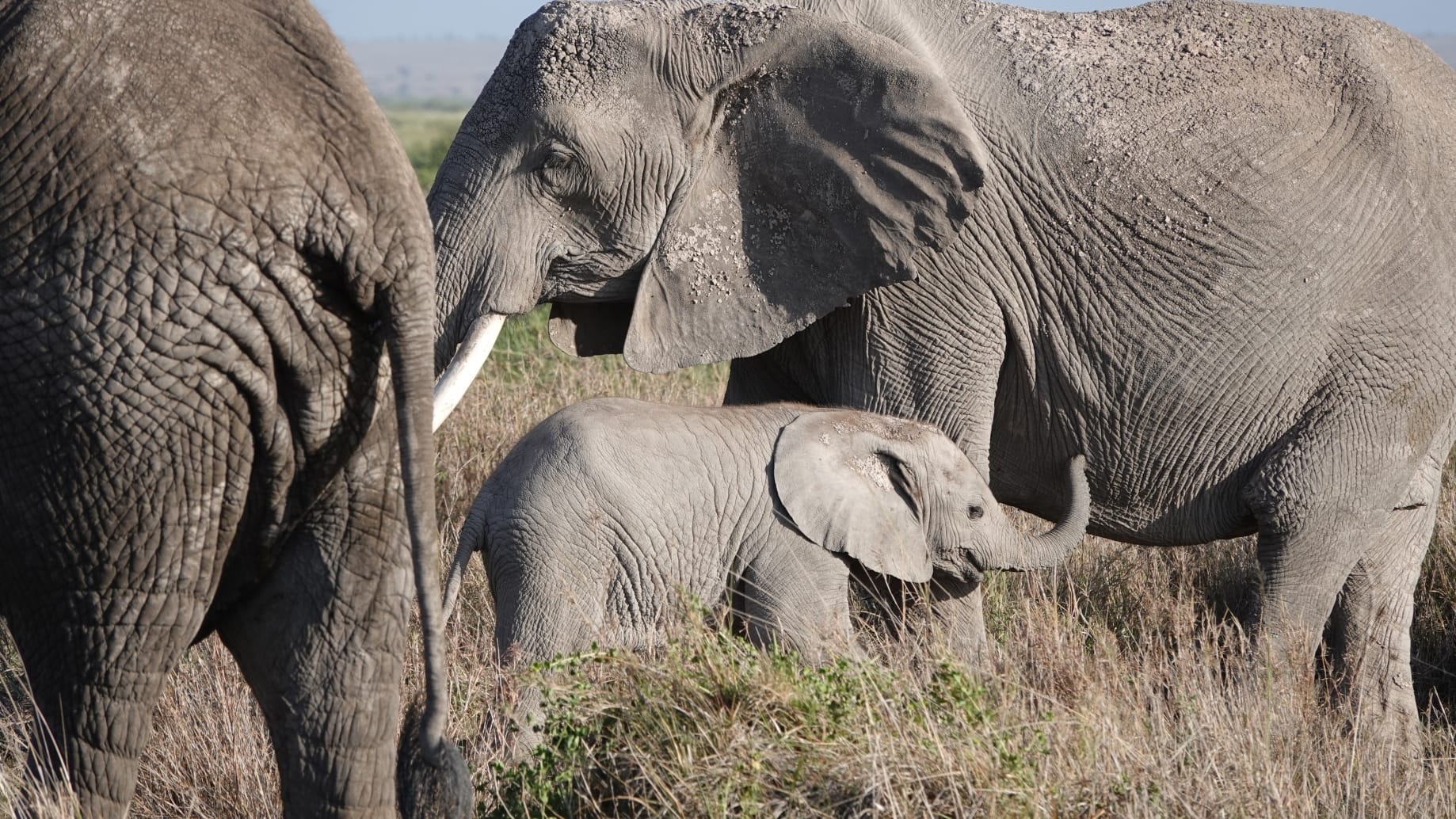
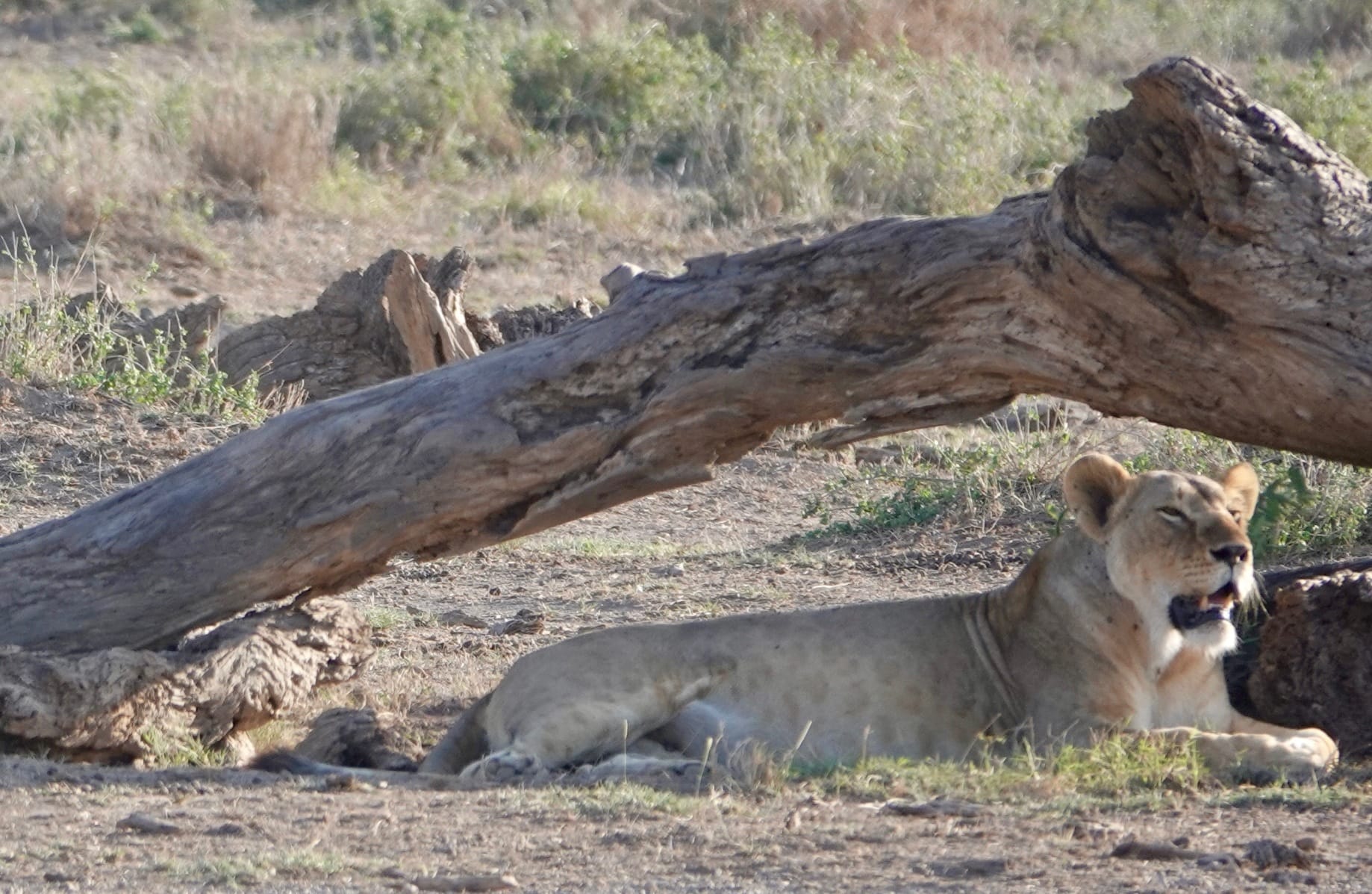
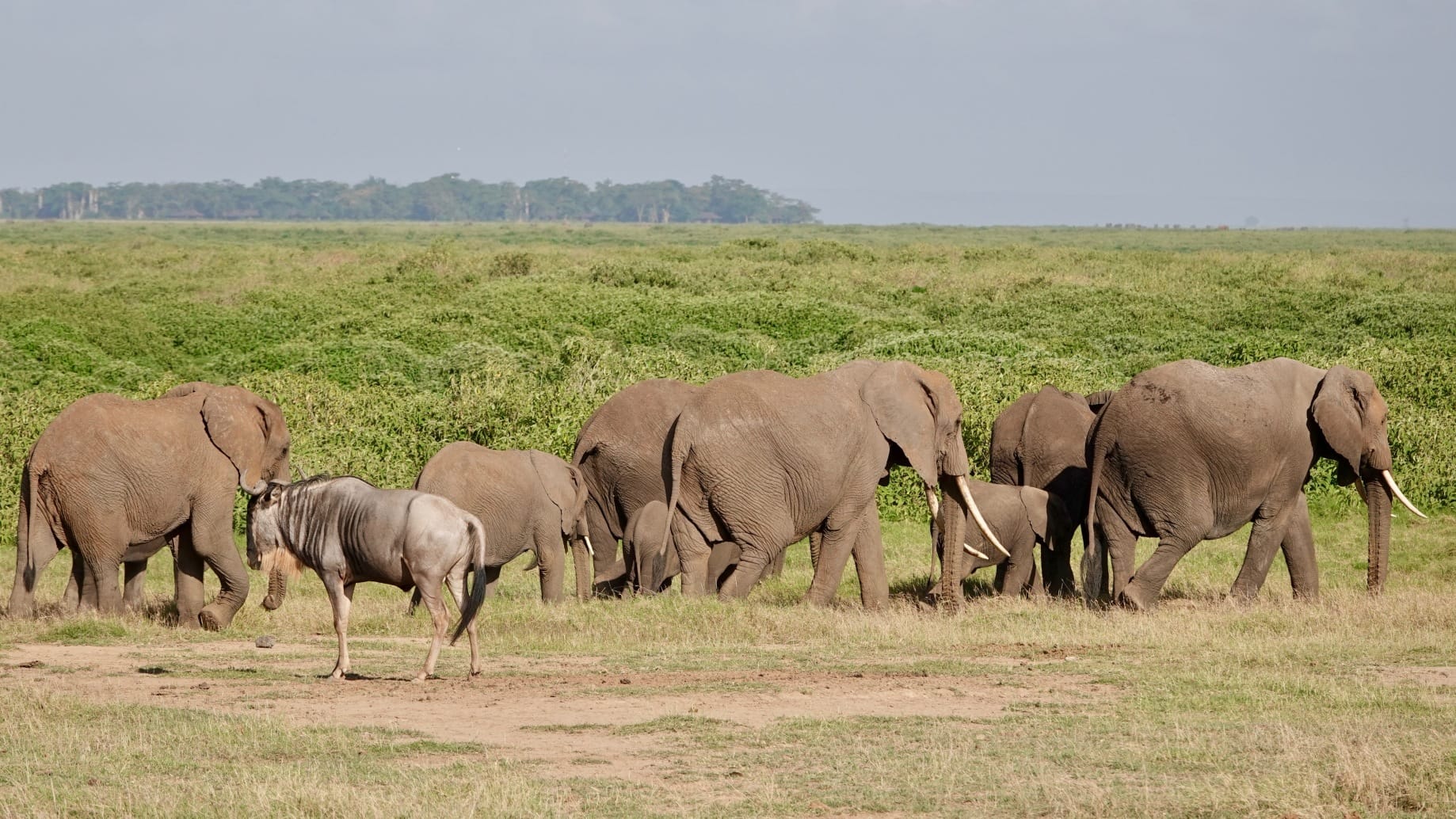
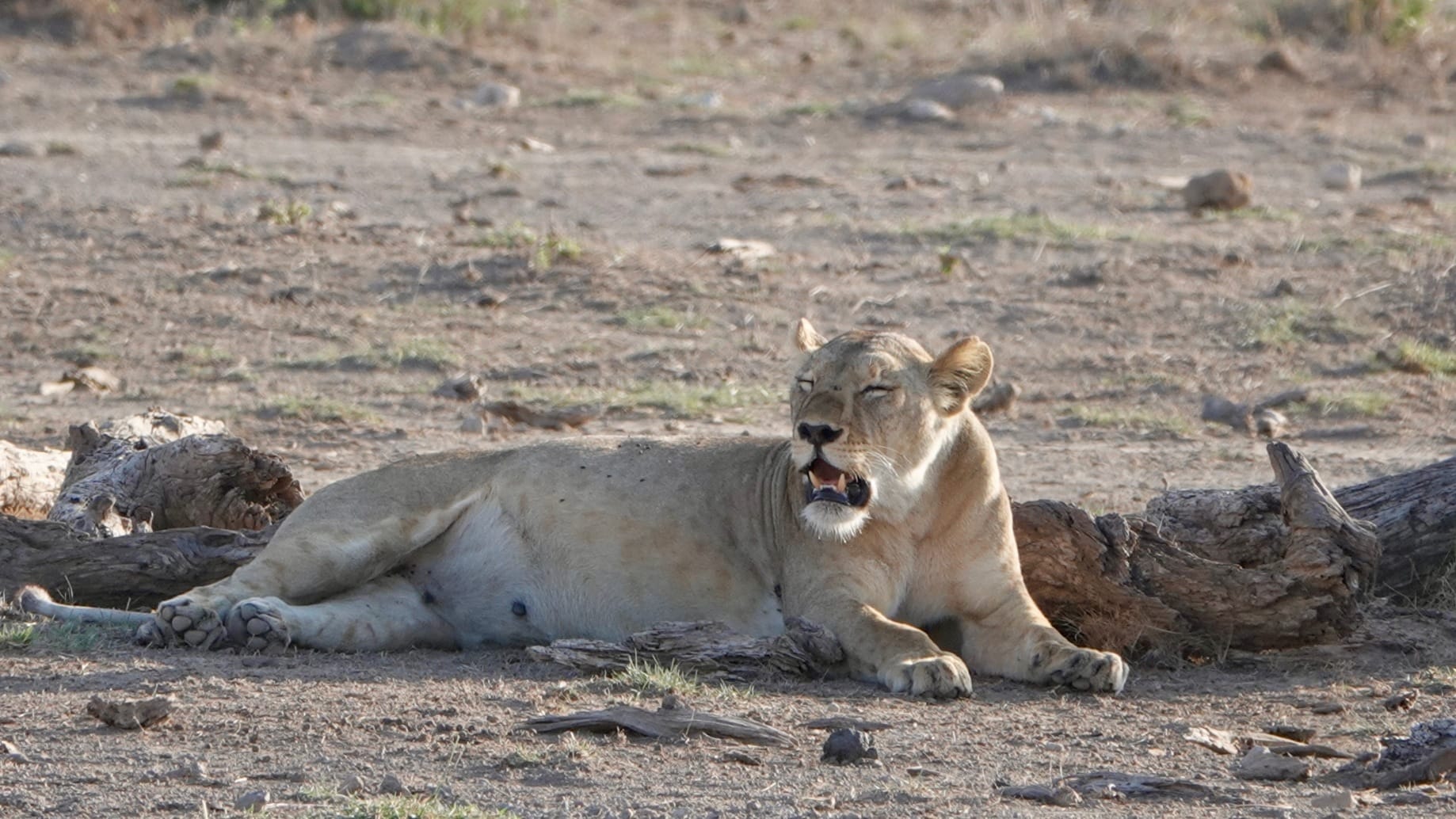
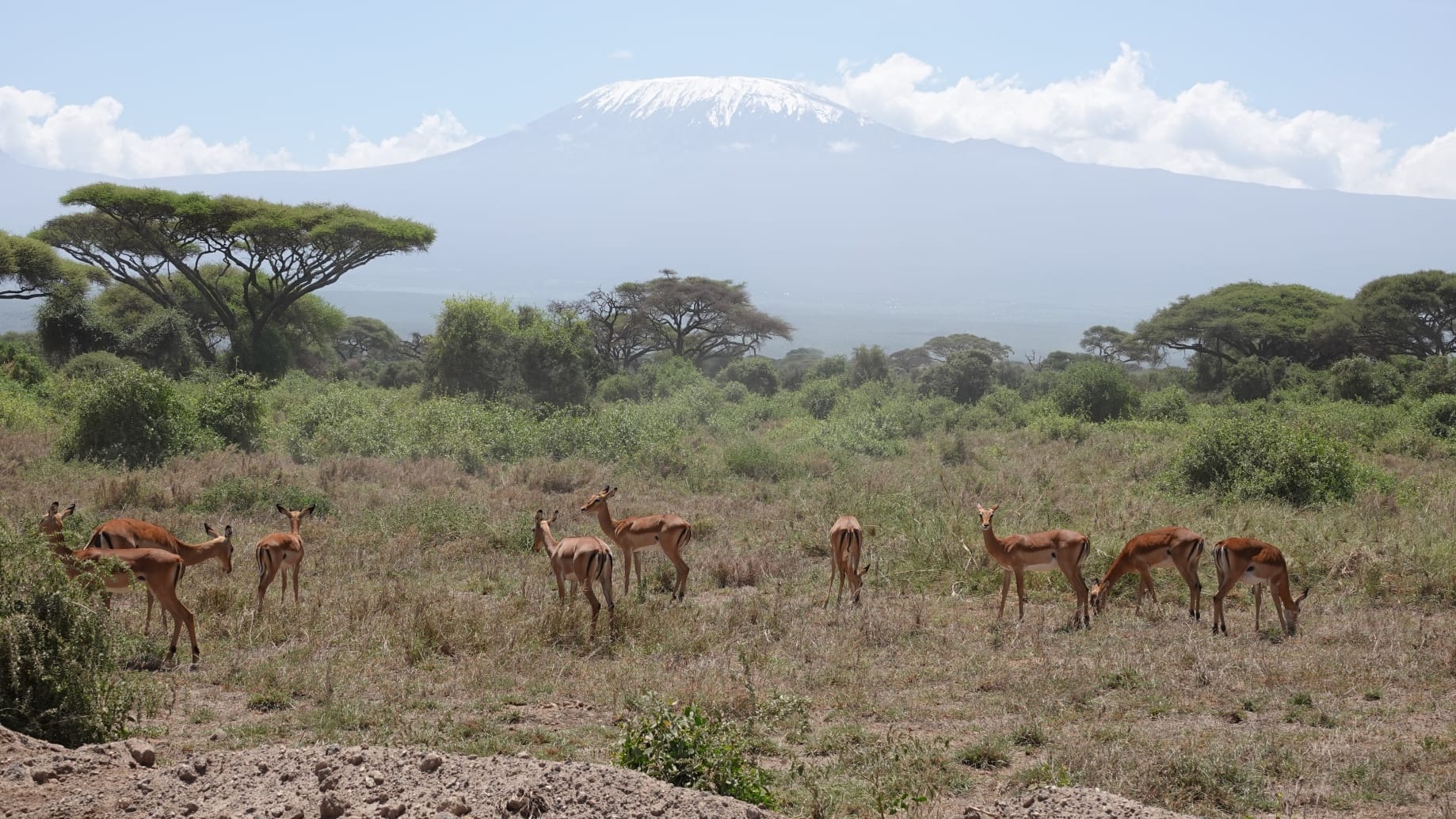
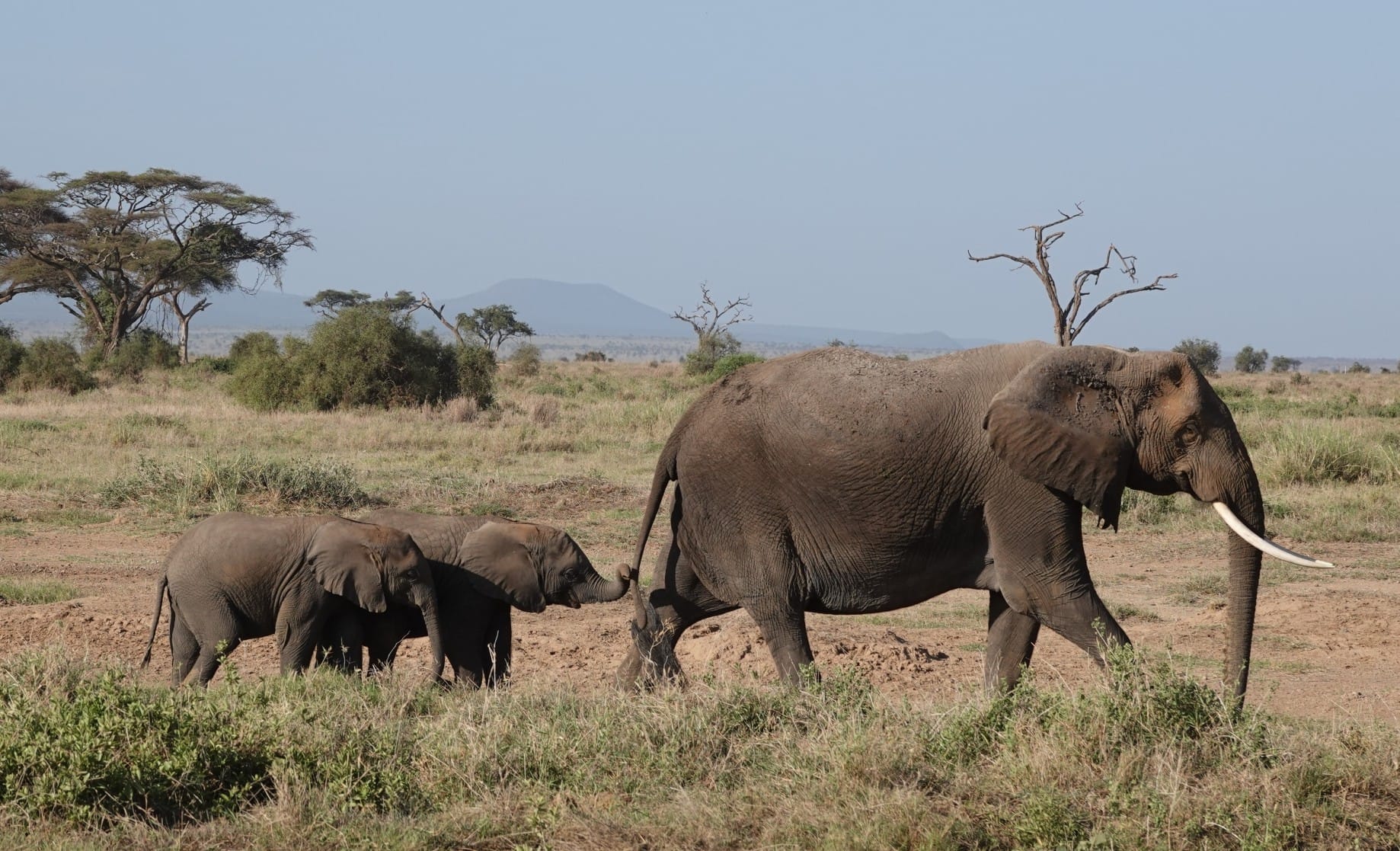
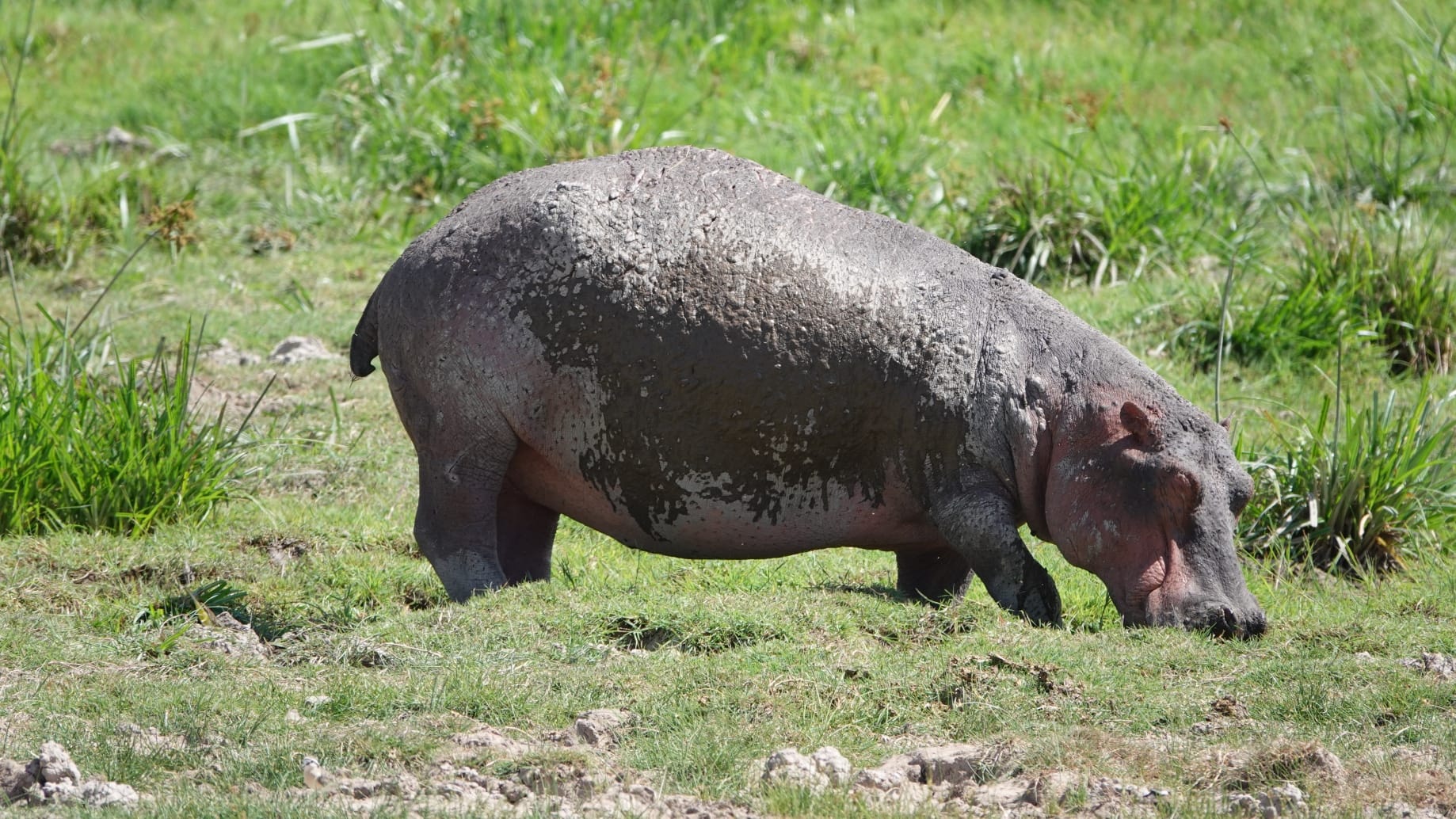
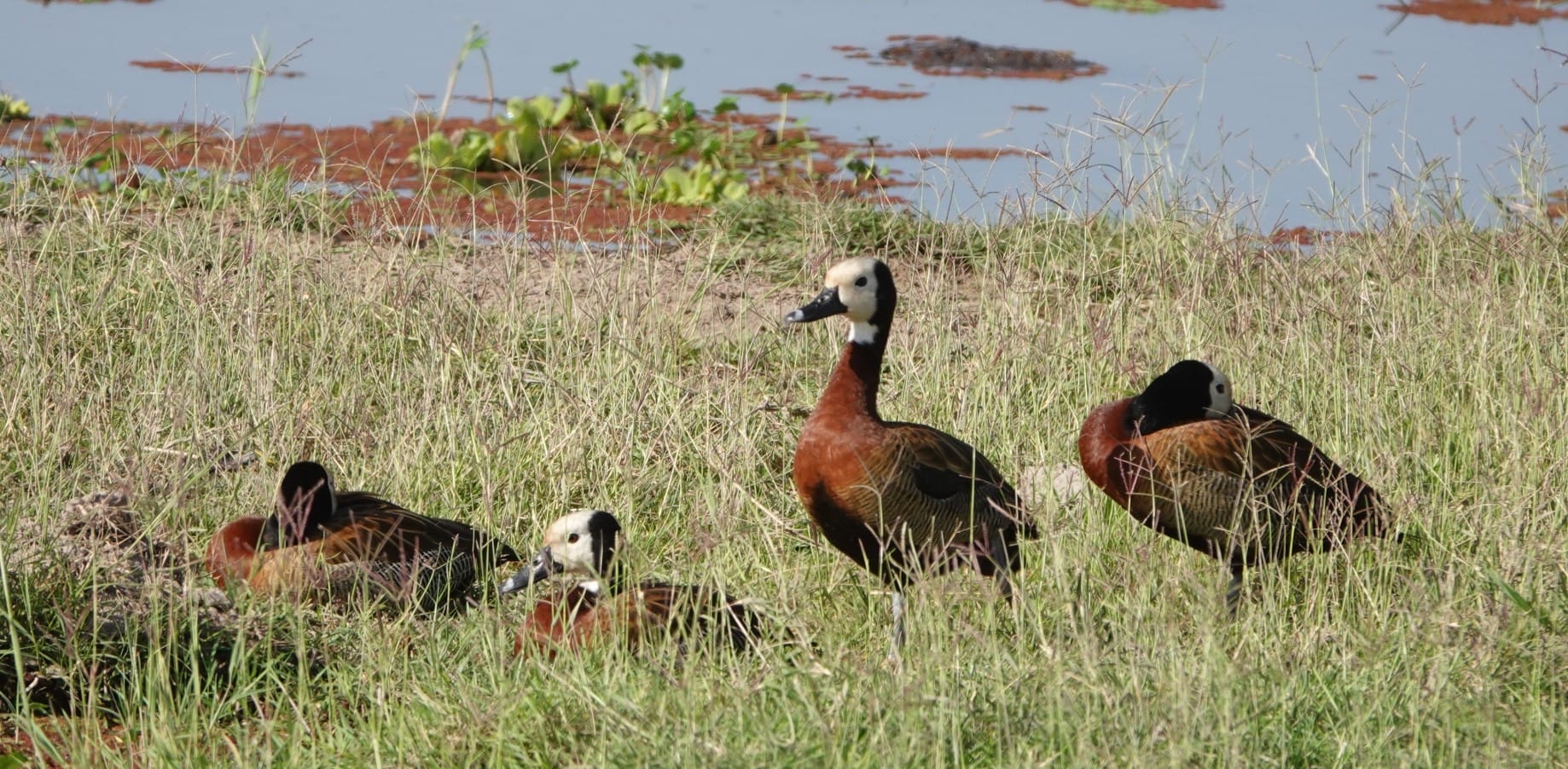
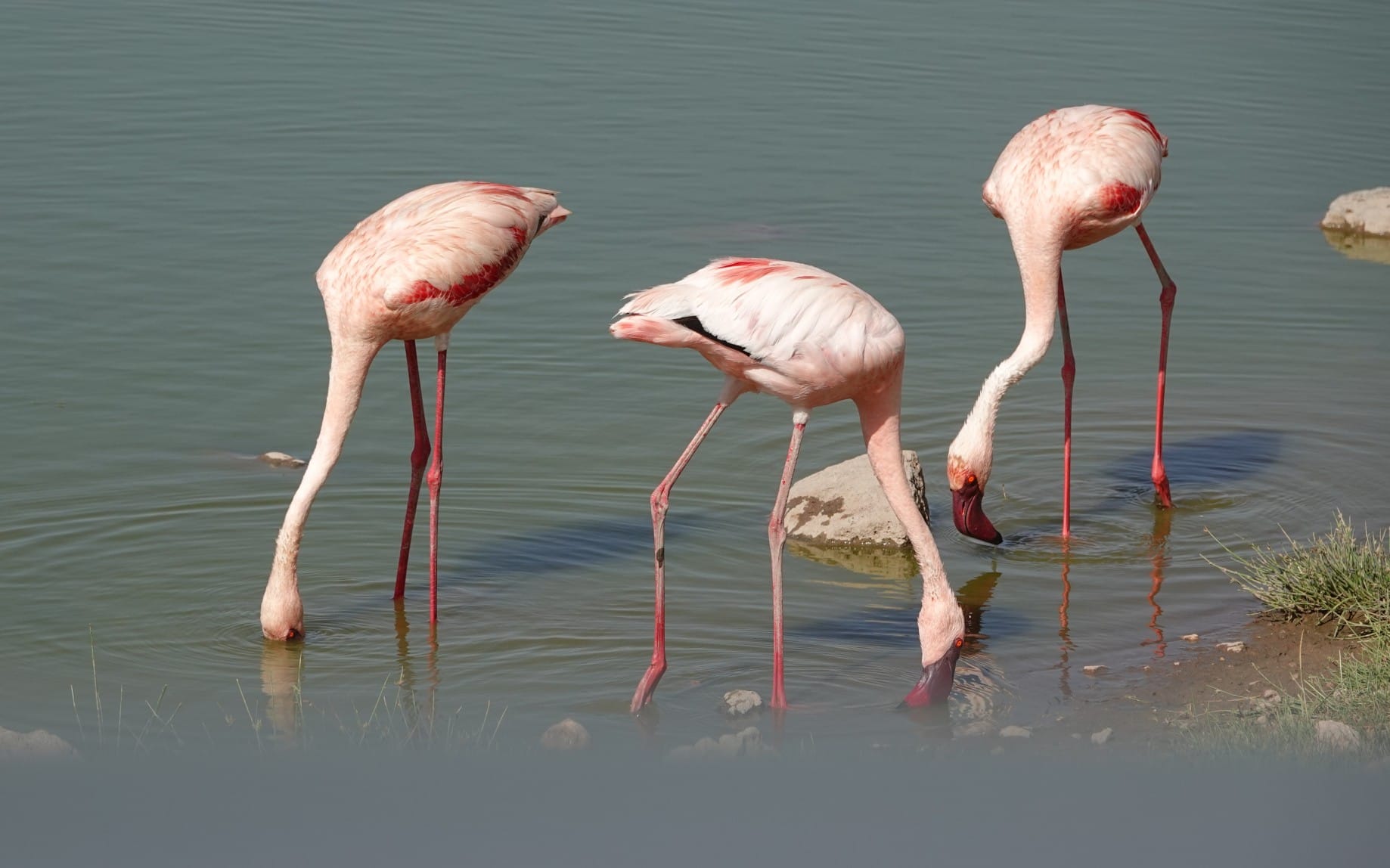
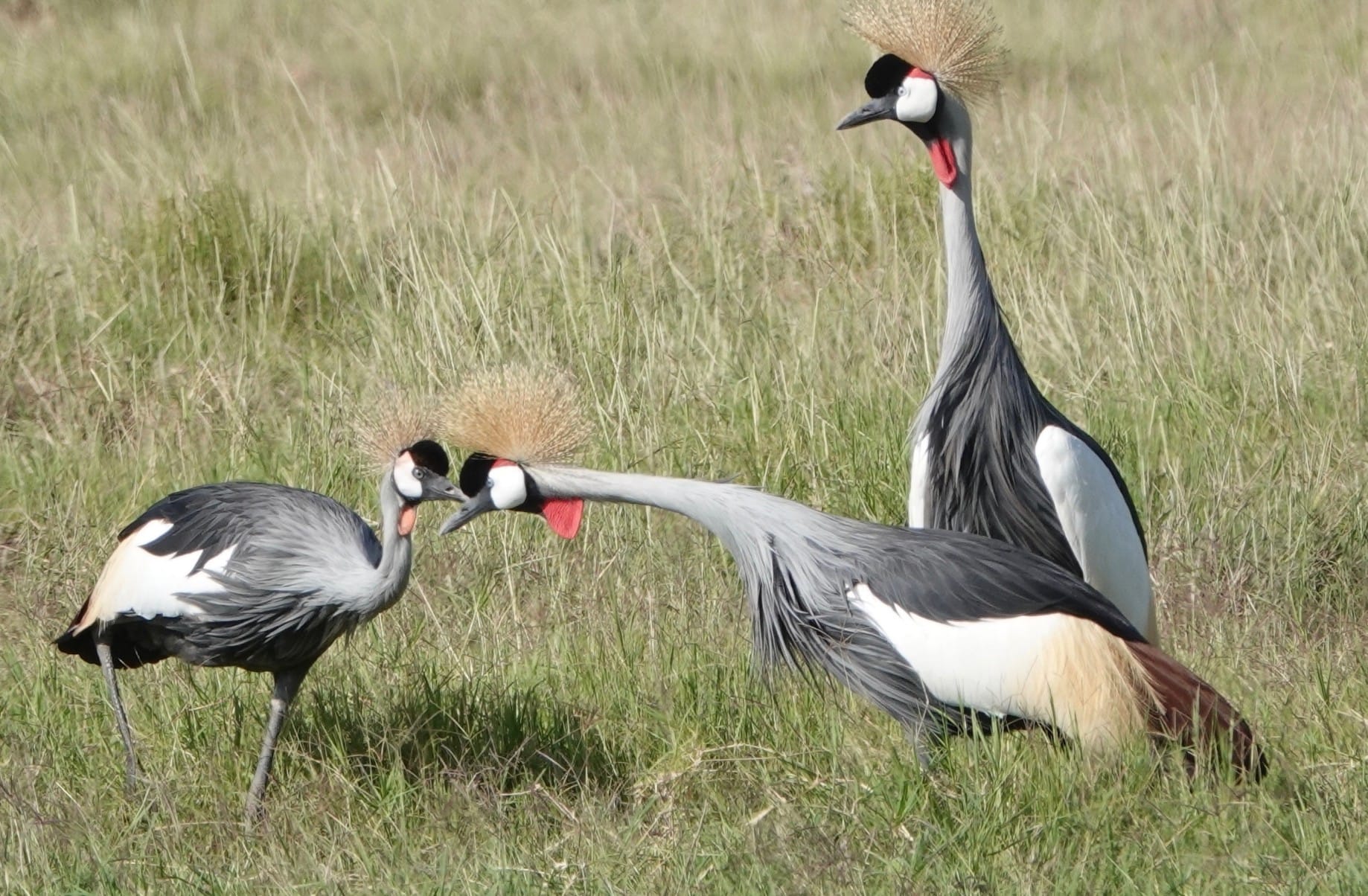
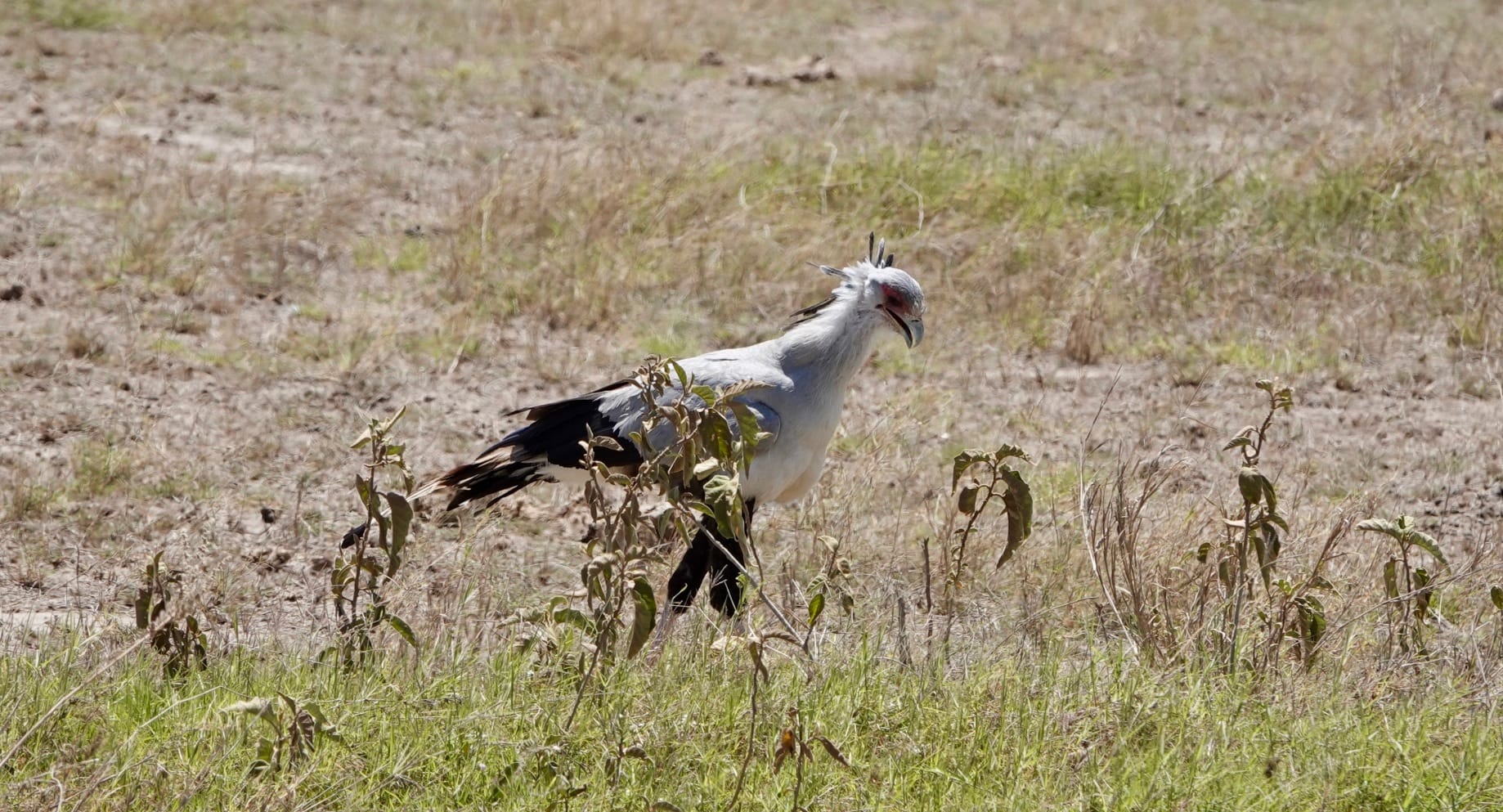
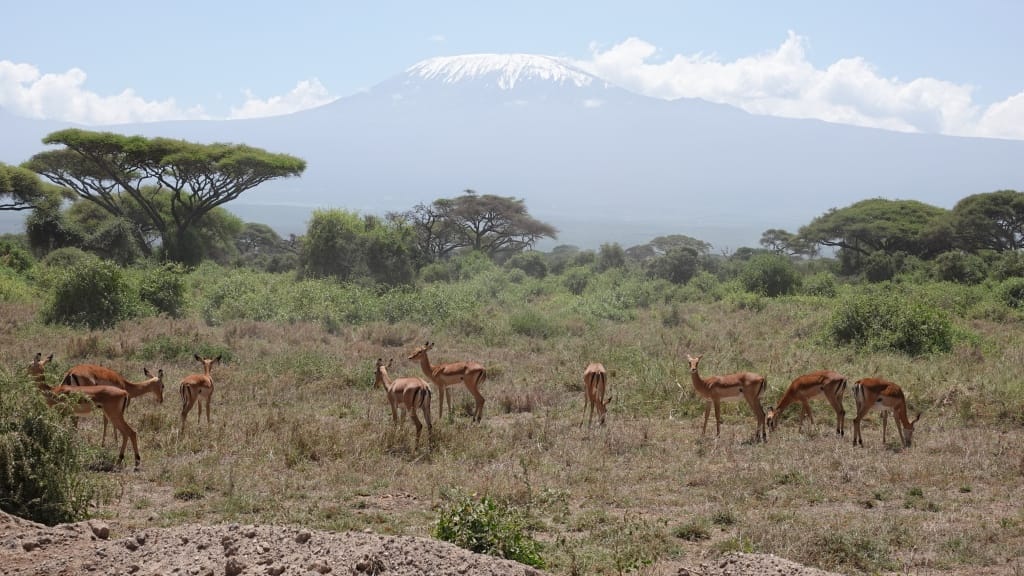
African bush elephant (Loxodonta africana), Masai giraffe (Giraffa tippelskirchi), East African cheetah (Acinonyx jubatus jubatus),
AA Lodge Amboseli
We had AA Lodge Amboseli booked, and it was the best lodge and the cheapest option—tents have everything you need inside. I had read reviews beforehand—please note that it is a camp near the national park, surrounded by nature and wild animals—so you can’t expect Wi-Fi in the tents or 24-hour power. Wi-Fi is only available in the reception area, and we had no power during the night. The food was amazing! For vegans, there were plenty of vegetables and fruits. The staff—Maasai people—were very nice and warm.
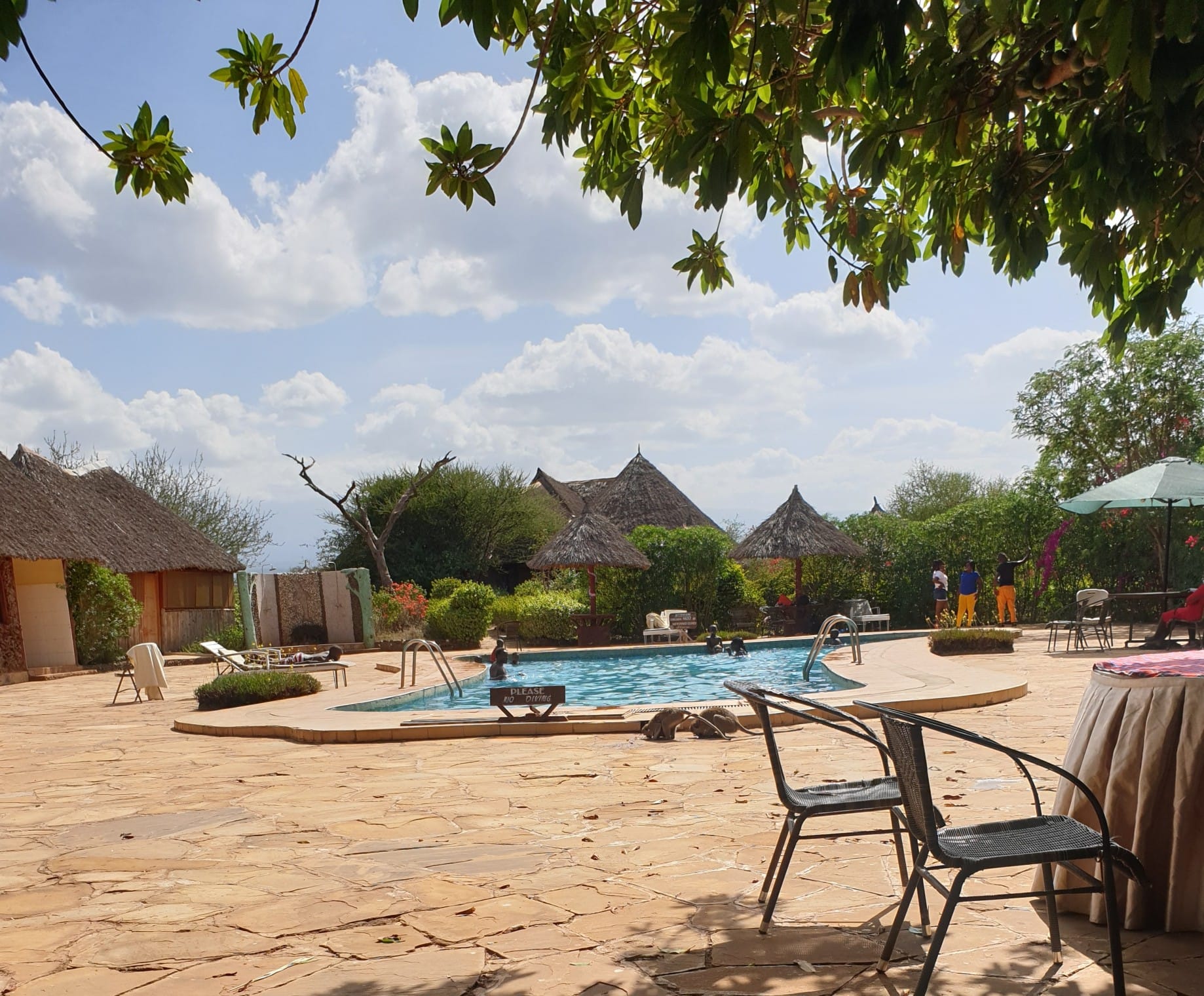
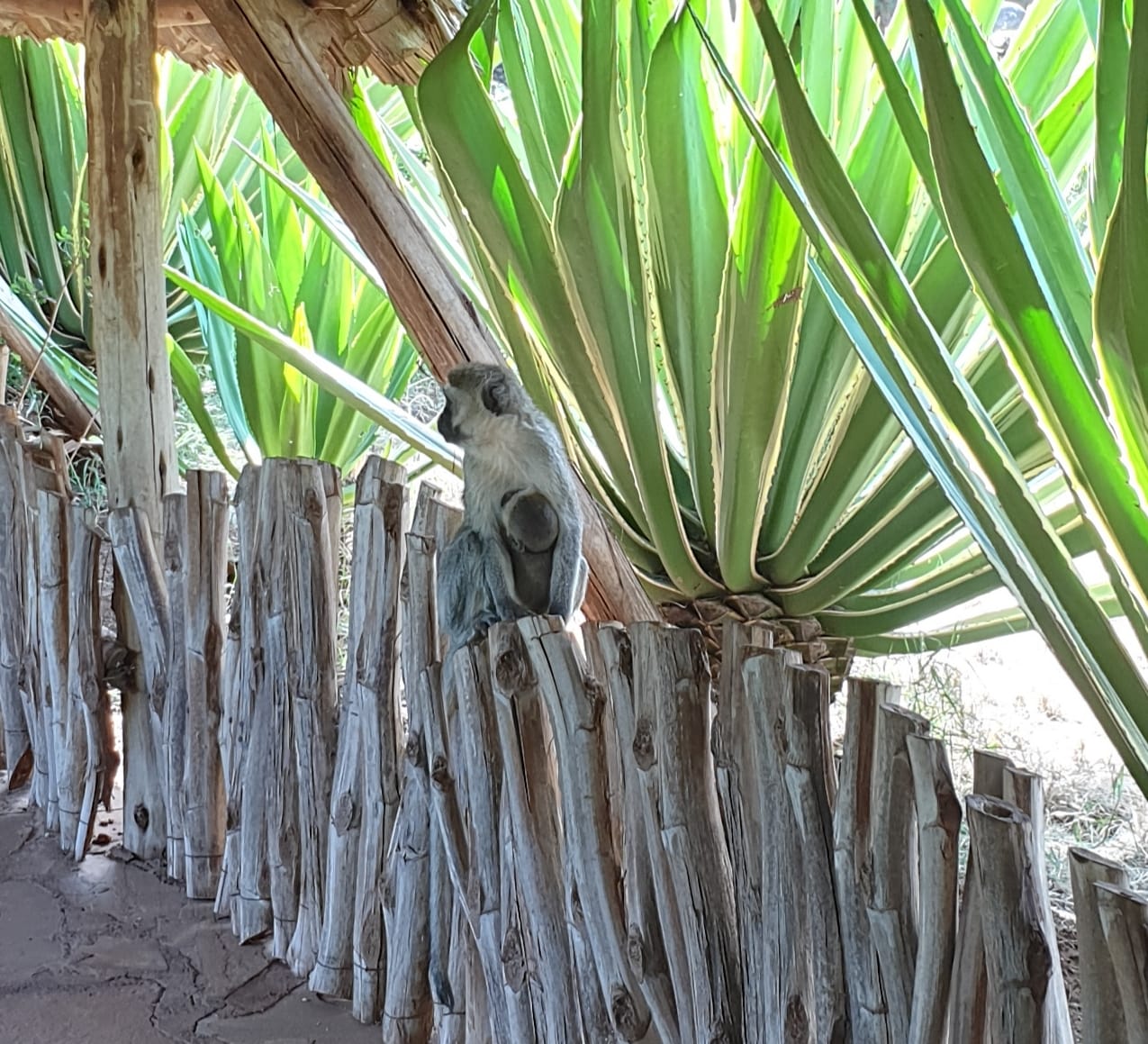
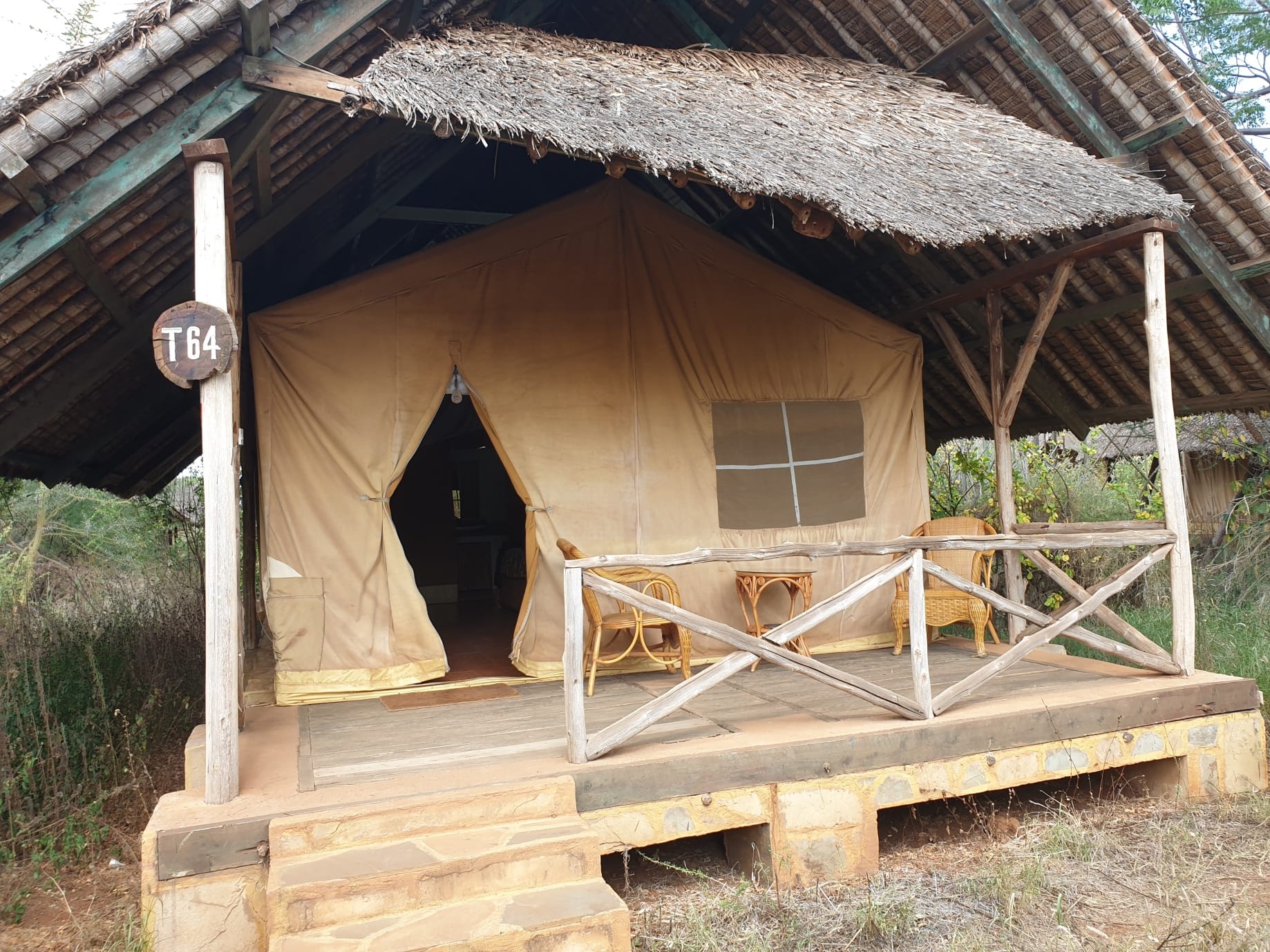
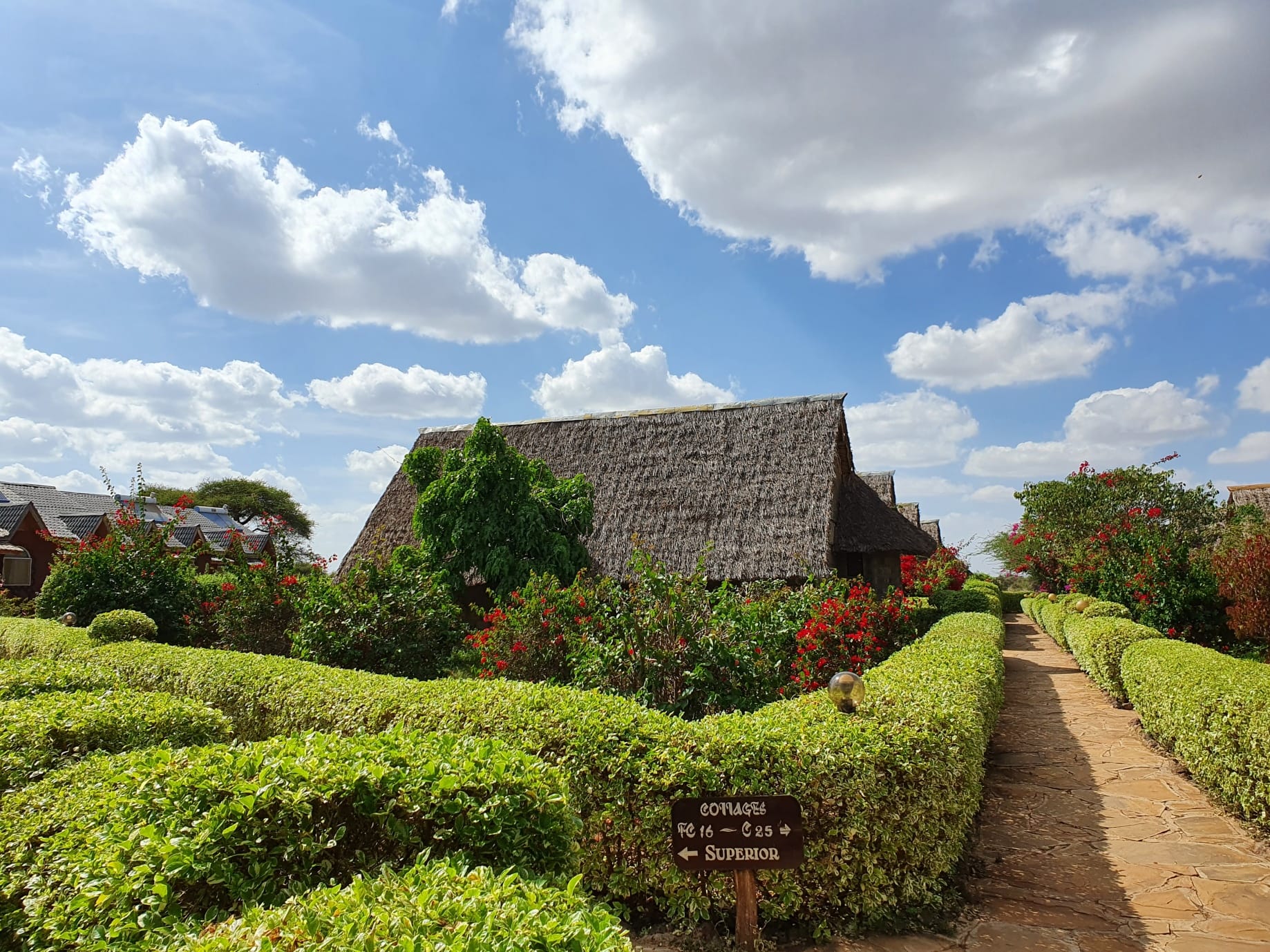
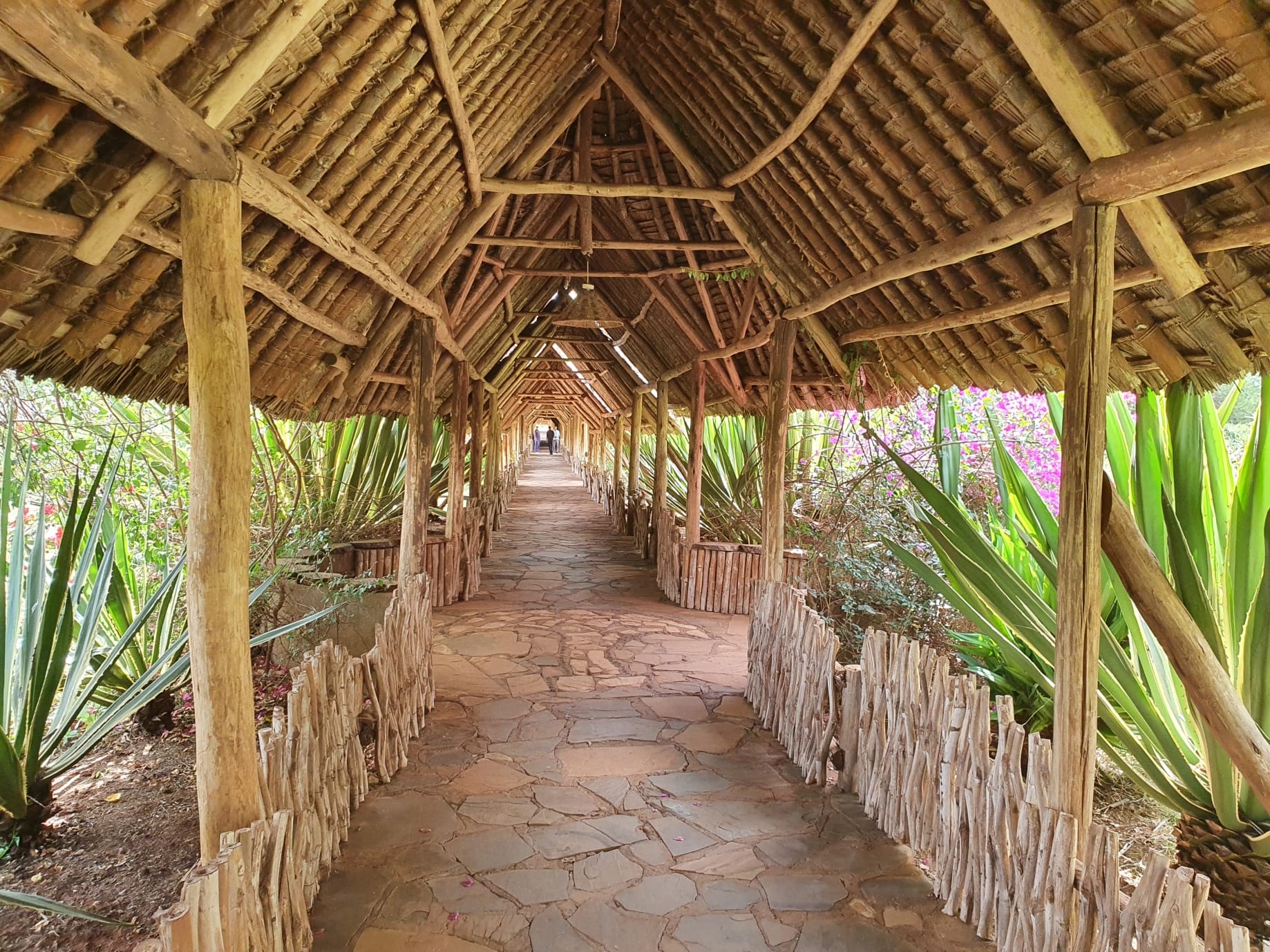
Maasai people
To be honest we thought that the visit to Massai village included in our tour was a kind of commercial performance but it was not – the Maasai living near the parks earn their money from the tourists’ visits. Maasai people still live in their traditional houses and preserve their traditions and nomadic lifestyle.
Of course they will wear their best traditional clothes and jewellery for tourists, their children and young boys are wearing standard clothes, they have mobile phones, motorbikes and use money to buy food in shops. The surprising thing about Kenya is the fact that people in remote areas who had never ever had phone lines and tv now have very good mobile network coverage. Basically they moved from not having any kind of media/outside connections to using facebook and instagram on daily basis
The Maasai are a Nilotic ethnic group inhabiting northern, central and southern Kenya and northern Tanzania. They are among the best known local populations internationally due to their residence near the many game parks of the African Great Lakes, and their distinctive customs and dress. The Maasai speak the Maa language. Except for some elders living in rural areas, most Maasai people speak the official languages of Kenya and Tanzania, Swahili and English. The Maasai population has been reported as numbering 1,189,522 in Kenya in the 2019 census. Many Maasai tribes throughout Tanzania and Kenya welcome visits to their villages to experience their culture, traditions, and lifestyle, in return for a fee.
Maasai are pastoralists and have resisted the urging of the Tanzanian and Kenyan governments to adopt a more sedentary lifestyle. They have demanded grazing rights to many of the national parks in both countries.
The Maasai people stood against slavery and never condoned traffic of human beings; and outsiders looking for people to enslave avoided the Maasai.
Though the Maasai’s entire way of life has historically depended on their cattle, more recently with their cattle dwindling, the Maasai have grown dependent on food such as sorghum, rice, potatoes and cabbage.
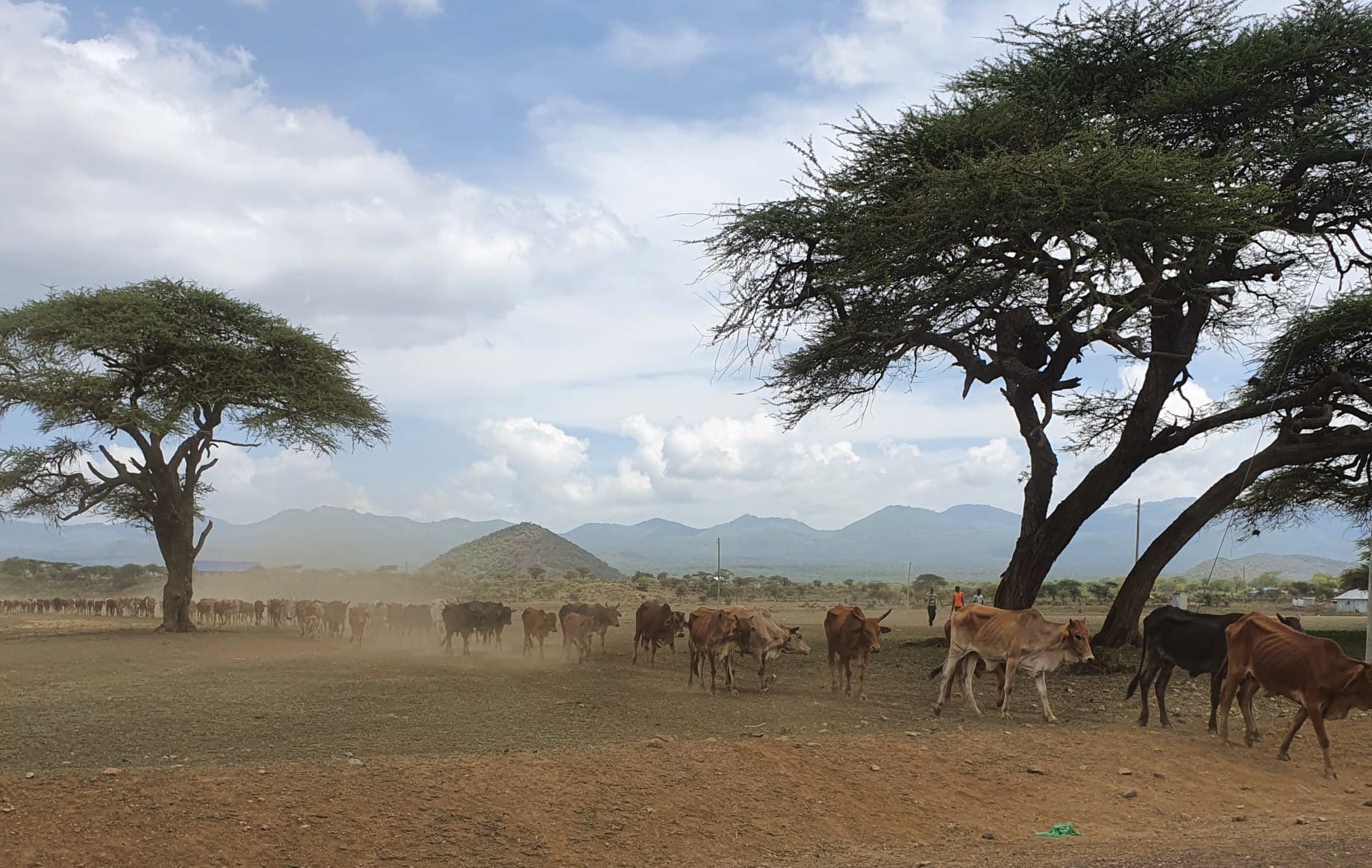
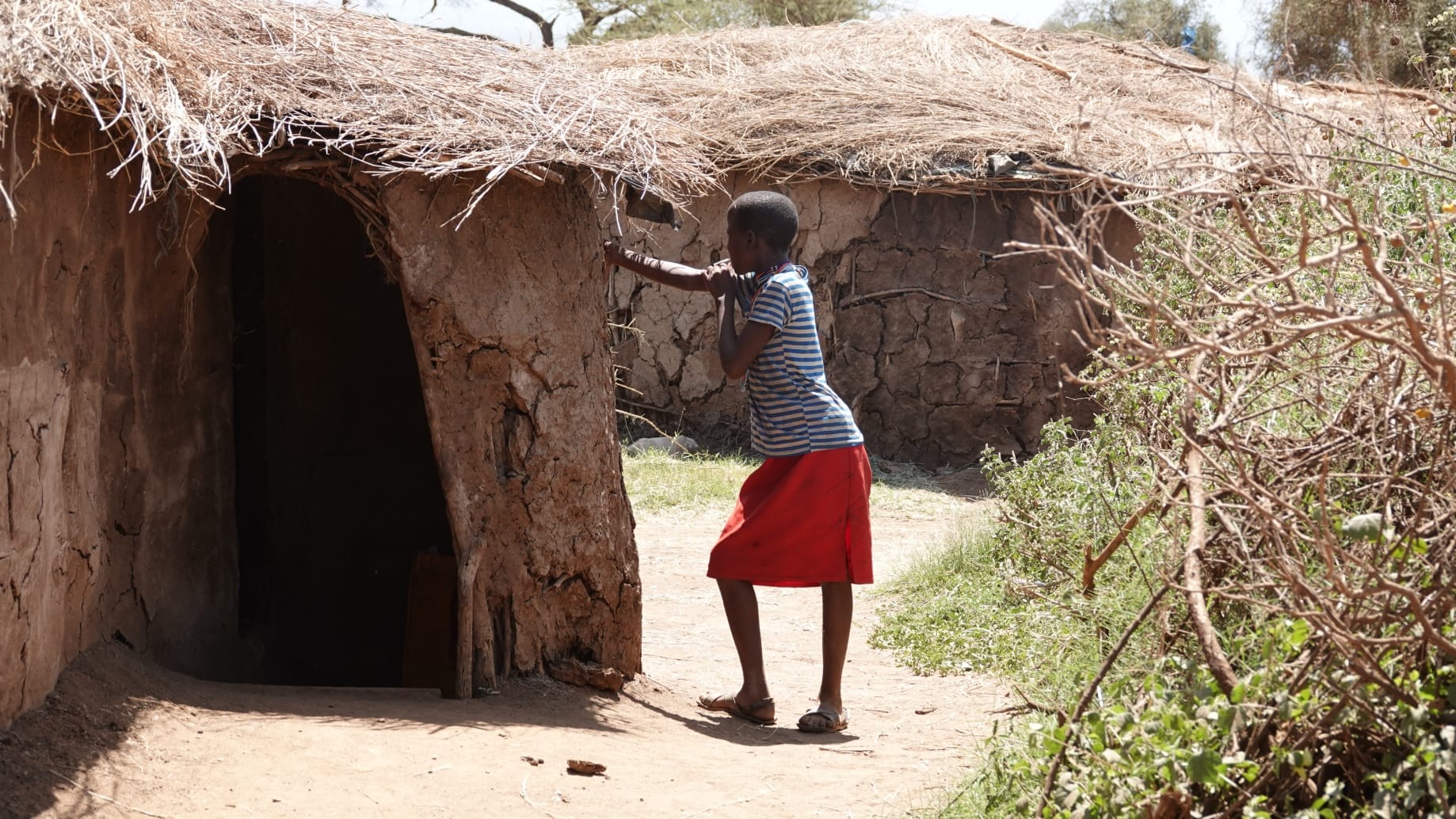
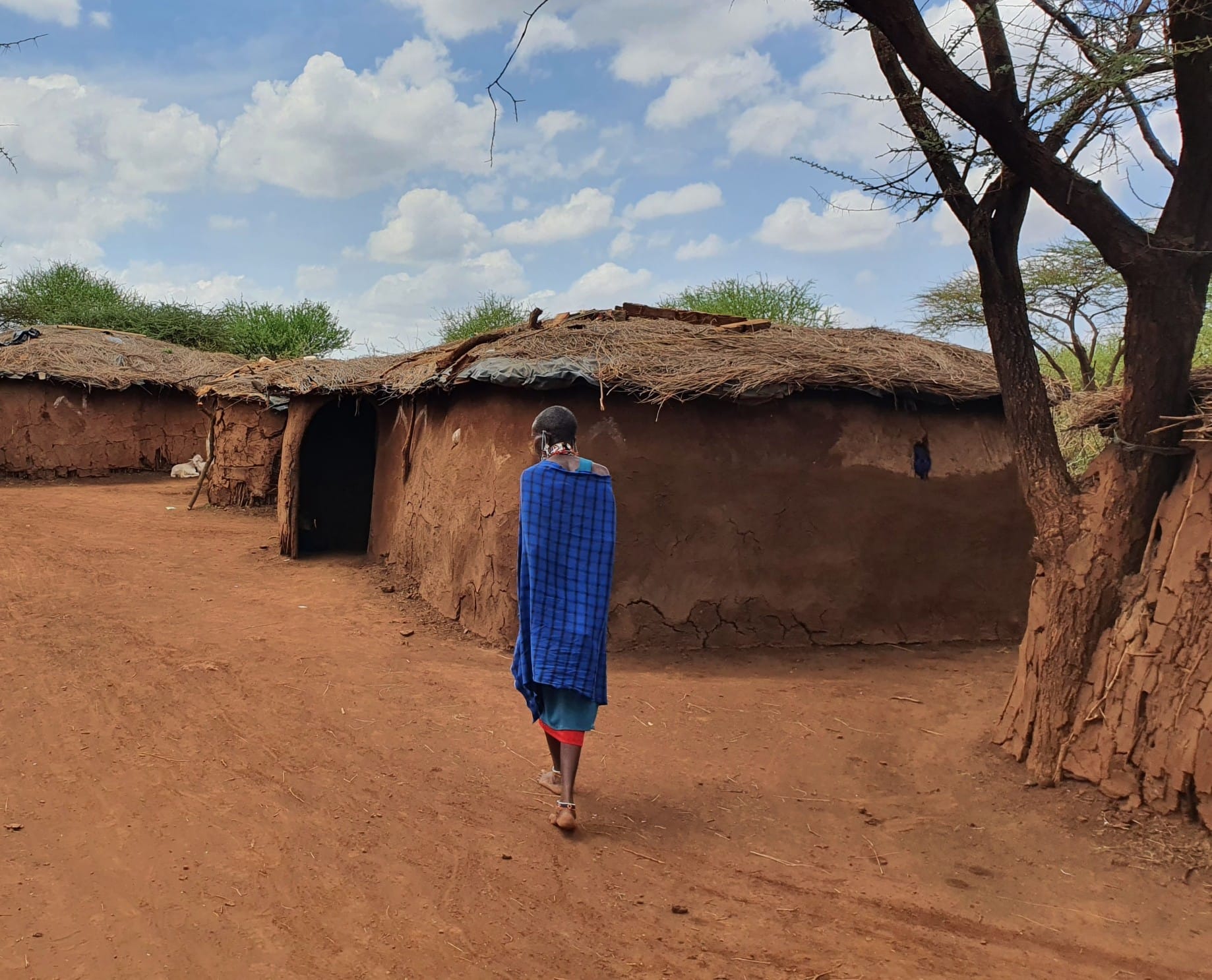
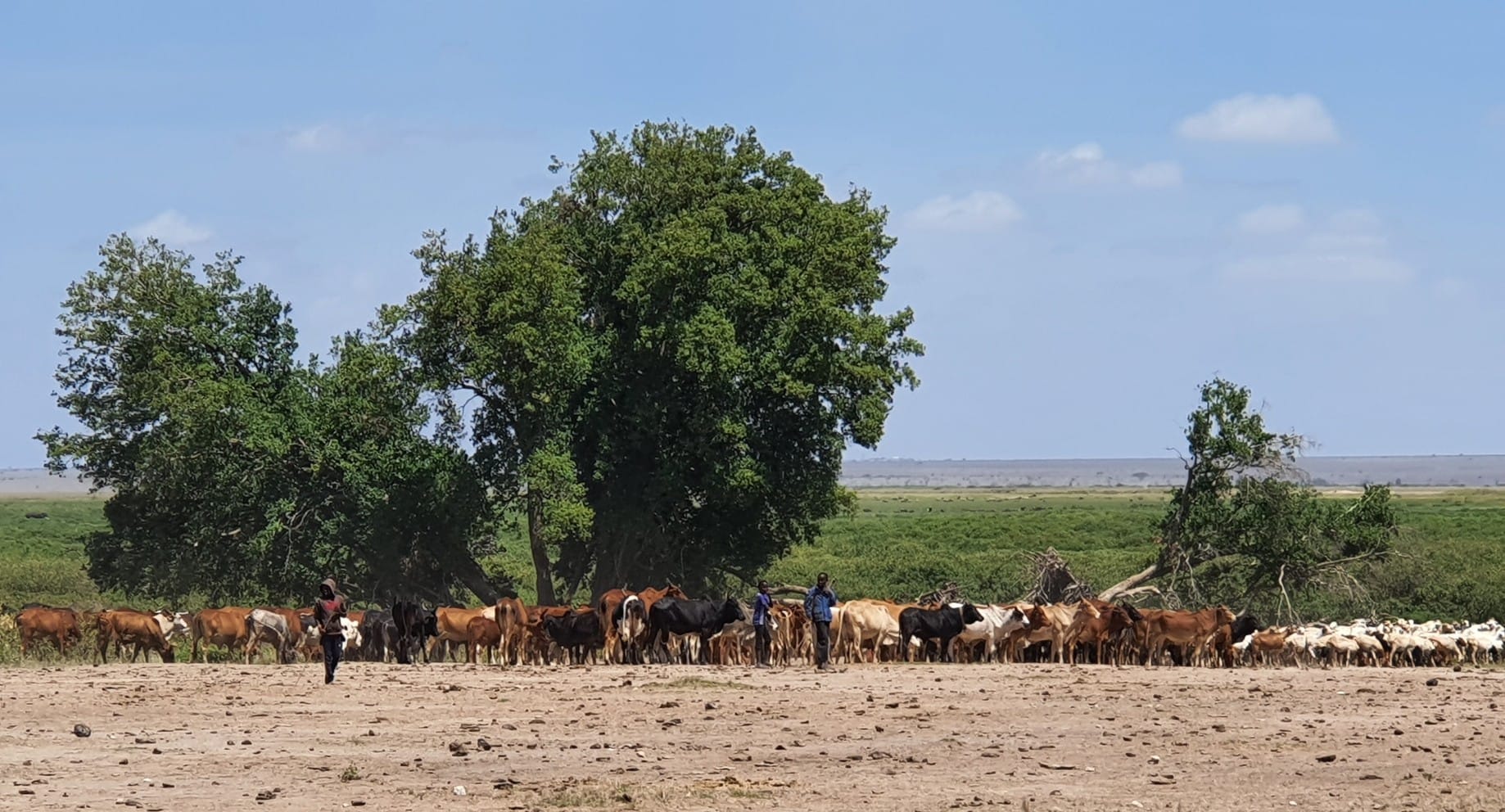
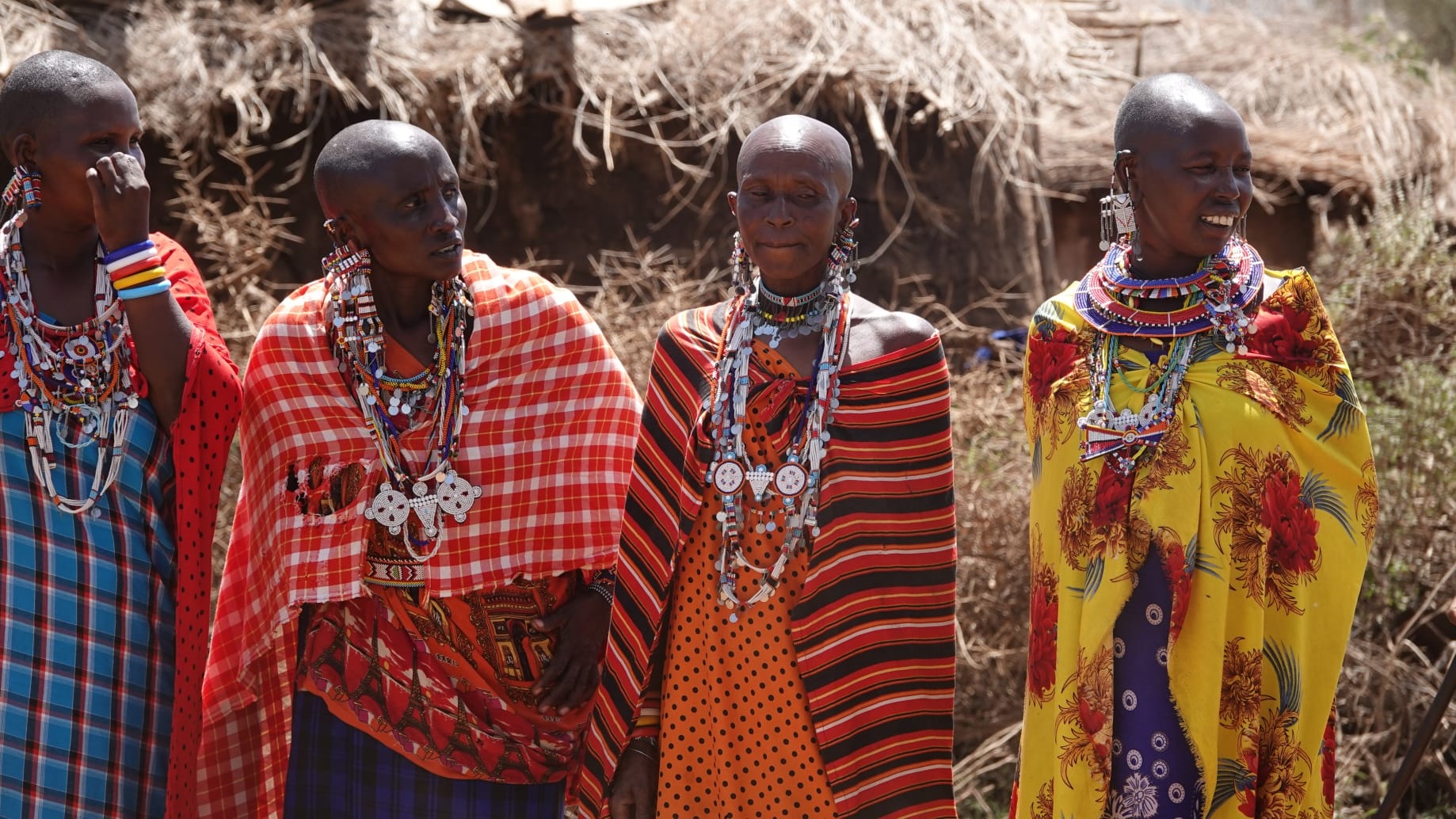
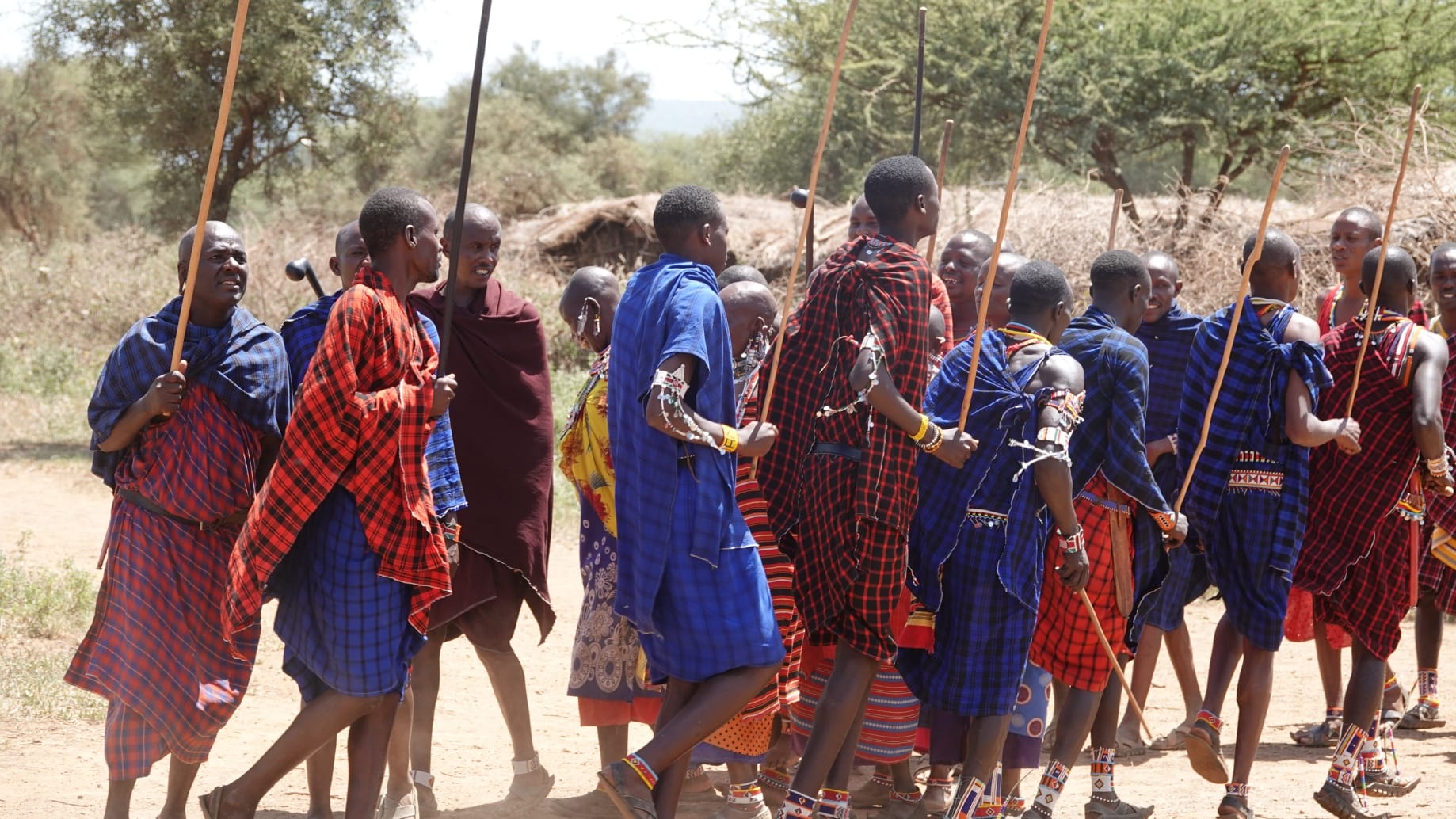
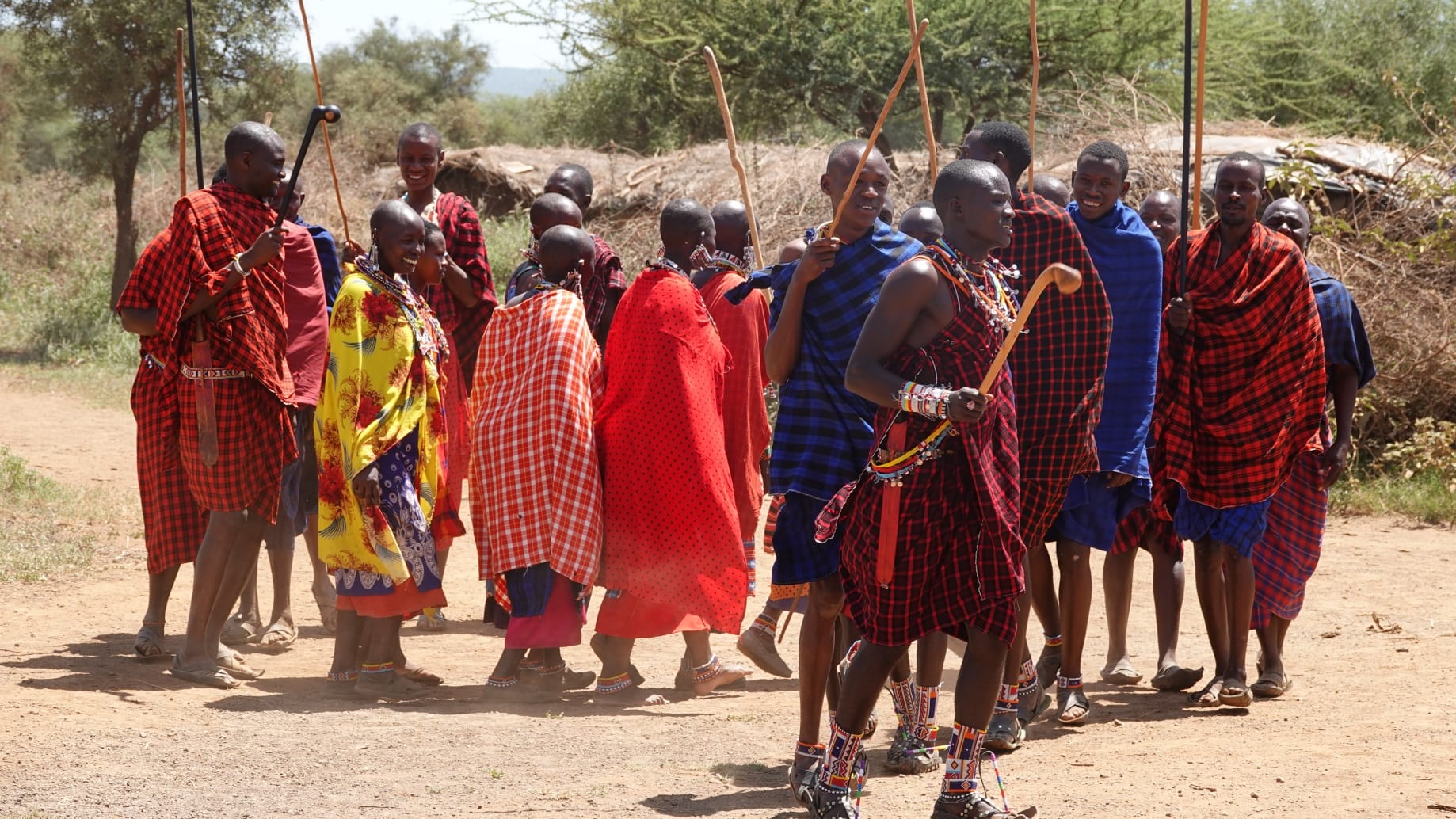
Amboseli Park – Lake Nakuru
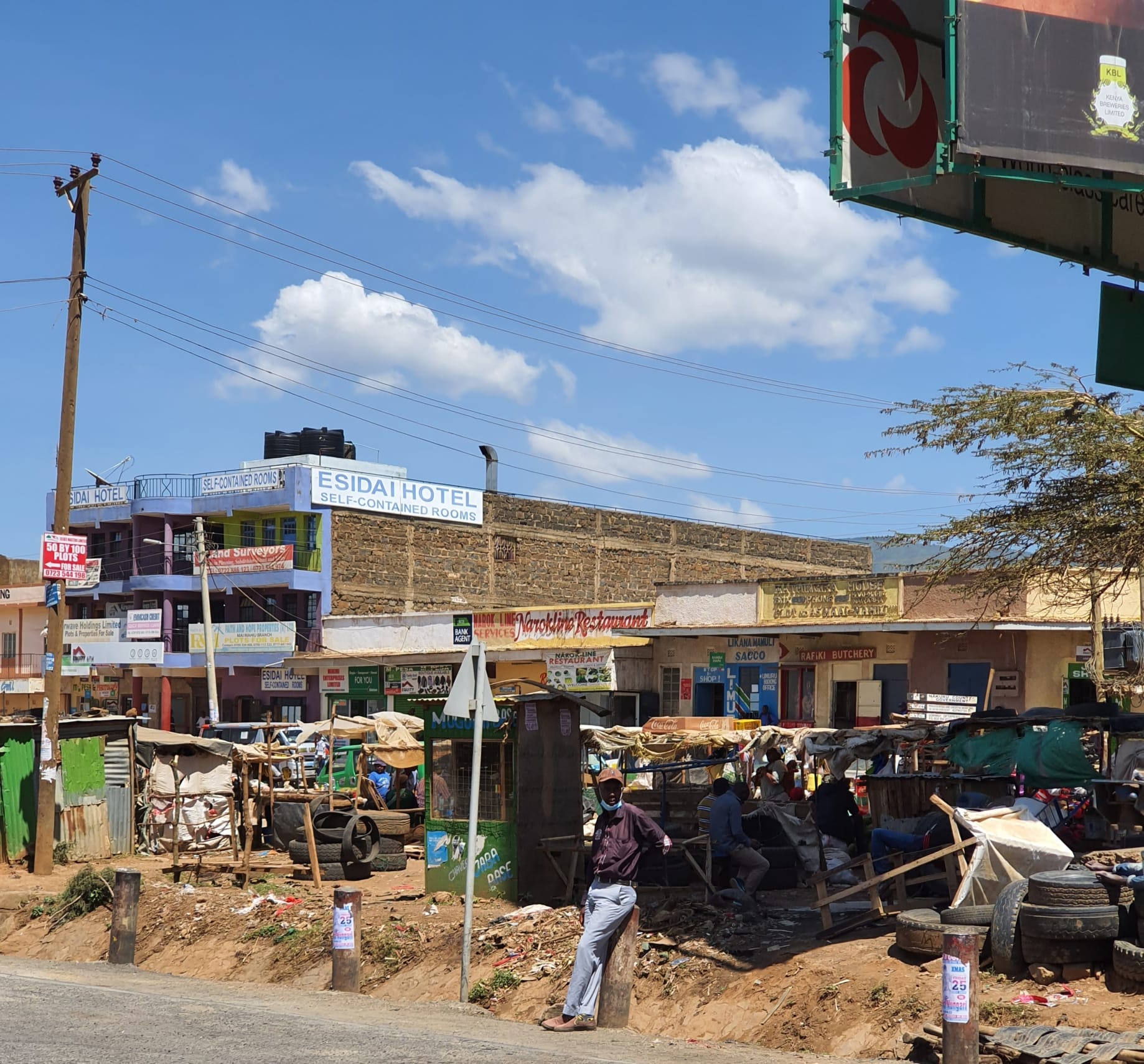
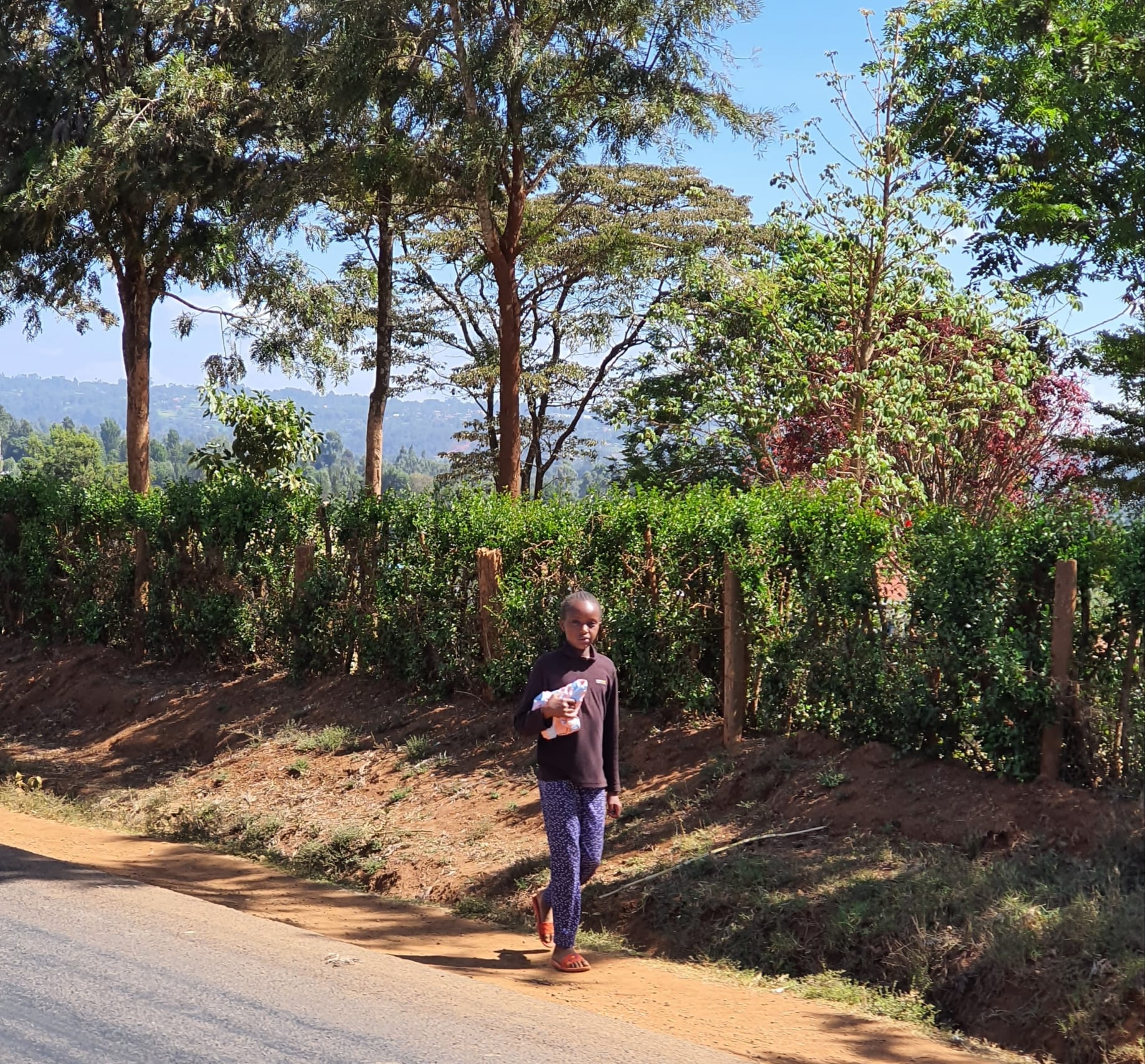
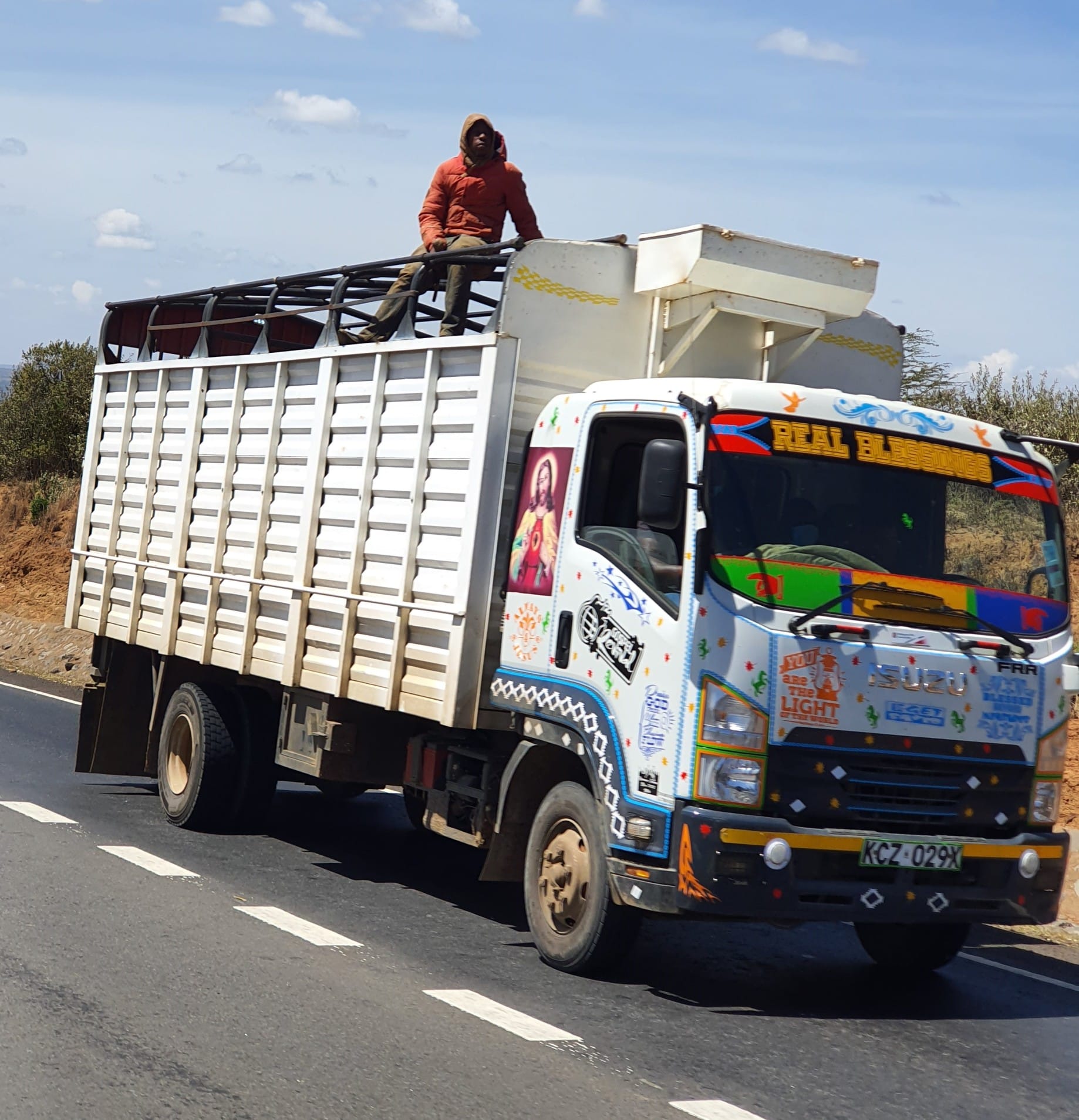
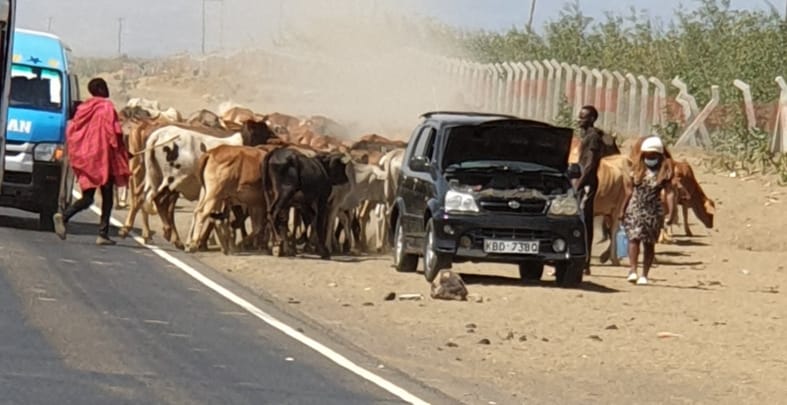
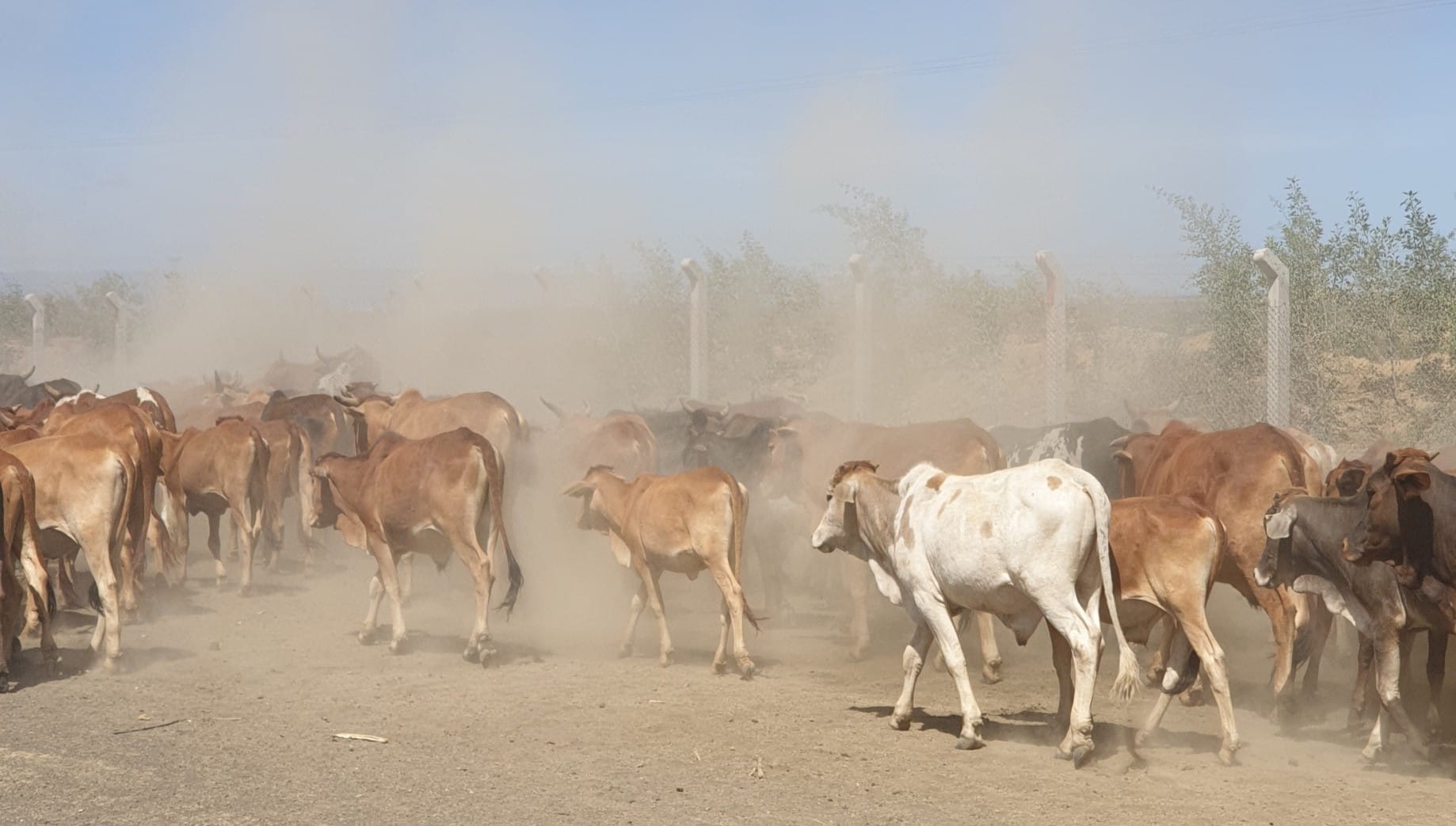
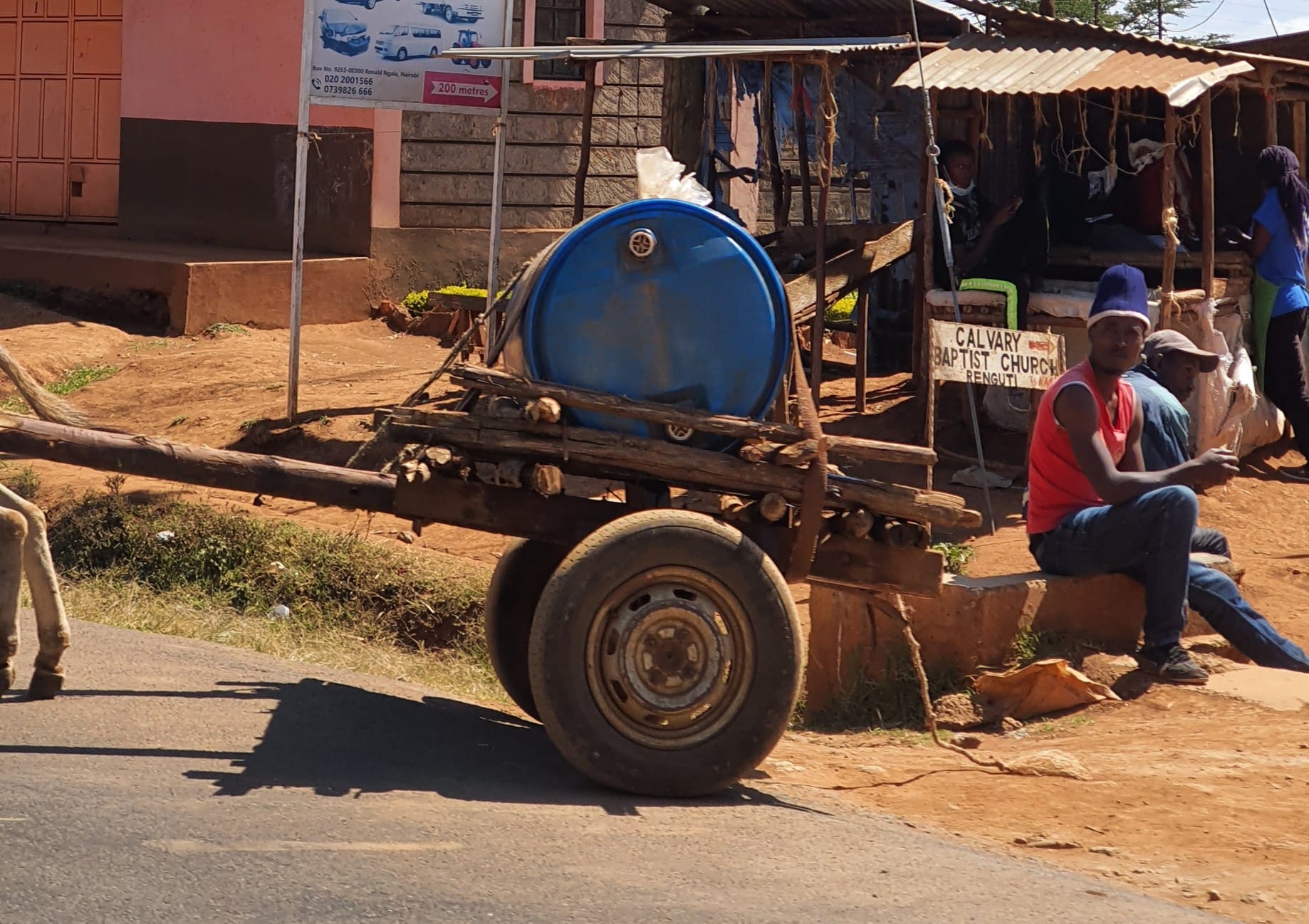
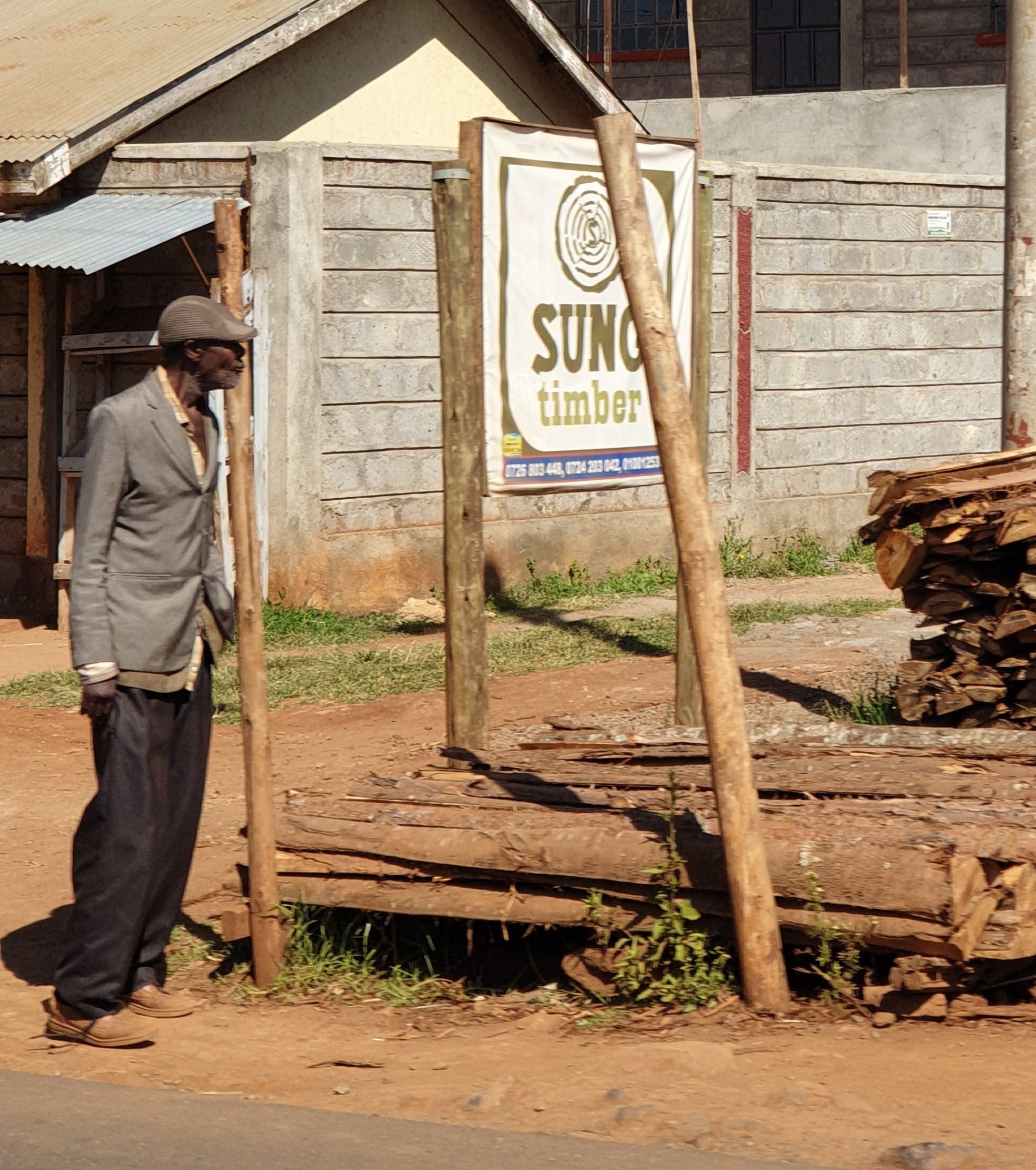
Lake Nakuru National Park
https://www.lakenakurukenya.com/
Lake Nakuru is one of the Rift Valley lakes at an elevation of 1,754 m (5,755 ft) above sea level.
The lake’s abundance of algae attracted a vast number of flamingos that famously lined the shore. Other birds also flourish in the area, as do warthogs, baboons and other large mammals. Eastern black rhinos and southern white rhinos have also been introduced.
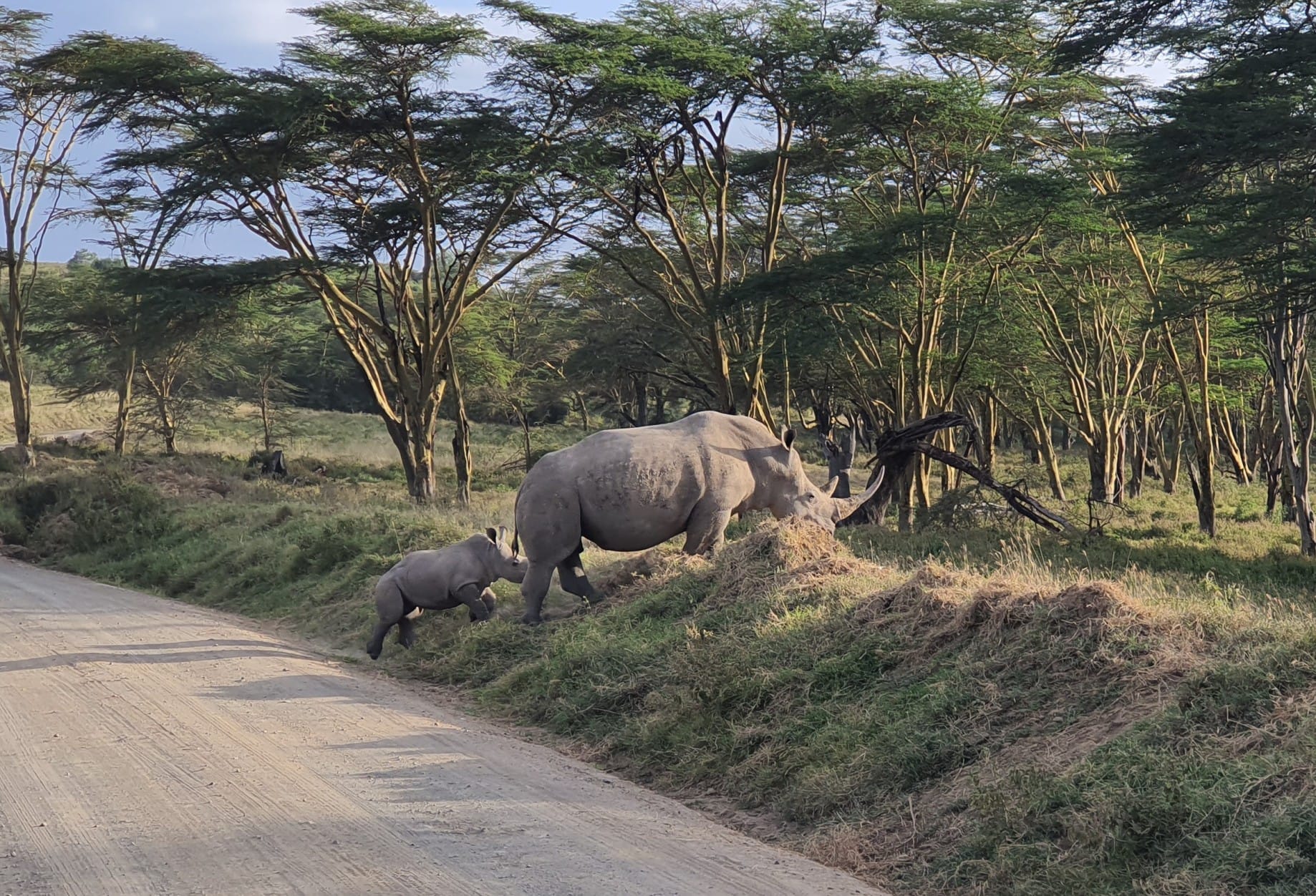
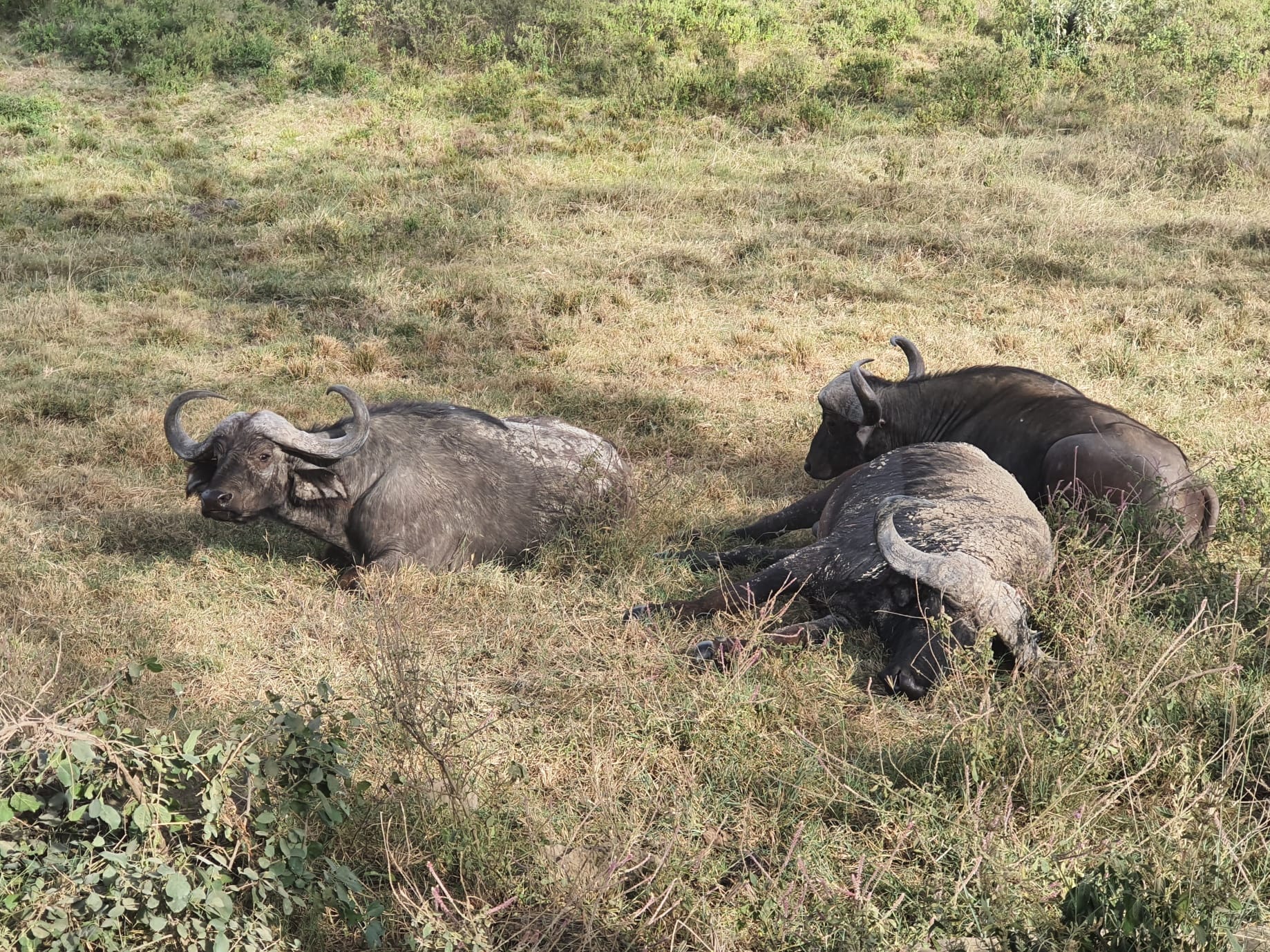
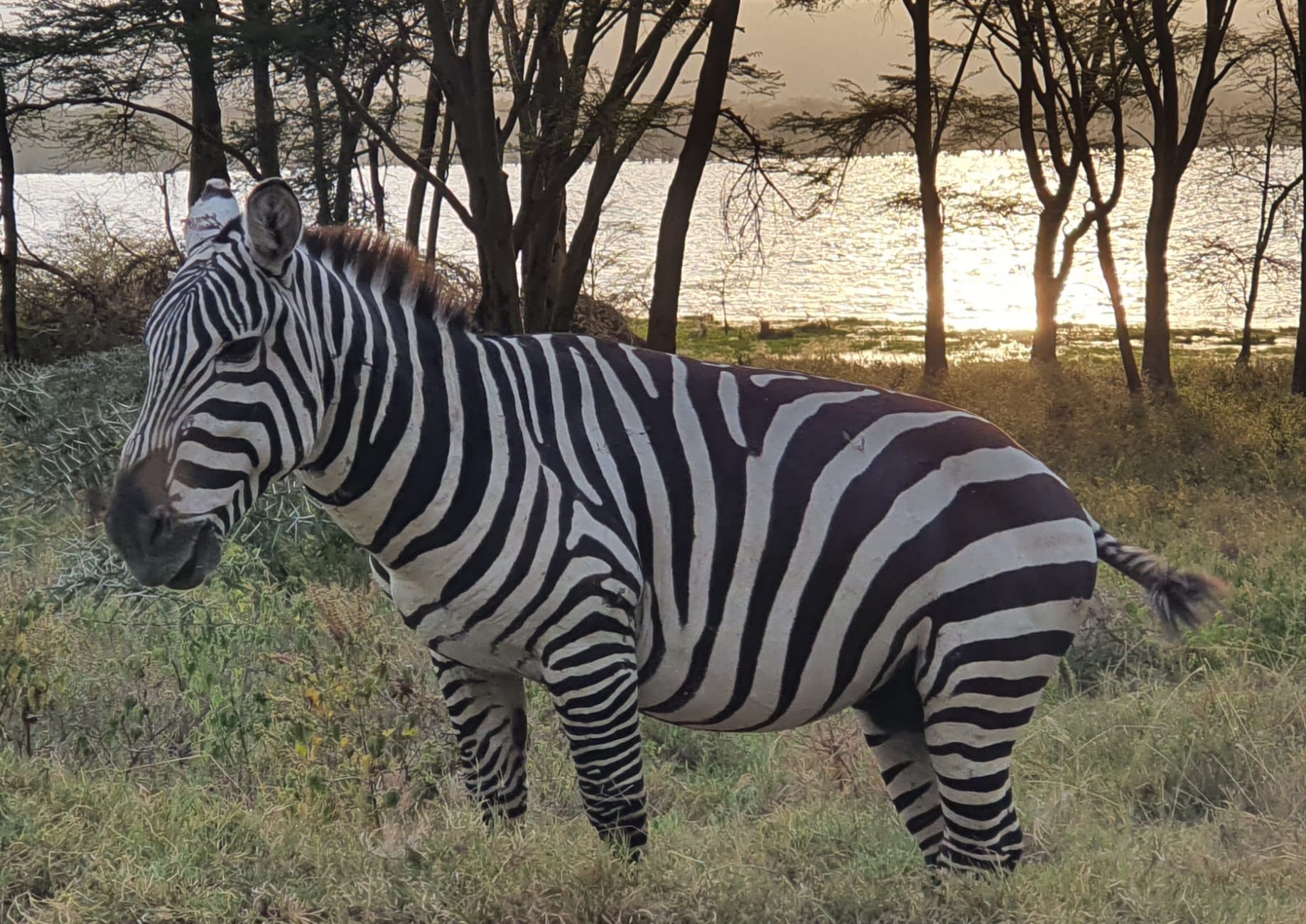
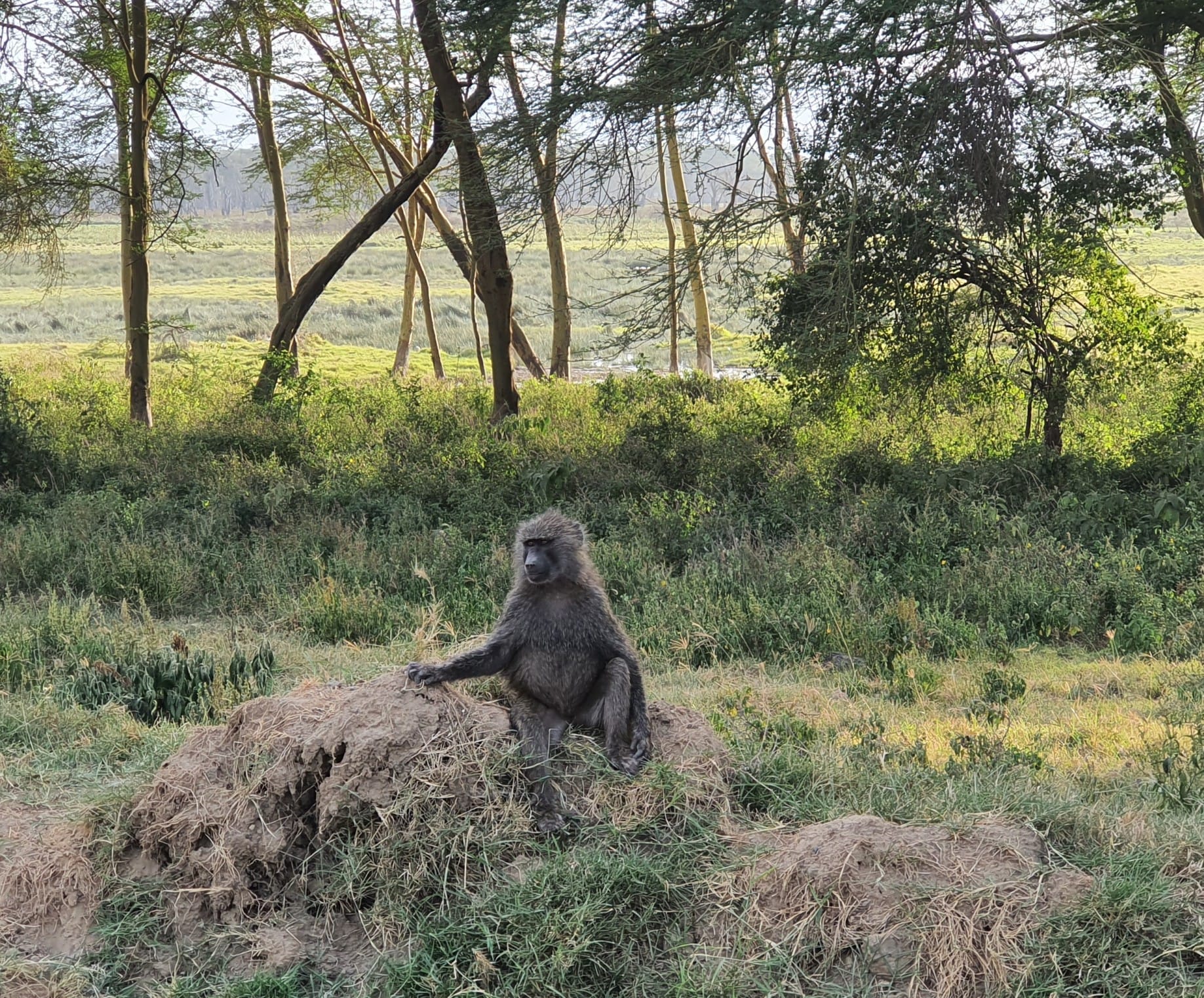
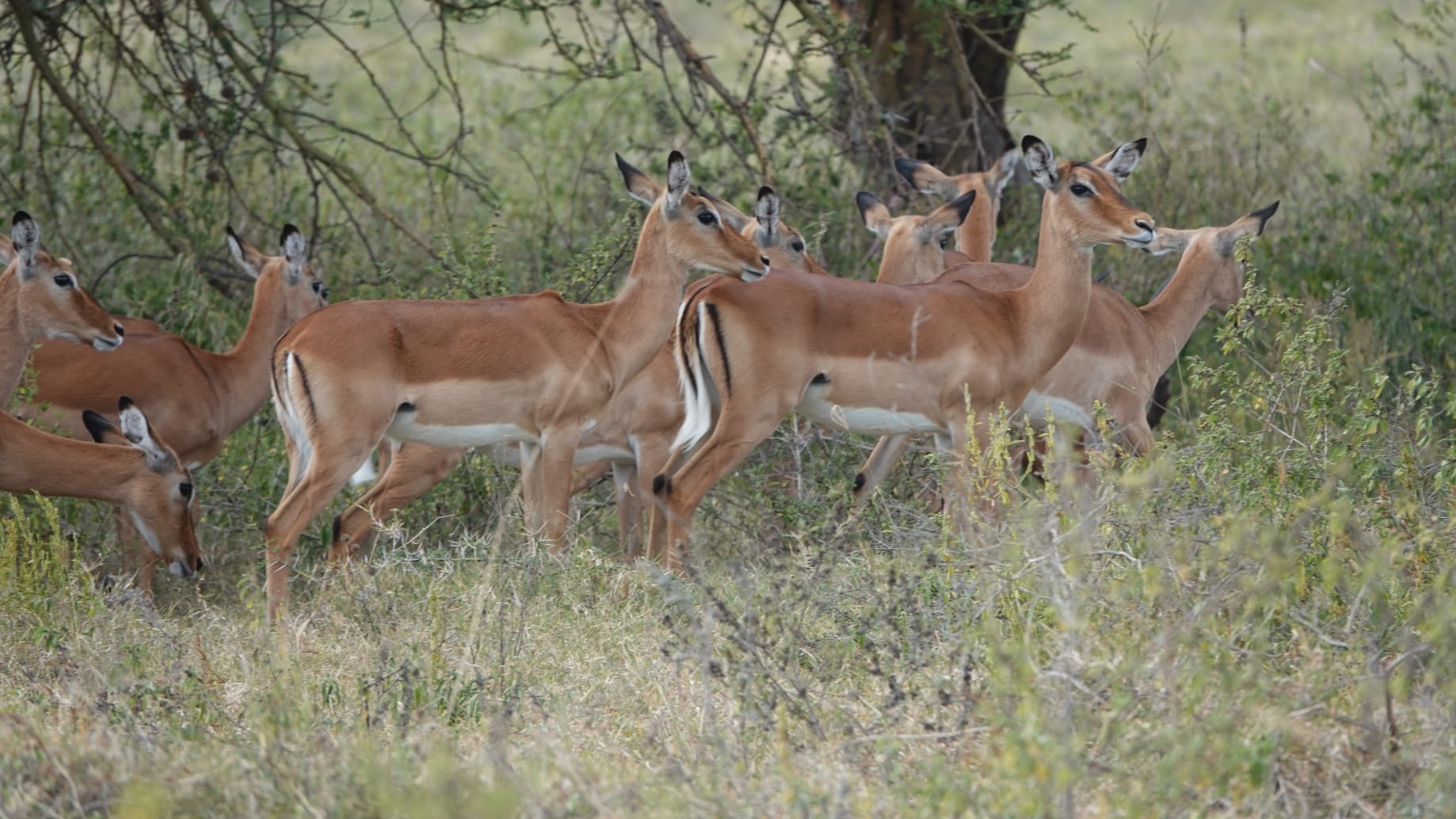
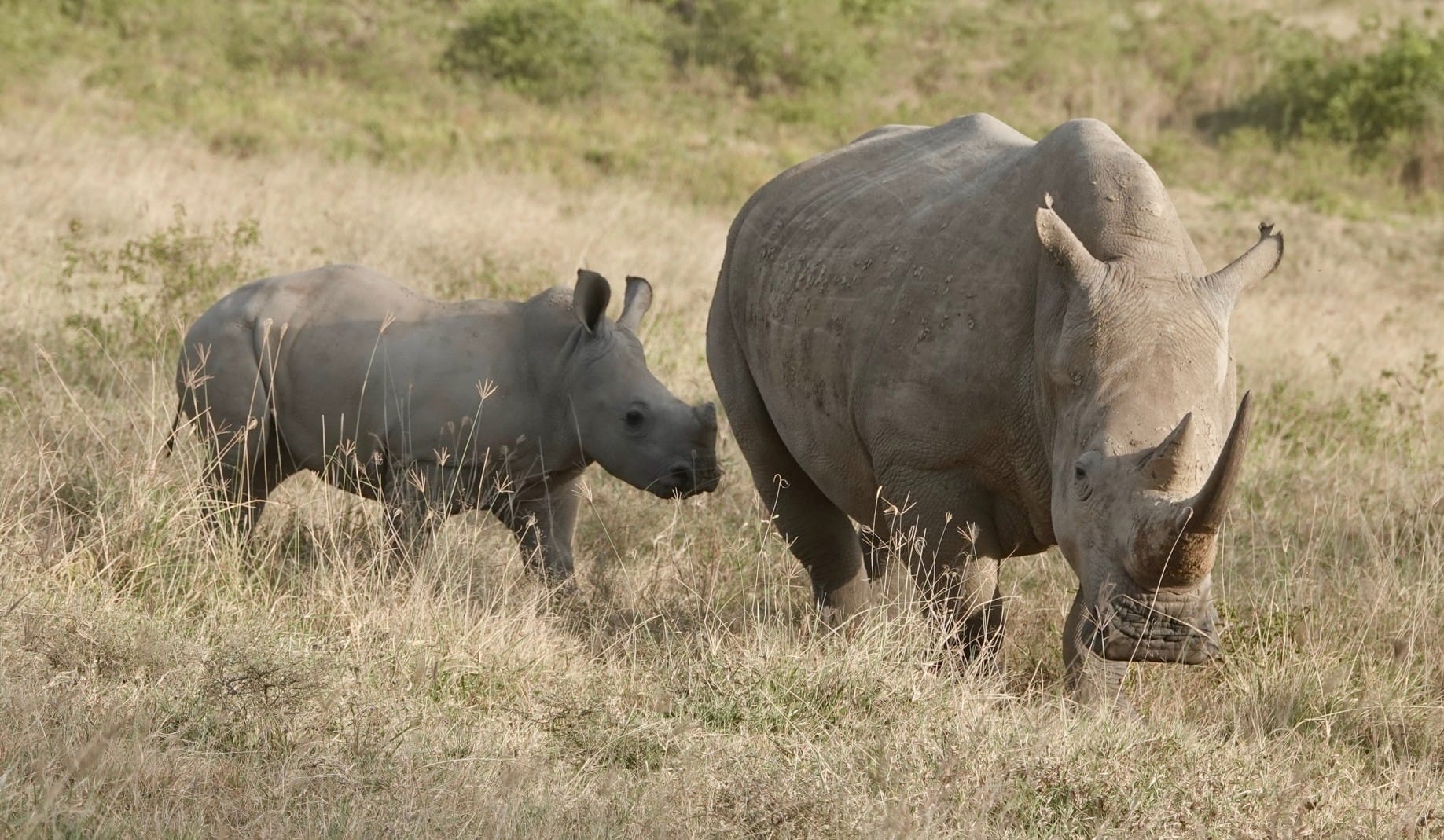
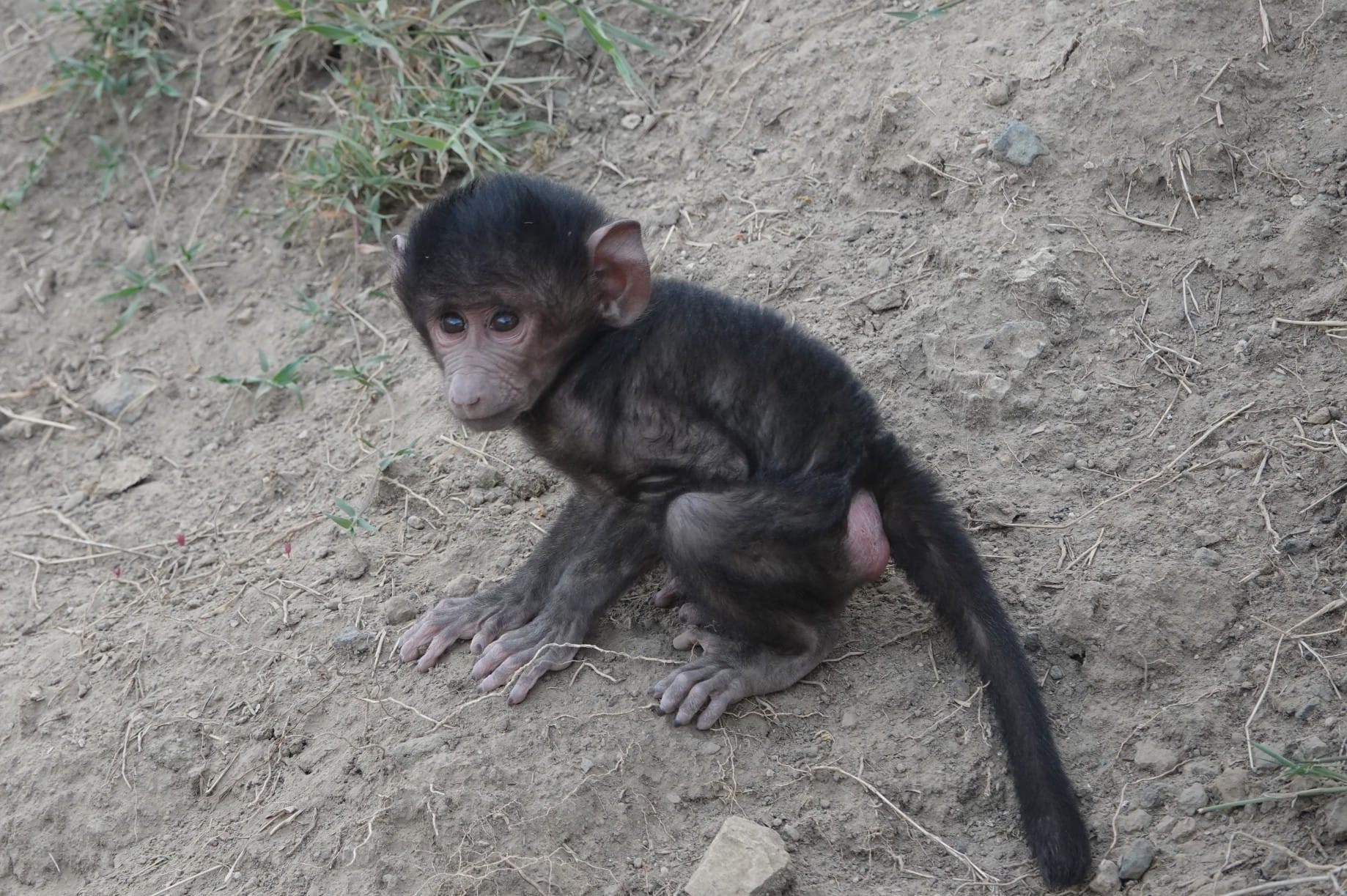
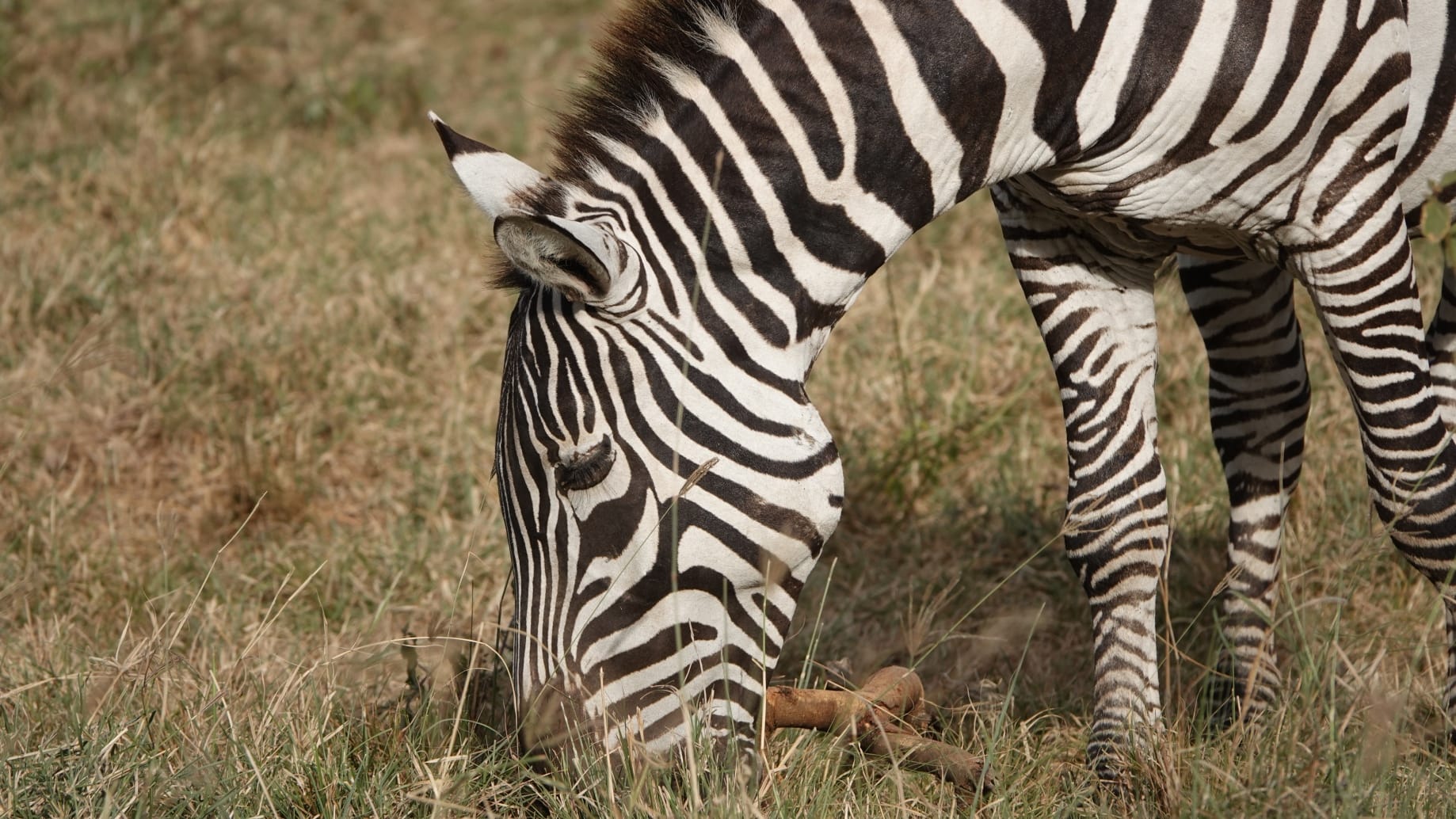
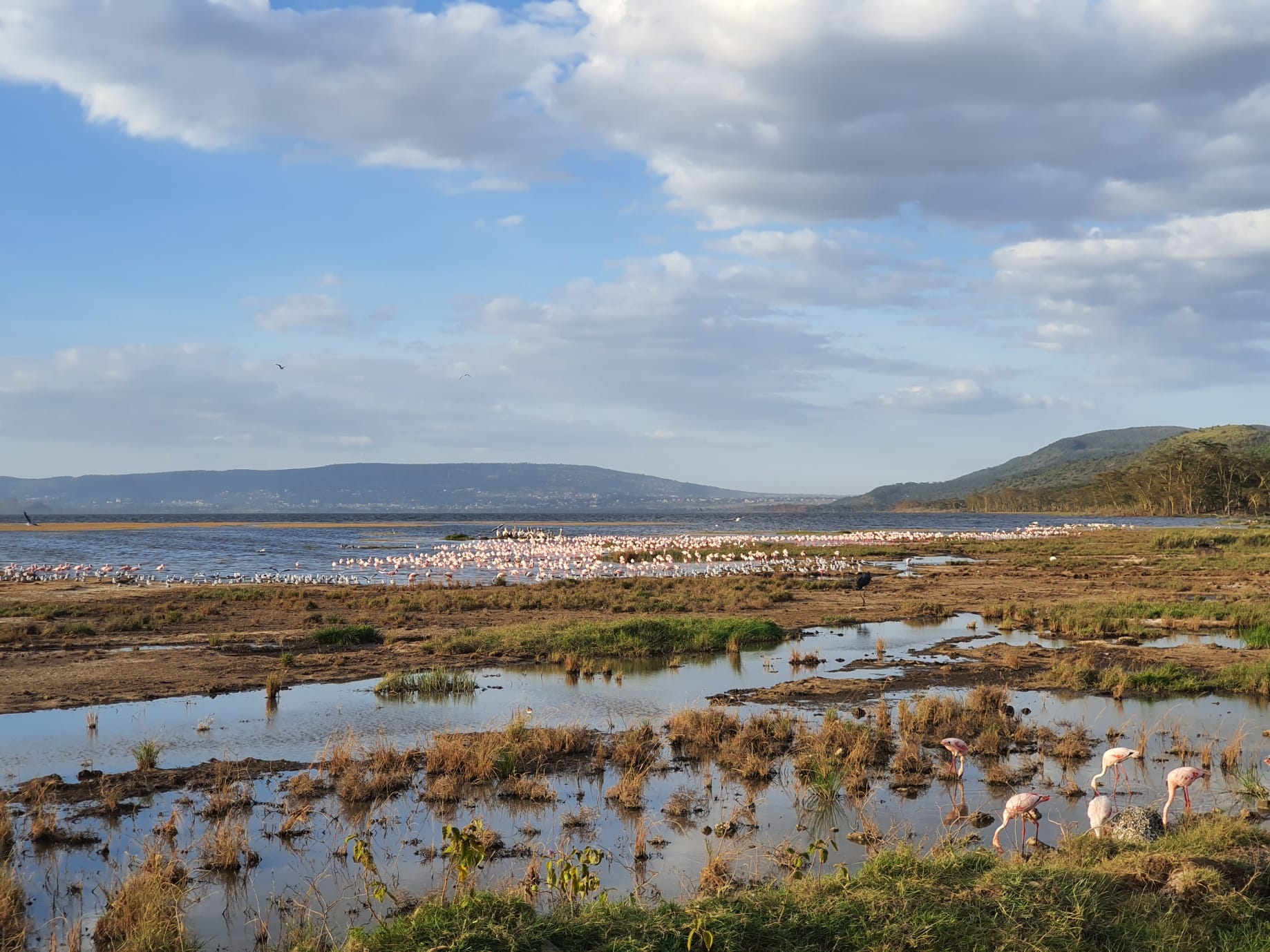
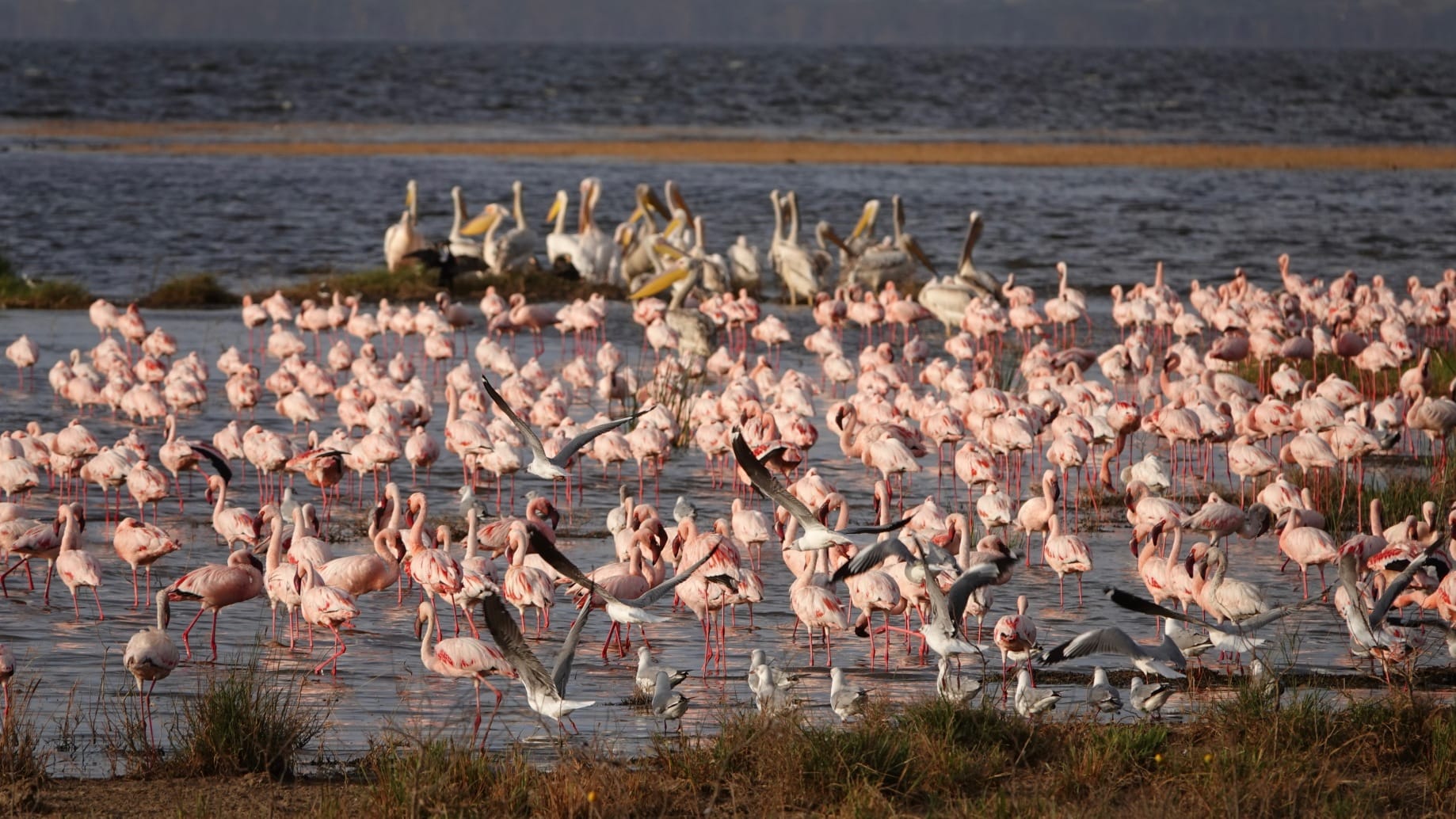
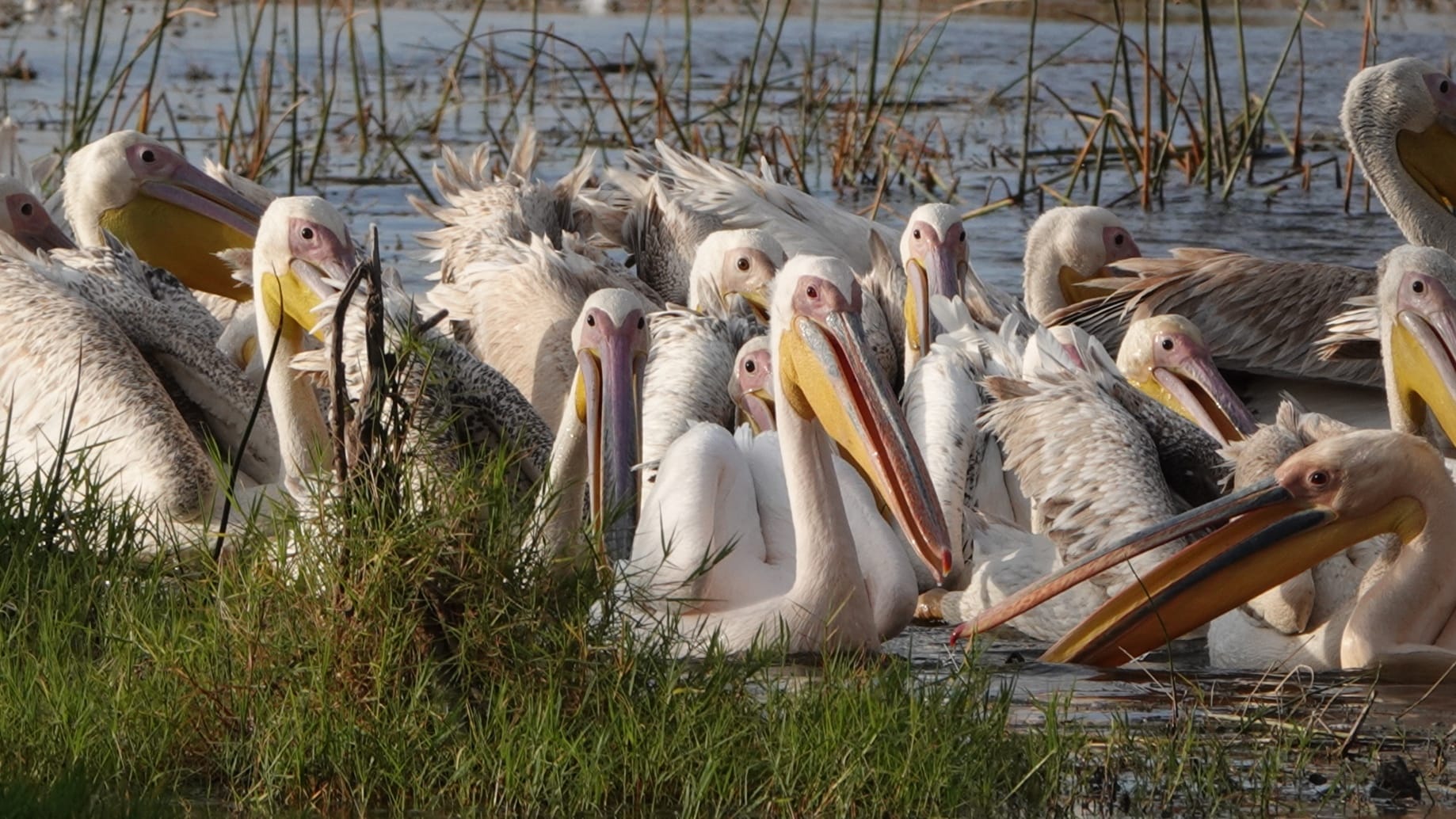
Lake Naivasha
https://en.wikipedia.org/wiki/Lake_Naivasha
Lake Naivasha is a freshwater lake in Kenya, outside the town of Naivasha in Nakuru County, which lies northwest of Nairobi. It is part of the Great Rift Valley.
Lake Naivasha is at the highest elevation of the Kenyan Rift valley at 1,884 metres.
The lake is home to a variety of types of wildlife including over 400 different species of bird and a sizable population of hippos. The fish community in the lake has been highly variable over time, influenced by changes in climate, fishing effort and the introduction of invasive species.
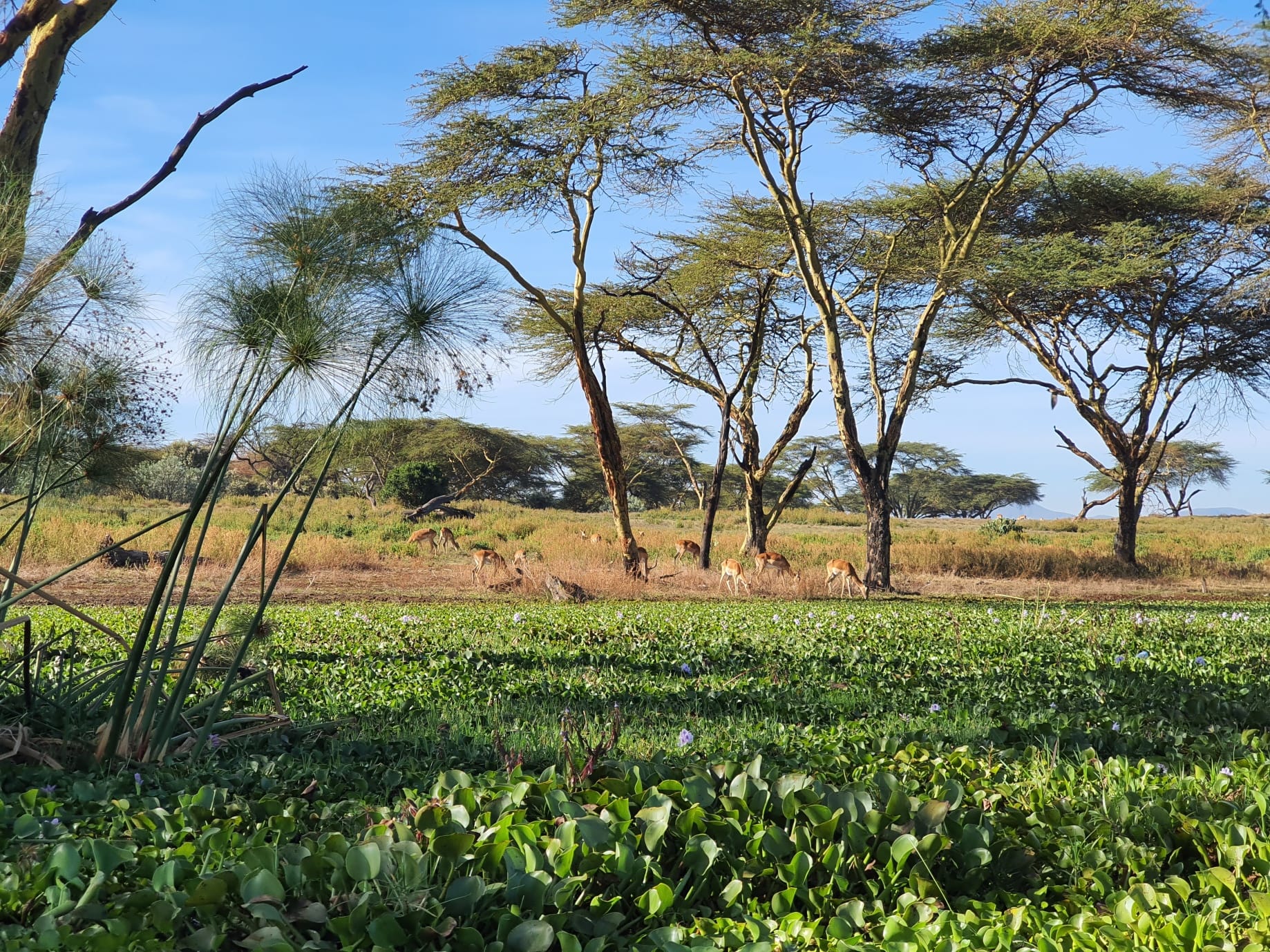
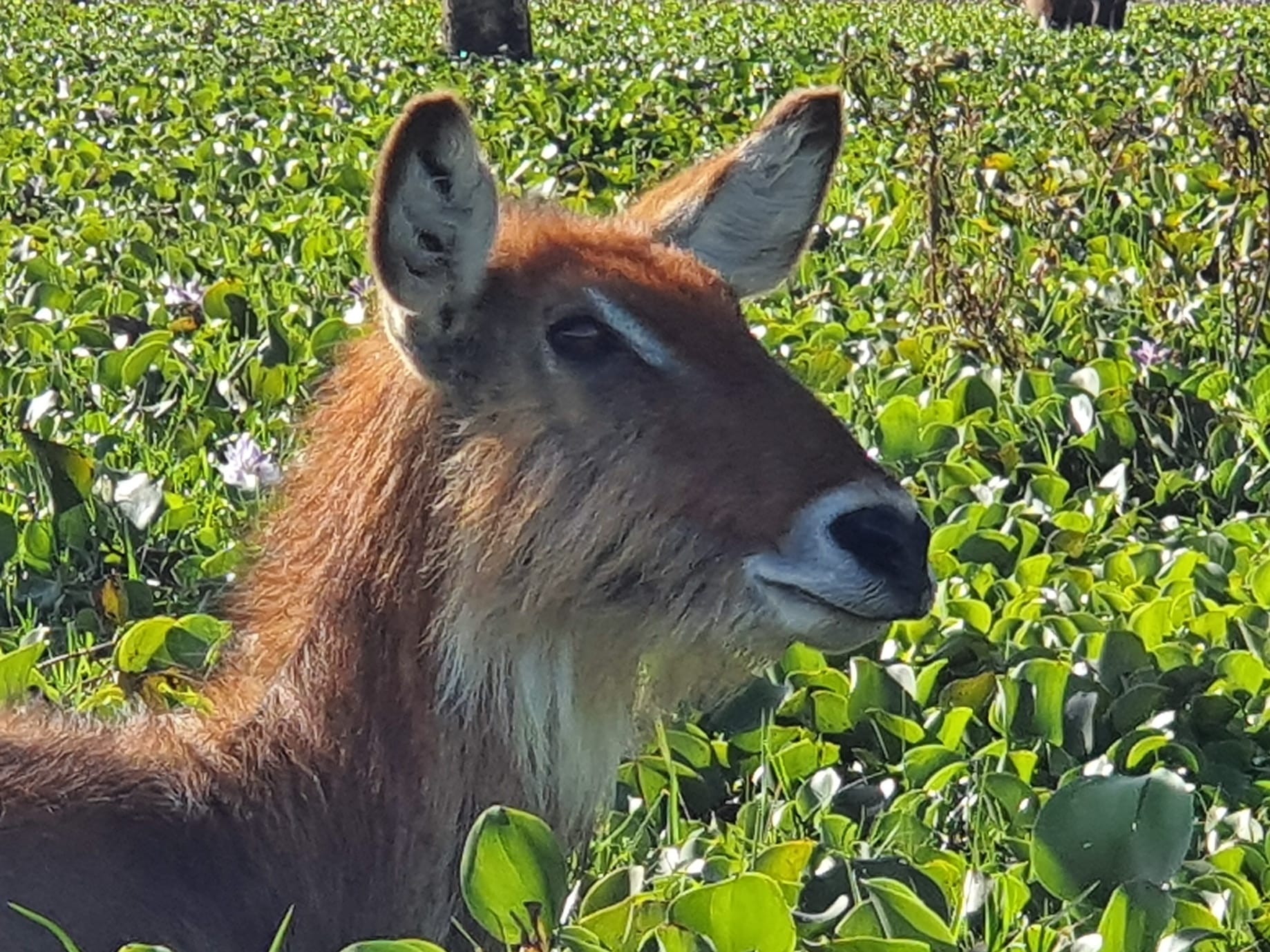
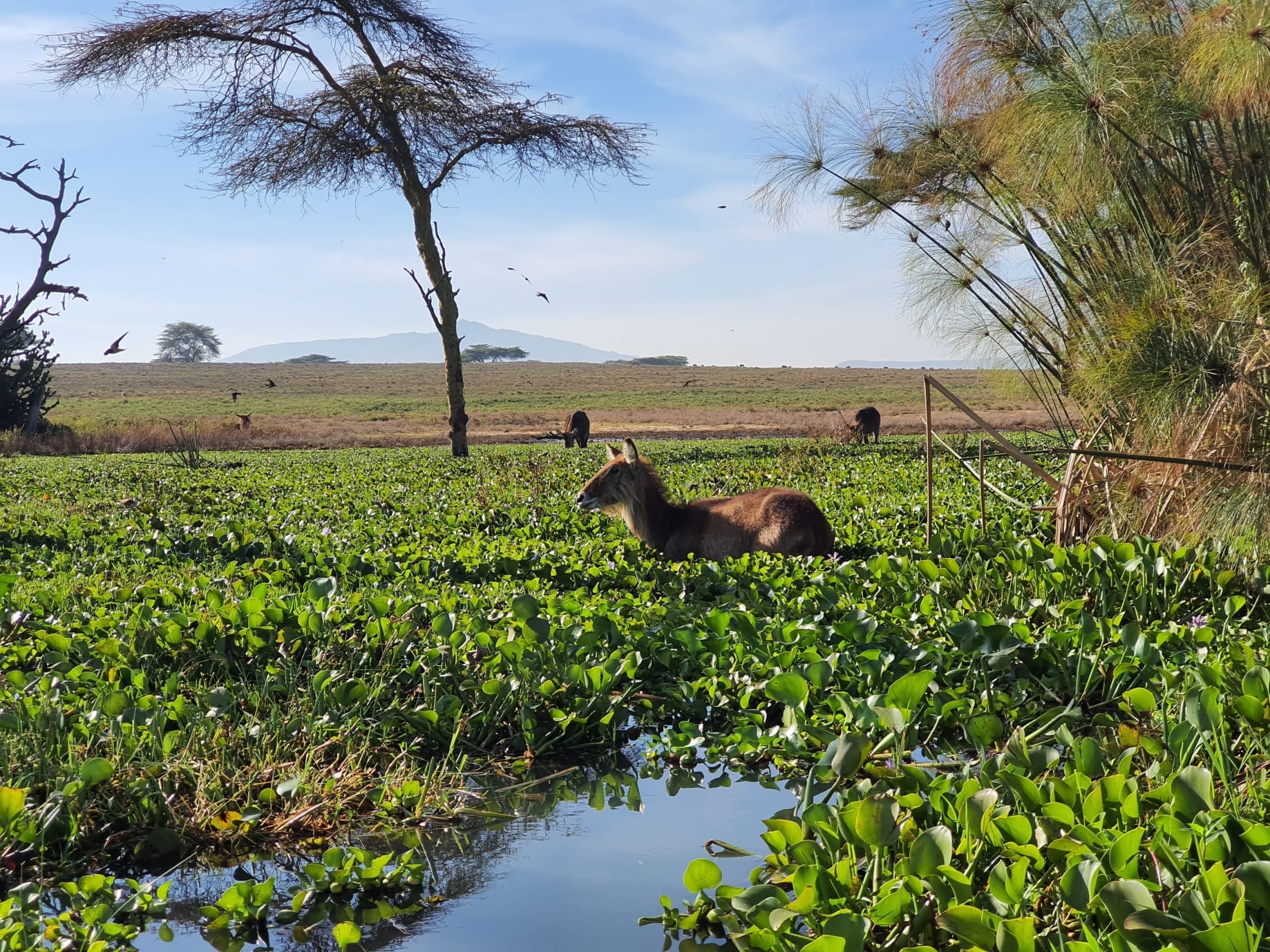
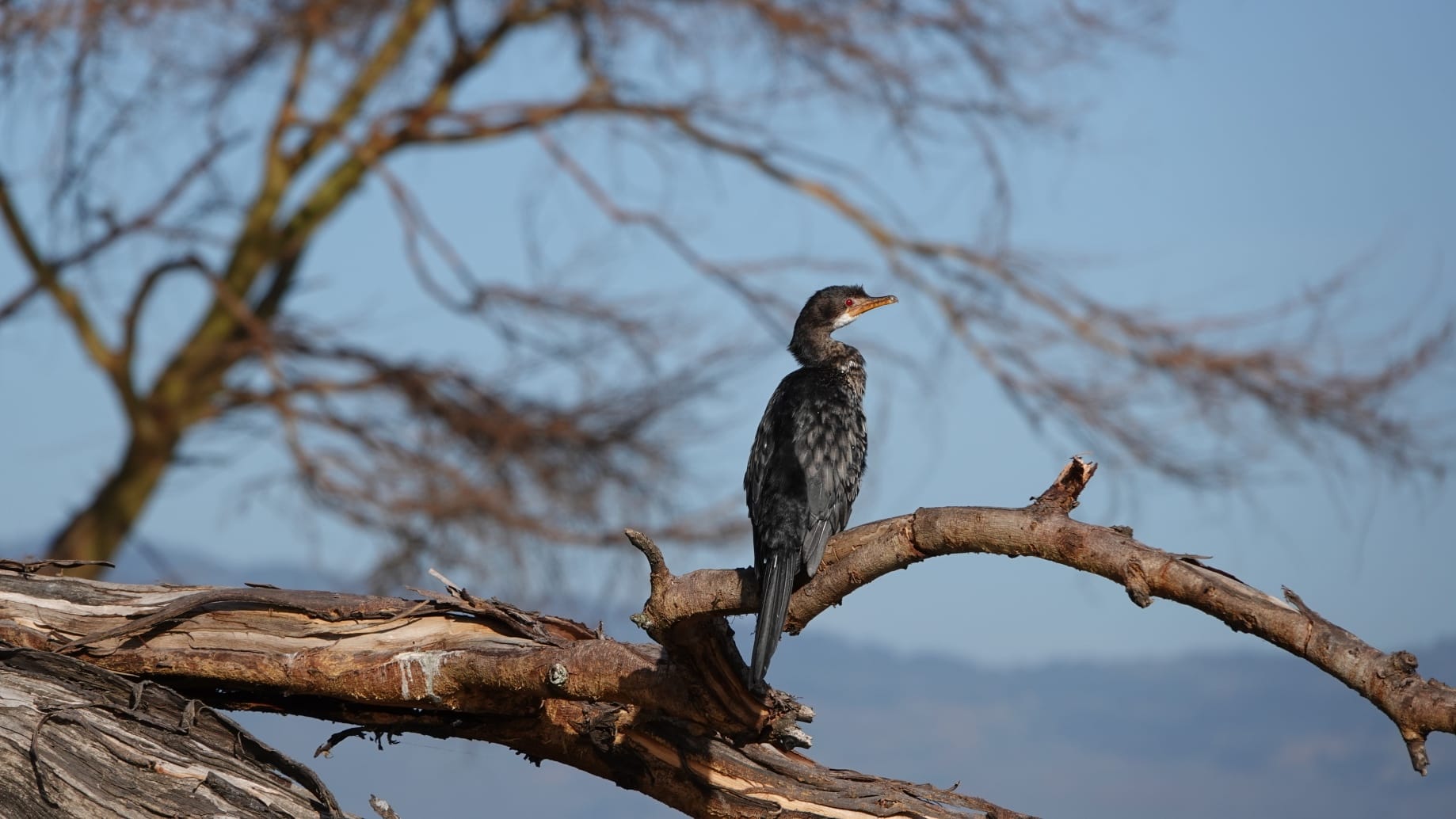
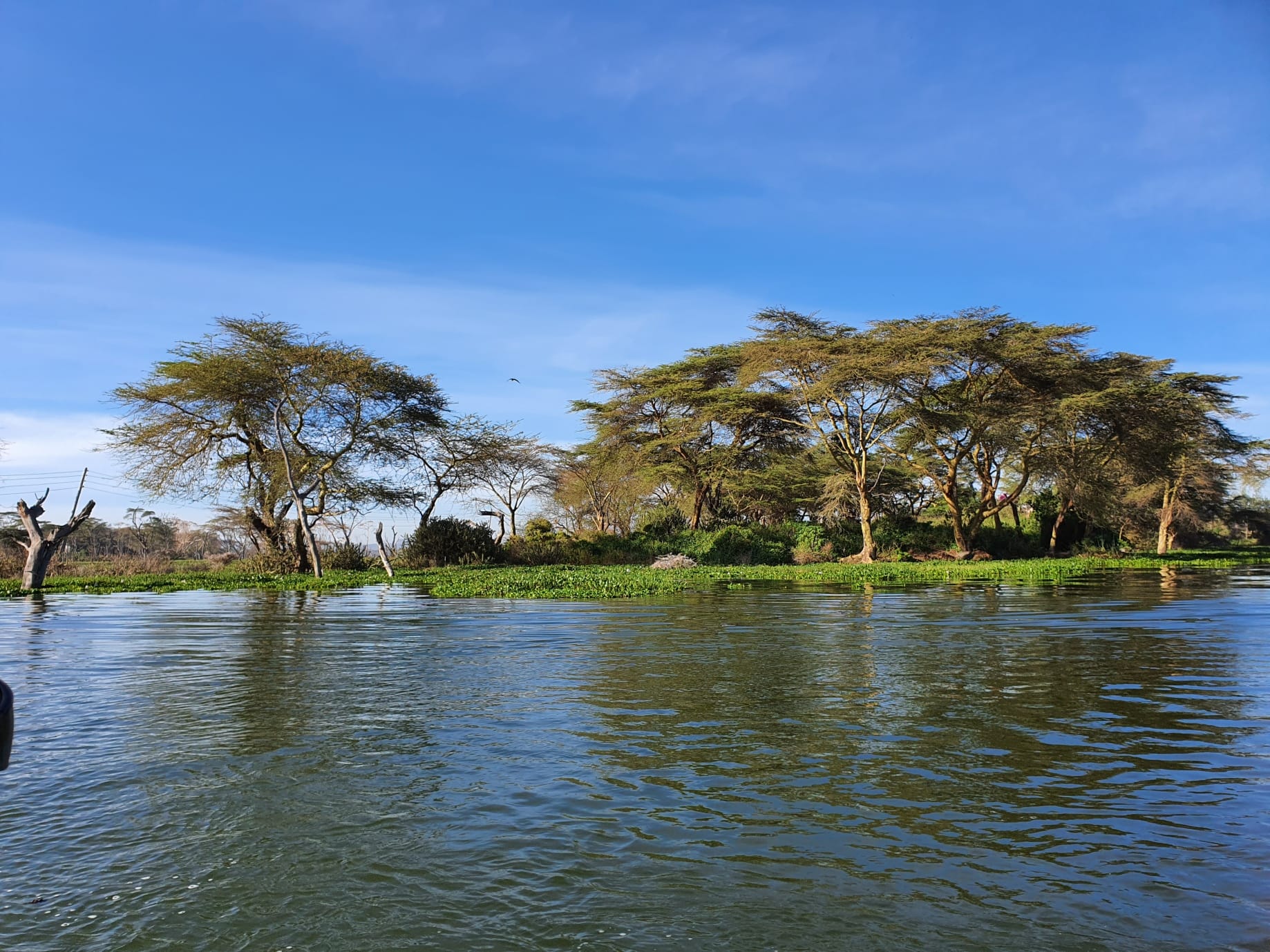
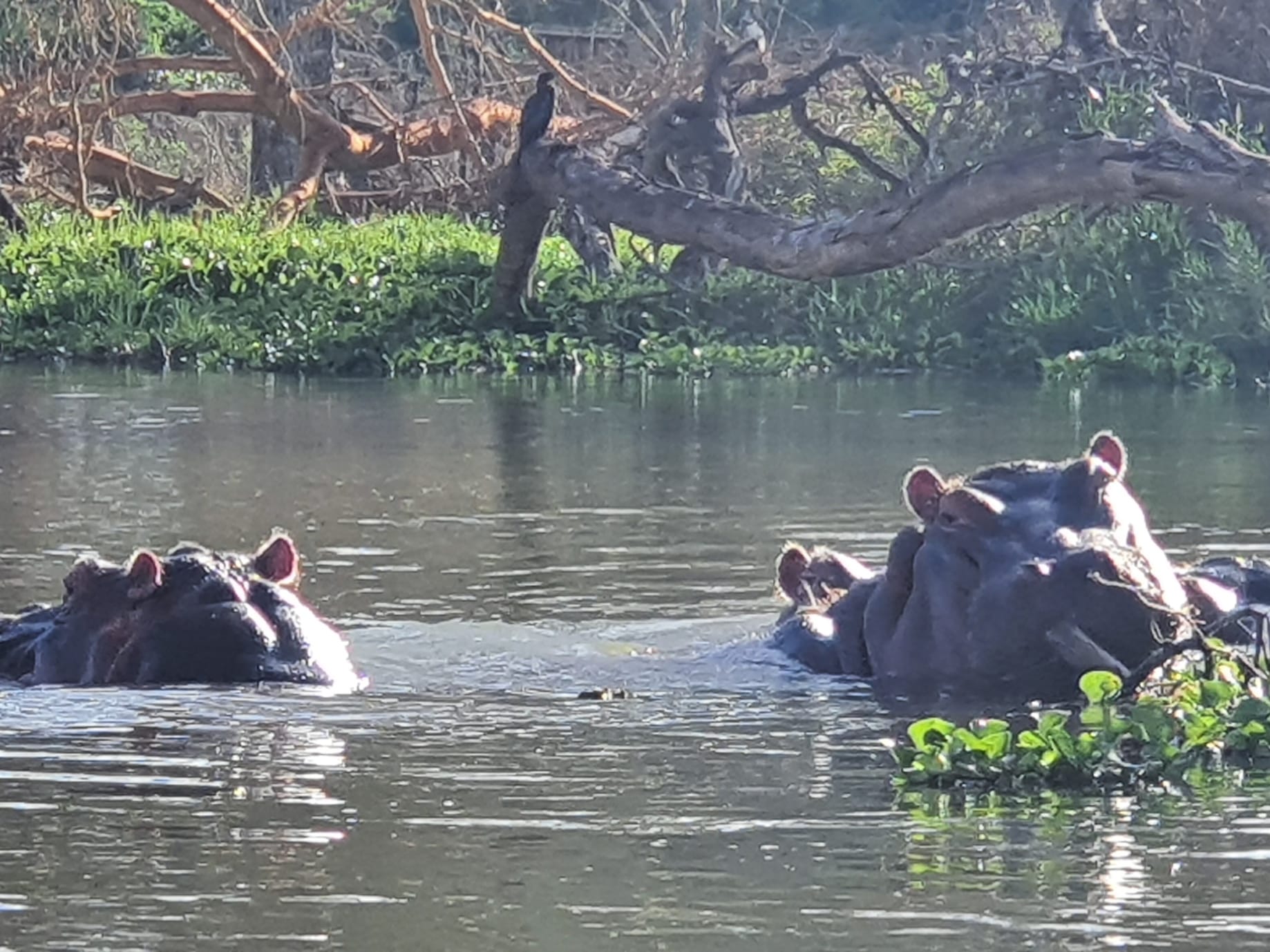
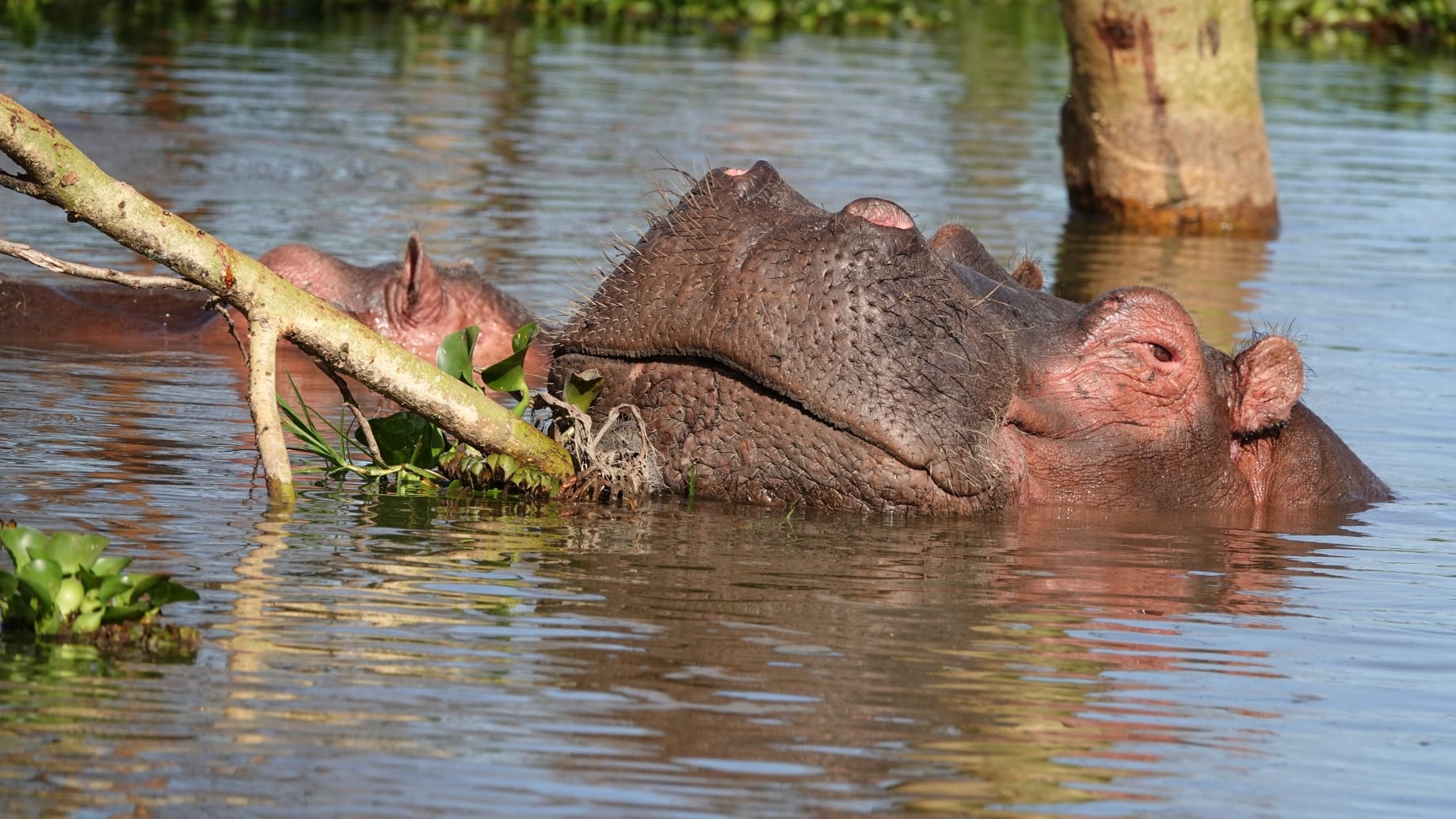
Naivasha – Maasai Mara
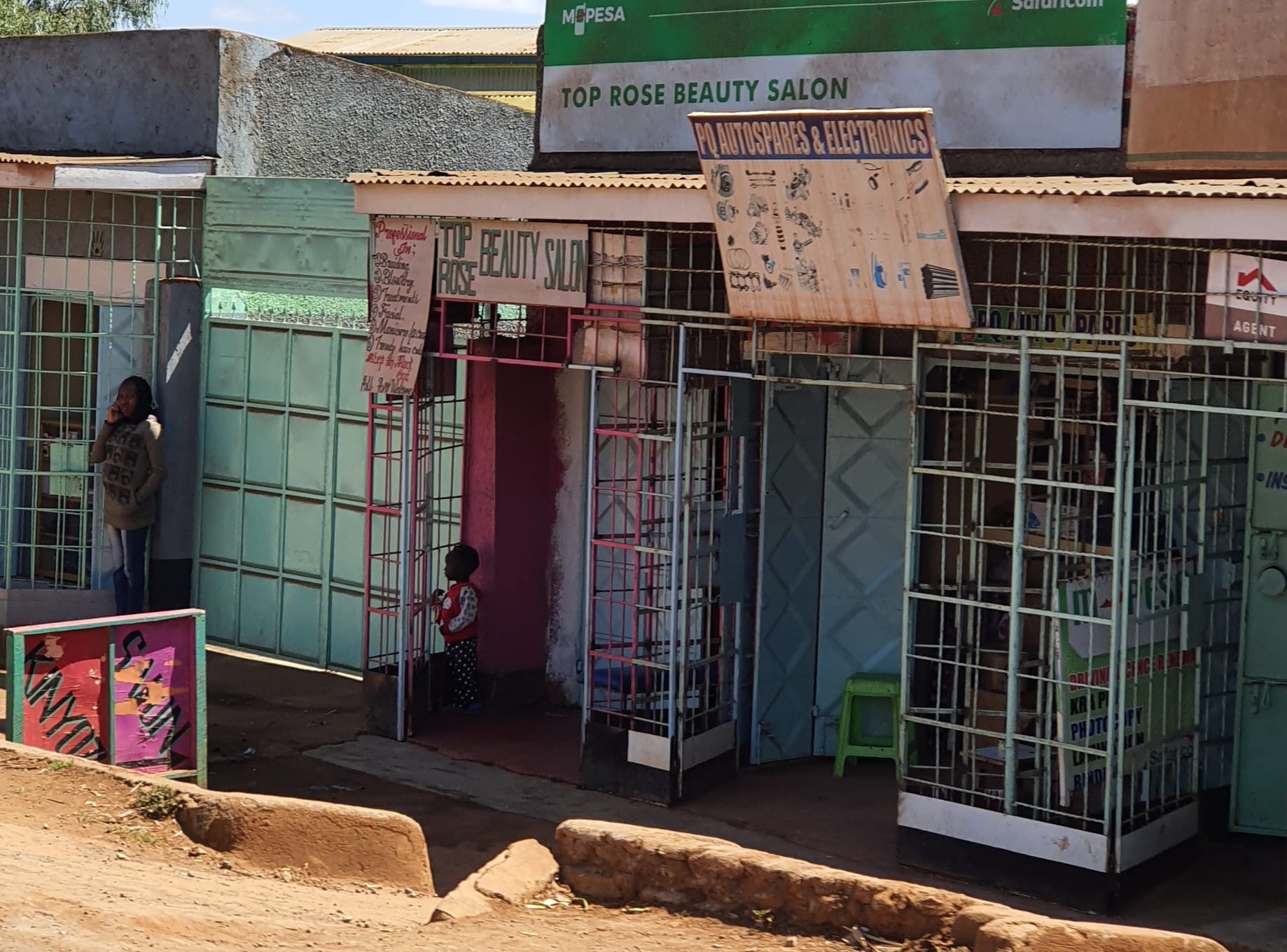
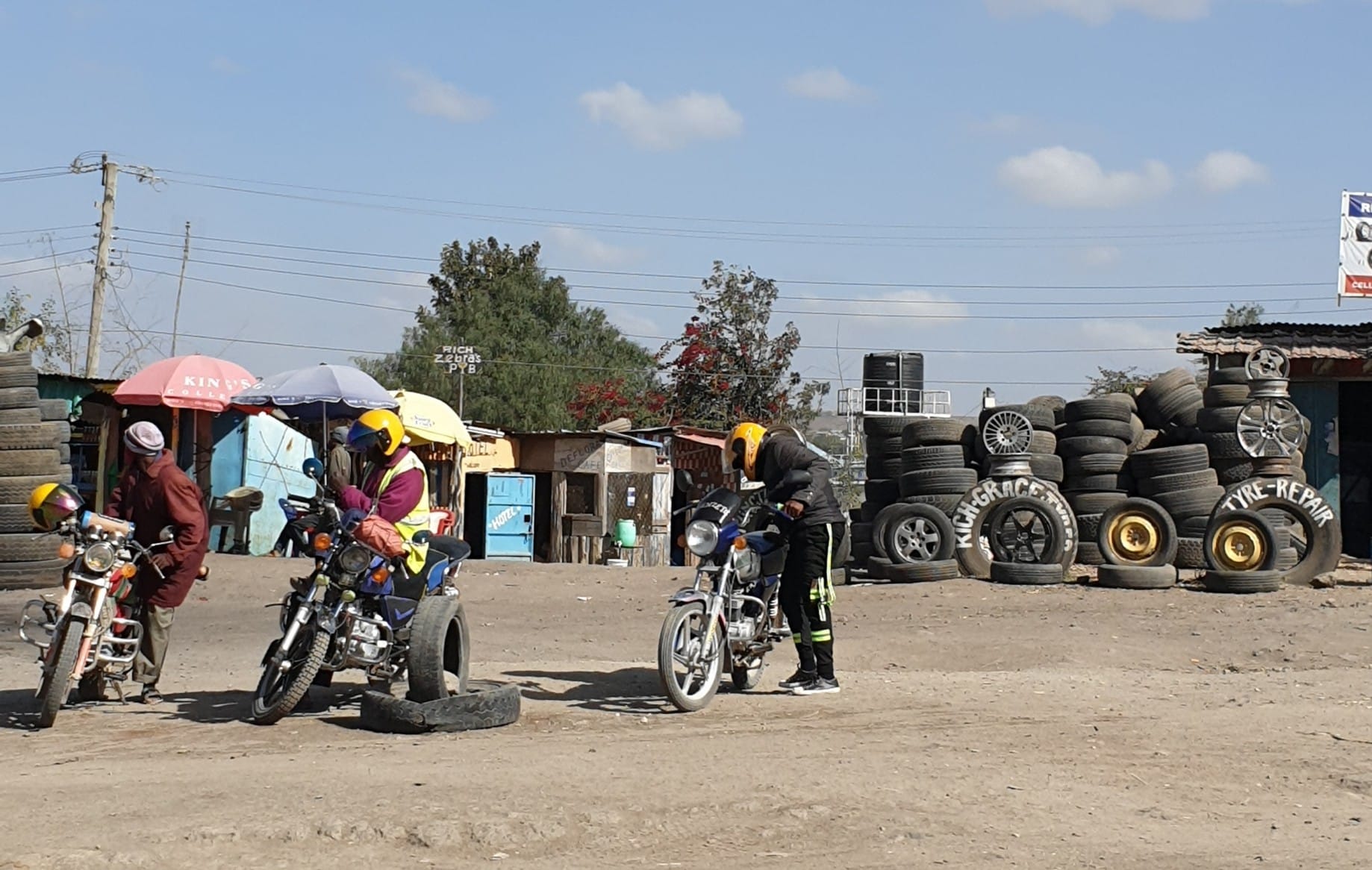
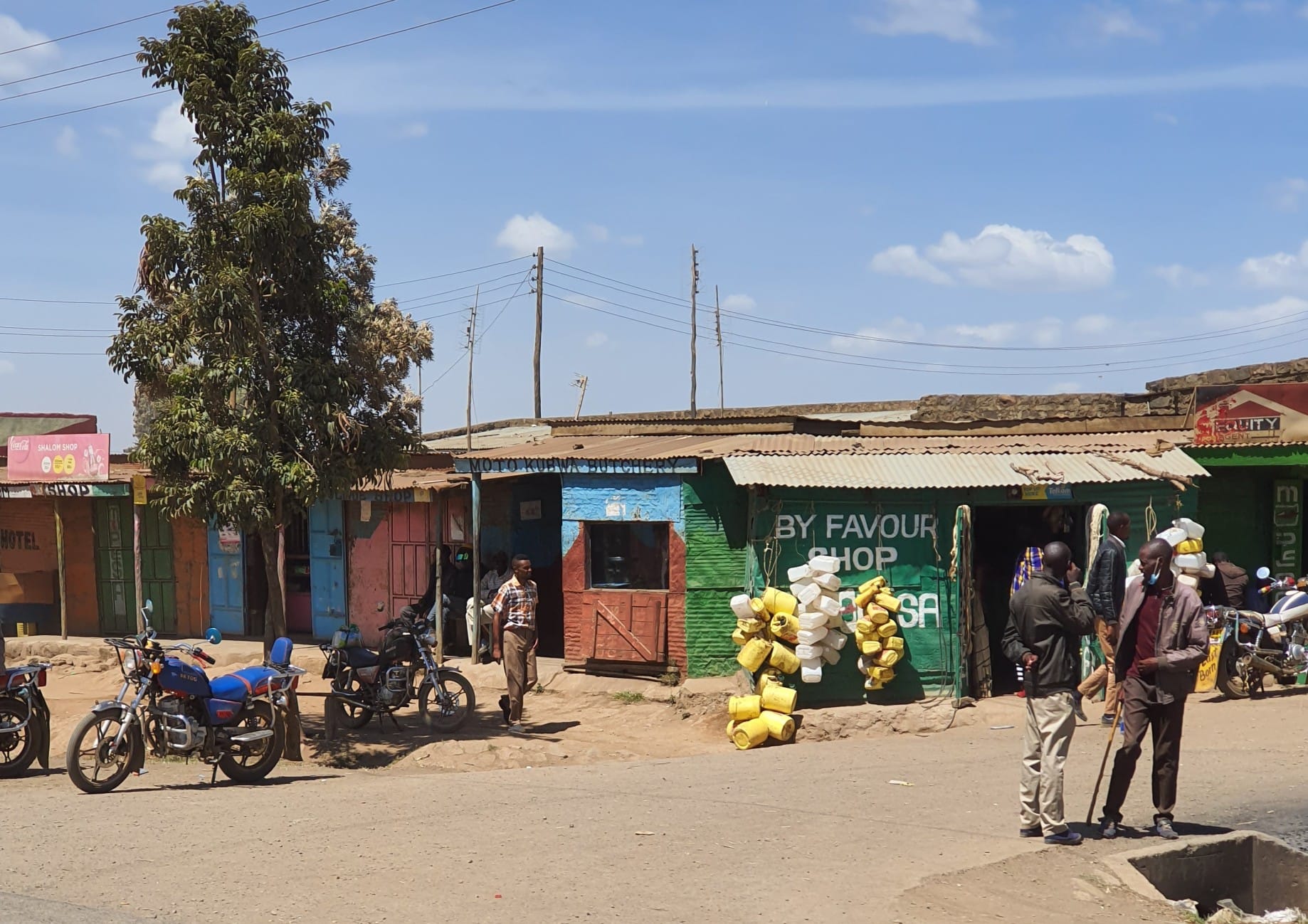
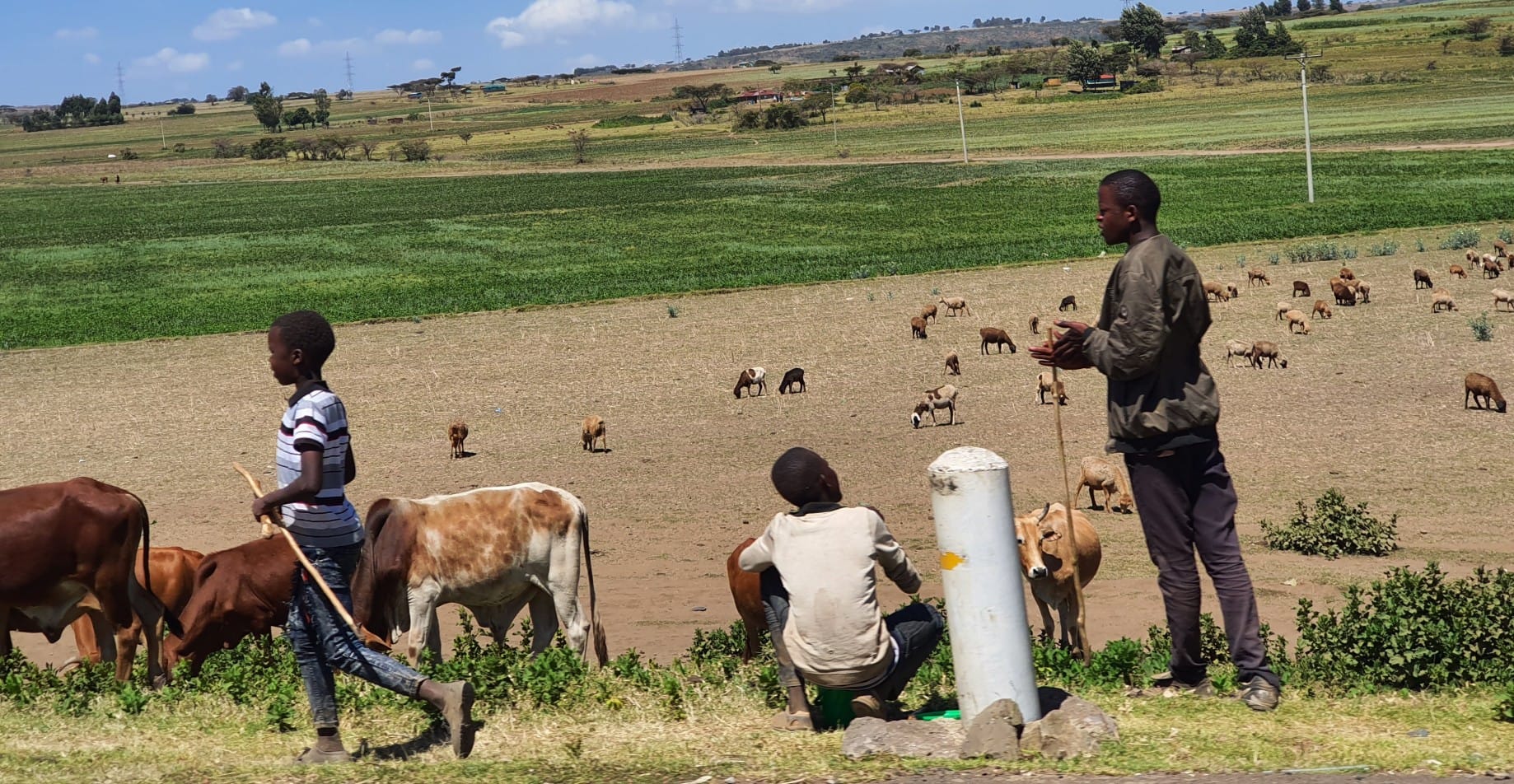
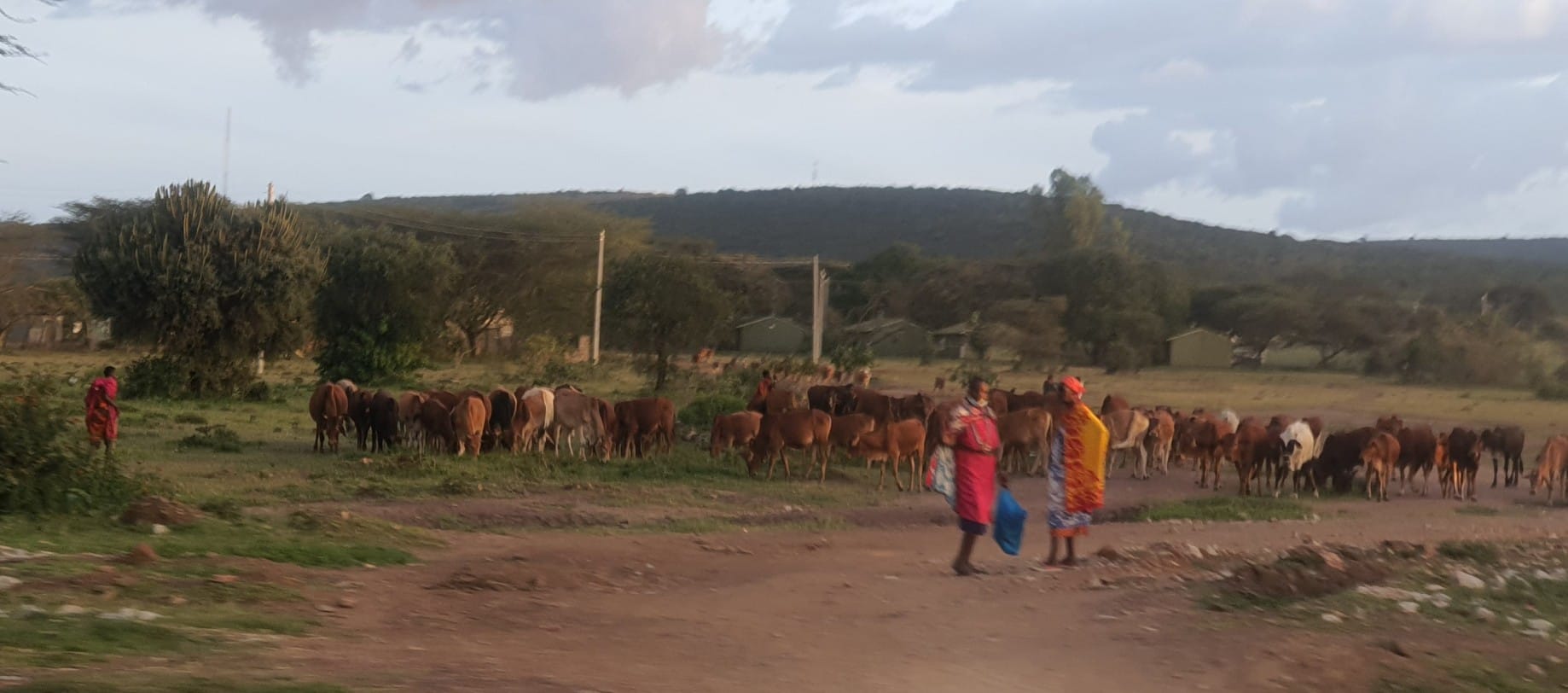
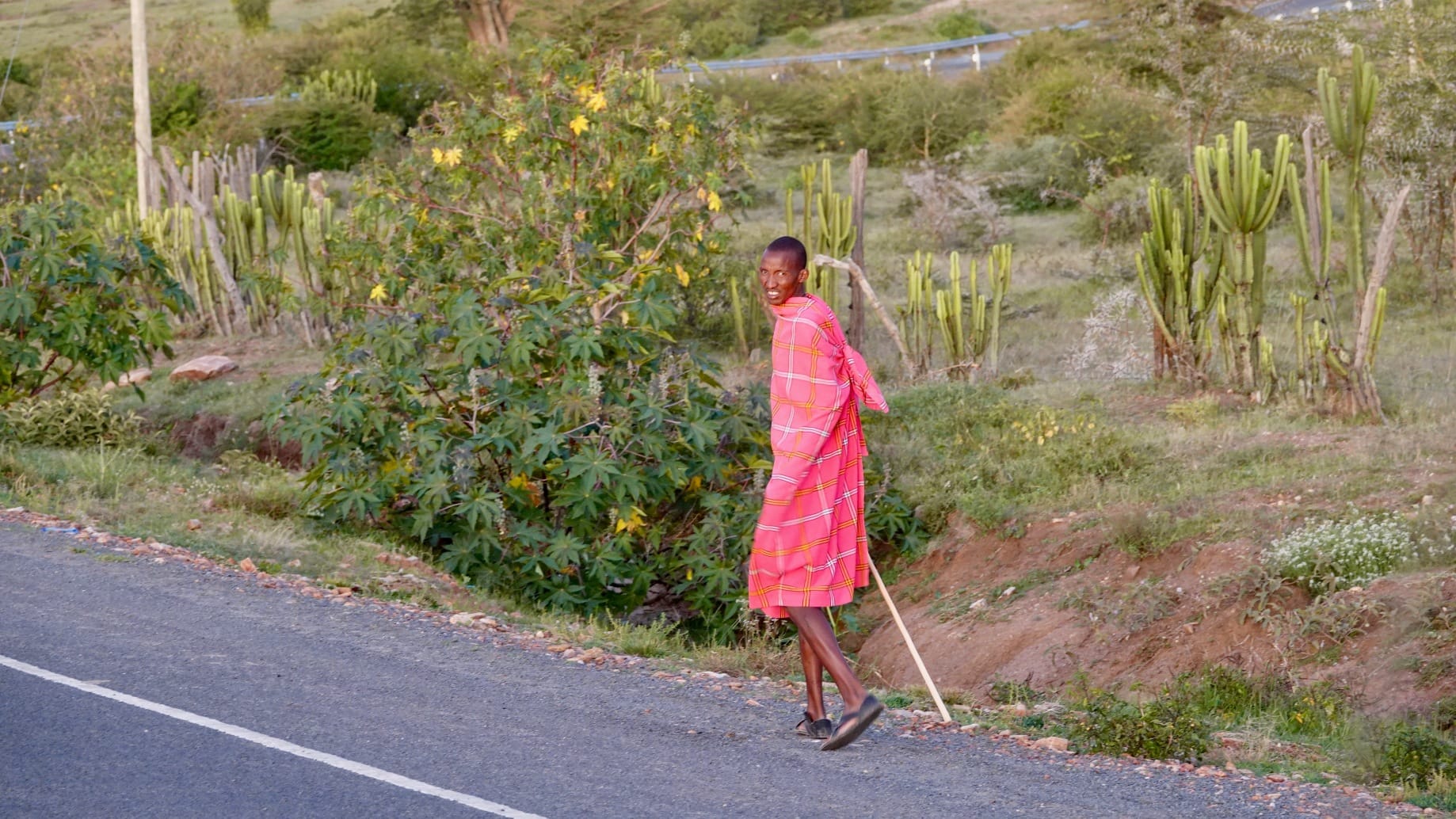
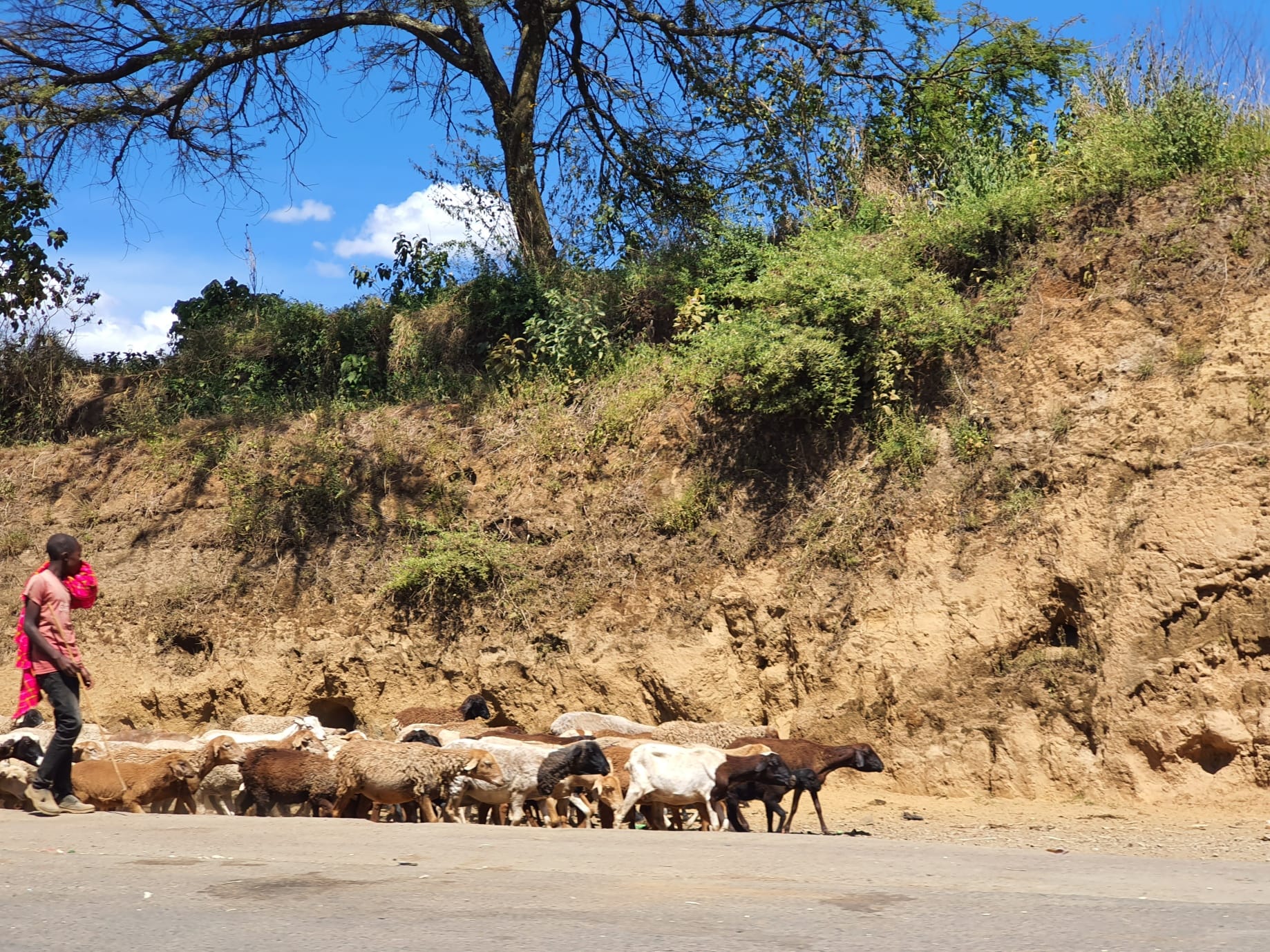
Maasai Mara National Reserve
Maasai Mara National Reserve is an area of preserved savannah wilderness in southwestern Kenya, along the Tanzanian border. Its animals include lions, cheetahs, elephants, zebras and hippos. Wildebeest traverse its plains during their annual migration. The landscape has grassy plains and rolling hills, and is crossed by the Mara and Talek rivers. The total area under conservation in the Greater Maasai Mara ecosystem amounts to almost 1,510 km2 (580 sq mi). It is the northernmost section of the Mara-Serengeti ecosystem, which covers some 25,000 km2 (9,700 sq mi) in Tanzania and Kenya.
https://en.wikipedia.org/wiki/Maasai_Mara
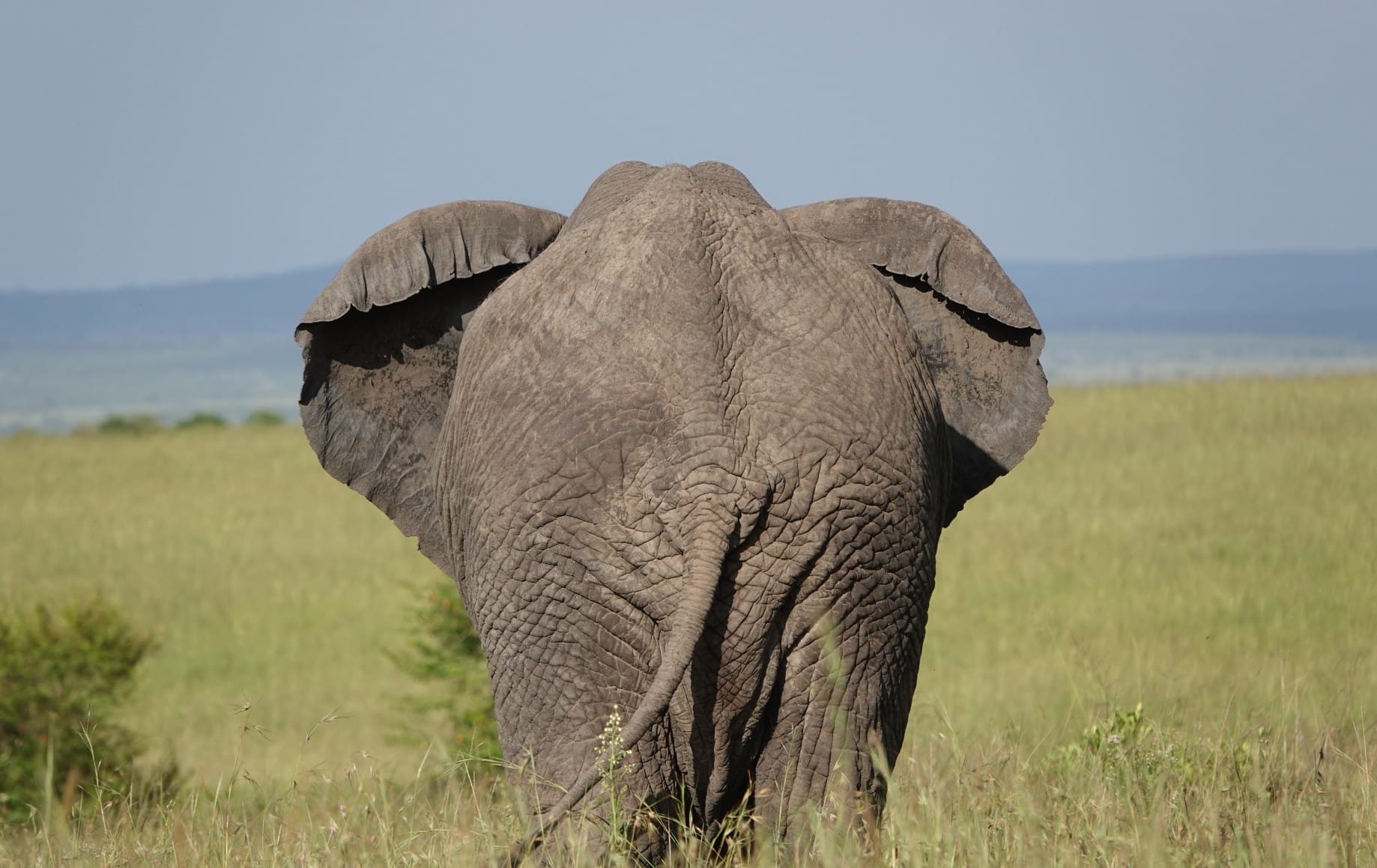
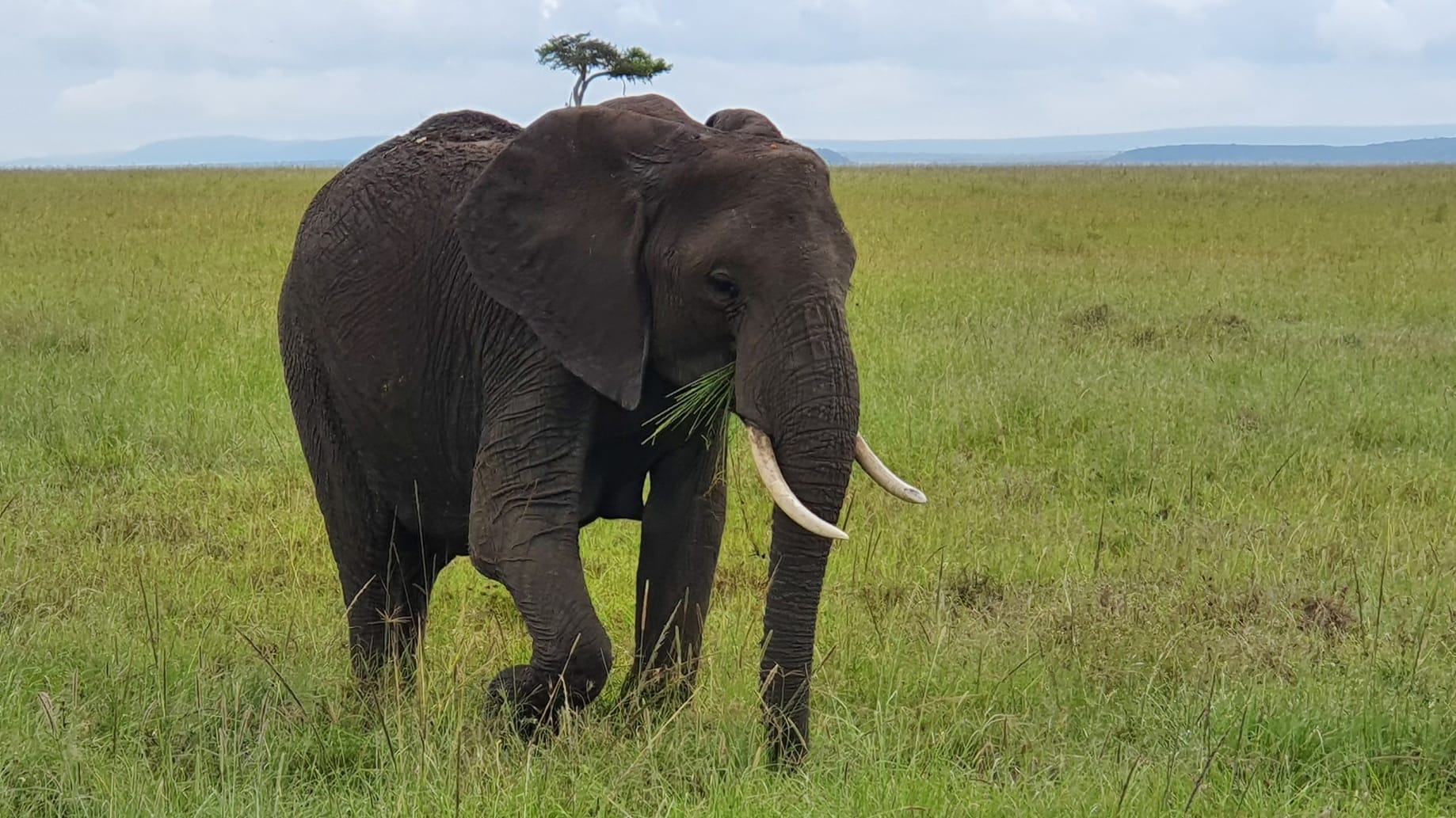
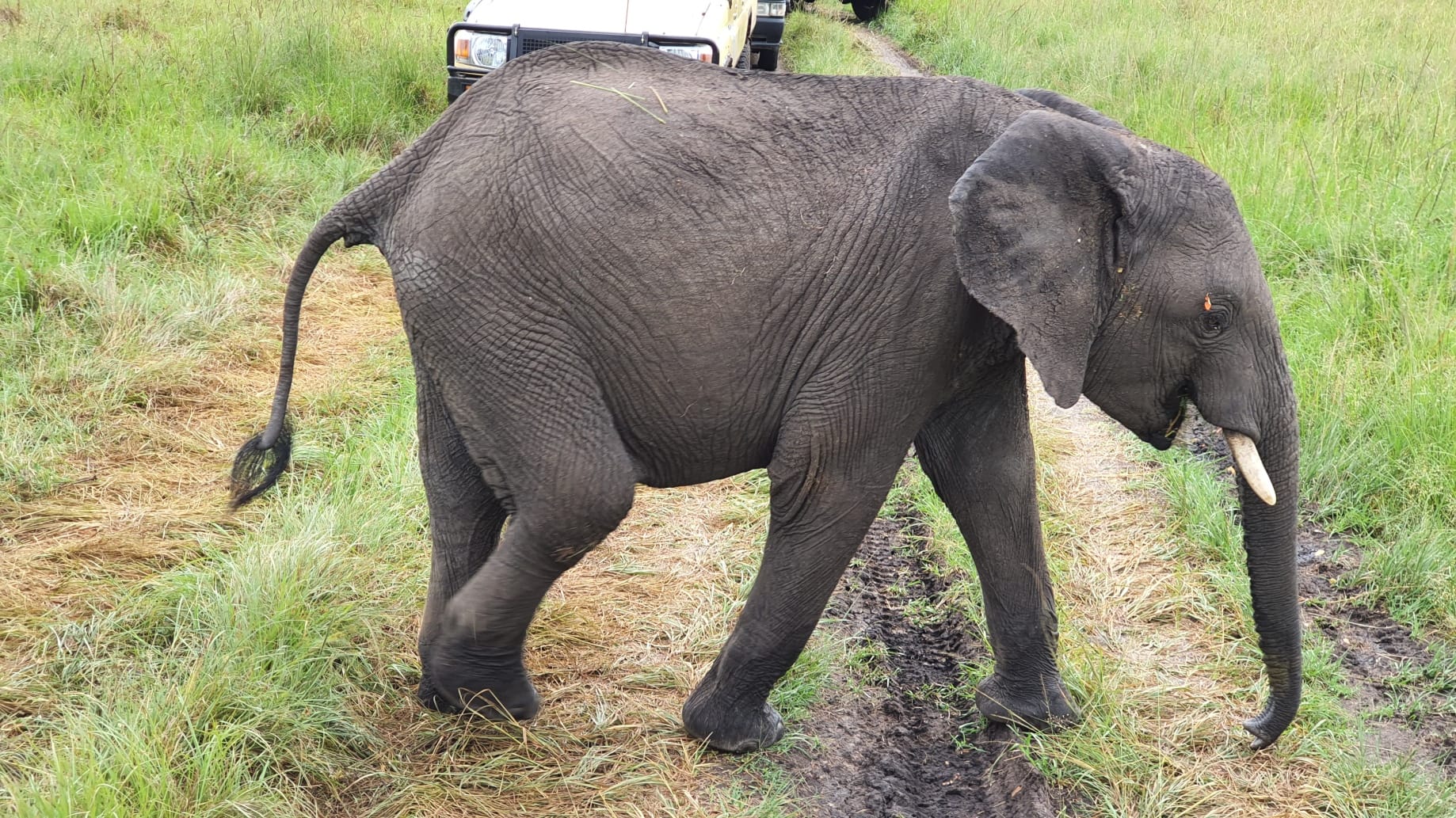
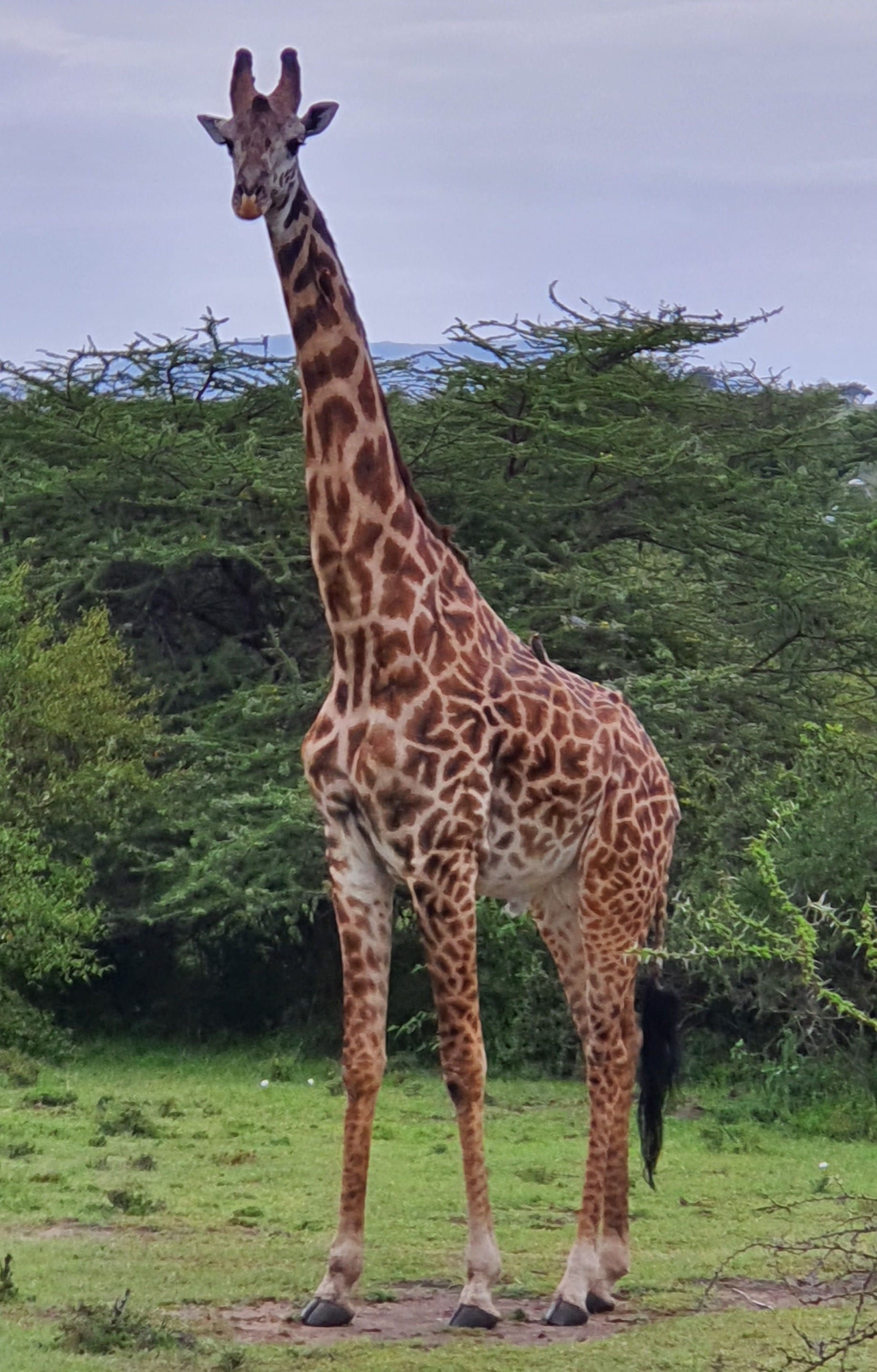
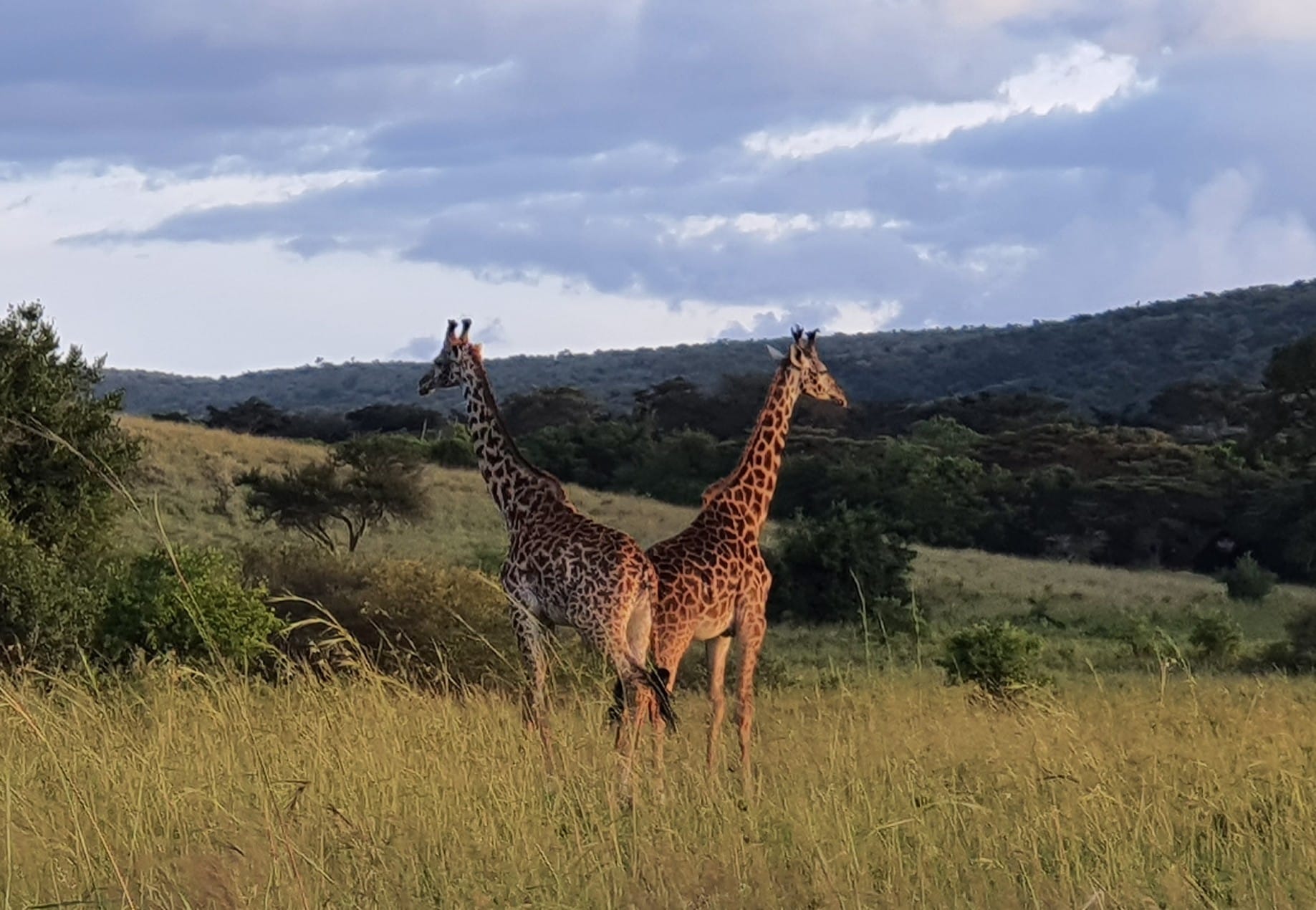
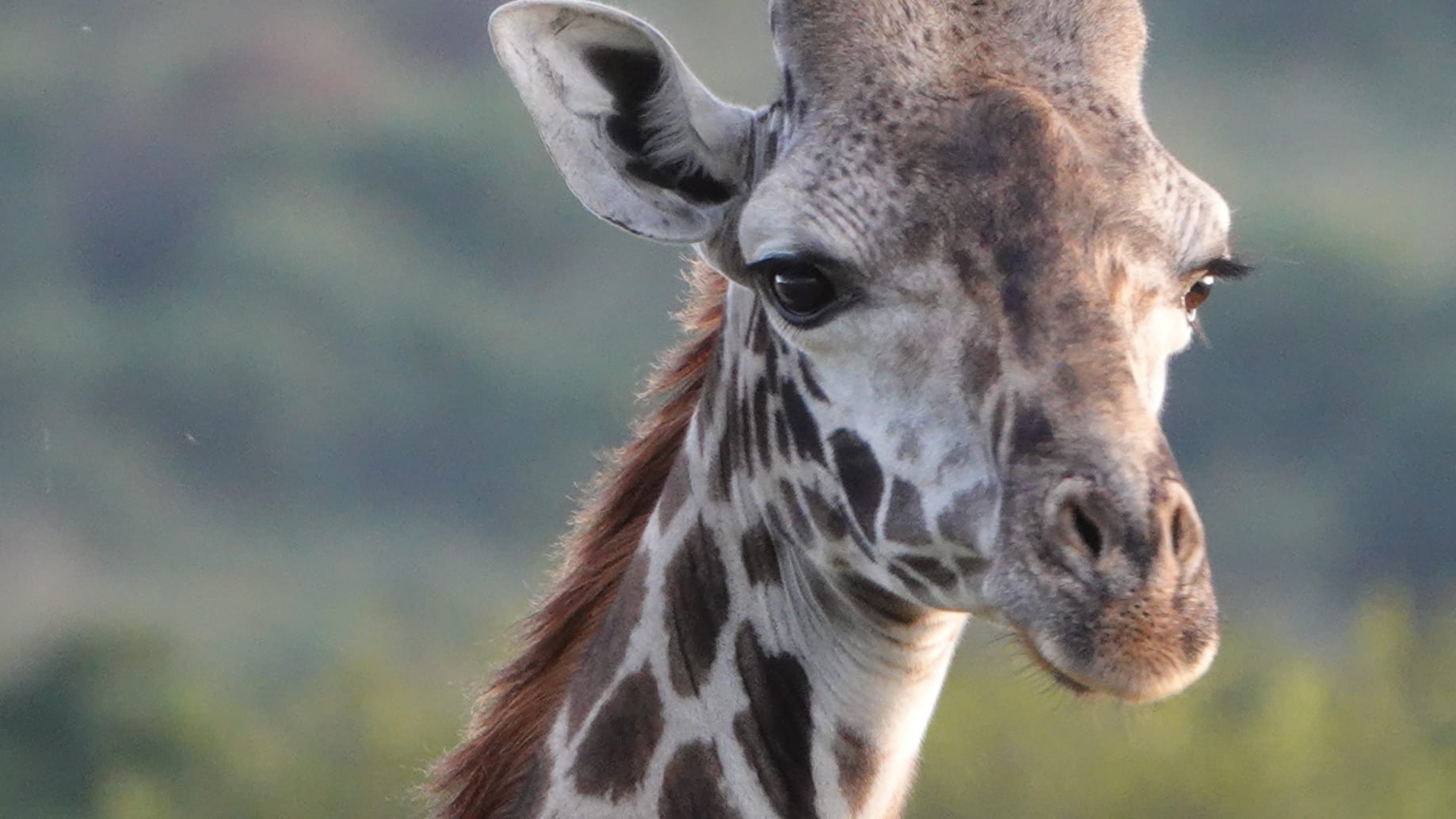
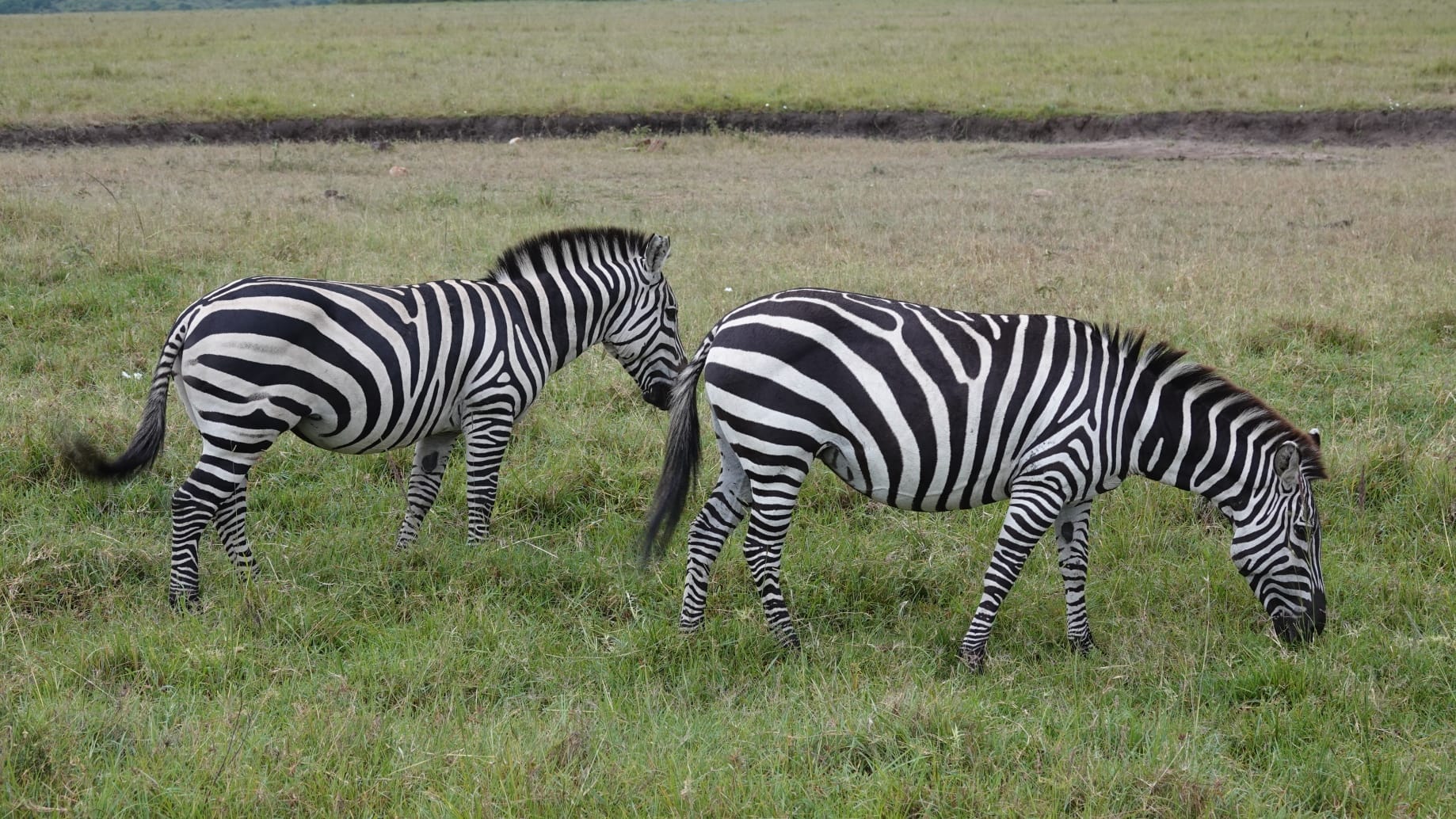
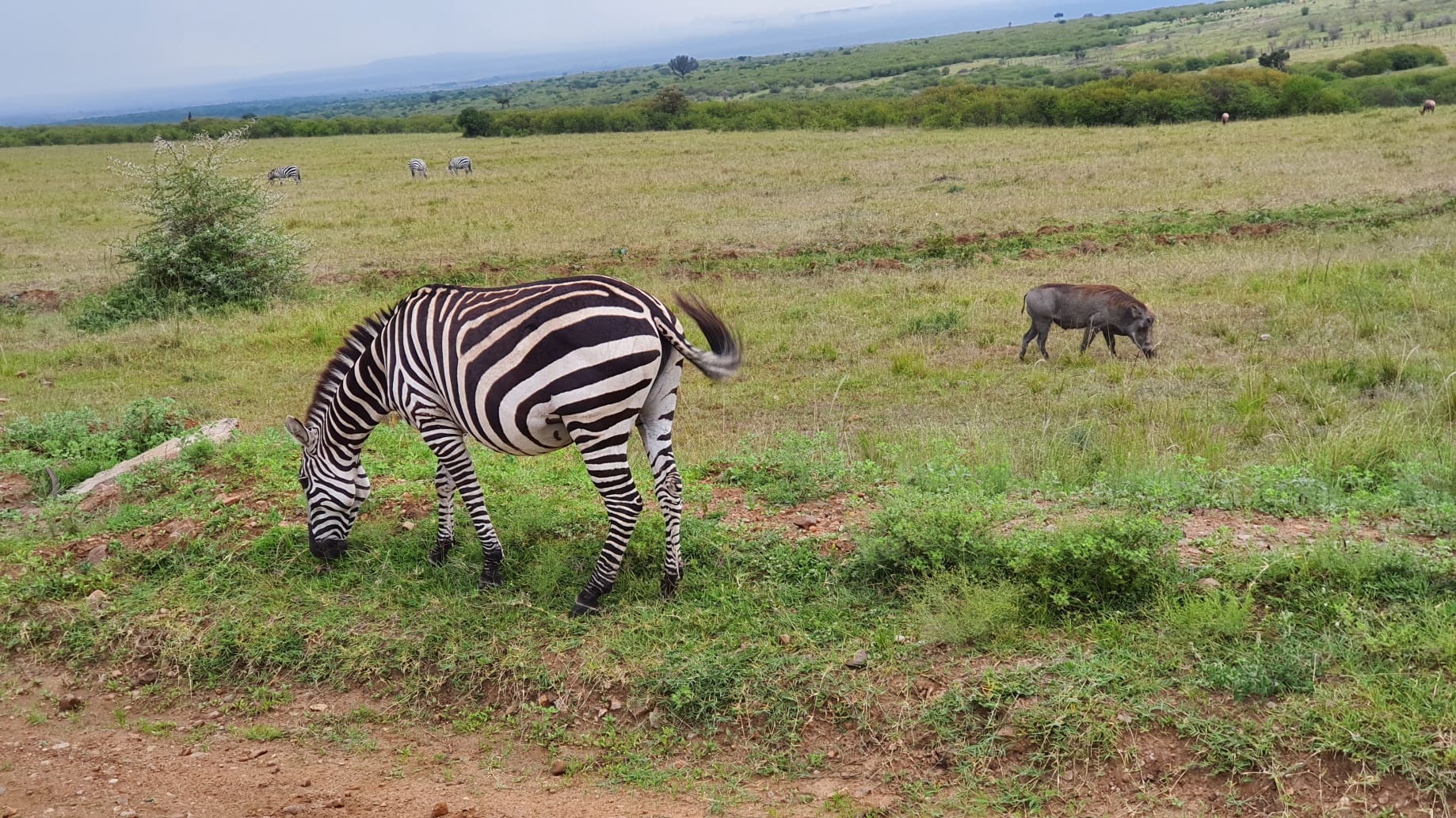
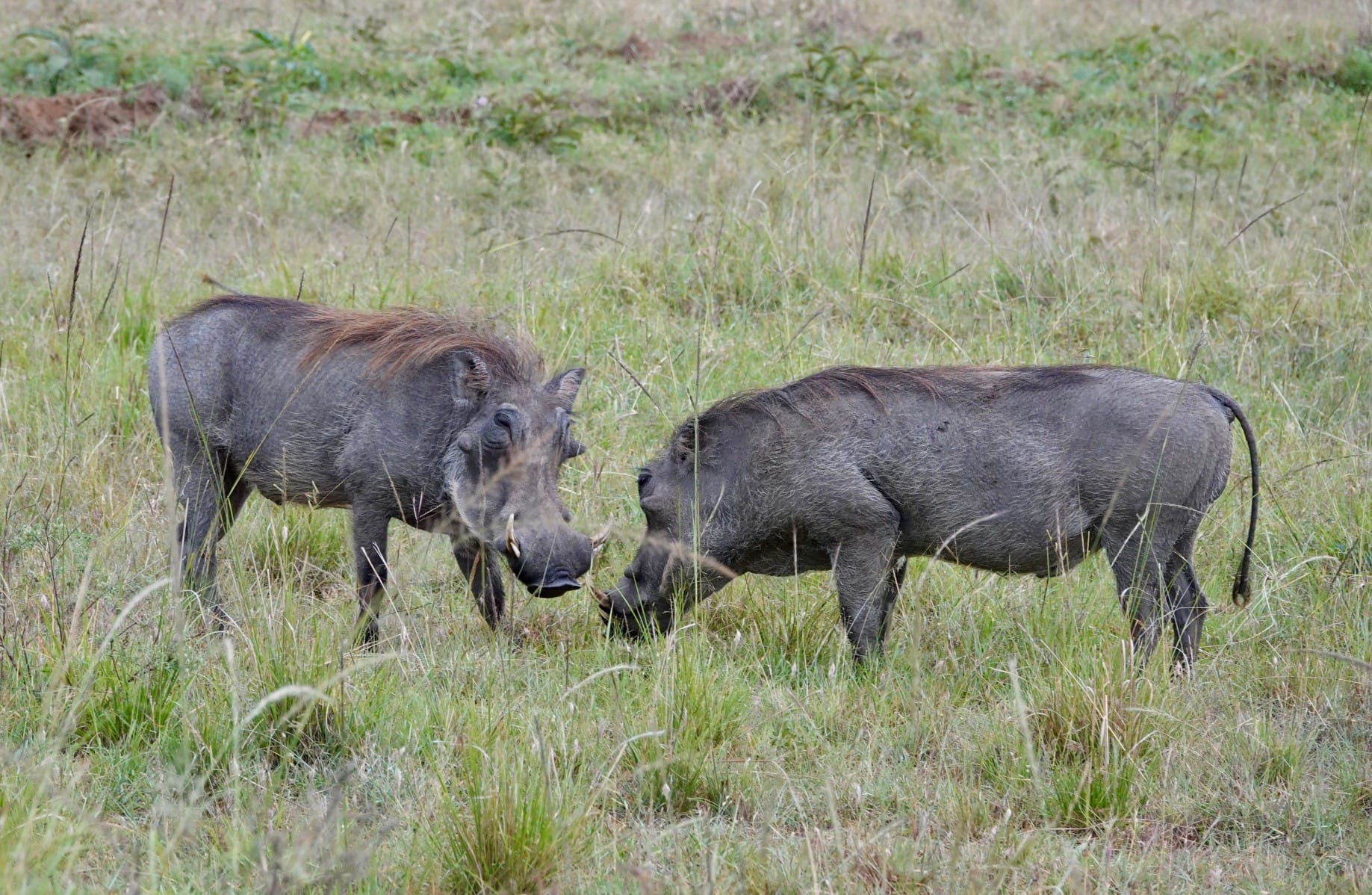
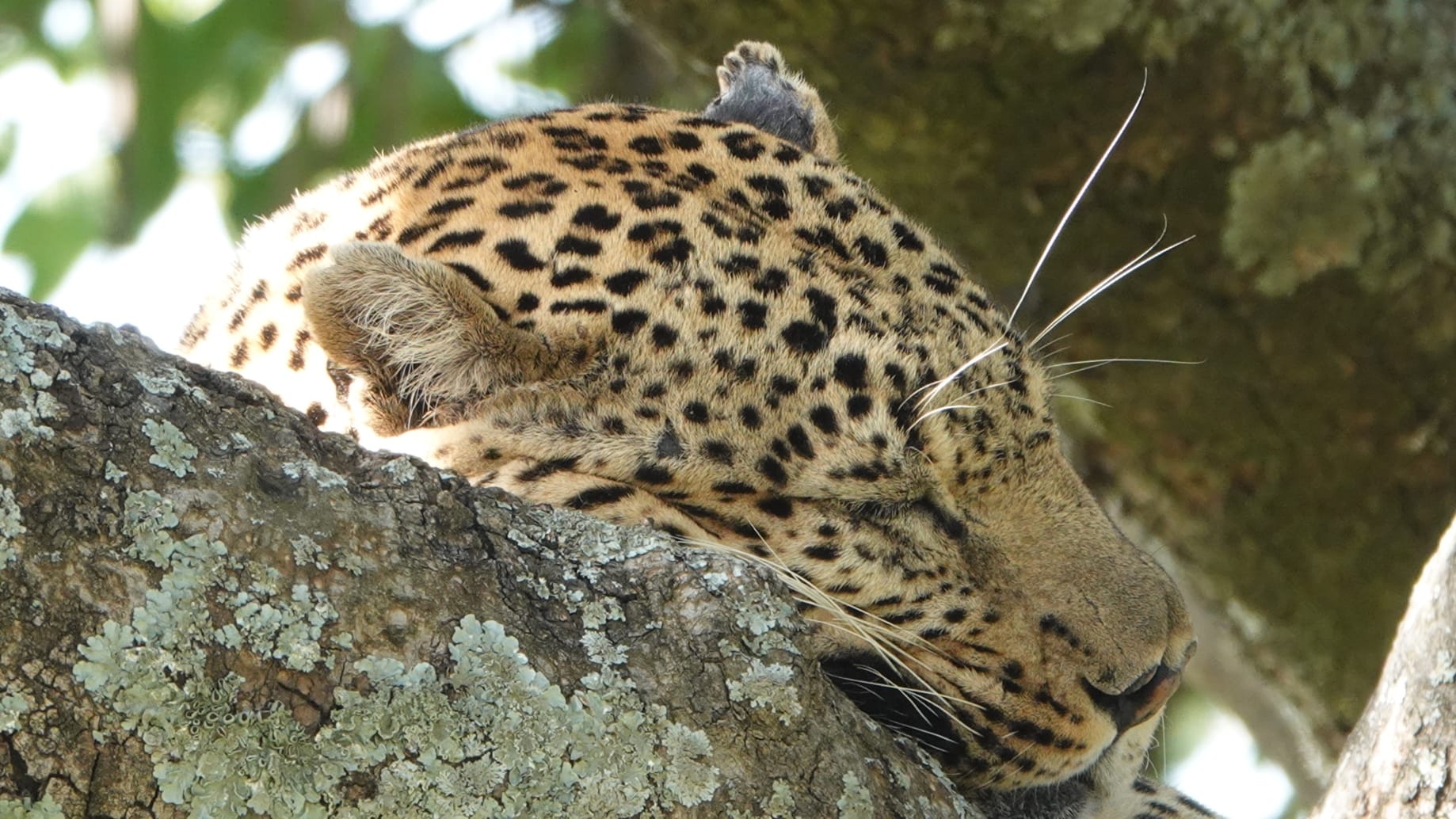
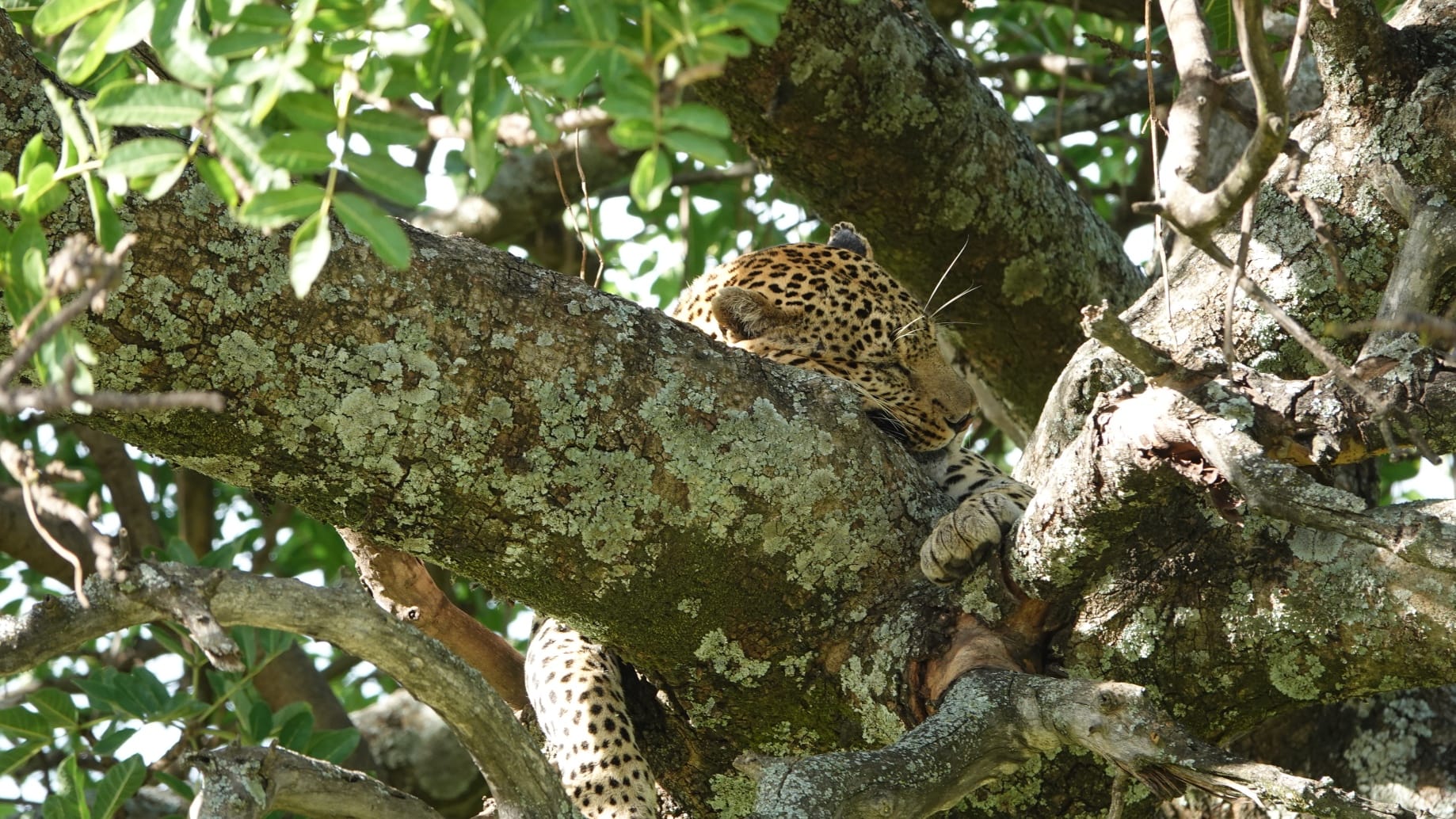
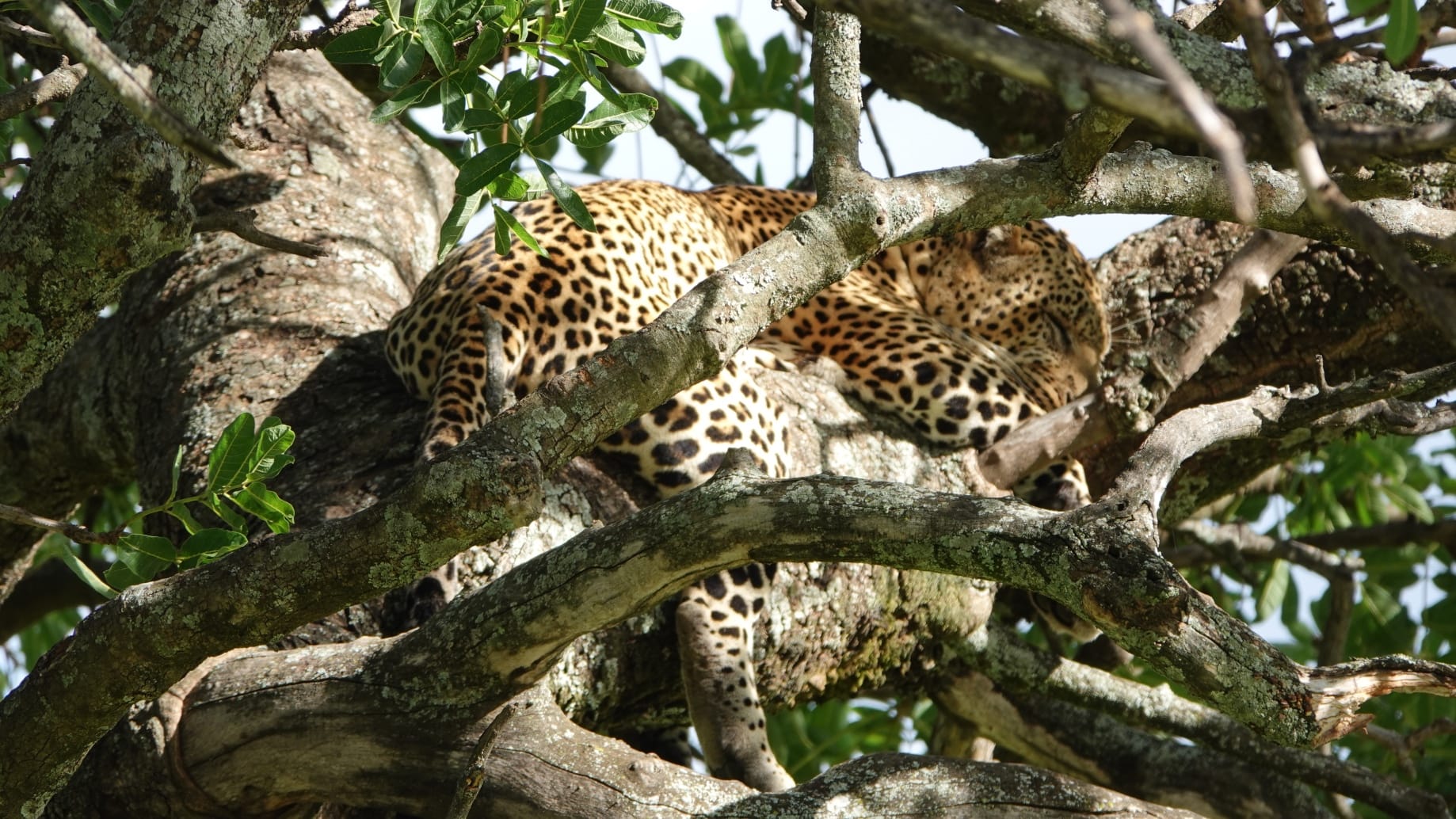
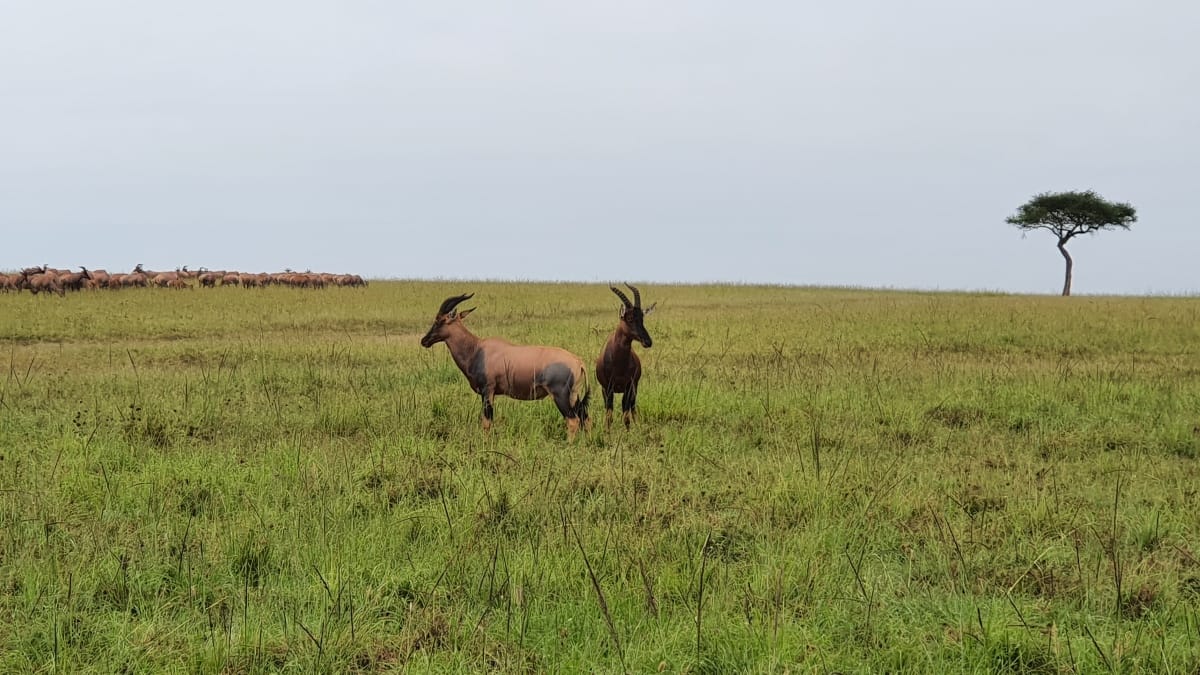
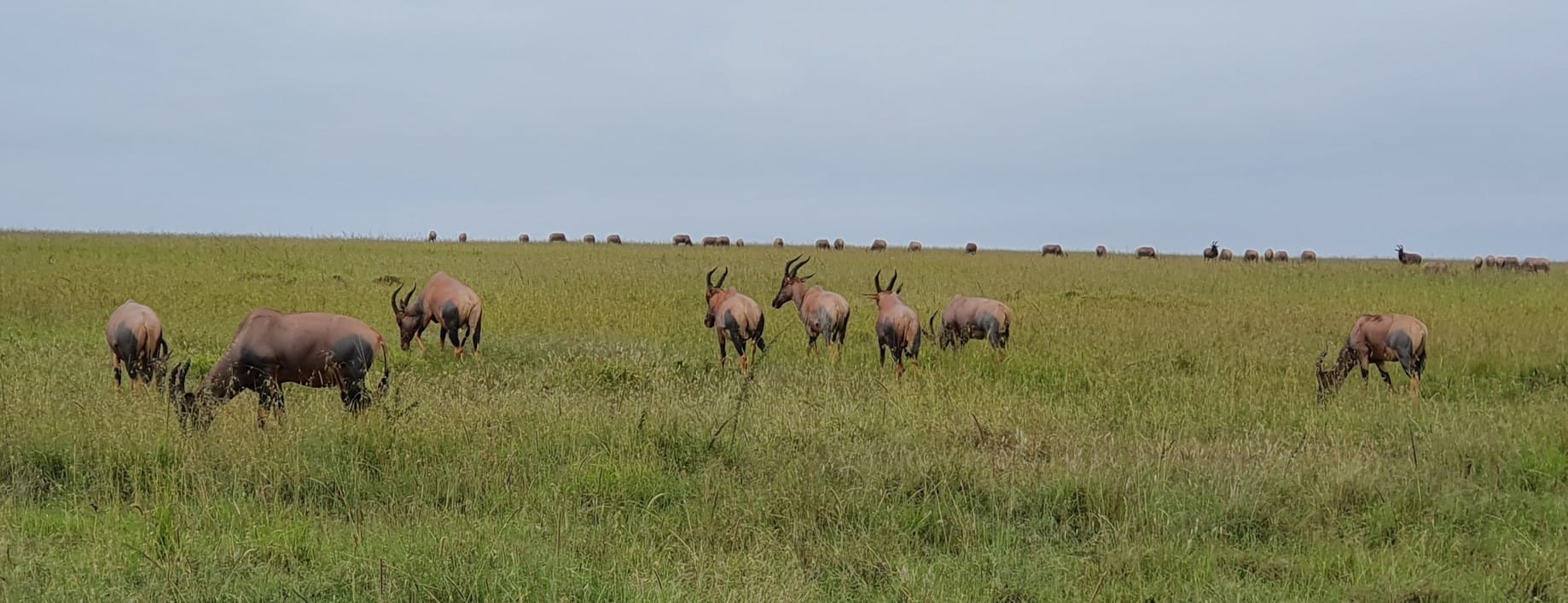
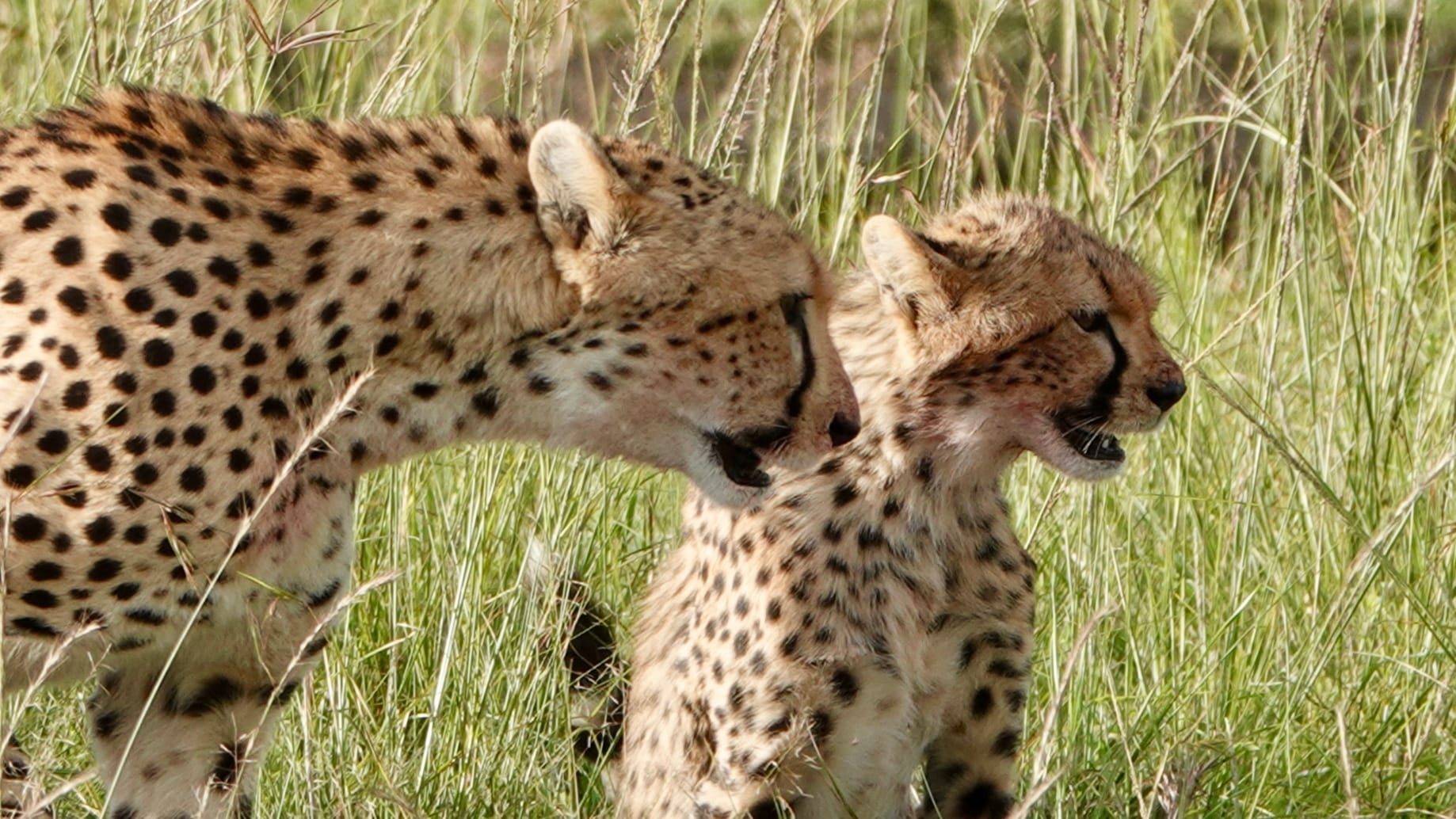
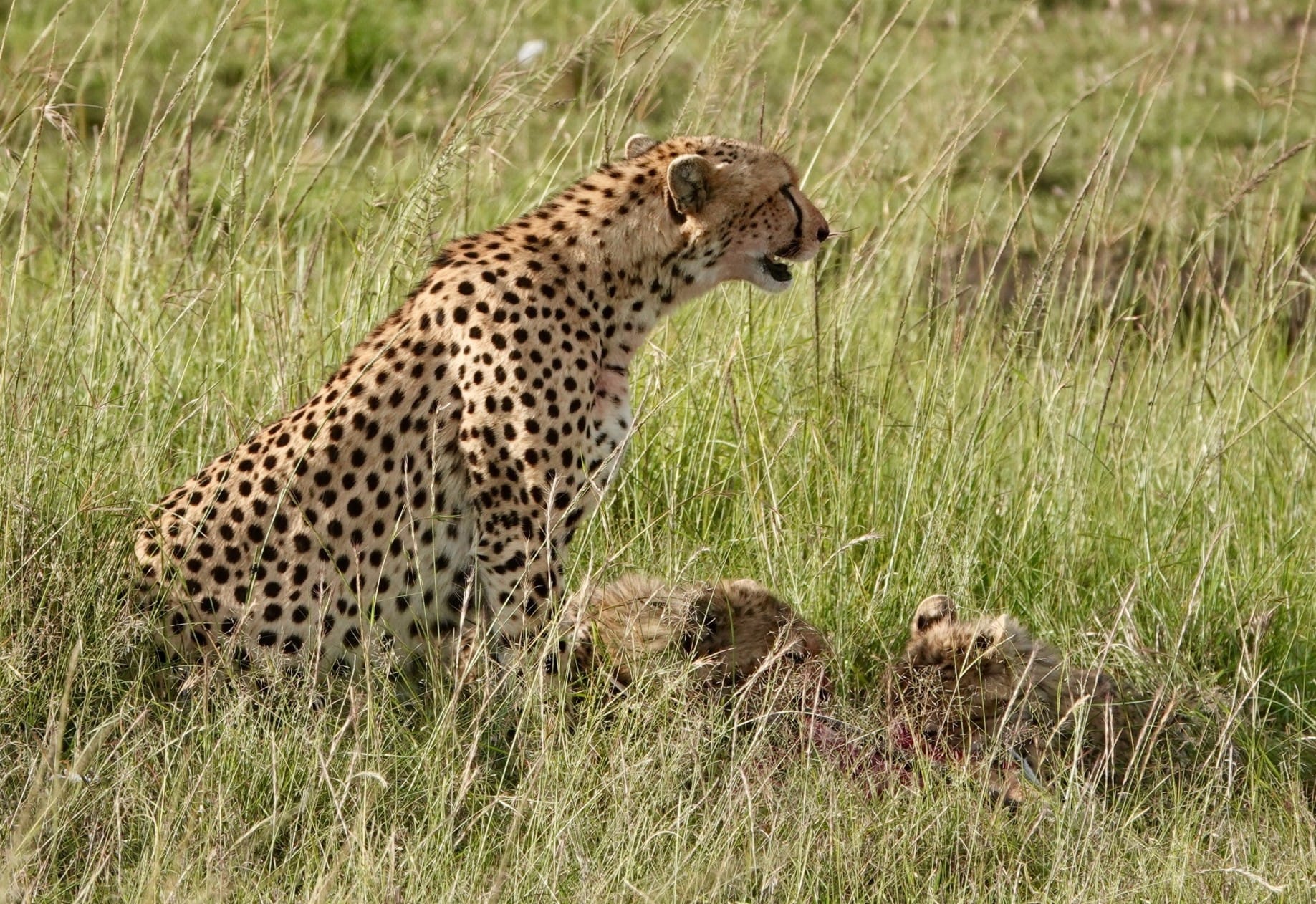
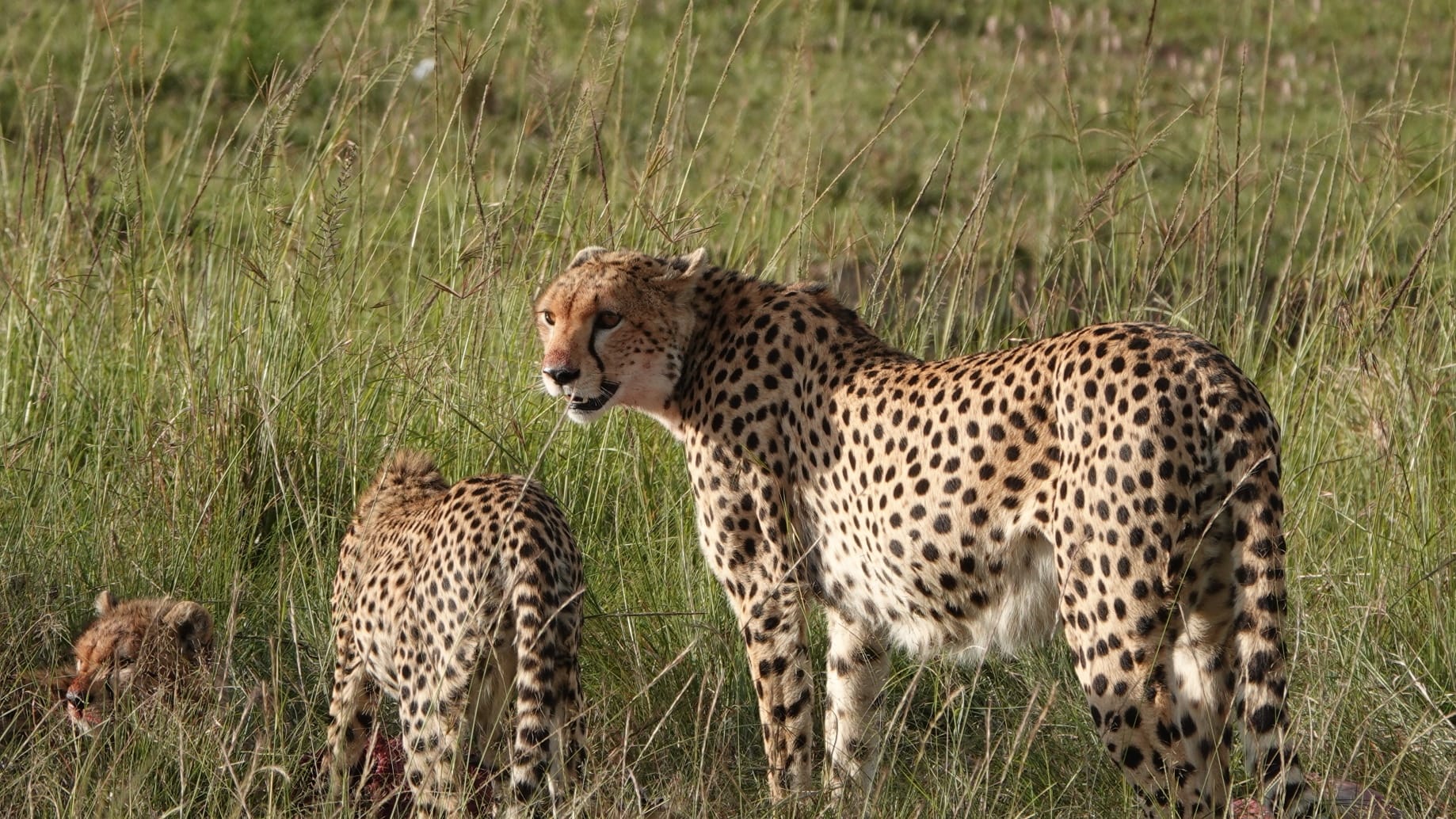
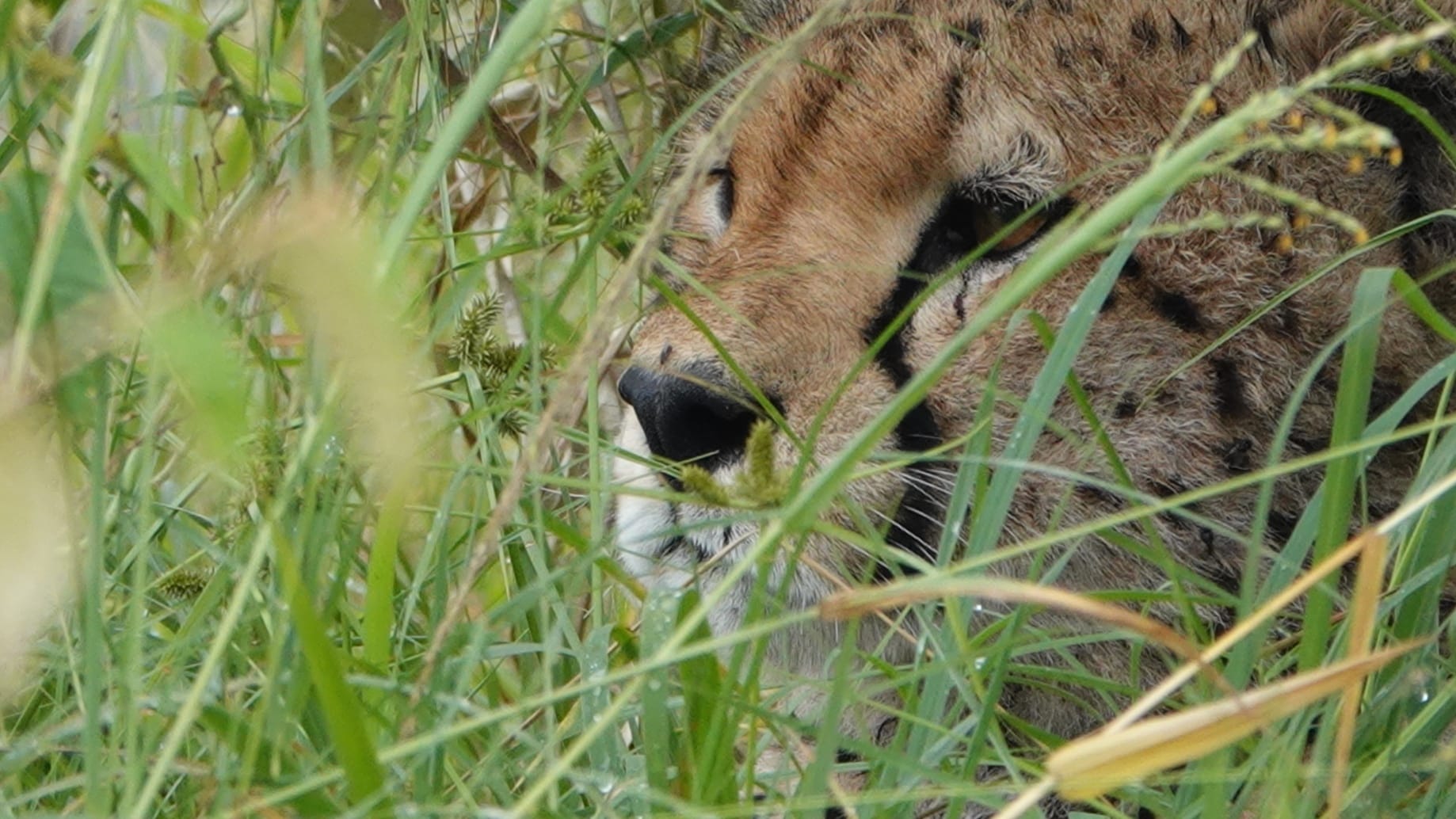

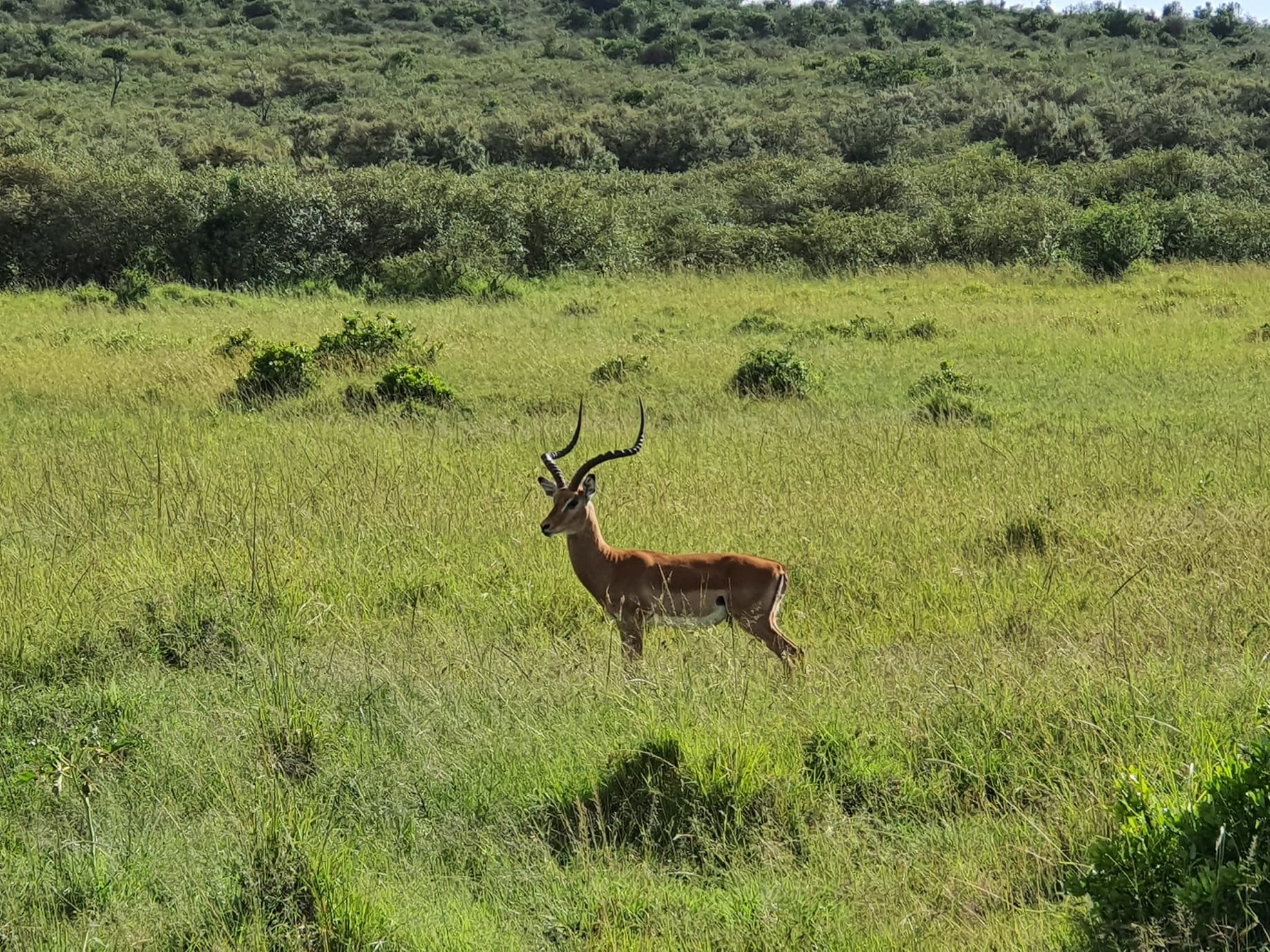
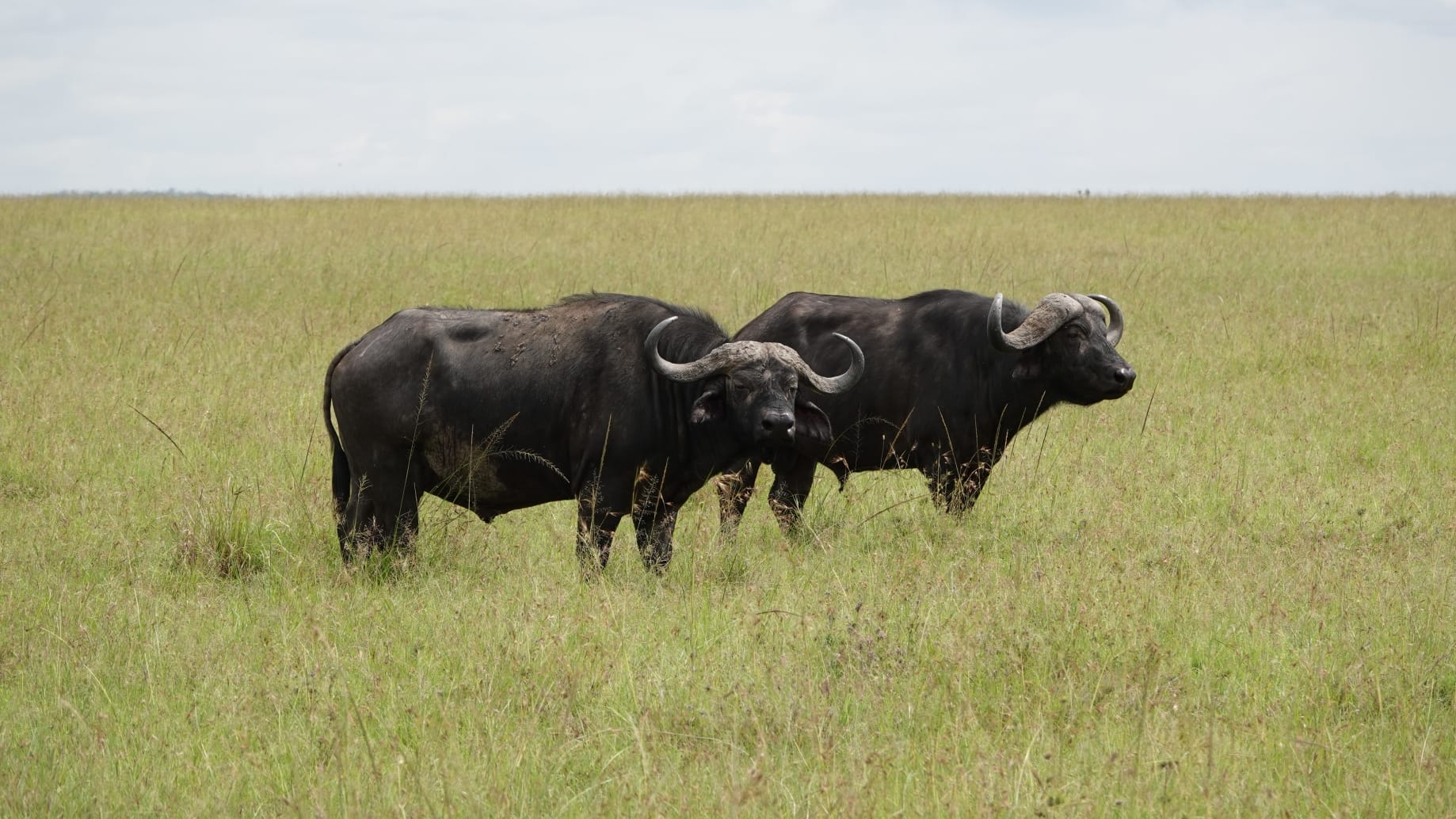
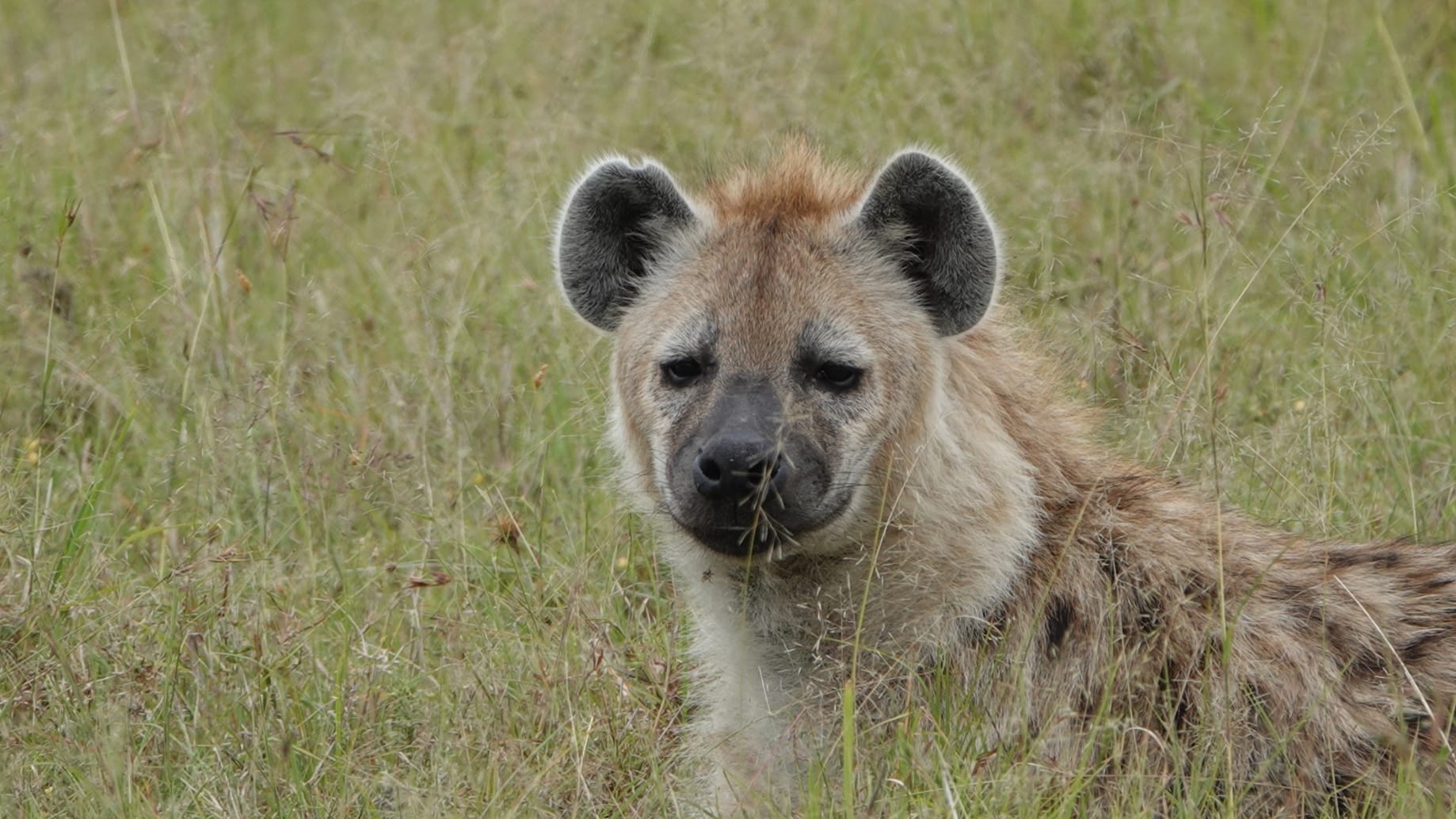
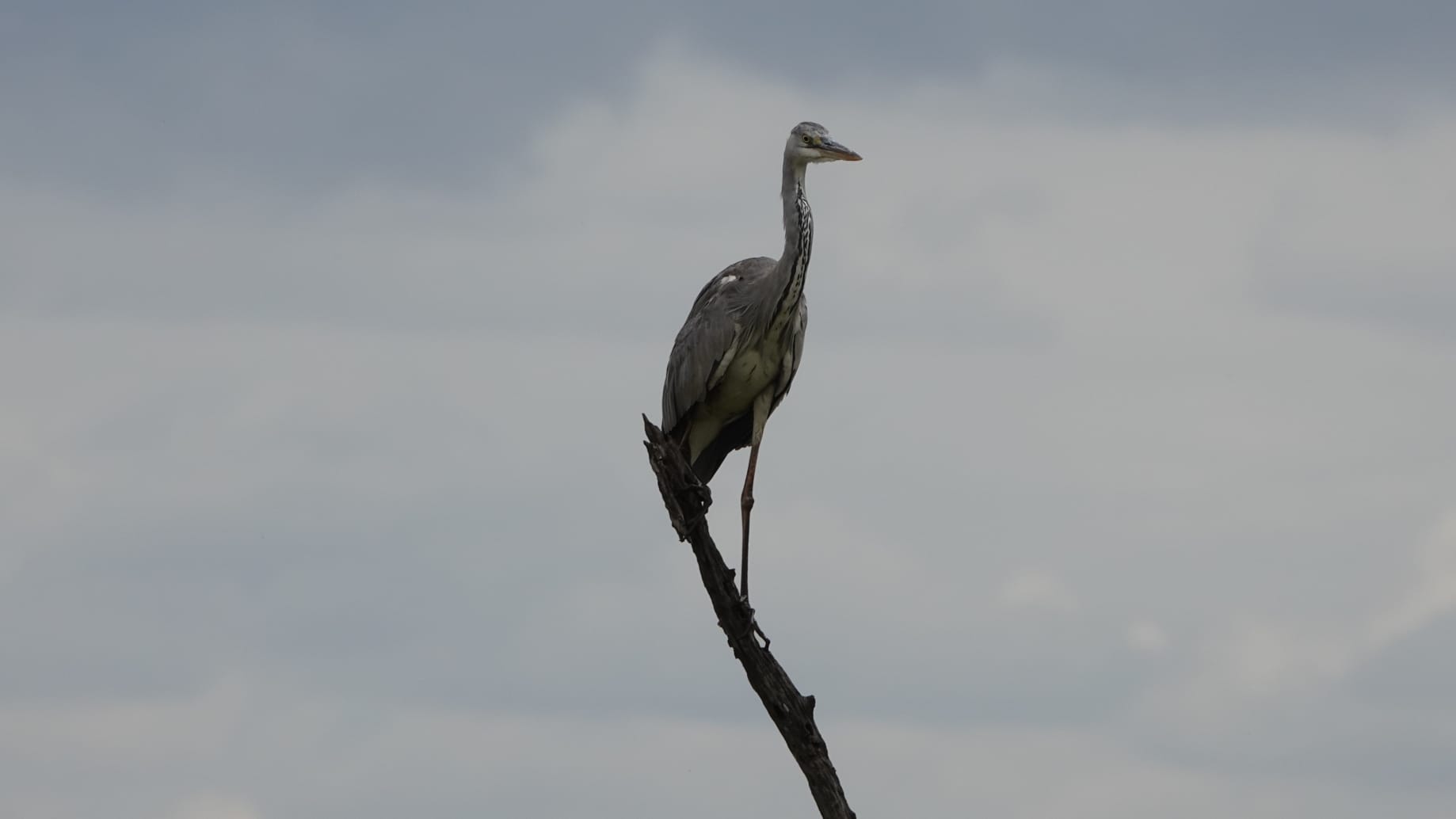
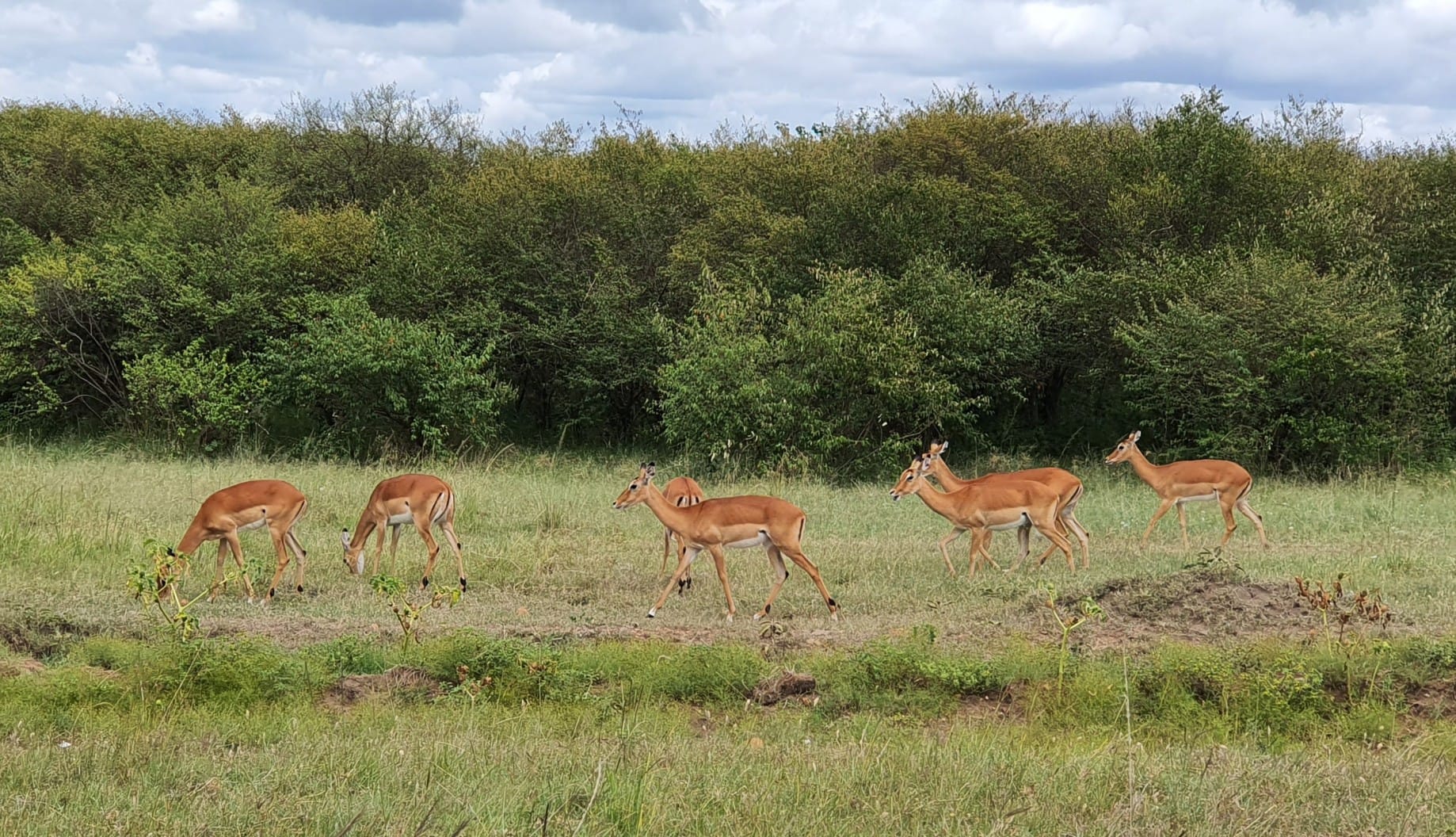
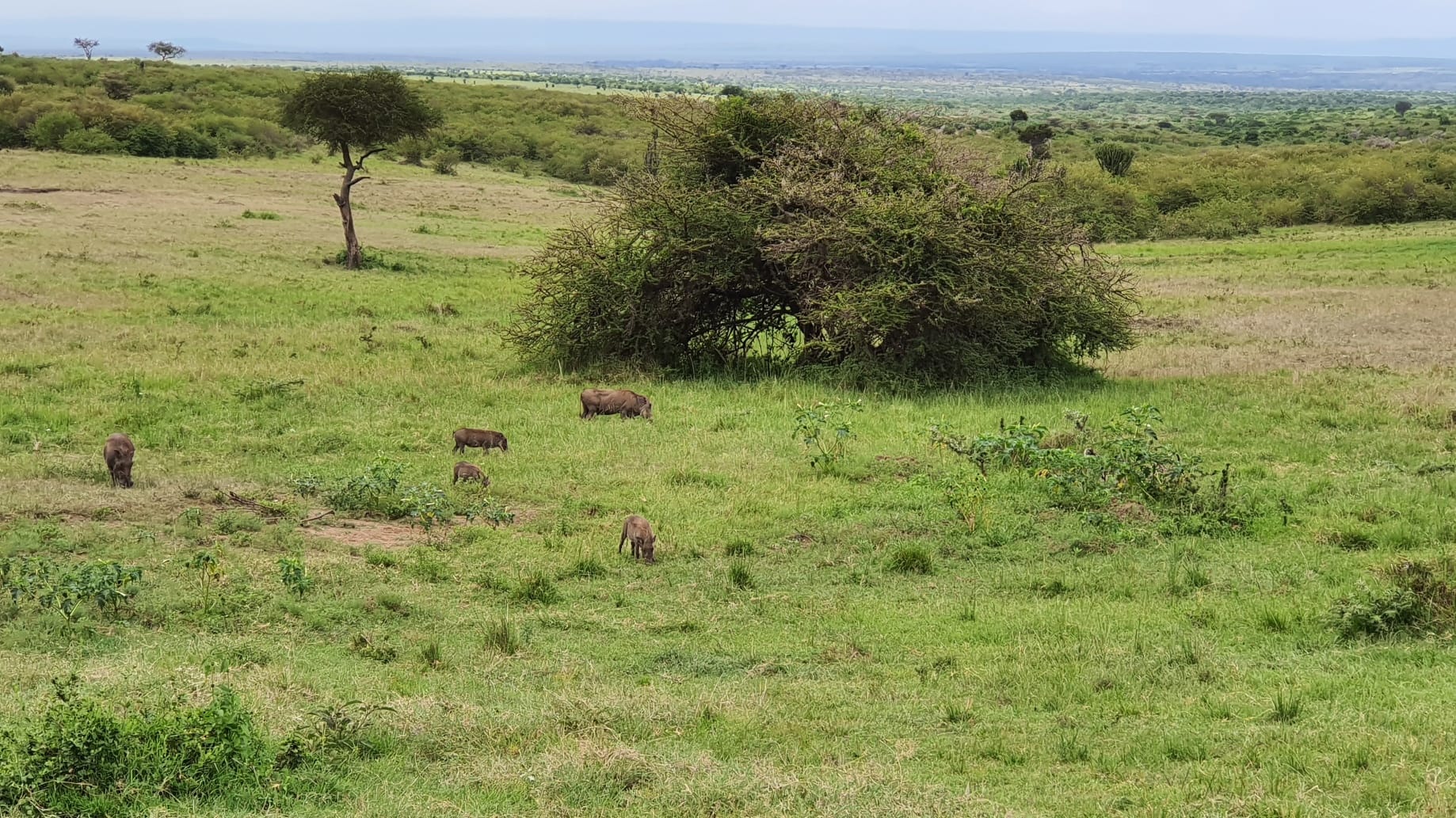
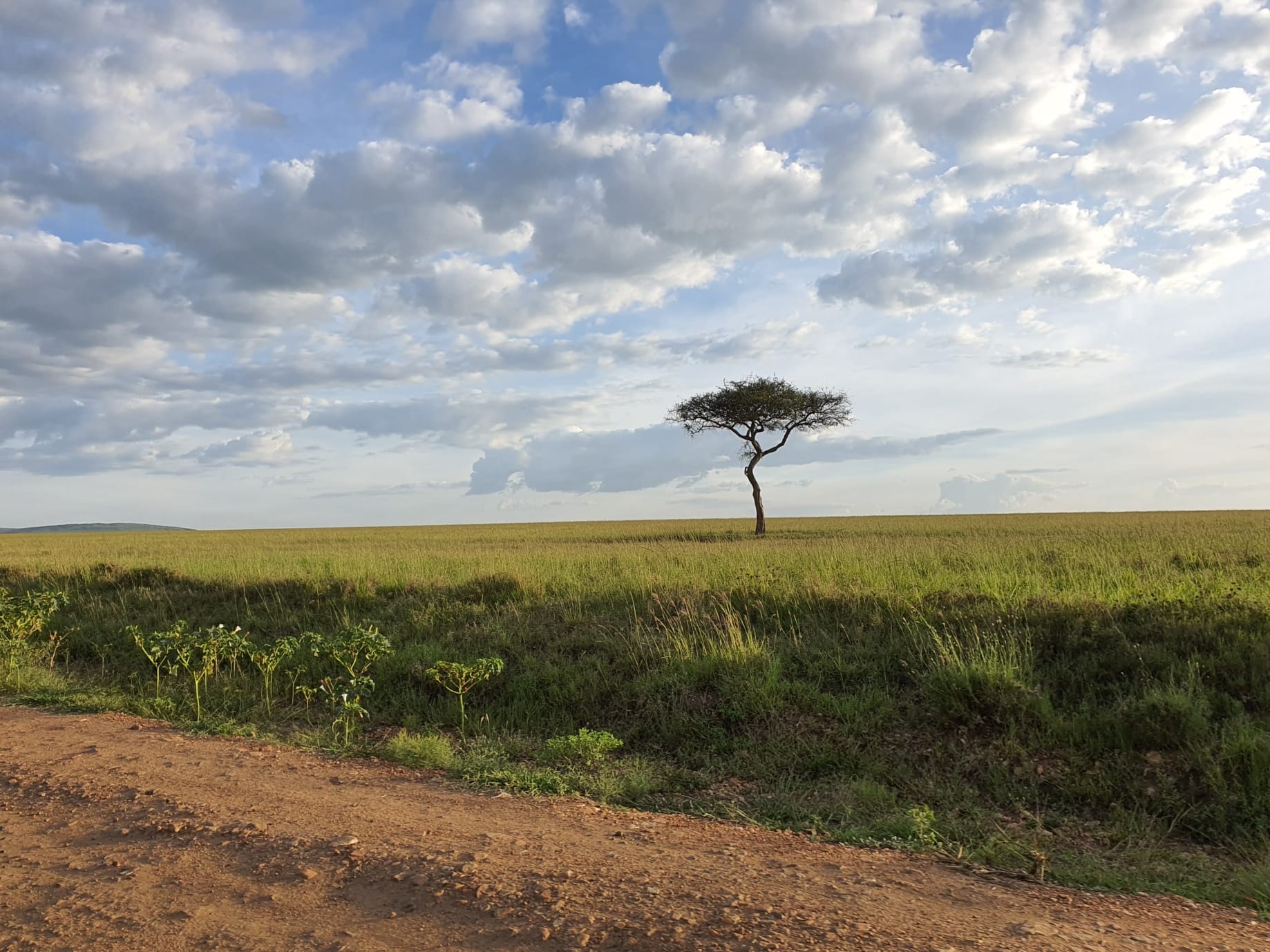
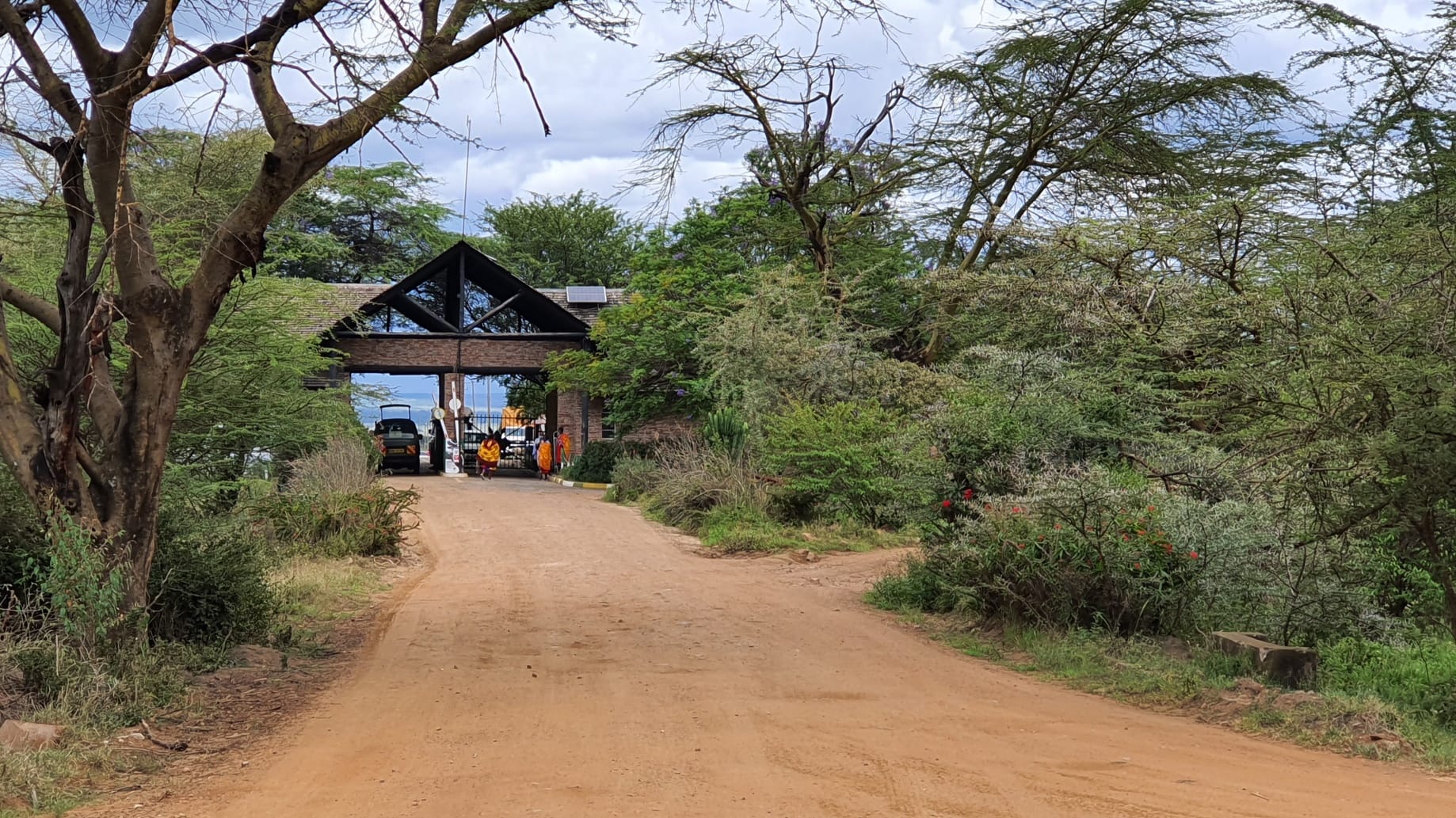
We spent 2 nights there, apparently it’s a better standard than AA Lodge Amboselli, but we preffered the first one. There is a pool, a huge reception, restaurant and bar.
The Great Rift Valley view
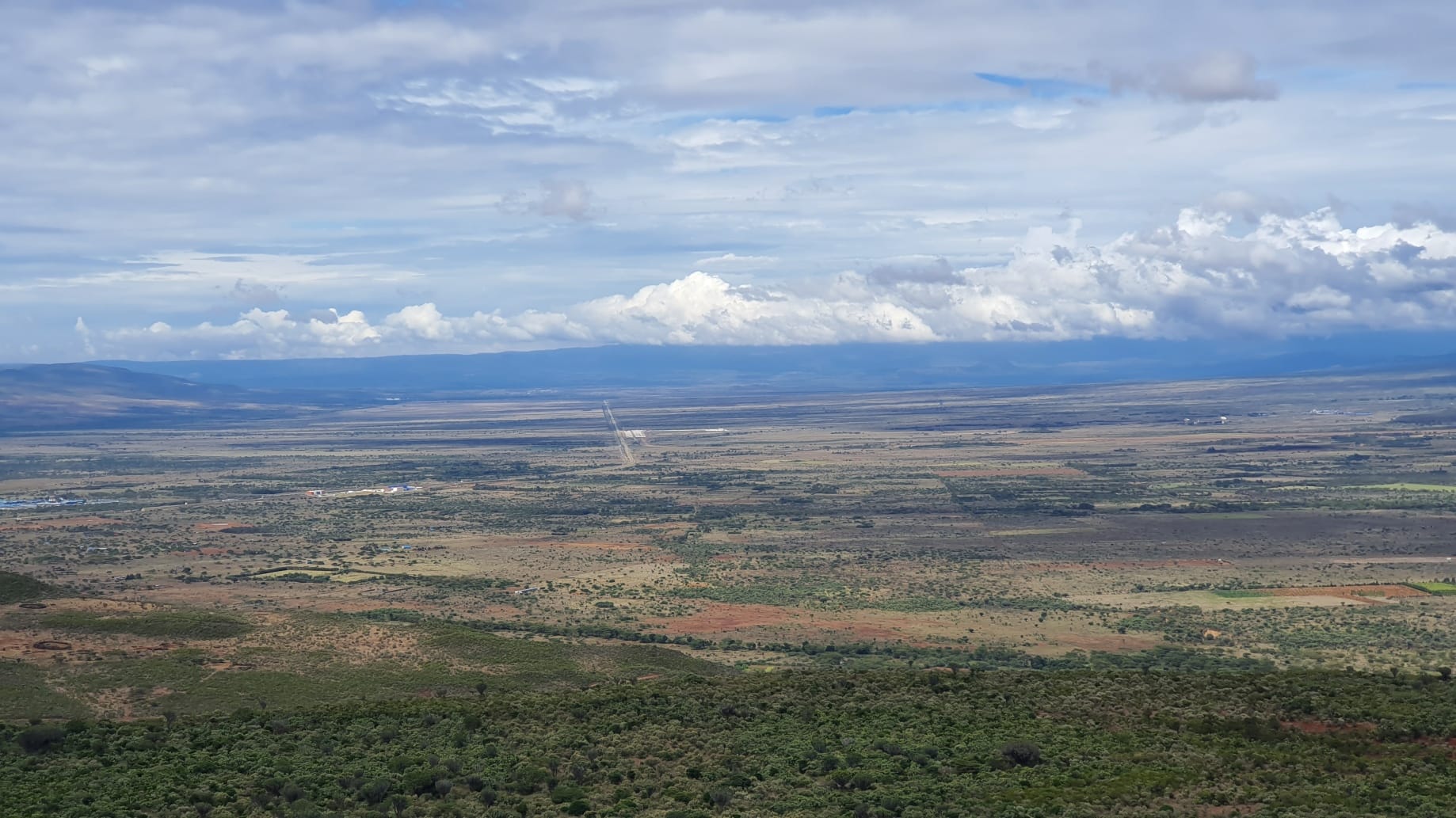
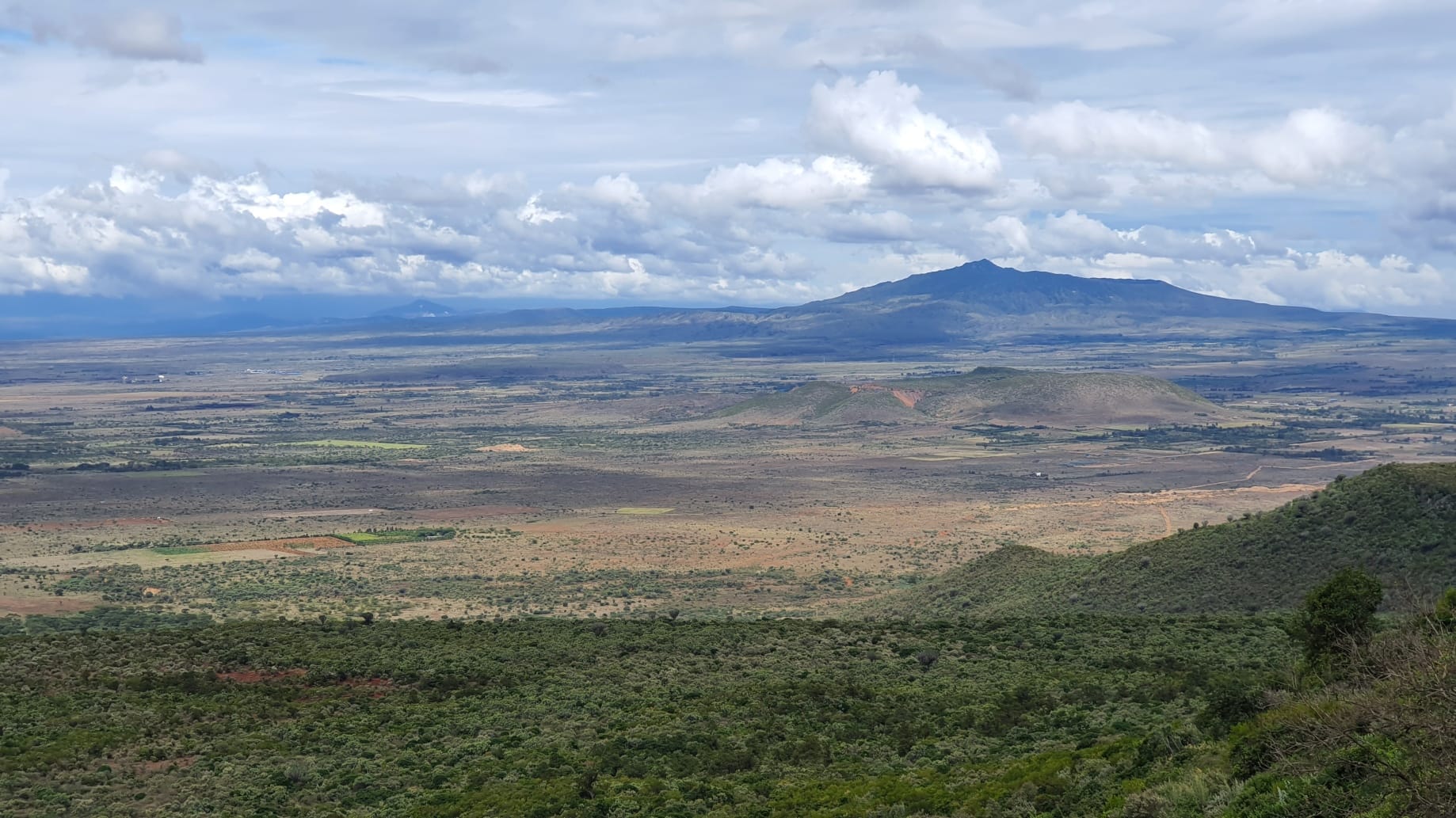
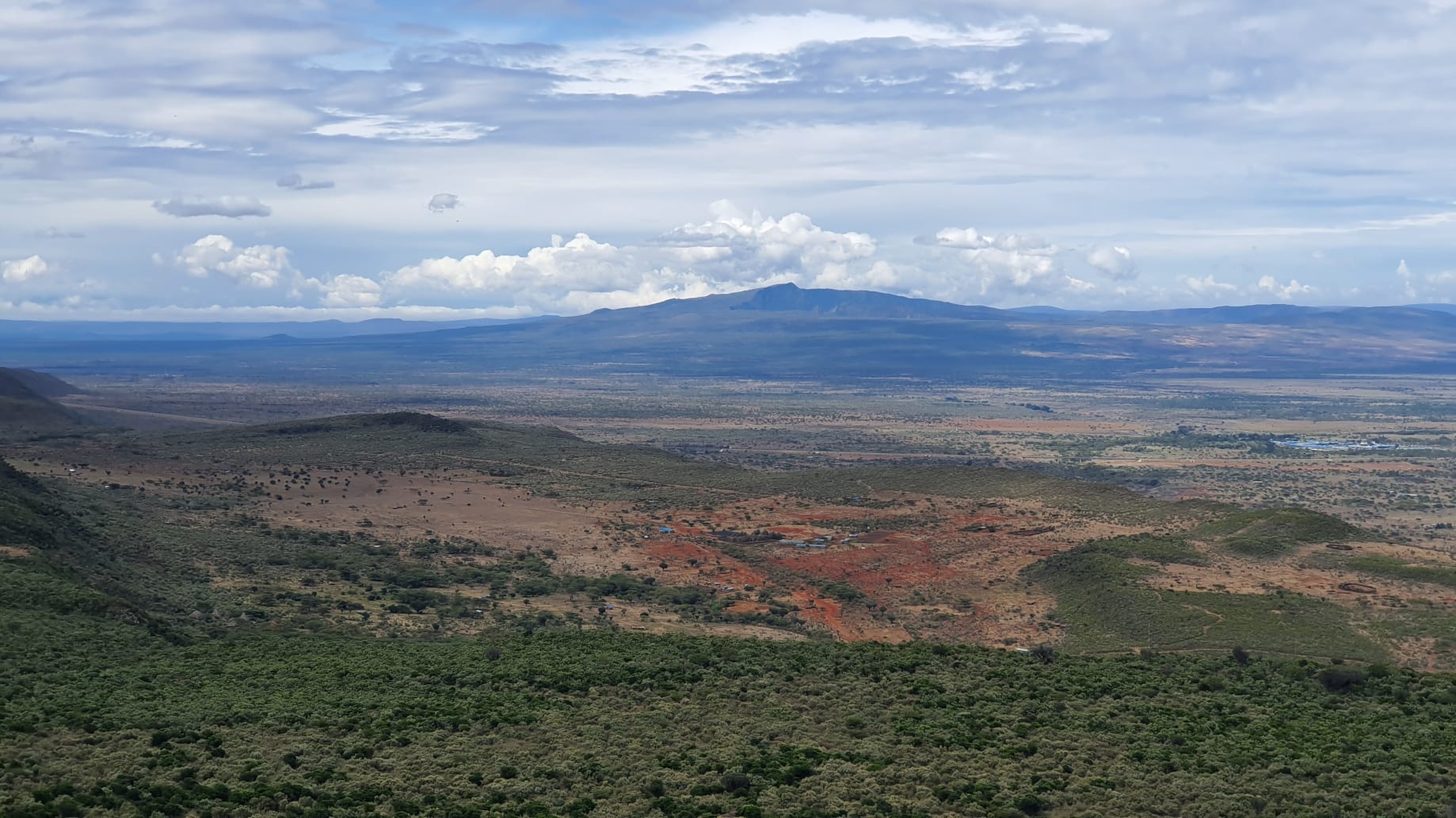
Mombasa
We booked a hotel in Diani Beach area. The beach was very nice, clean, water muddy but very warm. Most of the tourists spend their time in the resorts therefore the beach is not crowded, we met only locals there.
The cheap option in the Diani Beach area: Diani Hostel
All inclsive Diani Sea Resort
